

The Only Germany Travel Guide You’ll Ever Need
Last Updated: January 5, 2024
*FYI - this post may contain affiliate links, which means we earn a commission at no extra cost to you if you purchase from them. Also, as an Amazon Associate I earn from qualifying purchases. Check out our Privacy Policy and Disclosure. for more info.
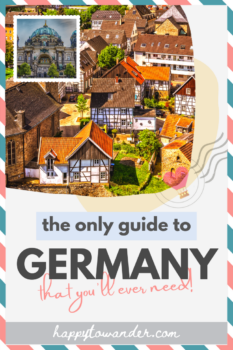
While most commonly associated with beers, bratwursts and tight leather pants, Germany is a country full of delightful finds that extend far beyond the stereotypes.
From dreamy castles and fairytale towns to awe-inspiring nature and sprawling cities, Deutschland has a little something for every kind of traveler… although I’ll admit the leather pants are also great.
I first visited Germany on a 6 week backpacking trip across Europe, and as I sipped my comically large beer under the toasty Berlin sun, I felt a strange sense of calm and belonging.
Spurred by this hunch, I moved to Munich. One study abroad, and 5 years later, I’m still here, with so much giddy enthusiasm for this country that I’ve become a thoroughly insufferable dinner guest.
But my social life’s loss is your gain, my friend… because today, I’ve decided to channel all my Deutschland fangirl tendencies into this concise Germany travel guide filled with all my top tips, itineraries, and recommendations.
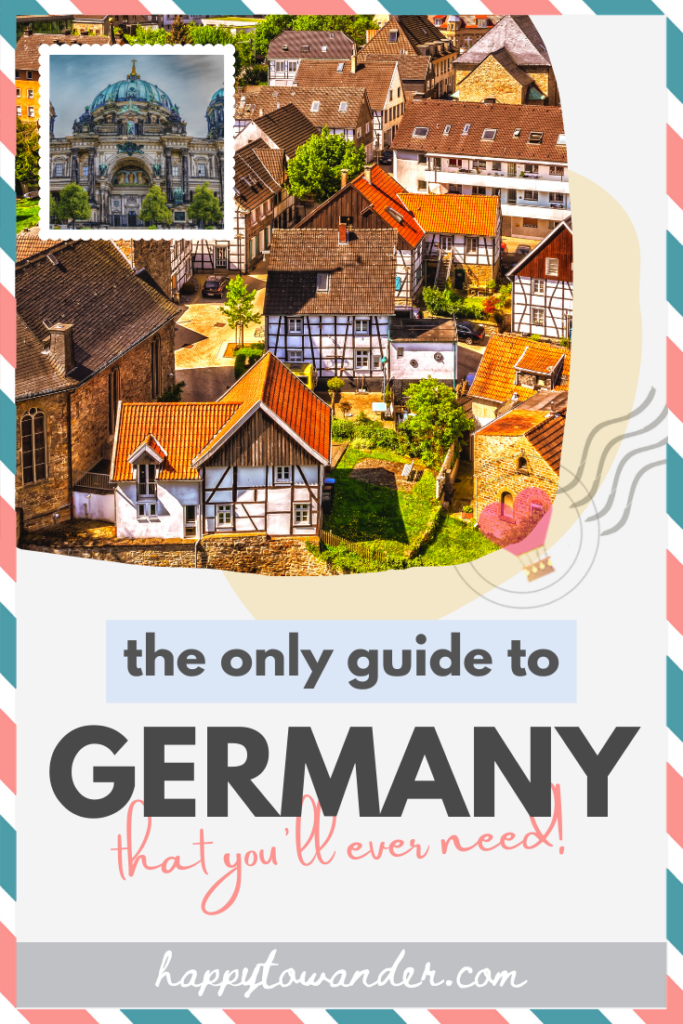
Save this Germany travel guide for later!
I promise it’ll come in handy!
I hope you find it helpful, and of course, feel free to ask any more questions in the comments section or on Instagram here.
Traveling to Germany Basics
Currency: Euro
Language: German, although accents and dialects vary wildly! In larger cities and tourist hotspots, most Germans also speak excellent English.
Getting Around: Trains, buses and flights are plentiful and affordable in Germany – my best tip is to use Omio to compare options easily. Having a car is ideal for visiting smaller towns, more remote locations and numerous destinations in a short amount of time, but is otherwise not needed for big cities.
Germany Highlights (By the Season)
- Winter: Christmas markets, skiing & alpine sports, Karneval and Fasching season (Carnival), Starkbier (Strong beer) season
- Spring: Cherry blossoms in Bonn , Frühlingsfest (Springfest) in Munich
- Summer: Hiking, Beer Garden season, summer festivals/celebrations
- Fall: Oktoberfest and other Volksfests, the world’s biggest pumpkin festival in Ludwigsburg, the Wurstmarkt (world’s largest wine festival)
My Favourite Places in Germany
Let’s get my mega-biased opinion out of the way first – Munich is the city I now call home, and I couldn’t recommend it more… especially if you’re obsessed with beer like I am. This is the birthplace of Oktoberfest after all!
There are lots of fun things to do in Munich , like hopping around the city’s sprawling museum district (many only cost 1 euro on Sundays!), eating up the best Bavarian food that Munich has to offer or soaking in the wealth of historical sites scatered around the city.
It’s also an ideal base for many epic day trips. Going from Munich to Neuschwanstein Castle (AKA the real life Sleeping Beauty castle) takes only 2.5 hours. Or, if you want to visit glorious Salzburg from Munich (AKA the birthplace of Mozart and setting of Sound of Music), that’s only 1 hour by train.
Why visit Munich when you travel Germany:
- Amazing beer & beer festivals
- The English Garden – one of the largest city parks in the world
- Beautiful palaces and museums
- Easy base for amazing day trips to the Alps
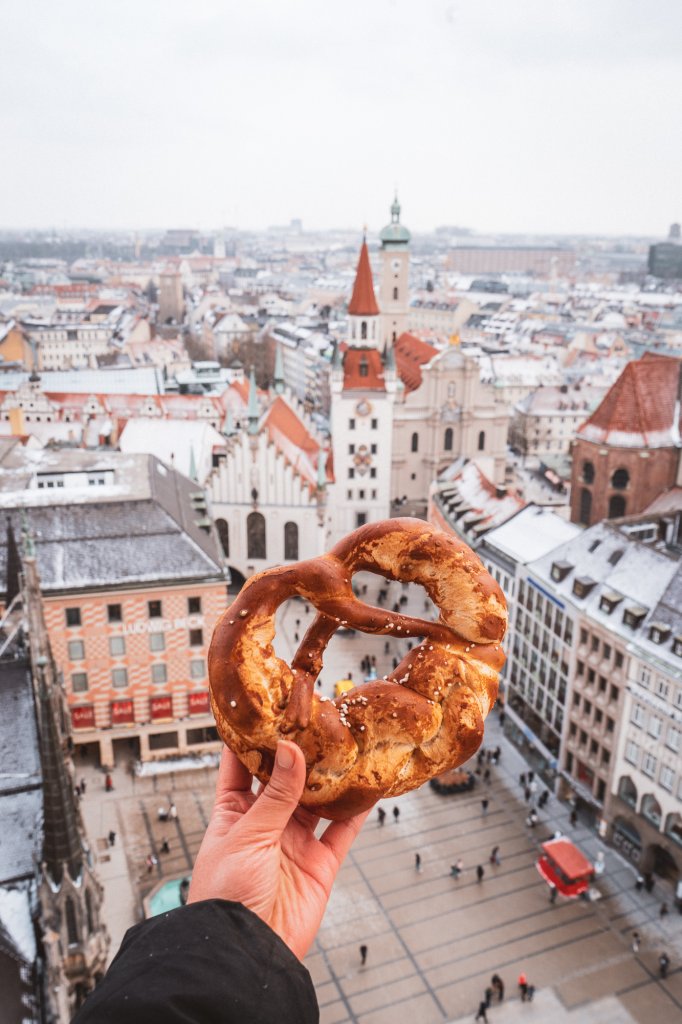
Berchtesgaden National Park
If it’s natural beauty you’re after, Germany’s Berchtesgaden National Park (near the border to Austria) is a must-visit.
Everything here is breathtaking – from the shimmering turquoise lakes and snow-flecked mountains to the adorable Berchtesgaden town center.
And, if you’re up for it, this is the ideal place to enjoy a typically Bavarian wellness weekend.
Why visit Berchtesgaden National Park when you travel Germany:
- Stunning hikes and scenery
- The glorious boat ride on Königssee to see the equally stunning Obersee
- Historic sights like Hitler’s Eagle’s Nest

Hands down one of my favourite places to visit time and time again is Berlin.
This endlessly fascinating city is home to incredible museums, delicious food, and a unique culture that makes it distinct from the rest of the country, despite its status as capital!
Whether you’re a history nerd, an avid partyer, or a famished foodie, Berlin has plenty to offer.
Why visit Berlin when you travel Germany:
- Fascinating history
- World-class museums and attractions
- A thriving nightlife and food scene
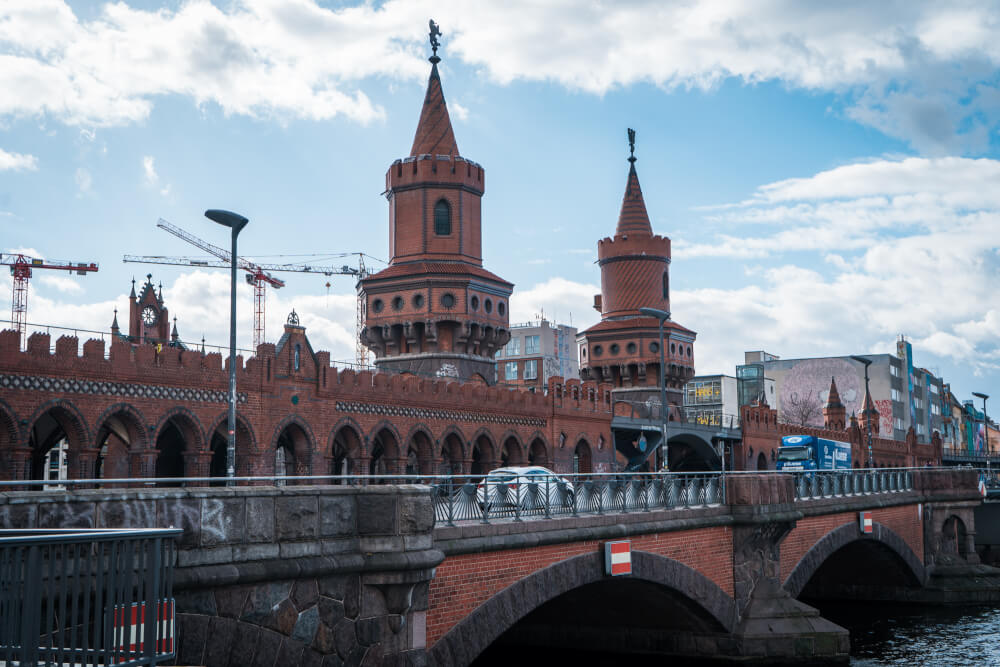
Franconia is a glorious region in northern Bavaria that is divided into Lower, Middle, and Upper Franconia.
To me, it’s one of the most underrated regions in Germany for international visitors, with an abundance of fairytale half-timbered houses, amazing beer, and unique natural landscapes.
Here are some places in Franconia that are absolutely worth visiting:
- Franconian Switzerland
- Würzburg (still haven’t been yet!)
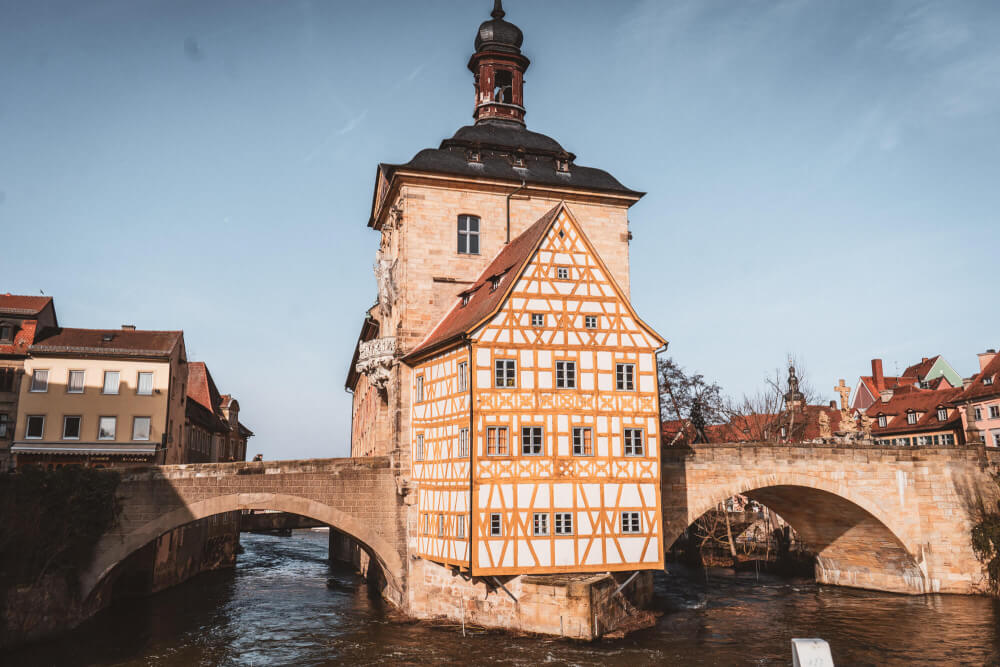
Perhaps the most idyllic entry of this list is Monschau, a sleepy but gorgeous village found near the border to Belgium.
I was lucky enough to come here for Christmas markets a few years ago, and I loved it so much, I skipped the train I’d pre-booked just so I could spend a few more hours there.
Picturesque half-timbered houses clustered around a roaring central river… oh, and a castle on a hill. Because of course they have one.
Why visit Monschau when you travel Germany:
- Super friendly locals
- Picture-perfect scenes at every turn
- Christina might cry if you don’t
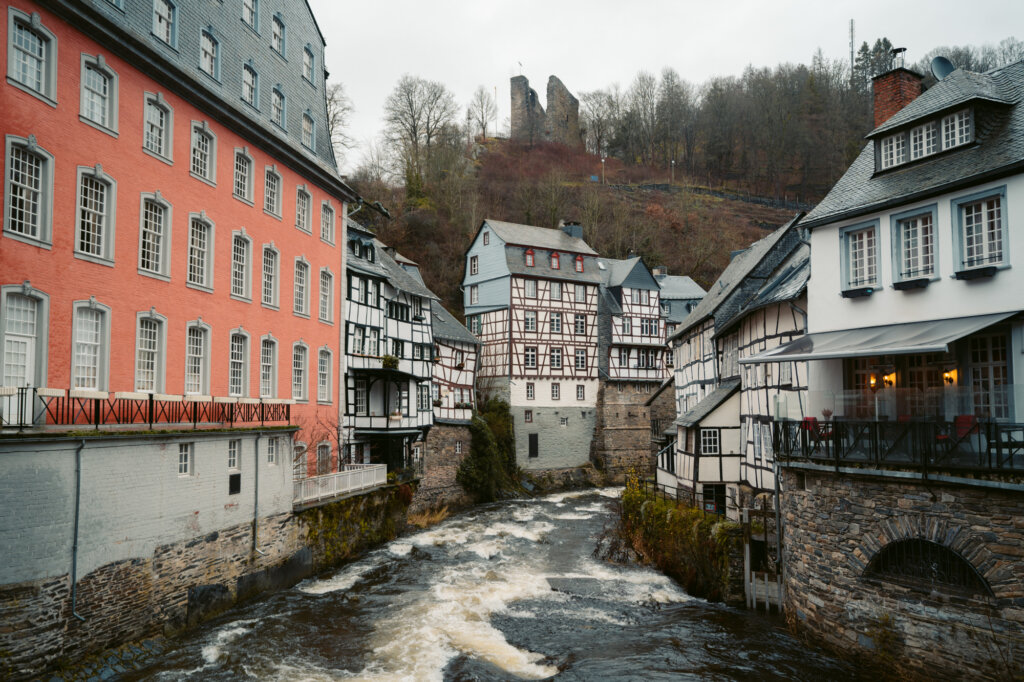
Hamburg is an amazing city I’ve had the chance to visit a few times now. It’s a lifestyle city that reminds me a lot of my hometown, Vancouver.
Home to a mix of classic and modern architecture (including the coolest opera house in the world!), as well as Germany’s #1 attraction – the adorable Miniatur Wonderland, Hamburg has a lot to offer tourists, but perhaps the best way to enjoy it is with a nice beer and sunset along the Elbe.
Why visit Hamburg when you travel Germany :
- Amazing architecture like the Elbphilharmonie
- Fresh and tasty seafood (and a booming foodie scene!)
- A fun, vibrant vibe
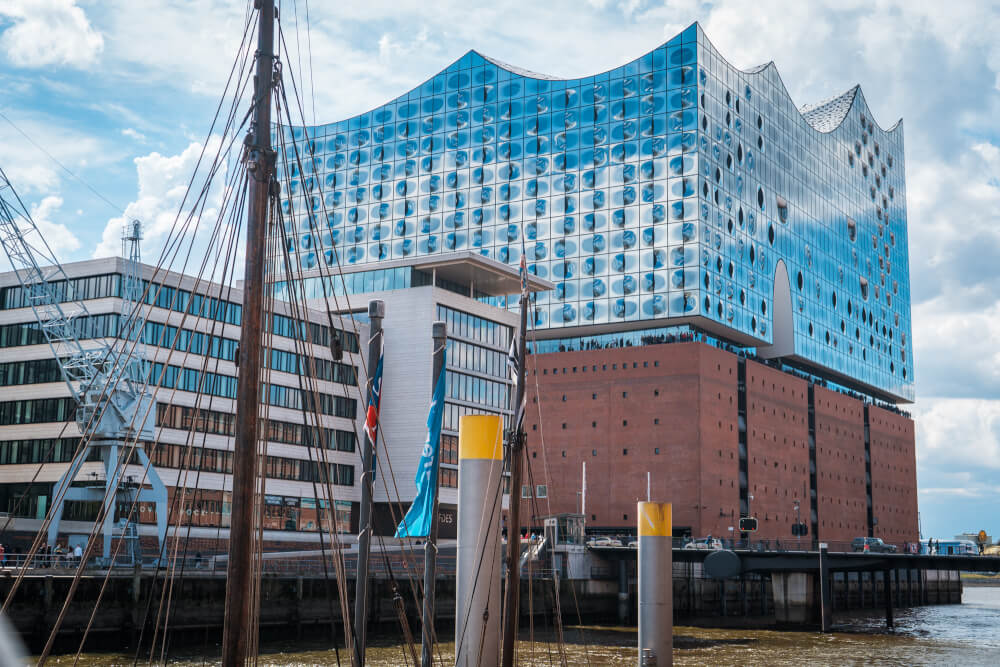
Dresden is one of the most beautiful cities in Germany, and its beauty is all the more astounding when we consider that much of the city was destroyed completely in WWII.
After decades of reconstruction however, Dresden once again shines with its former glory, establishing itself as one of the most important cultural hotspots in Germany.
… and all only a stone’s throw from Saxon Switzerland, one of the most beautiful natural wonders in the country!
Why visit Dresden when you travel Germany :
- Stunning architecture and sights
- World-class museums and culture scene
- Its jawdropping Christmas market (the oldest one in the country!)
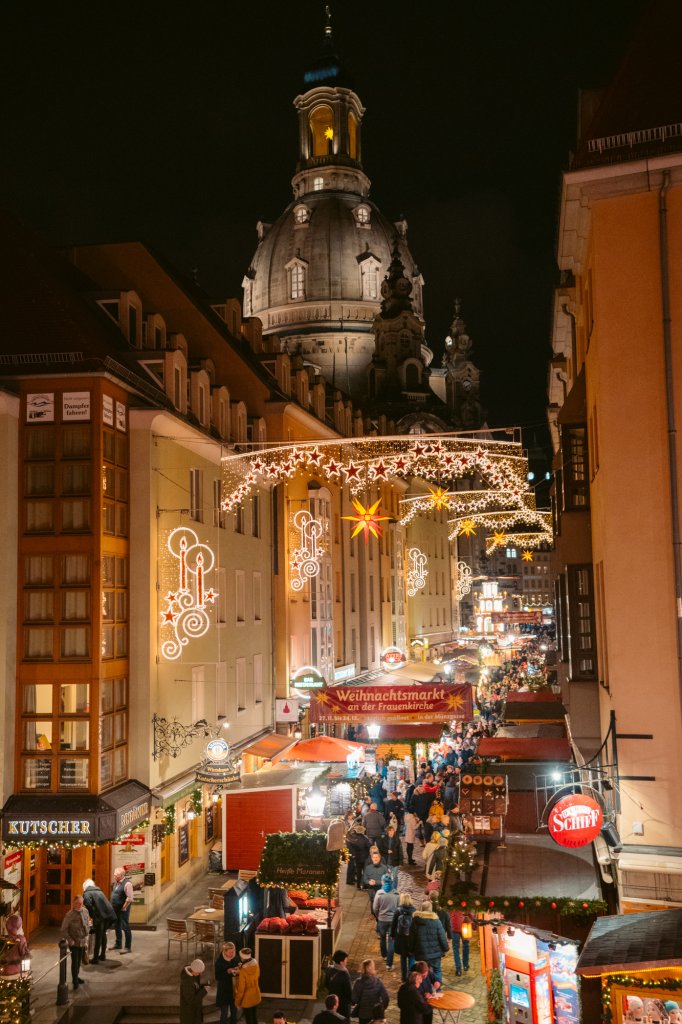
Stuttgart (and its Surrounding Area)
Stuttgart is the biggest city (and capital) of the German state Baden-Württemburg.
It’s perhaps best known as the ‘cradle of the automobile industry’, which explains why it’s home to not just one, but two car-centric museums: one belonging to Mercedes-Benz, and one to Porsche.
Besides cars though, the area around Stuttgart offers up some of the cutest small towns you can find in Germany, all easily reachable by public transport, meaning you get the best of all worlds during a visit here.
Why visit Stuttgart and the surrounding area when you travel Germany:
- Fairytale towns like Esslingen, Ludwigsburg, and Tübingen
- Stuttgart’s Stadtbibliothek, one of the most unique and beautiful libraries in the world
- Lots of fun events like Stuttgart’s Christmas Market and the Cannstatter Volksfest
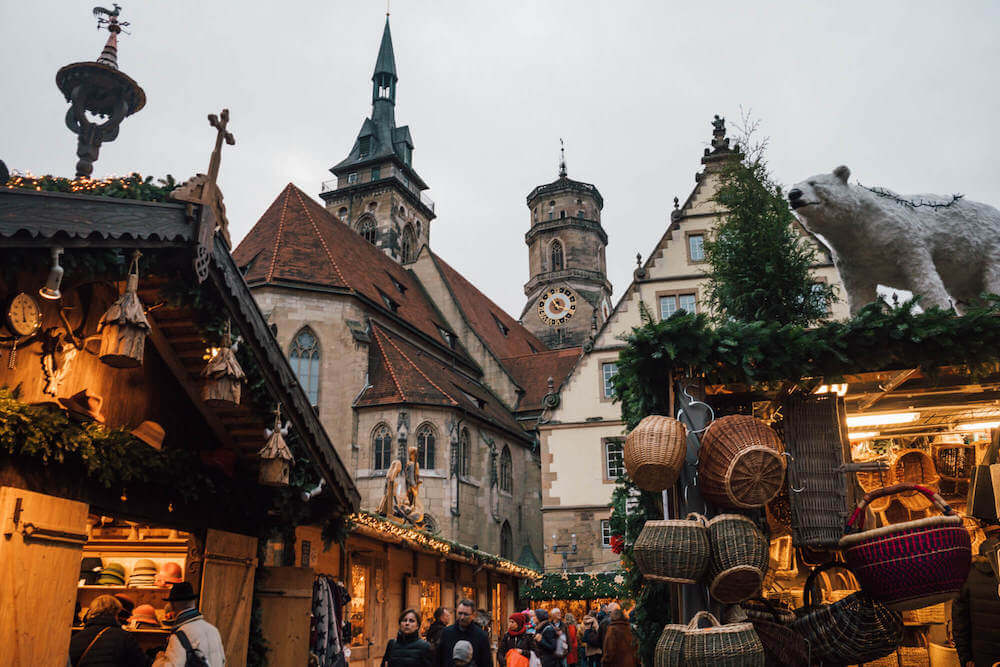
Thuringia is a state often overlooked by international tourists, but if you’re looking for a truly charming German escape, its capital Erfurt makes an excellent choice.
This beautiful city is famed for its unique Krämerbrücke, which is a gorgeous medieval bridge lined with residential buildings.
But that’s not all – there’s also an impressive cathedral, an imposing fortress, and surprises waiting on every corner… quite literally, because Erfurt is the HQ of the German children’s channel KiKA, and there’s plenty of fun statues of famous characters scattered around town.
Why visit Erfurt when you travel Germany:
- Krämerbrücke, the longest inhabited bridge in Europe
- Quirky and fun children’s channel sculptures all over the city
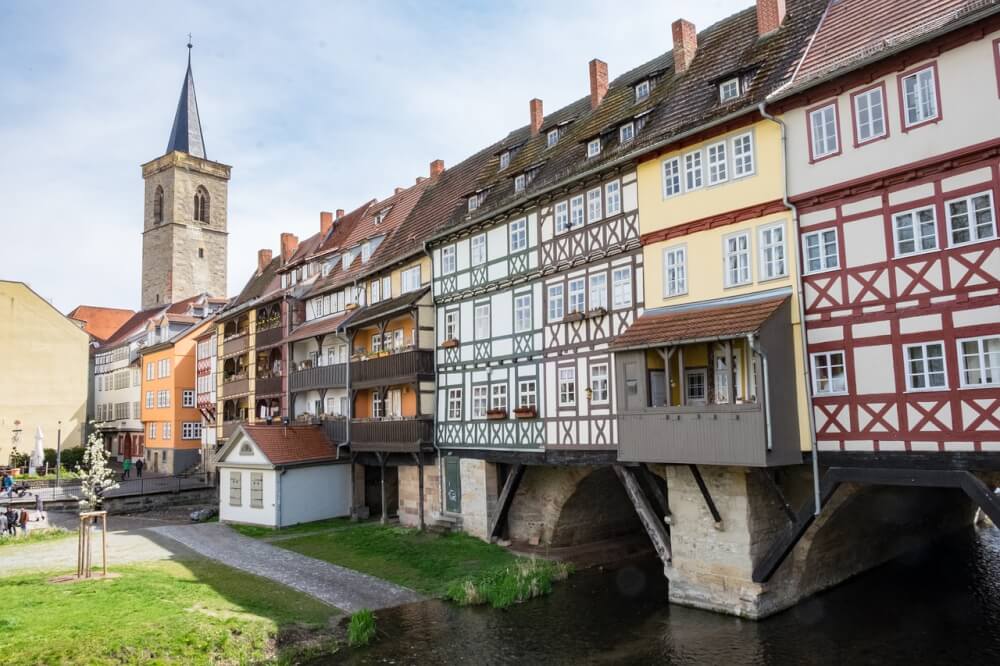
Cologne, to me, is a city synonymous with fun and celebration. While at first glance, it might not rank among the “prettiest” places to visit in Germany (much of it was destroyed in the war), it still boasts several impressive landmarks and sights, like the epic Cologne Cathedral.
Where Cologne really shines though is during special events – the Christmas markets here are some of the best I’ve been to in my entire life, and the Karneval celebrations… well, those are truly epic!
Why visit Cologne when you travel Germany:
- Bucket list events like the Cologne Christmas Market and Kölner Karneval
- The iconic Kölner Dom (Cologne Cathedral), one of the most famous churches in the world
- Fun-loving locals who are among the friendliest I’ve ever encountered in Germany
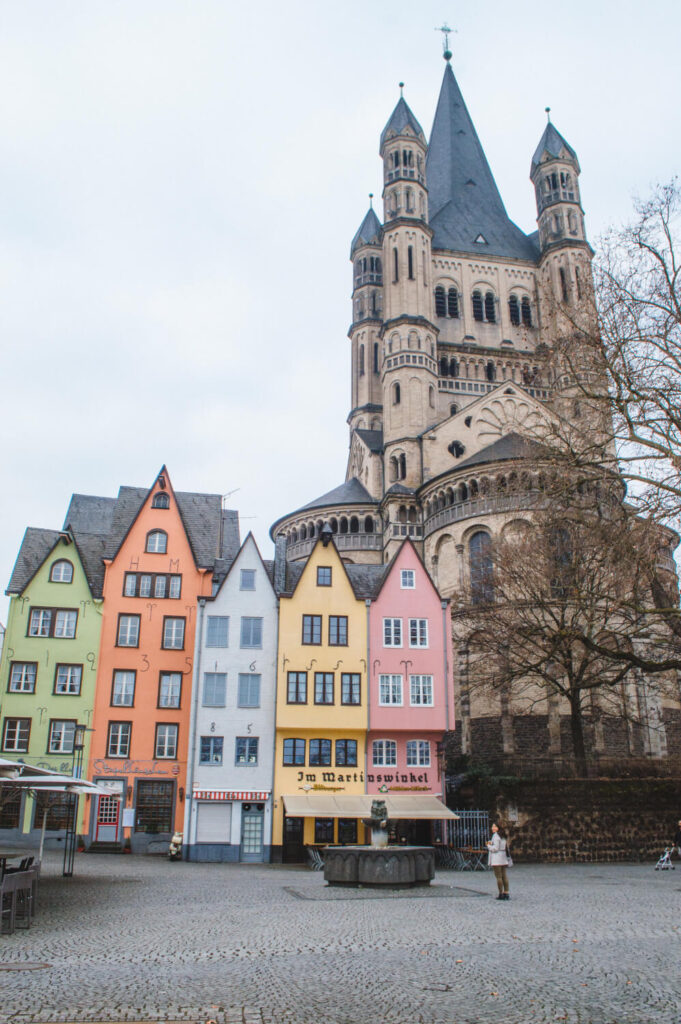
Last but not least, we have Hannover, a city which (in my opinion) is one of the most underrated cities in Germany where tourism is concerned.
Locally, people often joke that Hannover is one of the most boring cities in Germany, but I don’t think that’s true at all. One quick look and you’ll find a stunning palace within the city, an architecturally impressive Town Hall (with a unique elevator offering epic views), and a cool laidback vibe that many compare to what Berlin was like decades ago.
Here are some awesome things to do in Hannover.
Why visit Hannover when you travel Germany:
- Its gorgeous New Town Hall
- The stunning Herrenhausen Palace and its gardens
- A fun, laidback city vibe
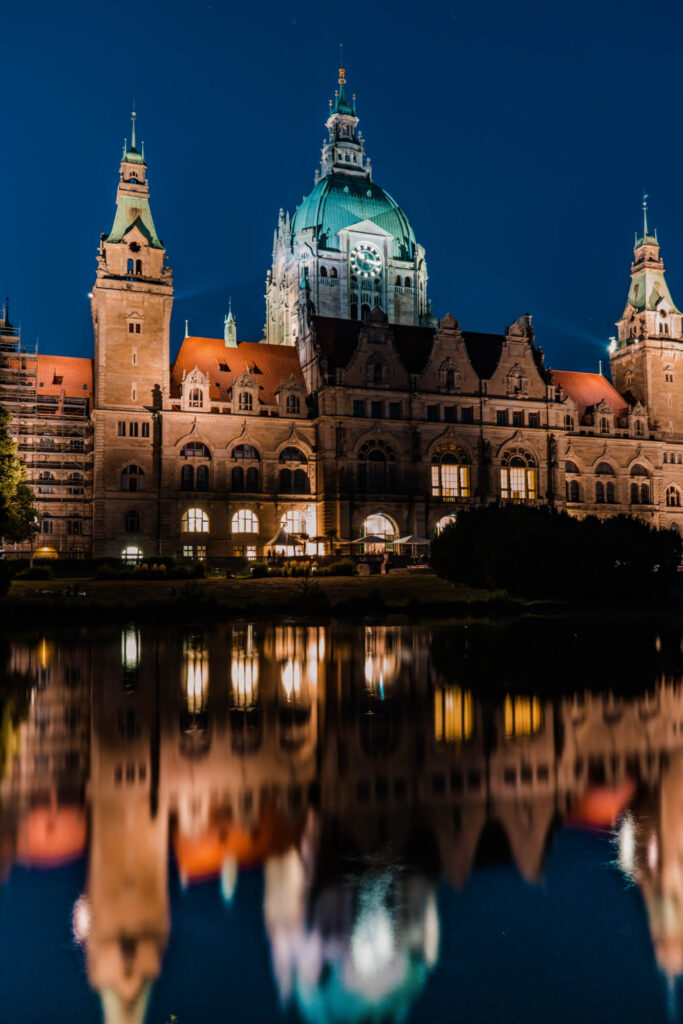
Bucket List Experiences in Germany
Germany is full of incredible bucket list experiences. Here are a few of my favourites:
Christmas Markets
German Christmas markets are the stuff of bucket list dreams.
If you adore Christmas, a German Xmas market trip needs to make it on your bucket list, because nobody captures Christmas coziness and joy quite like the Germans do.
The best part (besides the droolworthy assortment of German Christmas Market foods ) is that you’ll find Christmas markets in just about every city, town, and even the smallest of villages, each with their own unique take on traditions.
Trust me, you could never get bored of visiting these.
Here are some full guides to the Christmas markets I’ve visited in Germany:
- Munich’s Christmas Markets
- Berlin’s Christmas Markets
- Cologne’s Christmas Markets
- Esslingen Christmas Market
- Ludwigsburg Christmas Market
- Karlsruhe Christmas Market
- Düsseldorf Christmas Market
- Nuremberg Christmas Market
- Essen Christmas Market

Oktoberfest
Trust me – Oktoberfest , AKA the world’s largest beer festival, is reason enough to make a trip to Germany.
Typically celebrated annually in Munich, this is one of the most incredible events in the world, with millions of people attending, millions of beer served, and a guaranteed recipe for making memories to last a lifetime.
… If you can remember anything after 5L of beer that is.
Read my full Oktoberfest guide for more details.
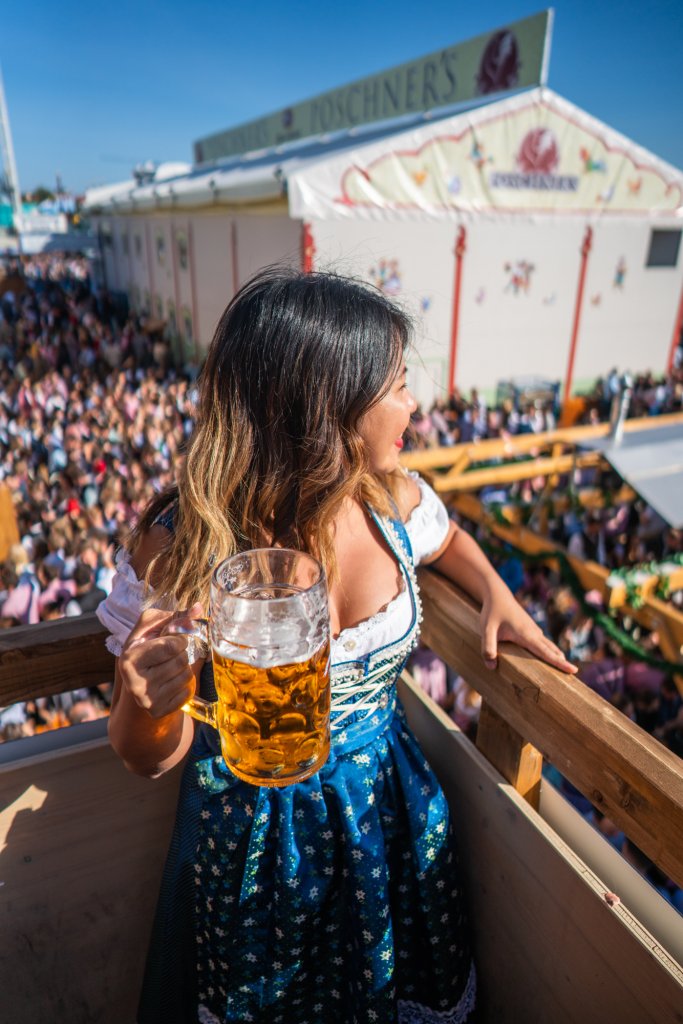
Visiting Fairytale Castles
If you love castles, I recommend avoiding Germany……. because you might just combust from sheer fangirl joy.
Seriously, Germany is every castle lover’s kryptonite, with elegant palaces and fairytale castles in the thousands. If you’re a Disney gal like me who grew up dreaming of happily ever afters, pack a ballgown and head to Germany ASAP.
I promise you won’t be disappointed.
Here are some castles that you must visit in Germany:
- Neuschwanstein Castle
- Nuremberg Castle
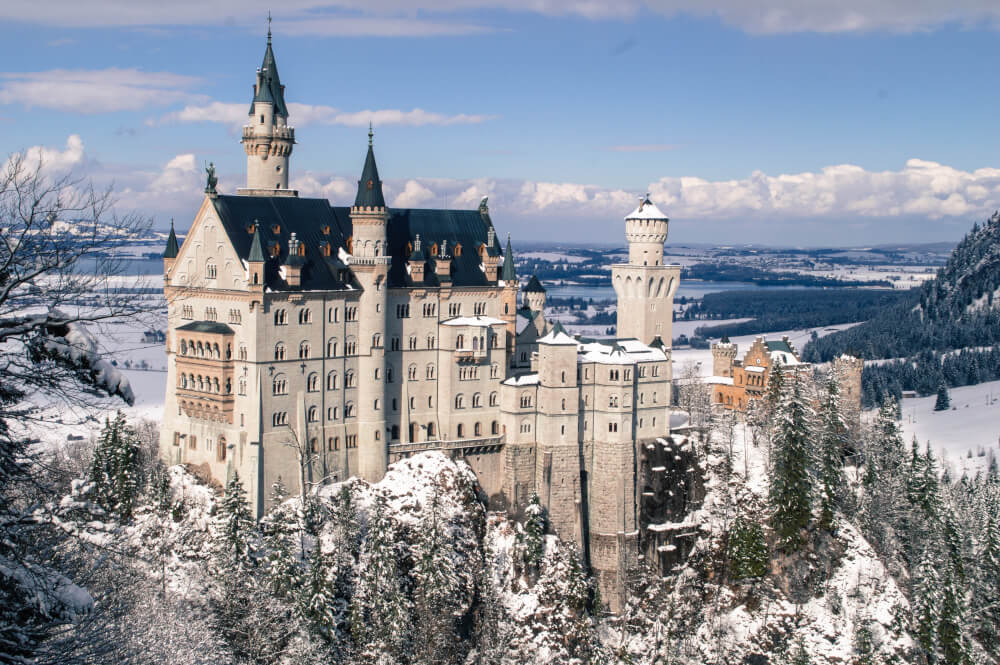
The Cherry Blossoms in Bonn
The cherry blossoms in Bonn (also the birthplace of Beethoven and gummy bear legend, Haribo) are absolutely spectacular, and 100% worth visiting in Spring time. In fact, I’d even say they’re one of the best things to see in Europe at Spring time.
Yes, you, too, can come frolic in these tunnels of pink! Here is my guide on where to find cherry blossoms in Bonn.
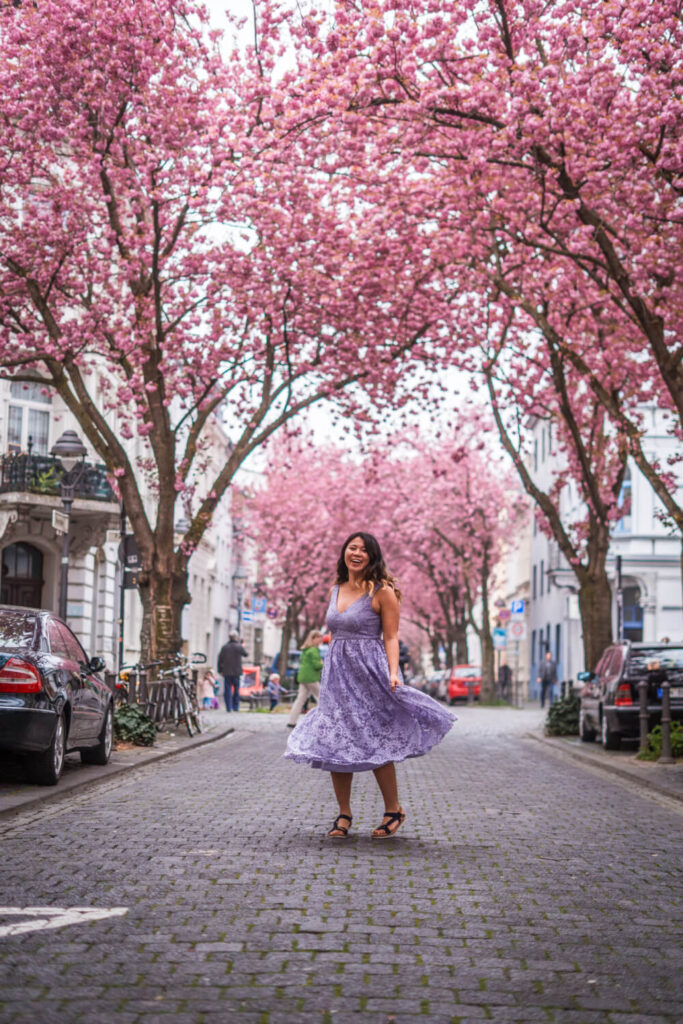
Karneval, Fasching, Etc.
Carnival Season is one of the best times to visit Germany if you’re looking for a party.
The grandest celebrations take place just before Lent, and are celebrated throughout the country, although the festivites in North-Rhine Westphalia are probably the best known.
My top recommendation? Go celebrate in Cologne, where the Kölner Karneval draws millions of visitors every year.
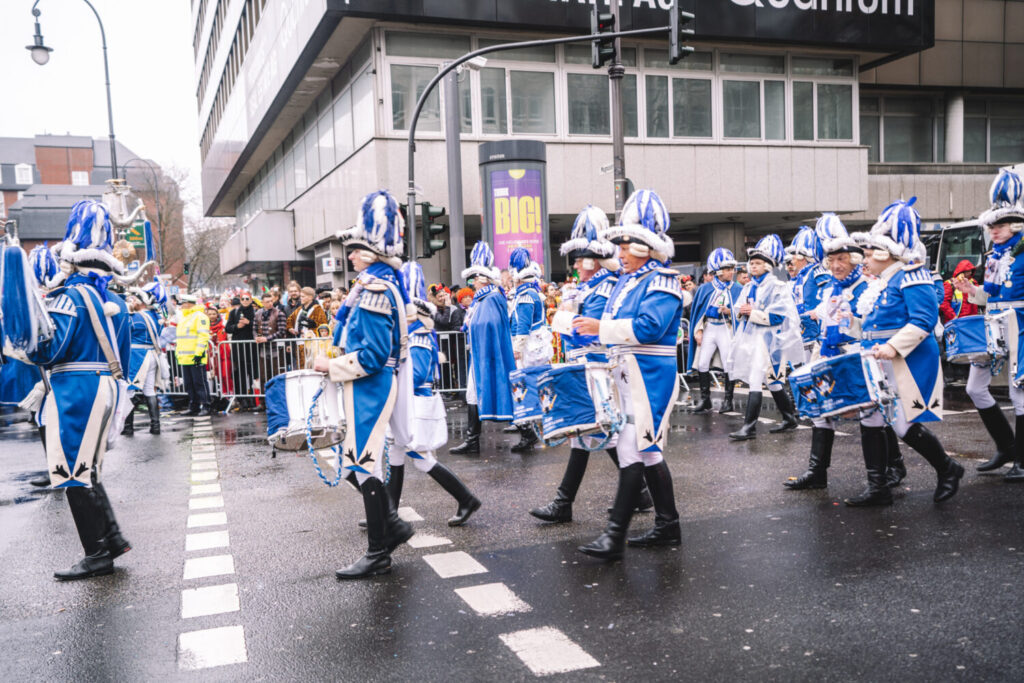
My Recommended Germany Itineraries
Germany is a huge country with a massive diversity in sights… so how can you organize your time efficiently and make the most of your trip? Here are some German trip itinerary ideas…
Germany itinerary ideas for a taste of everything:
- Southern Germany Classic: Munich, the Allgäu (for Castles!), Garmisch Partenkirchen, Berchtesgaden National Park, Stuttgart & Area, Black Forest
- Eastern Germany Classic: Berlin, Dresden, Saxon Switzerland
- Western Germany Classic: Aachen, Monschau, Eifel National Park
- Northern Germany Classic: Hamburg, Bremen , Lübeck, Kiel, Sylt
- The Rhine River Classic: Mainz, Koblenz, Burg Eltz, Cochem, Bonn, Cologne, Düsseldorf
- The Harz Mountains Experience: Harz Mountains, Goslar, Wernigerode, Quedlinburg
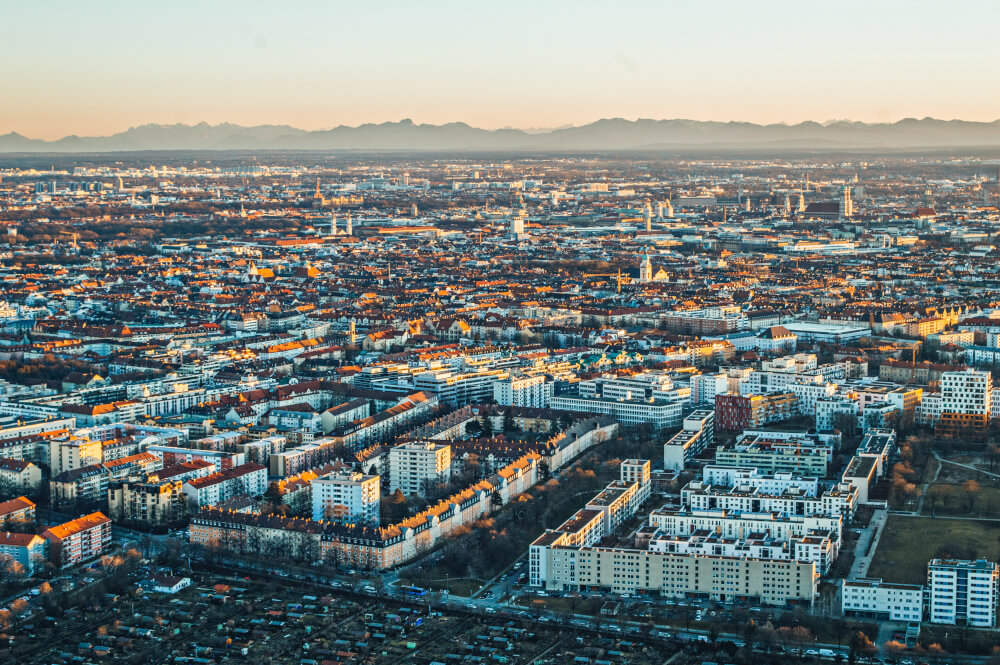
Germany itinerary ideas for city breakers and culture hunters:
- The Big City Tour: Berlin and Munich (a 4 hour express train connects them)
- The BaWu Special: Stuttgart, Ludwigsburg, Tübingen, Esslingen, Heidelberg
- The Bavaria Special: Munich, Nuremberg, Bamberg, Würzburg, Bayreuth
- The Saxony Special: Leipzig, Görlitz, Dresden
- The Rhine City Hop: Bonn, Cologne, Düsseldorf
- The Romantic Villages Hop: Würzburg, Dinkelsbühl, Nördlingen, Rothenburg ob der Tauber, Füssen

Germany itinerary ideas for nature lovers:
- Southern Germany Nature Itinerary: Berchtesgaden National Park, Garmisch-Partenkirchen, the Black Forest and Lake Constance (Bodensee)
- Bavaria’s Best Nature Itinerary: Berchtesgaden National Park, Garmisch-Partenkirchen, Munich’s Lake Region, Franconian Switzerland, Danube Gorge
- Eastern Germany Nature Itinerary: Dresden and Saxon Switzerland National Park

My Top Germany Travel Tips
- If you’re overwhelmed by transport options, Omio is a great resource for comparing trains, buses and flights in Germany at the same time.
- If travelling by train, look into group discount tickets like the Bayern Ticket which give you unlimited train travel for one day on regional trains. It can save you a TON of money.
- If you are traveling to multiple countries nearby (i.e. Switzerland), a Eurail pass might save you money.
Accommodation:
- Booking.com is a great place to search up hotels, and filtering by Free Cancellation allows you to book without paying upfront
- Airbnb can be a very affordable alternative for longer stays/bigger groups
Attractions and Tickets:
- GetYourGuide is a great site for finding tours and attraction tickets
- City passes like the Munich City Pass , Berlin Pass , and the Cologne Card can save you a LOT of money if you plan to visit many tourist attractions in a short time
- If you’re trying to find specific info about a place, try using Google Translate to search in German because German versions of sites always have more info
If you’re past the planning stage and heading to Germany soon, make sure you read this before you go:
- Hilarious must-knows before you visit Germany
More Germany Travel Reads
Feeling inspired to visit Germany after reading all that?
As you can (probably) tell, I’ve written extensively about Germany.
So, here are some more articles that might pique your interest:
- Unique Things to do in Germany (That You Can’t Do Anywhere Else)
- The Best Christmas Markets in Germany
- Hilarious Must-Knows Before You Visit Germany
My Go-To Travel Favourites:
🧳 Eagle Creek: My favourite packing cubes
💳 Wise: For FREE travel friendly credit cards
🍯 Airalo: My go-to eSIM
🏨 Booking.com: For searching hotels
📷 Sony A7IV: My (amazing) camera
✈️ Google Flights : For finding flight deals
🌎 WorldNomads: For travel insurance
🎉 GetYourGuide: For booking activities
4 thoughts on “The Only Germany Travel Guide You’ll Ever Need”
i found myself reading almost every post in your website for days and days and i ABSOLUTELY LOVE IT and adore and thank you for spending so much time and effort to make it so helpful, informative and fun to read. you have helped me plan my trip to munich in december and i cant wait to visit just because of your enthusiasm 🙂
We would like to Thank you for sharing such a beautiful blog! Very informative.
This Germany Travel Guide truly captures the multifaceted beauty of Deutschland, a country that has something to offer to everyone, from culture enthusiasts to nature lovers. Your personal anecdotes from living in Munich make it come alive, making me yearn for a taste of that amazing beer you’ve mentioned, and a wander around the English Garden! The varied seasonal highlights emphasize how Germany is a year-round destination, offering uniquely charming experiences, from the festive winter Christmas markets to the lively summer festivals. It’s heartening to know that navigating around the country is convenient, making it possible to explore its picturesque small towns and vibrant cities. This guide is a treasure trove for anyone planning to travel to Germany – it gives a well-rounded view of the country, infused with personal insights, which makes it even more valuable. I’m particularly intrigued to visit Munich, the city you so passionately call home.
As a Berliner, I can’t agree more with this guide. Germany truly is a delightful mix of tradition and innovation, natural beauty and urban charm, hearty cuisine and diverse cultures. Moving around in Germany is indeed quite convenient thanks to the well-organized public transportation system, including trains, buses, and trams. And yes, English is widely spoken in major cities, so communication shouldn’t be a problem for travelers. As for the varied dialects across regions, it just adds to the unique charm of exploring this beautiful country. Safe travels, fellow adventurers!
Leave a Comment Cancel reply
By using this form you agree with the storage and handling of your data by this website. *
Nomadic Matt's Travel Site
Travel Better, Cheaper, Longer
Germany Travel Guide
Last Updated: April 29, 2024
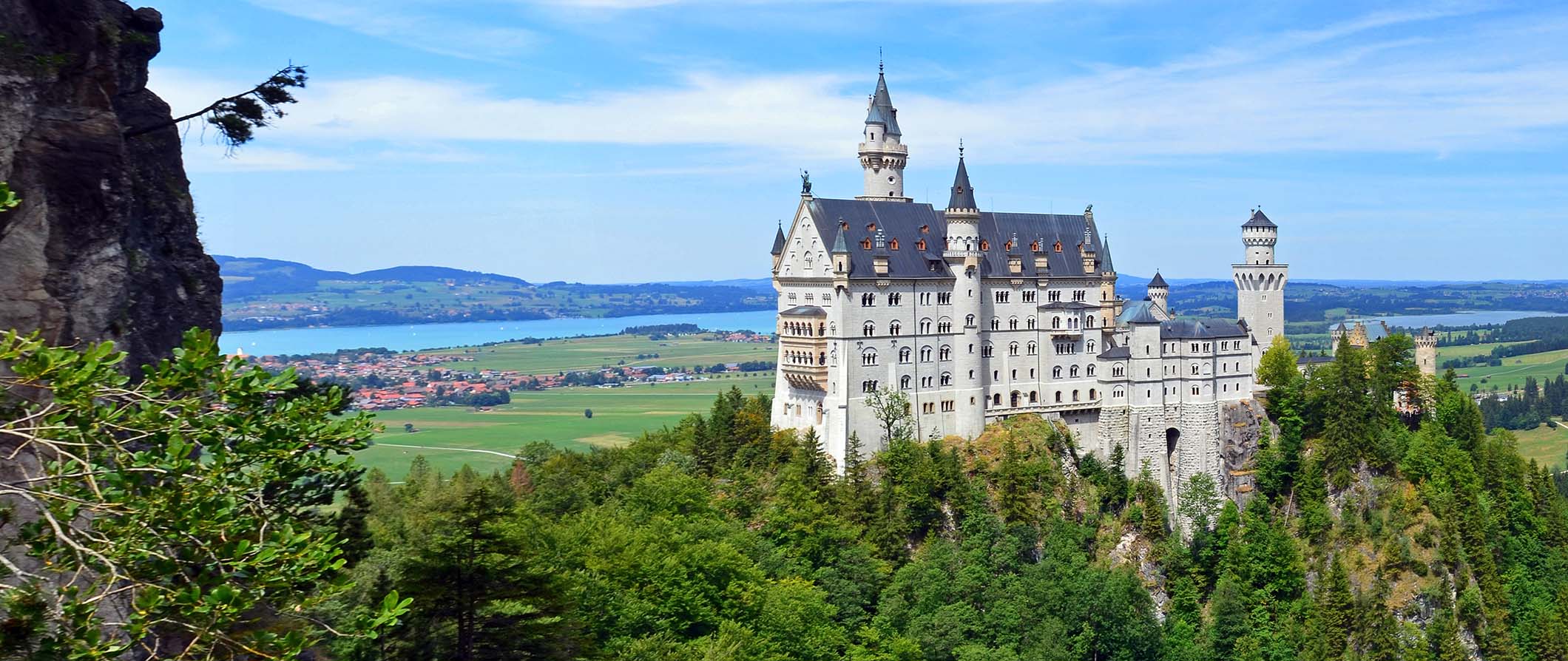
Germany. The country is synonymous with beer, sausages, incredible hiking, majestic castles, serious people, and wild techno parties. It’s huge, diverse, and utterly amazing.
There’s a vibrant art and music scene in Berlin , beautiful forests in the west, majestic cathedrals and castles throughout the country, picturesque “Sound of Music” cities in the south, and overlooked historic cities and beaches in the north.
The more I visit Germany, the more I fall in love with it. Whether you are backpacking, traveling on a mid-range budget, or looking to splash out, traveling around Germany is wonderful.
That said, Germany is a huge country so don’t rush your visit. There’s more to the country than just Berin and those cross-country train rides are longer than you think.
This travel guide to Germany will help you plan your trip, save money, and make the most of your visit!
Table of Contents
- Things to See and Do
- Typical Costs
- Suggested Budget
- Money-Saving Tips
- Where to Stay
- How to Get Around
- How to Stay Safe
- Best Places to Book Your Trip
- Related Blogs on Germany
Click Here for City Guides
Top 5 things to see and do in germany.
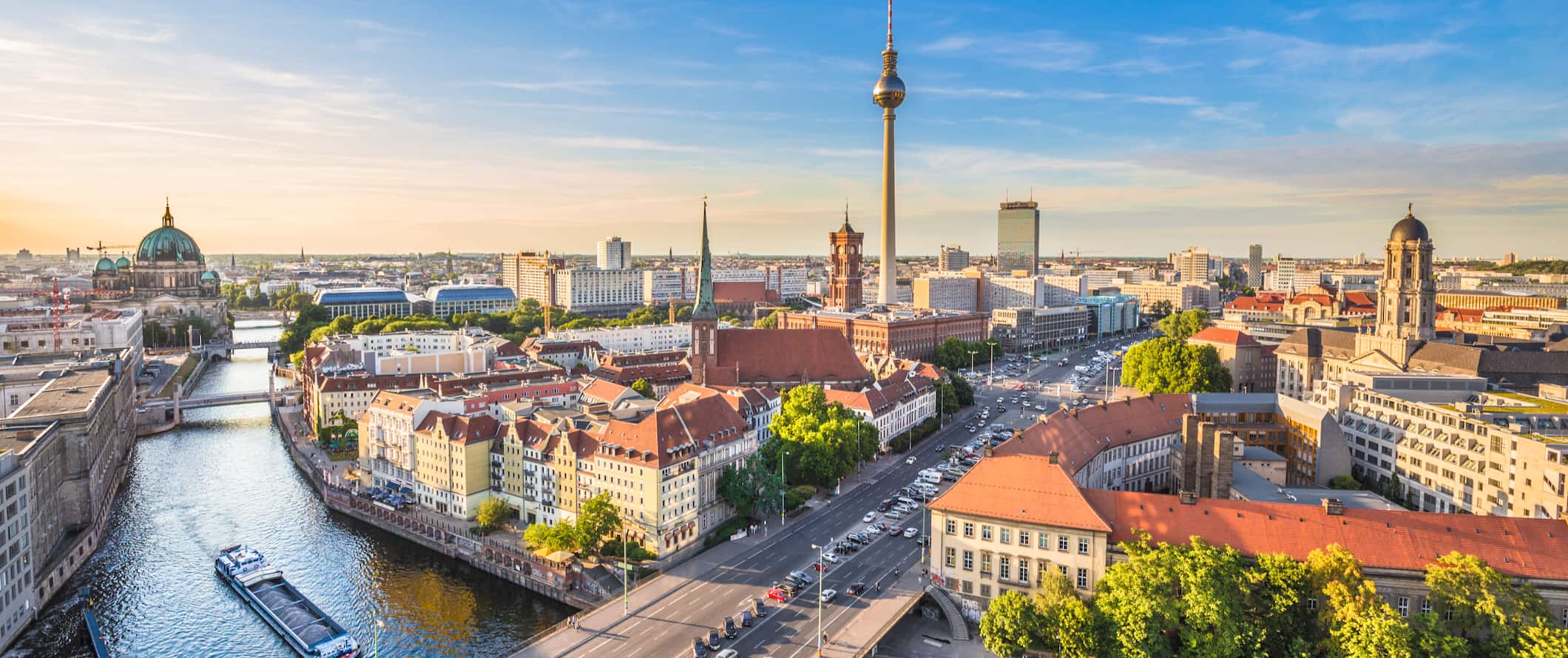
1. Get lost in Berlin
Germany’s hip capital has world-class museums, history, funky neighborhoods, and some of the best nightlife in Europe. From the museums to the art and music scene to the great bars and cheap food, Berlin is electric (and one of the cheapest European capitals). It’s a really amazing city that has grown on me with every visit.
2. See Munich
Berlin’s quiet, upscale cousin, Munich is a city steeped in history, lively beer halls, incredible food, lush parks, and a royal palace. It’s a beautiful destination and there are a lot of Bavarian towns nearby that make for scenic day trips.
3. Party at Oktoberfest
Held annually in September and October, the world’s largest beer festival is filled with huge steins and giant pretzels. I went there for 5 days and had the time of my life. Buy some lederhosen, raise a glass, and sing some German beer songs. Just make sure to plan your trip well in advance as things sell out fast!
4. Explore the Romantic Road
A string of historic cities in Bavaria, the “Romantic Road” is the name for the route through majestic Bavarian towns and their surrounding snow-capped mountains. The area can get quite touristy but it’s a beautiful area and a great choice for road trips and romantic getaways. There are a ton of tour options for the area that are worth checking out. For some of the more further afield attractions, the tours are a must as they are hard to visit without a car.
5. Hike the Black Forest
The Black Forest is so named because of the dark green pine trees that grow here. Spanning over 6,000 square kilometers (2,300 square miles), there are hundreds of miles of hiking trails worth exploring and you can spend some time stopping in towns that are famous for their cuckoo clocks and hearty German fare. If you want to go on a guided hike or adventure activity, you can find a lot here.
Other Things to See and Do in Germany
1. explore lake constance.
Lying along the country’s southwestern border with Switzerland and Austria , Lake Constance (known as Bodensee in German) is Germany’s largest freshwater lake and the third-largest in Central Europe. One of the lake’s main attractions is the island of Mainau, also known as Flower Island, which is home to many specialty gardens, a baroque palace, and one of the largest butterfly houses in Germany. Tickets to visit the island are 10.50 EUR. Be sure to visit the many picturesque medieval villages and castles nearby, enjoy water sports, and go hiking and biking along the 272-kilometer (170-mile) Lake Constance Trail.
2. Visit Hanover
This city was one of the hardest hit during World War II, leaving it with only a few historical landmarks. But what I loved about Hanover were its large green areas of forests and big parks, the River Leine winding through the city, and the Sprengel Museum. Not many people visit, but I think it is one of Germany’s most underrated destinations .
3. Hike Berchtesgaden National Park
This national park, located in the south of Germany along the Austrian border, is an alpine heaven of lush forests, steep rock faces, crystal clear lakes, sleepy villages, and rolling meadows. It’s just you, the chirping birds, and cows ringing their brass bells. Well-marked trails wind through the spectacular scenery, which brims with opportunities for hiking and cycling. While nature is the main attraction, the beautiful red-domed Church of St. Bartholomew (dating to 1697) is a worthwhile stop as well.
4. Check out Trier
Nestled in the Moselle River valley, picturesque Trier is the oldest town in the country. With a 2,000-year-old history, Trier was home to six Roman emperors and contains numerous UNESCO Roman ruins. The most outstanding example is the Black Gate, a monumental structure that was once part of the city walls. Other Roman sites worth visiting include the incredibly well-preserved basilica, the huge amphitheater, the bridge, and the baths. Trier is also home to several important Gothic and Baroque churches, a beautiful main square, and great wine due to its location in the Moselle wine region.
5. Visit Dresden
Dresden, the capital of the German state Saxony, is a vibrant city located along the majestic Elbe River near the Czech and Polish borders. During World War II, the city was subject to one of the most devastating bombings of the war. Tens of thousands of civilians died, and over 90% of the city was razed at the hands of British-American forces. After the war, the city was completely rebuilt. The famous Frauenkirche church, the Neumarkt historic district, the Zwinger Palace, the Royal Palace, and the Semper Opera House have all been restored to their former glory. Other must-see attractions include the Fürstenzug, a unique 102-meter-long (334-foot) porcelain mural dating to the 1870s; and the baroque Grosser Garten, the largest green space in the city.
6. Spend a day in Cologne
Cologne is a cool place to stop in West Germany on your way to or from the Netherlands . The cathedral is the most popular landmark in the city (and one of the most popular in the country), but there’s also a vibrant art scene, incredible international restaurants, and lots of riverside cafes and pubs. It’s an underrated stop worth exploring for a couple of days.
7. See Neuschwanstein Castle
This 19th-century Neo-Romantic palace is the model for the Disney castle and a must for any Germany itinerary. It’s one of the most popular tourist attractions in all of Europe, with over 1.5 million visitors each year. Perched on a rugged hill in Bavaria near the town of Füssen, the palace was commissioned by Ludwig II of Bavaria as a retreat and as an homage to Richard Wagner. Visitors can walk around outside and admire the stunning exterior for free, but the interior is only accessible by guided tour at specific times, which must be booked in advance. While the palace is 6,000 square meters (65,000 square feet) in size, only 14 of those rooms were ever finished. The finished rooms were fitted with very modern technology for the time, such as central heating, hot and cold running water, automatic flush toilets, and telephones. Admission is 15 EUR and guided tours are available . I think the guided tours add a lot of context and would really recommend taking one.
8. See Frankfurt
Often considered just a stopover city (there is a huge airport here), Frankfurt is home to a gigantic exhibition hall (one of the largest in the world so tons of events and conferences are held here), an excellent science museum, and a towering 14th-century cathedral. It’s less expensive compared to other cities in Germany and worth spending a day or two visiting.
9. Visit Olympia Park
Located in Munich, this massive complex was originally constructed for the 1972 Olympic Games. It is topped by the largest roof in the world, which spans over 700,000 feet. There is a really good restaurant here too. Tickets to the stadium cost 3.50 EUR while a ticket to the Olympic Tower costs 11 EUR. You can also skate in the ice arena, swim in the Olympic swimming pool, and reserve court time on the tennis courts. The BMW Museum is also nearby and worth a visit.
10. Tour to Schloss Colditz
Originally built to be a Renaissance palace, this interesting structure has a long, bizarre history. Located between Leipzig and Dresden in the region of Saxony, it’s been a hunting lodge, a poorhouse, and even a mental hospital. It is most famous for being a prisoner-of-war camp during World War II. There is a museum within the palace, with tickets costing 4 EUR. A two-hour guided tour through the castle (and escape tunnels built by prisoners) is 10 EUR. There is even a hostel within the castle (30.50 EUR per night).
11. Visit Hamburg
Located in northern Germany, Hamburg is Germany’s second-largest city. This port city, home to the second-busiest port in Europe, is famous for its parks and canals. Near its core, Inner Alster lake is dotted with boats and surrounded by cafes. The city’s central boulevard connects the Neustadt (new town) with the Altstadt (old town) and is home to landmarks like 18th-century St. Michael’s Church.
12. See Tierpark Hagenbeck
Located in Hamburg, this zoo and aquarium spans over 60 acres and is home to more than 2,500 animals including polar bears, penguins, and walruses. In addition to the classic attractions, there is a petting zoo, a miniature railway, pony rides, a playground for kids, and a serene Japanese garden. Combination tickets for the zoo and aquarium are 40 EUR.
13. Take a break in Bremen
Located in the north (near Hamburg), Bremen is a smaller city worth exploring. The charming medieval Schnoor district makes for a great stroll, and there is a beautiful cathedral and opulent city hall in the historic market square. The medieval harbor has been converted into the Schlachte, a large pedestrian promenade along the banks of the Weser River lined with countless restaurants, beer gardens, and riverboats. Bremen is also home to several fascinating museums, including the Universum Bremen, an interactive science museum in a modern whale-shaped building. The museum also offers a Dining in the Dark three-hour dinner experience, where you learn to experience food with just four out of your five senses.
14. Explore the Rhine Valley
The longest river in Germany, the Rhine holds incredible importance both historically and culturally. The most popular area to visit is the Upper Middle Rhine Valley. This 67-kilometer (41-mile) stretch is a UNESCO World Heritage Site with countless castles, ruins, villages, and vineyards. An extensive network of walking and cycling paths, as well as excellent public transportation, means you don’t even need to rent a car when visiting.
15. Step back in time in Bamberg
Located less than an hour from Nuremberg, Bamberg is one of Germany’s best-preserved medieval towns, home to Europe’s largest intact historic city wall. Founded in the 9th century, the town was important in both the 12th-century Holy Roman Empire and the 18th-century German Enlightenment. It’s an incredibly picturesque town so spend the day wandering around, seeing the old homes, visiting the 13th-century cathedral, the 17th-century palace, the 18th-century city hall, and the seven churches that sit atop each of the seven hills surrounding the village.
16. Take a river cruise
Many of Germany’s major cities lie along large rivers, making river cruises a popular way to see the country. While there are expensive multi-day cruises going from city to city, you can also take a day cruise for a more budget-friendly option . Generally, these are around 15-25 EUR for a 1-2 hour trip. They are super fun.
17. Ascend Germany’s tallest mountain
Located in the Alps along the German-Austrian border, the Zugspitze mountain measures 2,962 meters (9,718 feet) and is a popular destination for winter sports. Even if you’re not into skiing, you can still enjoy the trip up the mountain via one of three different cable cars and a 90-year-old rack railway line. At the top, you’ll be treated to panoramic views and several restaurants with traditional Alpine food. Round-trip cable car tickets cost 24-63 EUR depending on the season and which cable car you take. If you don’t want to go solo, day trips are available from Munich and are the best way to get there and around without transportation.
For more information on specific cities in Germany, check out these guides:
- Berlin Travel Guide
- Cologne Travel Guide
- Frankfurt Travel Guide
- Munich Travel Guide
Germany Travel Costs
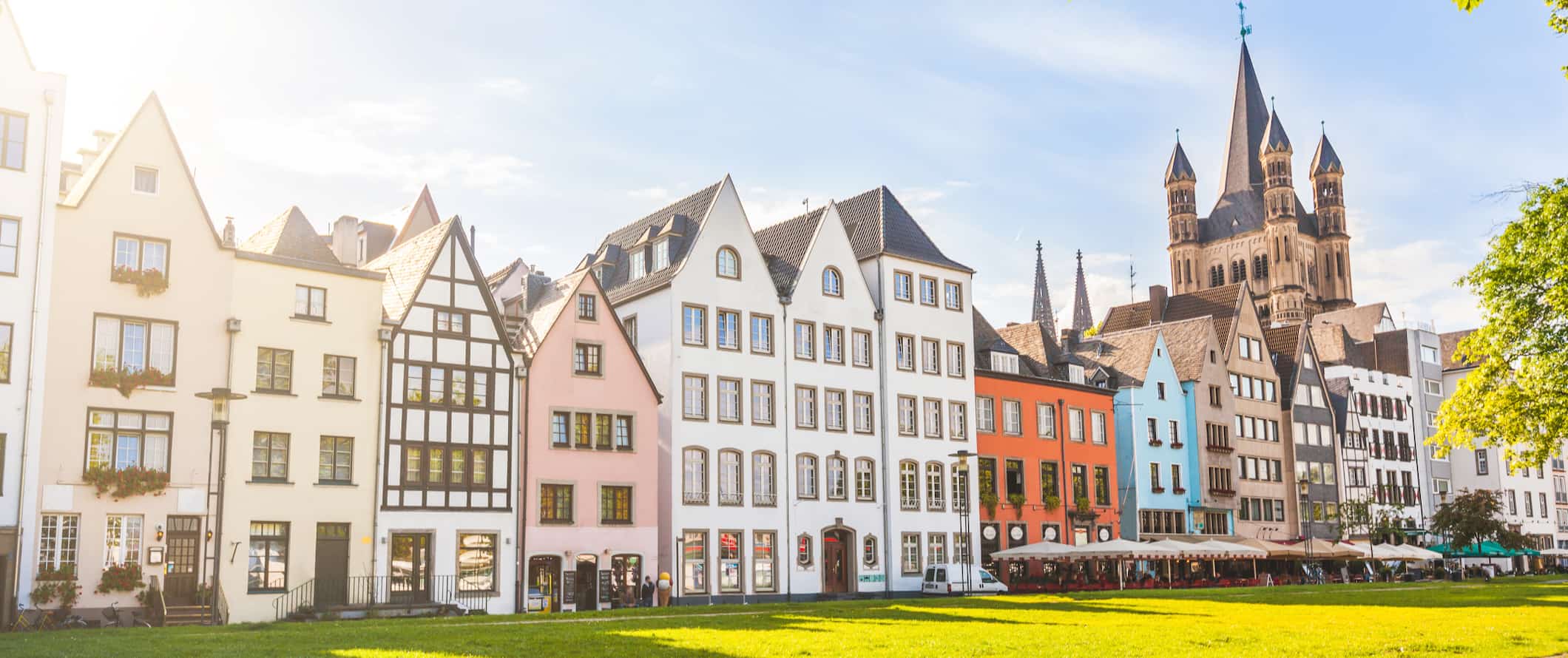
Accommodation – Accommodation in Germany is quite affordable compared to other Eurozone countries. Hostels are plentiful and range from 17-25 EUR per night for a dorm room with 6-8 beds. For a private room, expect to pay 40-60 EUR per night. Free Wi-Fi is standard and many hostels also include free breakfast.
Budget hotel prices begin around 45-65 EUR for a small double room with a private bathroom and free Wi-Fi.
Airbnb is available everywhere with private rooms going for as little as 30-45 EUR per night and entire apartments or homes starting at 50-75 EUR. Book early though or prices will double (or triple).
While wild camping is illegal, there are a ton of campsites around the country. Expect to pay 5-20 EUR per night for a basic plot for two people without electricity.
Food – Food in Germany is very cheap (and hearty). Meat is a staple of most meals, especially sausages; there are over 1,500 different kinds of sausages in Germany (sausages here are known as “wurst”). Stews are also a popular traditional choice, as are potato dumplings and sauerkraut. Breakfast is usually composed of bread, cold cuts, cheese, and boiled eggs.
You can get sausages and bratwurst from outdoor vendors for around 3-5 EUR. Meals at many of the beer halls around the country cost 9-15 EUR. Pre-made sandwiches cost around 5 EUR. Fast food (think McDonald’s) costs around 8.50 EUR for a combo meal.
If you eat in the beer halls, a traditional German meal costs around 14-18 EUR. Turkish, Middle Eastern, and Asian food can be found for as little as 5 EUR, while a nicer meal at a sit-down restaurant costs around 25 EUR.
Beer costs around 4 EUR while a latte/cappuccino is around 3 EUR. Bottled water is around 1 EUR.
If you plan on cooking for yourself, a week’s worth of groceries costs around 40-50 EUR. This gets you basic staples like rice, pasta, seasonal produce, and some meat. While they don’t always offer the most variety, the cheapest places are Aldi, Lidl, Penny, and Netto. Bring your own bag if possible.
Backpacking Germany Suggested Budgets
If you’re backpacking Germany, my suggested budget is 55 EUR per day. This is a suggested budget assuming you’re staying in a hostel dorm, cooking all your meals, limiting your drinking, using local transportation to get around, and doing mostly free activities like hiking and taking free walking tours. If you plan on drinking, add another 5-10 EUR to your daily budget.
On a mid-range budget of 135 EUR per day, you can stay in a private Airbnb room, eat a few meals out, take the occasional taxi to get around, enjoy a few drinks, take the bus between cities, and do more paid activities like visiting museums and castles.
On a “luxury” budget of 245 EUR or more per day, you can stay in a hotel, travel between cities via train, eat out at restaurants for all of your meals, drink more, take taxis to get around, and do whatever tours and activities you want. This is just the ground floor for luxury though. The sky is the limit!
You can use the chart below to get some idea of how much you need to budget daily, depending on your travel style. Keep in mind these are daily averages – some days you’ll spend more, some days you’ll spend less (you might spend less every day). We just want to give you a general idea of how to make your budget. Prices are in EUR.
Germany Travel Guide: Money-Saving Tips
Overall, Germany is not an expensive country to visit. Yes, river cruises are expensive. Yes, there’s plenty of high-end cuisine throughout the country. Visiting Frankfurt, the capital of finance, costs a pretty penny. But those are exceptions to the rule. Overall, Germany is quite affordable for a Eurozone country, with plenty of bargains throughout the country. Here are my best tips for saving money in Germany:
- Eat cheap – Throughout Germany, cheap outdoor sausage vendors offer quick eats for only a couple of euros. Additionally, some of the best and cheapest food in Germany is Turkish and Middle Eastern cuisine. You can get meals for 5-8 EUR that are delicious and filling. It’s what I mainly eat while in Germany whenever I want to eat out.
- Drink cheap – In Germany, buying beer and walking around — known as a ‘Weg bier’ — is totally acceptable. Take advantage of good weather by sitting outside in Germany’s lovely plazas and lush parks and buy your own drinks from the Späti shops, street kiosks, and supermarkets to save money. Also, find the student areas by the universities as you’ll find the discounted places.
- Take the free tours – The bigger cities in Germany have free walking tours. They’re a good way to see the city, learn about the history, and get your bearings without spending money. Just make sure to tip your guide at the end!
- Book your train early – Trains in Germany are expensive but you can get a saver ticket that is around 40-50% off the standard fare if you book at least a week in advance. These tickets have limited availability, so be flexible with your travel plans. Also, if you are more flexible with times, try Flixtrain instead, which has fewer routes between bigger cities sometimes at inconvenient times but is way cheaper than Deutsche Bahn.
- Take the bus instead of the train – While not as comfy or romantic, Flixbus or Postbus are two bus companies with super cheap prices. Download the app and you can get tickets last-minute but be aware that prices vary by time and availability so if you need to be somewhere by a certain time or day book in advance.
- Use rideshares – If you’re flexible in your schedule, use the ridesharing service BlaBlaCar and catch rides with locals between cities (or countries). You save money and get to spend time with locals. Drivers are verified and it’s perfectly safe (though sometimes rides don’t show up, which is why you need to be flexible). While the bus might be cheaper, this is usually faster (and more interesting). Just make sure to check where the pickup and drop-offs are as sometimes they are not exactly central places or main station.
- Stay with a local – While accommodation in Germany is pretty cheap, if you want to get some local insight into the country, you should Couchsurf. Not only will you save money on accommodation but you’ll meet locals who can help get you off the tourist trail and show you around! Plus, they have occasional meet-ups depending on the city so you can meet other travelers and locals
- Bring a water bottle – The tap water here is safe to drink so bring a reusable water bottle to save money and reduce your plastic use. LifeStraw is my go-to brand as their bottles have built-in filters to ensure your water is always clean and safe.
- Look out for free museum days – Most museums in Germany offer free admission on certain days or evenings. Check their website or ask the local tourism office to find out about discounts.
- Get transportation day passes – If you’re going to be using public transportation a lot in a city, get a day pass. Paying for single rides adds up quickly.
- Get city tourism cards – Most of the major cities in Germany offer city tourism cards. These include free admission to major museums and attractions, discounts on restaurants, and usually unlimited public transportation. If you plan on seeing a lot, these cards can save you money.
Where to Stay in Germany
There are lots of fun and social hostels in Germany. Here are some of my suggested places to stay:
- St. Christopher’s (Berlin)
- Circus Hostel (Berlin)
- Wombats (Munich)
- Jaeger’s Hostel (Munich)
- Five Elements Hostel (Frankfurt)
- Meininger (Hamburg)
- Generator Hostel (Hamburg)
- Station Hostel for Backpackers (Cologne)
- Black Sheep Hostel (Cologne)
- Lollis Homestay (Dresden)
- Hostel Mondpalast (Dresden)
- a&o Nürnberg Hauptbahnhof (Nuremberg)
- Five Reasons Hostel (Nuremberg)
How to Get Around Germany
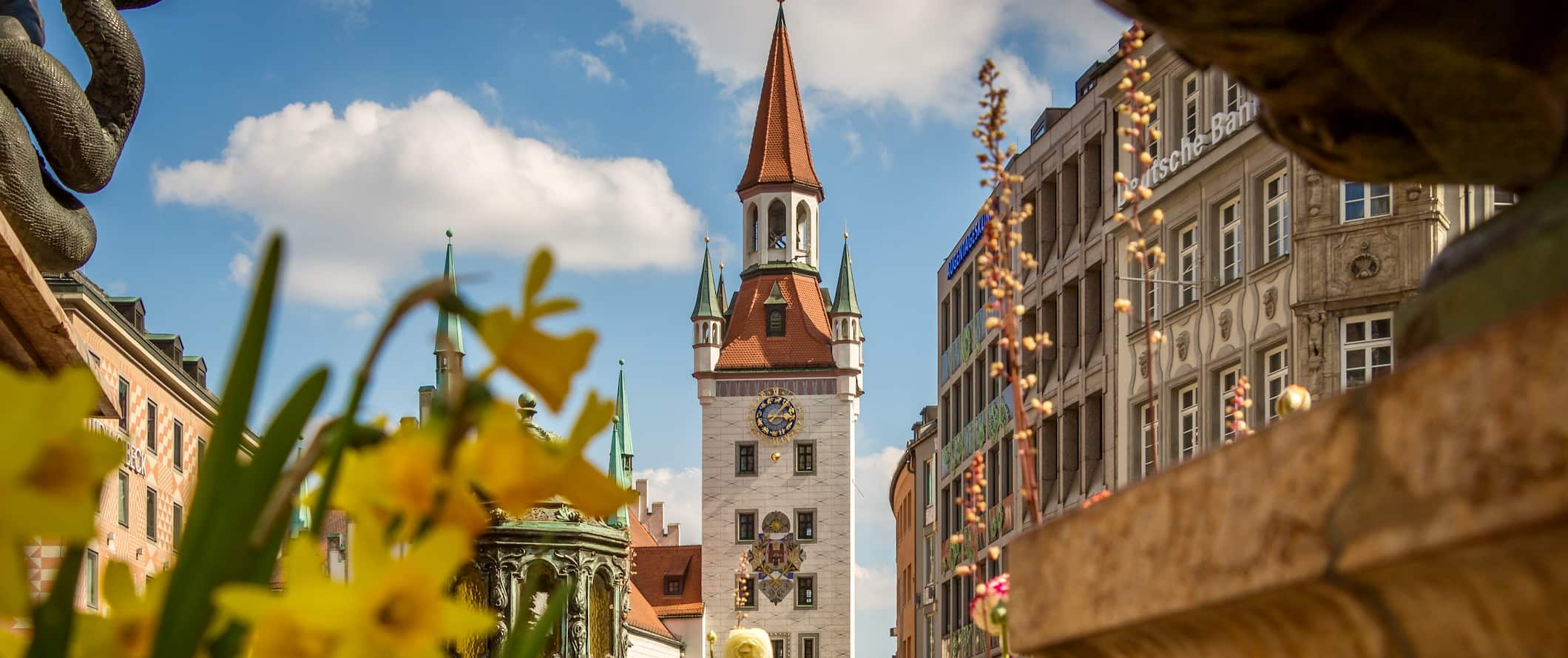
Public transportation – Germany has some of the best public transportation in the world. All the cities and larger towns have public transportation that is reliable and efficient. In cities like Berlin and Munich, all the various networks are integrated: one ticket gives you access to buses, trams, U-Bahn (subway), and S-Bahn (above ground train). Fares are determined by zone, but generally, a one-way fare starts from 2.90 EUR. A one-day unlimited pass is generally around 7-9 EUR while a three-day pass costs 17-20 EUR.
Train – Train travel is an incredibly efficient way to get around Germany, though it’s not cheap. Germany’s main rail system is Deutsche Bahn, which has both high-speed trains and regular trains. The high-speed trains are a quick way to get around but are usually much more expensive.
Take advantage of regional group tickets that start at around 22 EUR. These regional discounted tickets are available in Bavaria, Brandenburg-Berlin, Baden-Wüttermburg, Lower Saxony, North Rhine-Westfalia, Hesse, etc. For example, the Bavarian Bayern Ticket is 58 EUR for a group of 5 tickets for any train in Bavaria from 9am to 3am.
Last-minute tickets from Berlin to Hamburg can cost 50 EUR, but advance bookings start around 20 EUR. Frankfurt to Cologne is also around 20 EUR. It’s always best to book in advance when possible, otherwise, you’ll pay the price for last-minute bookings. You can track schedules and fares on the Deutsche Bahn website.
Another great site for trains around Germany (and into neighboring countries), is Trainline .
A Eurail Pass, which allows travelers to explore Europe by providing a set number of stops in a specific time period, might also be a good option if you’re doing some country hopping. Here’s a detailed breakdown of how Eurail passes work and can save you money .
Bus – Aside from hitchhiking, buses are the cheapest way to get around Germany. They are punctual but slow, with comfortable seats, air-conditioning, rest stops, and usually free Wi-Fi.
I recommend Flixbus for the cheapest rates and most comfortable buses. You can get from Berlin to Dresden for as little as 10 EUR, or from Berlin to Munich for 20 EUR. Munich to Hamburg is around 22 EUR.
To find bus routes and prices, use BusBud .
Ridesharing – Ridesharing in Germany is very common. Ridesharing means you travel as a passenger with someone in exchange for payment toward fuel costs. It’s usually not as cheap as the bus but it’s often faster and you’ll meet some interesting characters! BlaBlaCar and Mitfahren are the two most popular ride-sharing websites.
Car rental – German is a great country to explore by car. Car rentals start at 30 EUR per day for a multi-day rental. Renters need to be at least 21 years old.
For the best car rental prices, use Discover Cars .
When to Go to Germany
Germany is a year-round destination. Summer is the most popular time to visit as temperatures are hot and everyone’s outdoors enjoying the weather. People flock to beer gardens and to the lakes to swim. This is also the peak season, when prices are much higher than usual. During this time, average temperatures hover around 24°C (75°F) and can soar well into the 30s°C (high 80s°F). You’ll want to book accommodation and transportation early (especially in July and August).
Temperatures warm up fast in spring, and the season is marked by the arrival of cherry blossoms. By May it’s warm enough to walk around in t-shirts and shorts. May 1 (Der Erste Mai) is Germany’s Labor Day, and the country breaks out in full celebration. If you’re lucky enough to be here during this time, take to the streets with your fellow Germans and enjoy the live music, drinking, dancing, and general mayhem.
Thanks to the famous Oktoberfest, autumn is a very popular time to visit Germany (especially Munich). From the end of September to early October, millions of people flock here from all over the world to enjoy the most epic beer-drinking festival in the world. If you’re planning on attending Oktoberfest, book your accommodations in advance. Way, way in advance.
An autumn visit to Germany is overall a great idea, especially in Bavaria when the foliage in the hills and mountains makes for some amazing photography. Temperatures can sometimes be chilly, but with light layers, you’ll be fine.
Winter in Germany can be cold, with temperatures as low as -10°C (14°F), but Germany is known for its Christmas spirit and the holiday markets all over the country are well worth your time, especially in Munich, Berlin, and Dresden. Pack some warm clothes and let the delicious glühwein (mulled wine) warm you up.
Winter in Bavaria is a skier and snowboarder’s dream only around one hour outside of Munich. While people might not think of Germany first in terms of skiing in Europe, these slopes are pristine, truly breathtaking, and way cheaper than neighboring Switzerland. Check out Garmisch-Partenkirchen, Füssen, Kranzberg, Zugspitze, and Laber.
How to Stay Safe in Germany
Germany is an incredibly safe place to travel. However, due to a few high-profile terrorist attacks in the country, I often get asked if it’s safe to travel to Germany. I wrote a whole article about how Germany (and Europe) is safe to visit if that’s a concern of yours.
Generally, you just need to watch out for scams and petty crime as you would anywhere (especially in Berlin late at night). Keep an eye on your valuables when in large crowds and on public transportation. Violent crime is rare so as long as you keep your valuables secure you shouldn’t experience any issues.
Scams are rare but if you’re worried about getting ripped off you can read about common travel scams to avoid here .
Solo female travelers should feel safe in Germany, however, the standard precautions apply (never leave your drink unattended at the bar, never walk home alone at night intoxicated, etc.).
If you experience an emergency, dial 112 for assistance.
Always trust your gut instinct. Make copies of your personal documents, including your passport and ID. Forward your itinerary along to loved ones so they’ll know where you are.
The most important piece of advice I can offer is to purchase good travel insurance. Travel insurance will protect you against illness, injury, theft, and cancellations. It’s comprehensive protection in case anything goes wrong. I never go on a trip without it as I’ve had to use it many times in the past. You can use the widget below to find the policy right for you:
Germany Travel Guide: The Best Booking Resources
These are my favorite companies to use when I travel. They consistently have the best deals, offer world-class customer service and great value, and overall, are better than their competitors. They are the companies I use the most and are always the starting point in my search for travel deals.
- Skyscanner – Skyscanner is my favorite flight search engine. They search small websites and budget airlines that larger search sites tend to miss. They are hands down the number one place to start.
- Hostelworld – This is the best hostel accommodation site out there with the largest inventory, best search interface, and widest availability.
- Booking.com – The best all around booking site that constantly provides the cheapest and lowest rates. They have the widest selection of budget accommodation. In all my tests, they’ve always had the cheapest rates out of all the booking websites.
- HostelPass – This new card gives you up to 20% off hostels throughout Europe. It’s a great way to save money. They’re constantly adding new hostels too. I’ve always wanted something like this and glad it finallt exists.
- Get Your Guide – Get Your Guide is a huge online marketplace for tours and excursions. They have tons of tour options available in cities all around the world, including everything from cooking classes, walking tours, street art lessons, and more!
- The Man in Seat 61 – This website is the ultimate guide to train travel anywhere in the world. They have the most comprehensive information on routes, times, prices, and train conditions. If you are planning a long train journey or some epic train trip, consult this site.
- Rome2Rio – This website allows you to see how to get from point A to point B the best and cheapest way possible. It will give you all the bus, train, plane, or boat routes that can get you there as well as how much they cost.
- FlixBus – Flixbus has routes between 20 European countries with prices starting as low 5 EUR! Their buses include WiFi, electrical outlets, a free checked bag.
- SafetyWing – Safety Wing offers convenient and affordable plans tailored to digital nomads and long-term travelers. They have cheap monthly plans, great customer service, and an easy-to-use claims process that makes it perfect for those on the road.
- LifeStraw – My go-to company for reusable water bottles with built-in filters so you can ensure your drinking water is always clean and safe.
- Unbound Merino – They make lightweight, durable, easy-to-clean travel clothing.
- Top Travel Credit Cards – Points are the best way to cut down travel expenses. Here’s my favorite point earning credit cards so you can get free travel!
- BlaBlaCar – BlaBlaCar is a ridesharing website that lets you share rides with vetted local drivers by pitching in for gas. You simply request a seat, they approve, and off you go! It’s a cheaper and more interesting way to travel than by bus or train!
Germany Travel Guide: Related Articles
Want more info? Check out all the articles I’ve written on backpacking/traveling Germany and continue planning your trip:
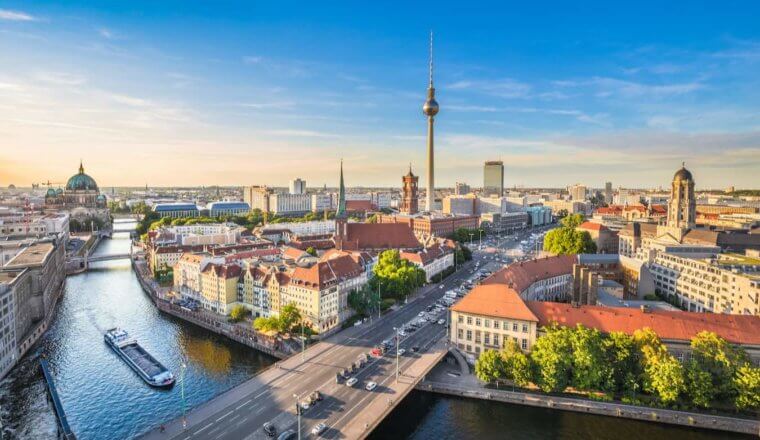
Where to Stay in Berlin: The Best Neighborhoods for Your Visit
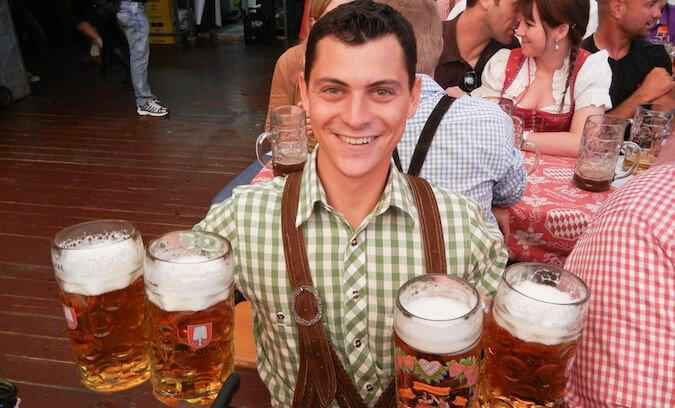
How to Survive Oktoberfest
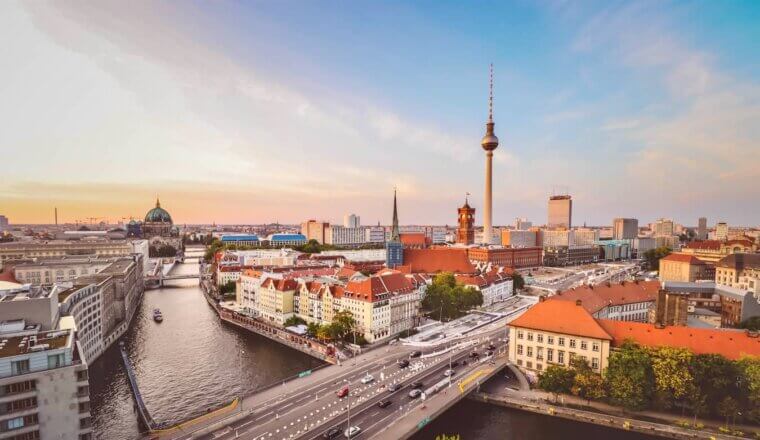
The 18 Best Things To Do in Berlin
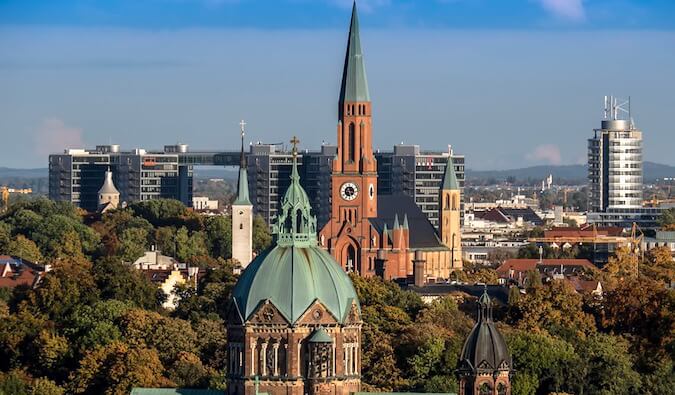
Munich is Better than Berlin
Get my best stuff sent straight to you, pin it on pinterest.
- Where To Stay
- Transportation
- Booking Resources
- Related Blogs
8 of the best places to visit in Germany
May 9, 2024 • 6 min read

Plan your trip to Germany with this guide to the best places to visit © Westend61 / Getty Images
At the heart of Western Europe is Germany , a boundless feast for travelers.
Its endless variety of historic yet cutting-edge cities, romantic forests, and cultural riches can often make the task of planning a visit daunting. It would take a lifetime to see all of this fascinating country’s highlights, so take it slow and make a start with our guide to the very best places to visit in Germany.
1. The Middle Rhine Valley (the Rhine Gorge)
As the Rhine , Germany’s second-longest river, flows south from Koblenz , it cuts a gorge through a gasp-inducing landscape of vineyards and castles. The stretch between Koblenz and Rüdesheim, known as the Oberes Mittelrheintal (Upper Middle Rhine Valley) is so special it won UNESCO World Heritage listing in 2002.
A land heavily contested over the centuries, the Oberes Mittelrheintal harbors wonderful castles like Pfalzgrafstein , Burg Rheinstein , Burg Reichenstein and Koblenz’s mighty Festung Ehrenbreitstein .
Planning tip: Make time to visit some of the many wineries and wine bars here. We recommend Bingen’s Weingut Georg Breuer, Alte Weinstube Zum Hubertus in Koblenz and Zum Grünen Baum in Bacharach.
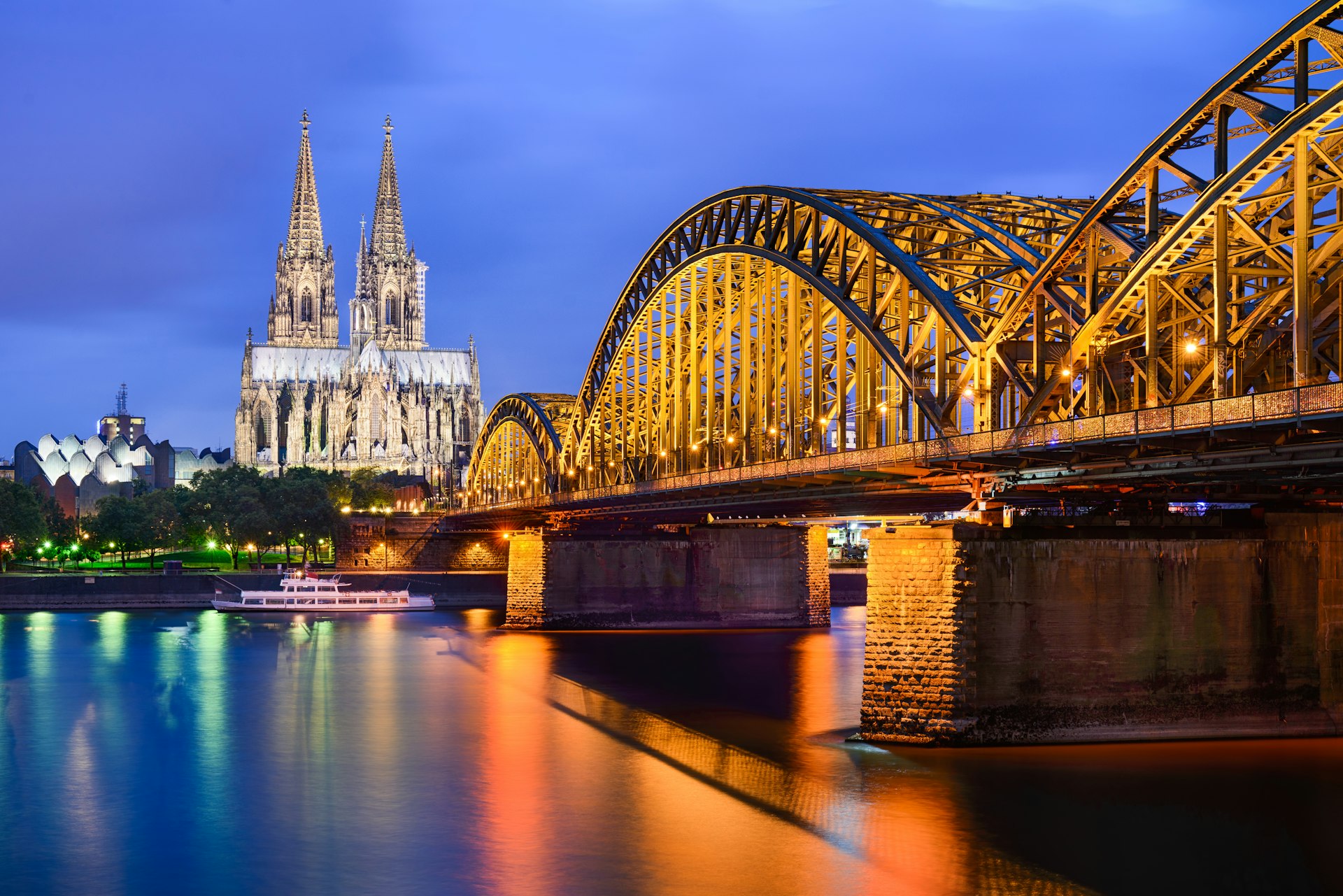
2. Cologne
Cologne (Köln) is known for its liberal climate and its wealth of historic sights. Taking its name from the Romans (who founded it in the first century CE as Colonia Claudia Ara Agrippinensium), it’s been a major center of German history for centuries.
The most tangible symbol of Cologne’s importance and the essential sight is its magnificent 13th-century Gothic cathedral. The Kölner Dom is Germany’s largest church, and was also Europe’s highest building until eclipsed by the Eiffel Tower . Other must-see historical and cultural attractions include the Römisch-Germanisches (Romano-Germanic) Museum and the sublime collection of 13th- to the 19th-century European art at the Wallraf-Richartz-Museum & Fondation Corboud .
Planning tip: Pick up a KölnCard at the Cologne Tourist Board office (adjacent to the cathedral) or at any KVB or DB ticket machines. A 24-hour individual ticket (€9) gets you unlimited public transport and up to 50% off at many cultural attractions, restaurants and shops.
Looking for more budget tips? Here's our money-saving guide to visiting Germany
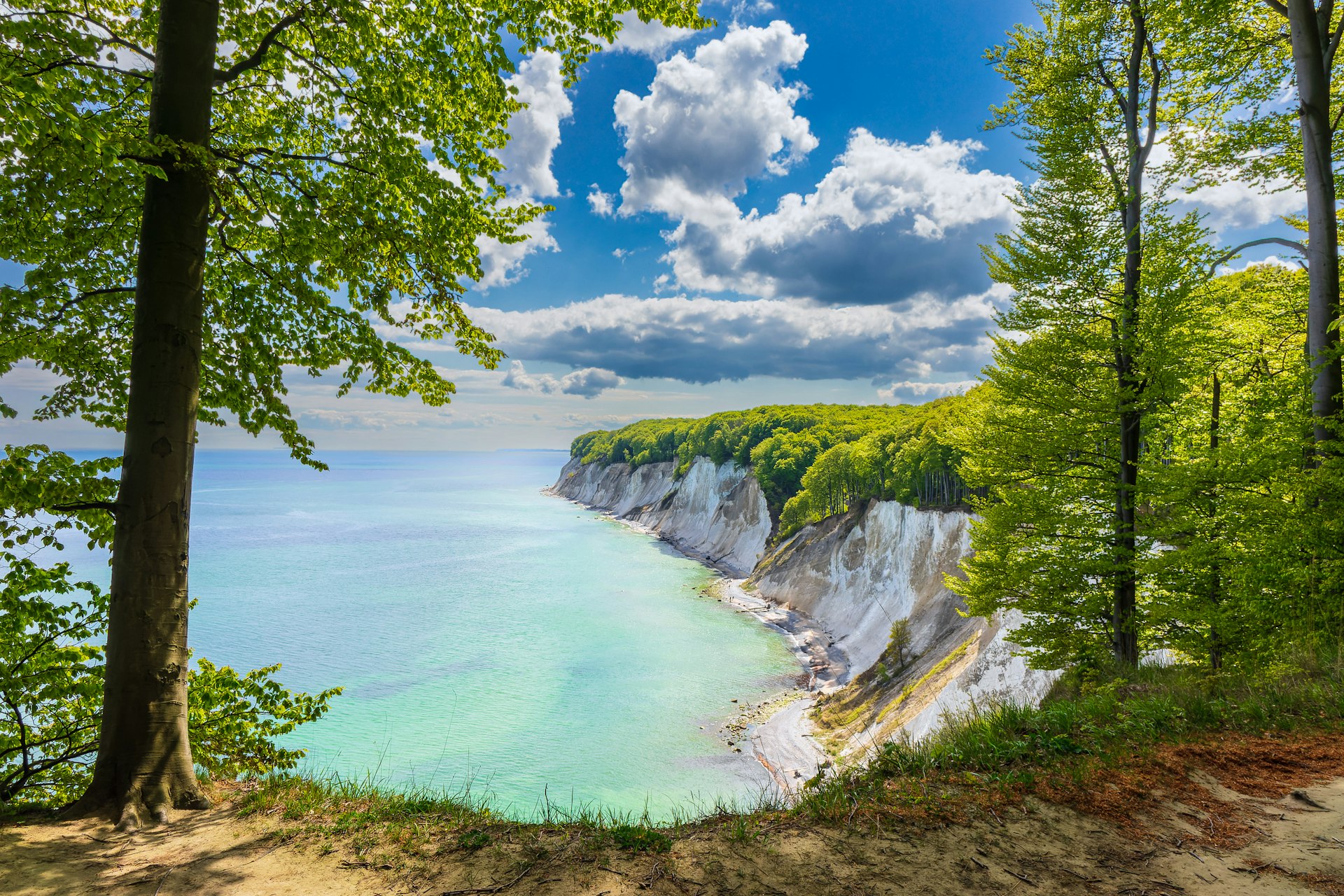
3. The Baltic Coast
Northern Germany’s Baltic Coast represents a side of the country not many visitors anticipate. The indented southern coast of the Baltic Sea hides great swathes of pure sand, susurrating pines and pristine nature sanctuaries. Highlights include the former Hanseatic power Stralsund, a classic of red-brick Gothic gabled architecture; the sheer cliffs of Jasmund National Park on Rügen Island ; and the birdlife and beauty of the Darss-Zingst Peninsula.
Driving in Germany? Here are the best road trips
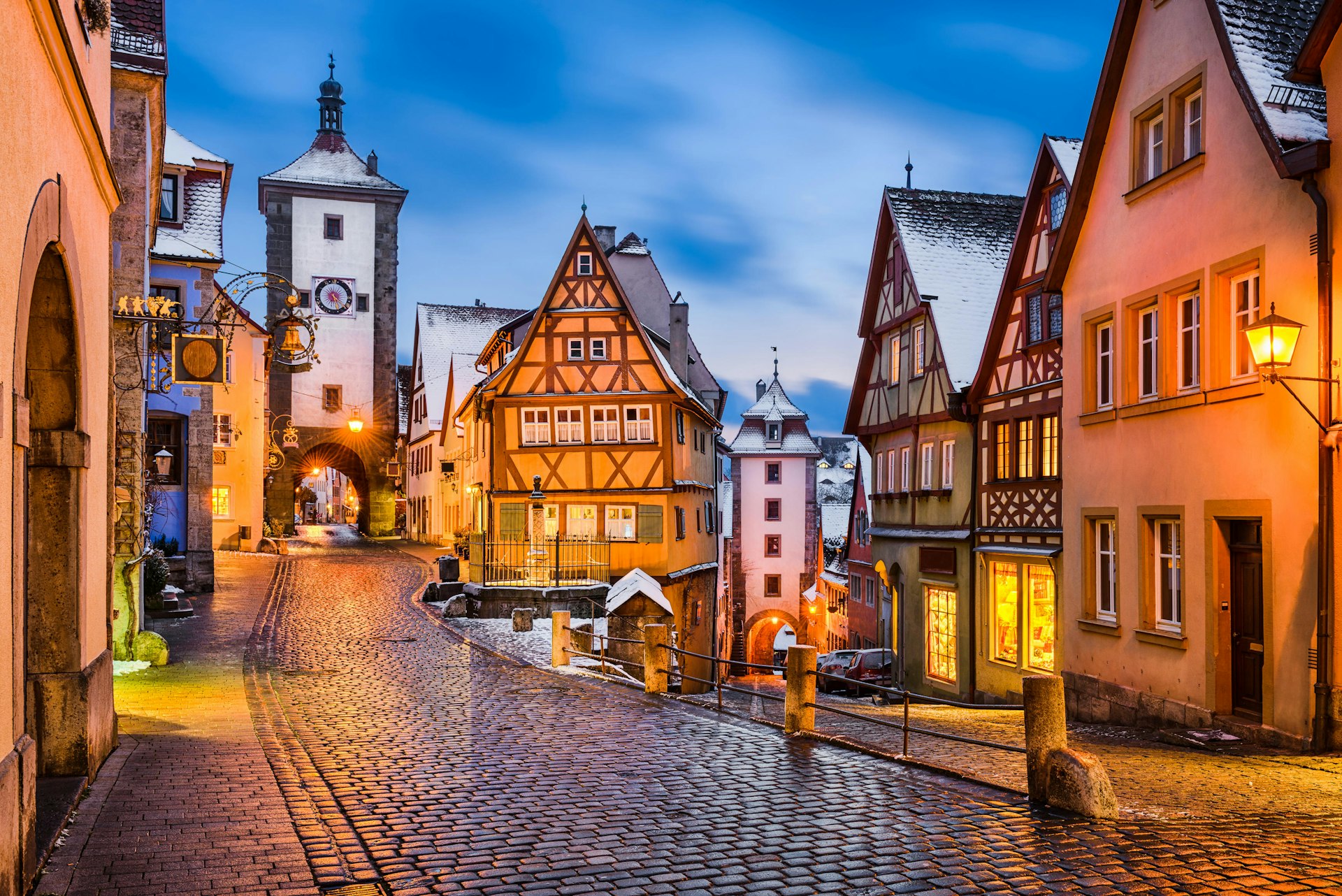
4. Rothenburg ob der Tauber
Perhaps the most enchanting village along the entire 400km (250 miles) of the Romantic Road , Rothenburg ob der Tauber (meaning “above the Tauber river”) is a wonderfully preserved example of a medieval German village. Strict heritage protection ensures that every turn reveals meandering cobbled lanes, glimpses of the intact city walls and venerable churches. See the local treasures collected in the Reichsstadtmuseum , housed in a former Dominican convent, and the Alt-Rothenburger Handwerkerhaus , where weavers, potters and other craftspeople ply their trade as they have done for over seven centuries.
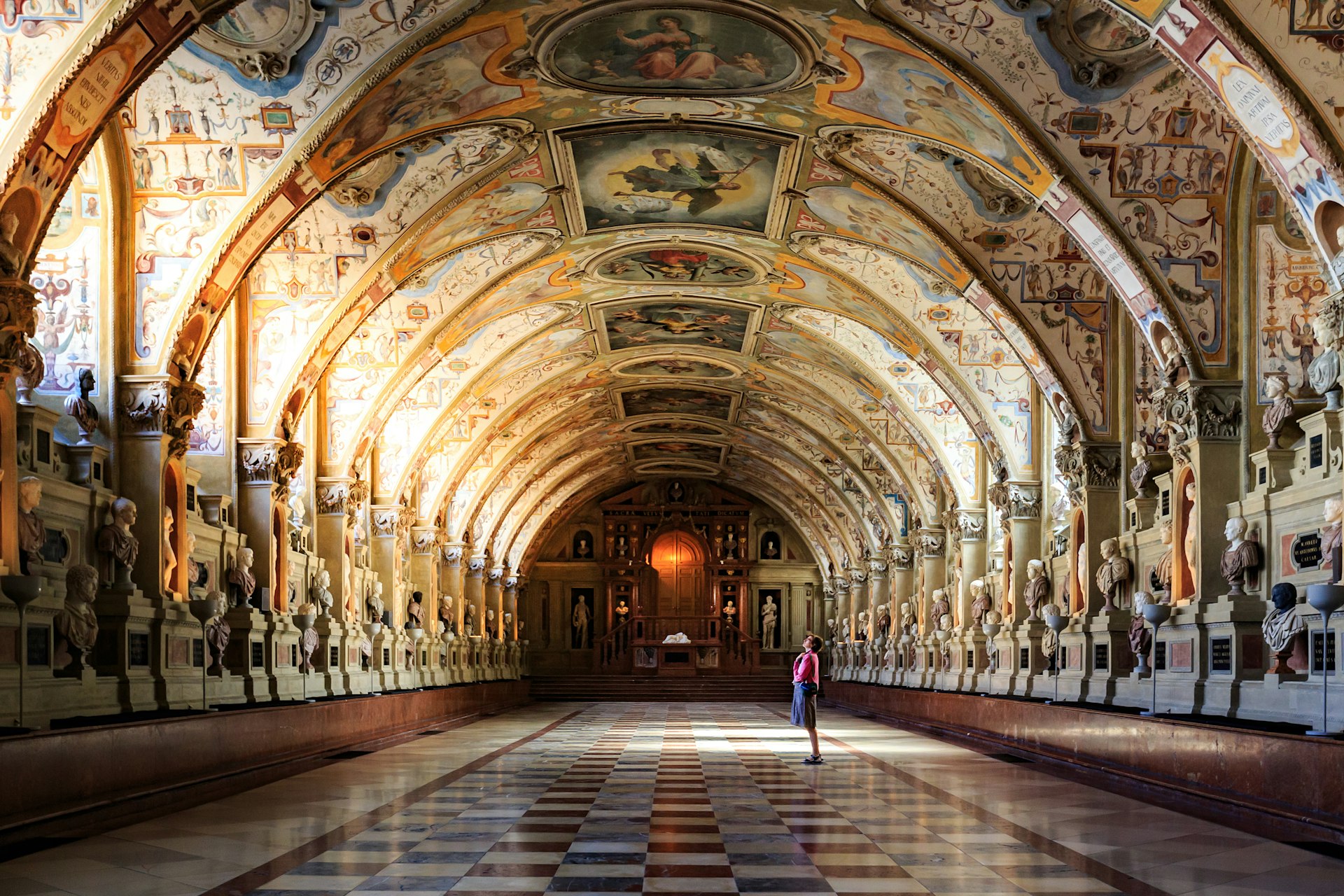
5. Munich and the Bavarian Alps
Munich (München), the capital of the Free State of Bavaria (Freistaat Bayern) is the city most visitors associate with “classic” German culture – for while Germany is in fact a patchwork of cultures and dialects, it’s often the Bavarian model of Bierkellers , Bratwurst and Lederhosen that outsiders have in mind. Munich is no cliché, though: Germany’s third-largest city is a center of high-tech manufacturing and cutting-edge culture, as well as the gateway to the magnificent Bavarian Alps .
Essential sights and experiences include the Residenzmuseum , the former palace of Bavaria’s ruling Wittelsbach dynasty; the museum-packed Kunstareal district; and the gracious 17th-century Schloss Nymphenburg . An easy drive south of Munich lie the forested mountains, photogenic villages and ski- and spa-resorts of the beautiful Bavarian Alps.
Planning tip: Oktoberfest – the beer festival that starts each year in September – is synonymous with Munich, and is the busiest and most expensive time to visit. Accommodations are booked solid long in advance, so plan ahead.
Time your visit to Munich right with this seasonal guide
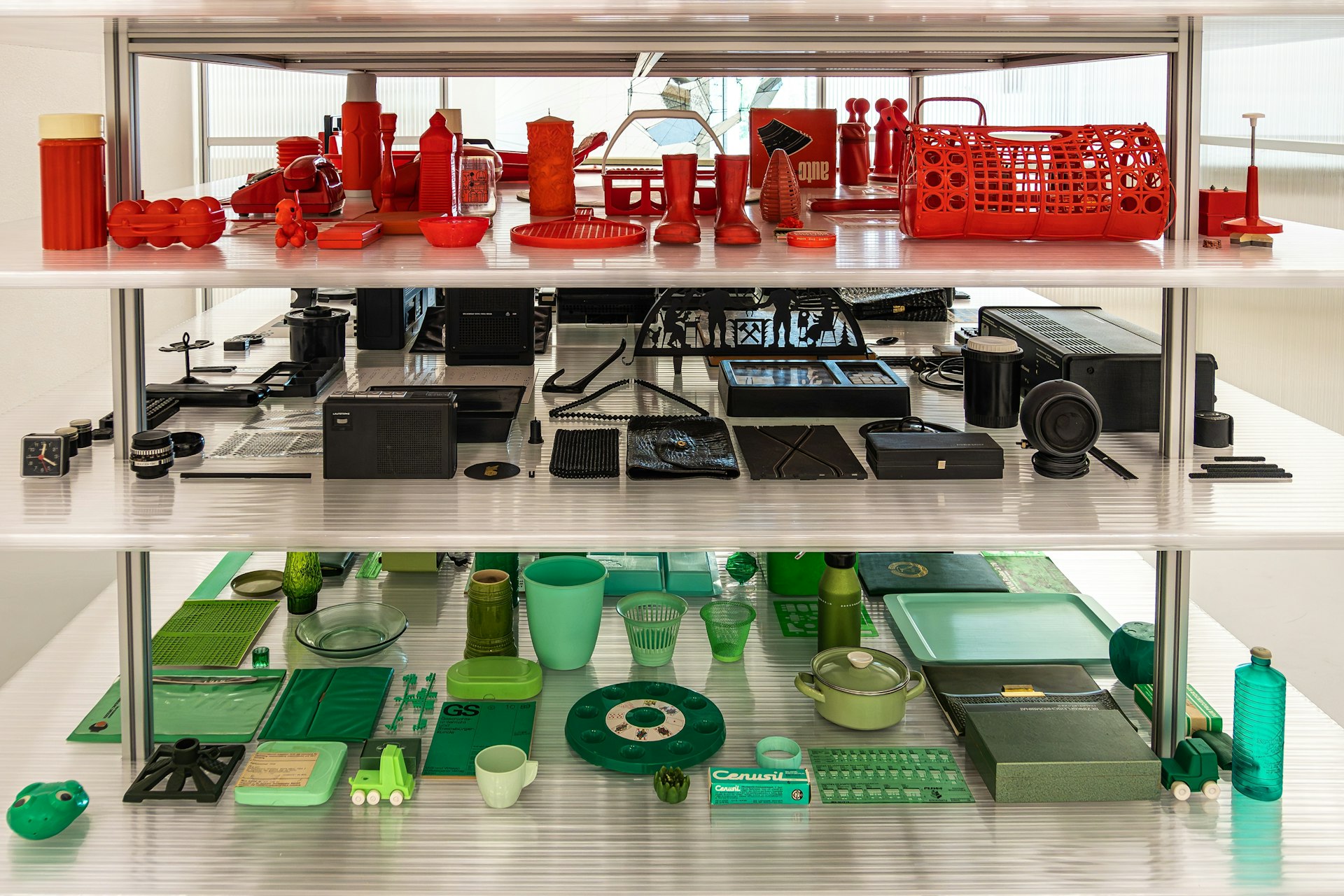
6. Erfurt and Weimar
The proximate central-German cities of Erfurt and Weimar represent an astonishing concentration of cultural achievement and historic significance. Erfurt, capital of Thuringia , has one of Germany’s loveliest medieval centers, while Weimar stands tall as the capital of the eponymous 20th-century Republic, and before that the home of cultural luminaries such as Bach, Goethe, Schiller and Nietzsche.
Erfurt’s essential sights include its cathedral , where Martin Luther was ordained, and the vast, baroque Zitadelle Petersberg . In Weimar, make time for the Goethe-Nationalmuseum , in a building that was the author’s home of 50 years; the UNESCO-listed Herzogin Anna Amalia Bibliothek ; and the modernist treasures of the Bauhaus Museum , which also originated here.
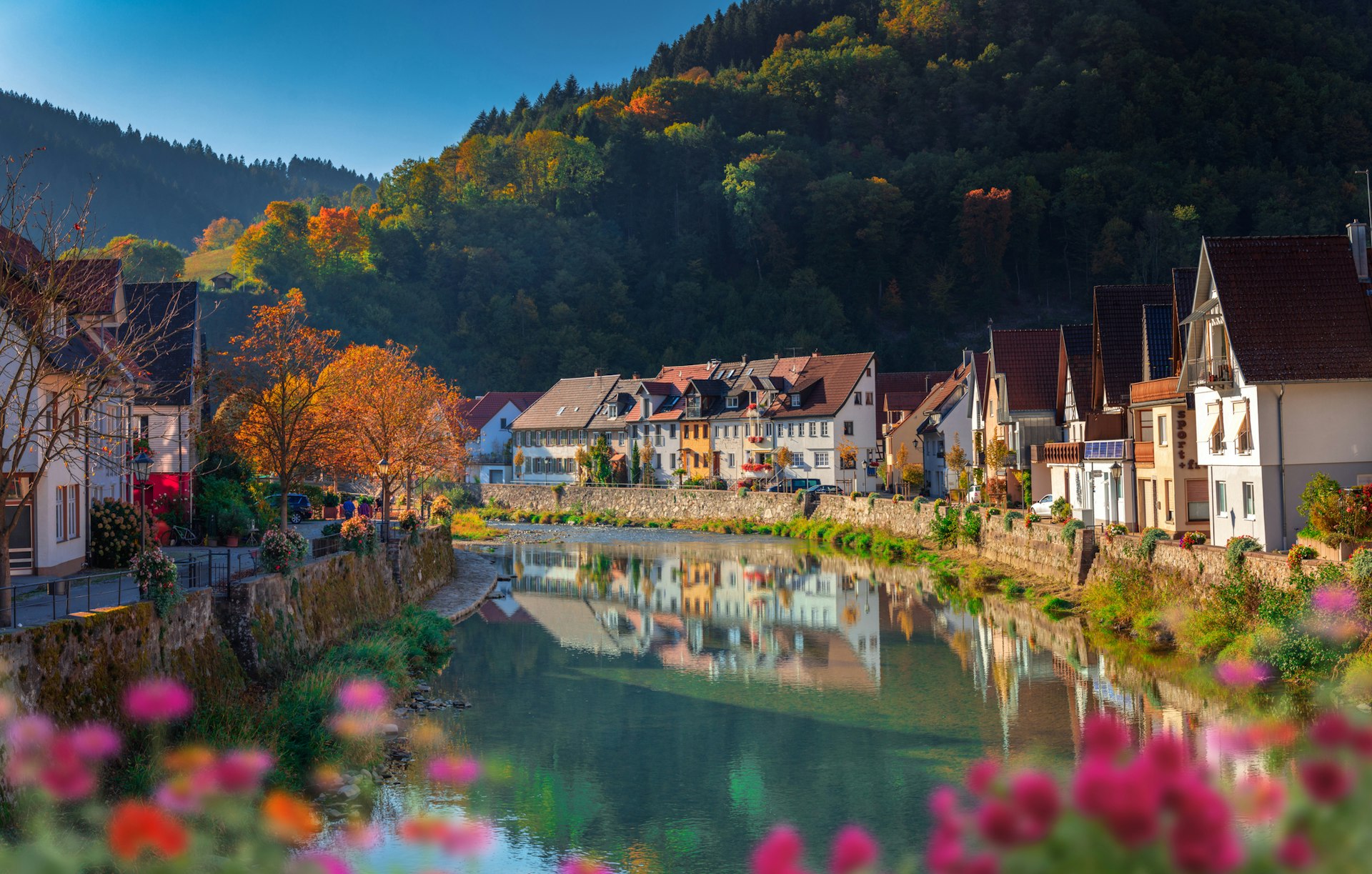
7. The Black Forest
Bordering France and Switzerland , the Black Forest (Schwarzwald) is a vast woodland of more than 6000 sq km (2316 sq miles). From its spruce-swaddled slopes to deep valleys broken by silvery lakes and traditional villages and farmsteads, this diverse rural playground just begs to be explored by car, cycle or foot.
If you’re pressed for time, a drive along the Schwarzwaldhochstrasse ( Black Forest High Road ) from Baden-Baden to Freudenstadt unfurls a series of gorgeous vistas. If you have more time, consider hiking the 40km (25-mile) Panoramaweg or the 12km (7.5-mile) Feldberg–Steig to the forest’s highest peak. Population centers you should definitely include on your visit include Triberg, with its waterfall and cuckoo clocks; the laid-back university town of Freiburg ; and Alpirsbach, with its 11th-century Benedictine monastery .
Planning tip: While travelers are naturally drawn to the Black Forest’s great outdoors, it would be a mistake to overlook the region’s excellent cuisine. There’s Schwarzwälder Kirschtorte (Black Forest gâteau), of course – while lesser-known specialities include venison Baden-Baden , smoked Schwartzwalder Schinken (ham) and skinless lange rote (long red) sausages from Freiburg.
Don't miss Germany's best flavors with this guide to food and drink

No list of German highlights would be complete without the country’s capital and dynamic cultural engine room. Germany’s most populous city, Berlin is a bountiful beast of a place, with some of the country’s definitive museums, dining, art and – perhaps above all – nightlife.
Boisterous Berlin has long had a bohemian streak. While you should definitely make time to for cultural highlights like the Mies van der Rohe–designed Neue Nationalgalerie and the treasure trove that is Museumsinsel (Museum Island), those seeking a party will surely find it in iconic venues like Berghain and Pratergarten , where beer and bonhomie have flowed together since 1837. As ever, Berlin’s party people continue to innovate .
Planning tip: Before you hit town, get yourself a Berlin Welcome Card online. It's available for varying periods of time, from 48-hours to 6-days, and gives unlimited rides on public transport , free entry to more than 30 top attractions plus up to 50% off entry to over 150 more, as well as other benefits.
Explore Berlin one neighborhood at a time with our guide
This article was first published Jun 3, 2021 and updated May 9, 2024.
Explore related stories
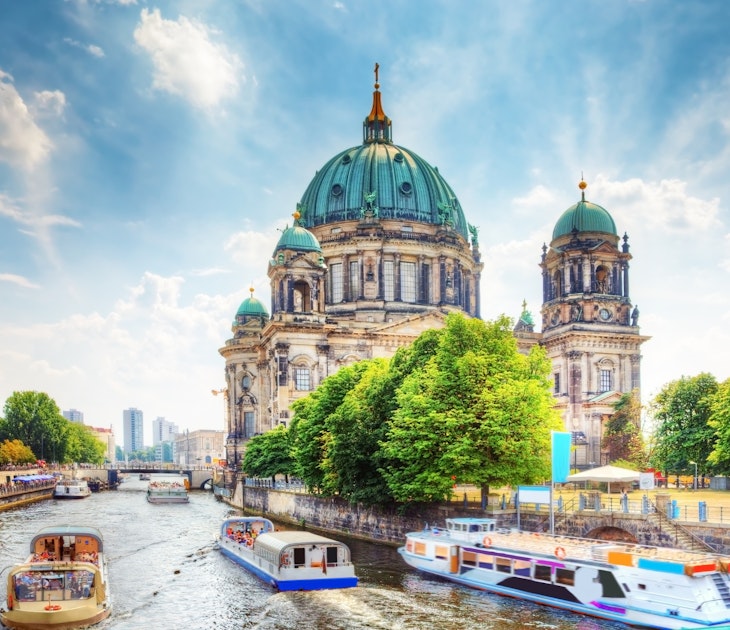
Destination Practicalities
From paying with cash to not crossing against a red light, here are the things you need to know before going to Germany.
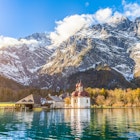
May 8, 2024 • 3 min read
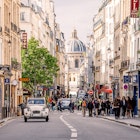
May 7, 2024 • 6 min read

May 7, 2024 • 8 min read
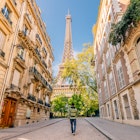
May 7, 2024 • 5 min read
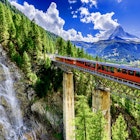
May 5, 2024 • 7 min read

May 3, 2024 • 5 min read
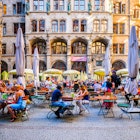
May 1, 2024 • 6 min read
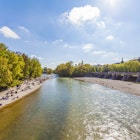
Apr 30, 2024 • 3 min read

Apr 28, 2024 • 11 min read
Travel Guide Germany
Book your individual trip , stress-free with local travel experts
- roughguides.com
- Travel guide
- Itineraries
- Local Experts
- Travel Advice
- Accommodation
Plan your tailor-made trip with a local expert
Book securely with money-back guarantee
Travel stress-free with local assistance and 24/7 support
Though it remains far less well known or understood by outsiders than some of its neighbours, since reunification Germany has at last gained a higher profile as a place to visit, thanks partly to the remarkable resurgence of Berlin, one of the most fascinating and exciting cities in Europe. But the appeal of the reunified Germany is not limited to the capital. Use our travel guide to Germany to get inspired and plan your travel to Germany. If you prefer to be more hands-on, get a copy of the Rough Guide to Germany .
Travel facts about Germany
Where to go in germany, unesco world heritage sites in germany, food and drink in germany, outdoor activities and sports in germany, german wines: a wine-making renaissance, history and heritage in germany, art, architecture and culture in germany, tailor-made travel itineraries for germany, created by local experts.
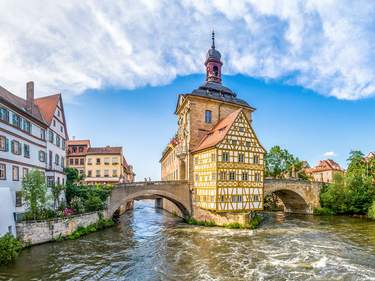
9 days / from 2263 USD
A self drive exploration of UNESCO Sites in Southern Germany
Explore UNESCO World Heritage Sites across different German states. This self drive trip allows you to design your own days with recommendations stated for each day.
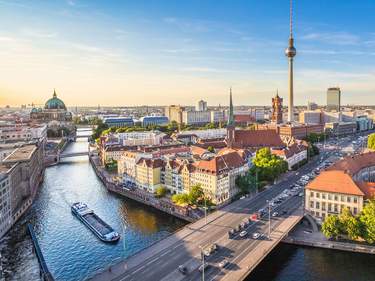
7 days / from 2905 USD
Explore Berlin and Potsdam in depth
The German capital Berlin has plenty to offer: from historical sites to world-class museums and a vibrant nightlife. Enjoy this private tour to explore a wide range of activities in Berlin and Potsdam, including several UNESCO World Heritage Sites.
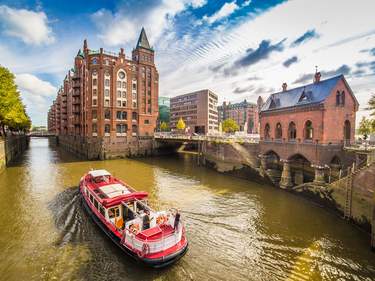
8 days / from 1501 USD
Explore Northern Germany on Your Own
From Bremen to Stralsund - Northern Germany offers plenty of gems to explore. With well-developed public transportation links, this itinerary is suited for everyone wanting to explore on their own - getting lost on the cobble-stoned streets of many UNESCO World Heritage Highlights.
- Germany occupies 357,112 square kilometres territory in Central Europe. It has land borders with nine countries and a coastline of 2389km on the North and Baltic seas.
- Politically, Germany is a parliamentary democracy, with an upper house – the Bundesrat – and a lower chamber, the Bundestag , both in Berlin. The administrative structure is federal, with the sixteen Länder (states) having a high degree of autonomy.
- Germany is the largest economy in the European Union , and it is the world’s largest exporter . As the economic heart of the euro zone it is also home to the headquarters of the European Central Bank .
- With a population of around 82 million, Germany is the most populous nation in the European Union, and it is also among its most densely populated and highly urbanized . The four largest cities are Berlin (3.46 million inhabitants), Hamburg (1.8 million), Munich (1.35 million) and Cologne (1 million).
- Germans DO have a sense of humour and they DO love to sunbathe naked . DON’T feel you can’t mention the war though. Today Germans are avid consumers of their own history, and the Nazi era is picked over exhaustively in TV documentaries, in books, and at the cinema.

Berlin is at the top of the list for places to visit in Germany / © canadastock/shutterstock
Best cities and towns in Germany
For many visitors, one of Germany’s cities will be where to go first. Berlin is genuinely exciting – a metropolis on fast-forward, growing into its rediscovered role as the nation’s capital yet preserving evidence of its sometimes unhappy role in European history.

Many other cities have proud histories as independent city-states or as capitals in their own right: thus, there’s nothing remotely “provincial” about ancient, liberal Cologne , Dresden’s restored Baroque splendour or the proud Bavarian metropolis of Munich . The financial capital, Frankfurt , impresses with its dynamism and international spirit, while Bonn , the former West German capital, charms with its scenic setting and excellent museums.
Elsewhere, chic Düsseldorf and laidback Stuttgart embody aspects of the German economic miracle, while the eastern city of Leipzig fizzes with fresh energy. Mercantile Hamburg looks askance at the rest of the country, maintaining the worldliness of a great port, while Nuremberg evokes the triumphs and tragedies of Germany’s past.
Cultural attractions of capital city-quality are not limited to the bigger cities, and many of the most rewarding places are quite small : the cathedral cities of Bamberg and Regensburg ; the Hanseatic ports of Lübeck , Stralsund and Wismar ; the “Prussian Versailles” of Potsdam ; and micro-capitals like Weimar , Schwerin and Eichstätt .
Germany has university towns as evocative as any: Heidelberg is the most famous, but Freiburg , Marburg and Tübingen are just as charming. As for the spa towns , at their best – in Baden-Baden, Bad Homburg or Wiesbaden – they combine health benefits with turn-of-the-century elegance and lovely natural settings.
Landscape, nature and road-trips in Germany
For a potted digest of Germany’s cultural riches the Romantic Road is deservedly popular, a road journey linking Rococo churches with medieval cities and eccentric royal castles. Other themed “roads” are devoted to fairy tales, half-timbering or wine. Often, the most magical places – a fortress on a crag, a placid village rising above vineyards, an ancient market square of improbable quaintness – await discovery on such routes.
Nor should Germany’s undeniable natural beauty be overlooked. The Bavarian Alps , the Black Forest and the valleys of the Rhine and Mosel have long been celebrated. Still, the talcum-powder softness of Rügen’s beaches , the smart resorts of Sylt and the lonely splendour of Mecklenburg’s lakes have yet to make it onto the international travel agenda. A shame, but great for travellers who like to explore great outdoor places away from the crowd.
One unsung pleasure of a visit to Germany is the opportunity to meet its people . The officious neighbour who complains if you don’t hang your socks out to dry in alphabetical order may not be entirely fictional, but you’re far more likely to be struck by the warmth and open-mindedness of Germany’s people – and particularly its young people. You can have fun testing how liberal a place is by observing how the locals react to the red Ampelmann when crossing the street: the bigger and more laidback the city, the more likely they are to ignore the no-jaywalking rule. In contrast, the sight of upright citizens waiting patiently for the green light despite an absence of traffic as far as the eye can see is still one of the more comic pleasures of small-town Germany.
Discover more places in Germany

- Hesse Travel Guide
- Mecklenburg-Western Pomerania Travel Guide
- Munich and central Bavaria Travel Guide
- Northern Bavaria: Franconia Travel Guide
- North Rhine-Westphalia Travel Guide
- Rhineland-Palatinate and Saarland Travel Guide
- Saxony Travel Guide
- Saxony-Anhalt and the Harz Travel Guide
- The Alps and eastern Bavaria Travel Guide
- The Black Forest Travel Guide
- Thuringia Travel Guide
- World Heritage sites in Germany
- Bremen and Lower Saxony
Germany sport a whopping 46 UNESCO world heritage sites worth your visit. There is a bit for everyone: from places of historical significance and cultural achievements to industrial heritage sites , palaces and castles , the natural beauty of parks and landscapes , whole medieval towns , modern architecture , and even some really obscure listings . If you intend to include some of these sites in your trip to Germany, download a free copy of the Rough Guide to the World Heritage sites in Germany .
The pleasures of travelling to Germany are not only intellectual. The excellence of its beer derives from the sixteenth-century Reinheitsgebot, the world’s oldest food purity law.
Germany’s food culture is traditionally characterized by wholesome but hearty dishes, a vast array of sausages and excellent but calorific cakes. Yet the impact of immigration, travel and increasing culinary ambition has been powerful, and most towns nowadays offer a wide selection of international options, usually including Balkan, Greek, Italian and Turkish. Learn more about food and drink in Germany .
Though the dangers of over-indulgence are ever present, so too is the antidote. The tradition of the Kur or spa visit has endured to a far greater extent in Germany than elsewhere. If you want to unwind in saline or hot springs while travelling in Germany, there are innumerable spa towns up and down the country.
In summer, the nation’s endless forests and mountains play host to hikers and cyclists while the Alps tempt international visitors with an excellent array of downhill ski runs in winter. Find out more about outdoor activities and sports in Germany .

The Black Forest in Germany is popular for hiking, cycling and motorcycle road trips © Funny Solution Studio/Shutterstock
Germany’s wine growers did themselves no favours when, in the 1970s, they responded to growing demand from abroad by exporting the cheapest and worst of what they produced. German wine was saddled for decades with a reputation for poor quality.
All that is now changing. A new generation of wine makers is eschewing high technology, chemicals and the mass market in favour of organic production that reflects the terroir , or soil and climate conditions of the region. It helps that Riesling – Germany’s most popular grape – strongly reflects the conditions in which it has been grown. The result is a resurgence of light, drinkable, dry white wines that range from elegant crispness to the subtly mineral. German wines are increasingly common on wine lists in North America and in parts of Asia, where they match the cuisines well.
Germany’s major wine regions are mostly in an arc that follows the course of the Rhine from the Mosel in the west to Baden in the south. To the east, wine is grown in more challenging climatic conditions in Franconia , Saale-Unstrut and along the Elbe near Dresden.
The 2006 football World Cup was something of a turning point, both with regards to Germany’s image abroad and to its own self-image, rehabilitating the idea of German patriotism for the first time since the war. When football fans descended on cities all over the country, they discovered a friendly, multiethnic and multicultural nation that was, for the most part, at ease with itself, finally happy to fly its own flag in a harmless display of national pride.
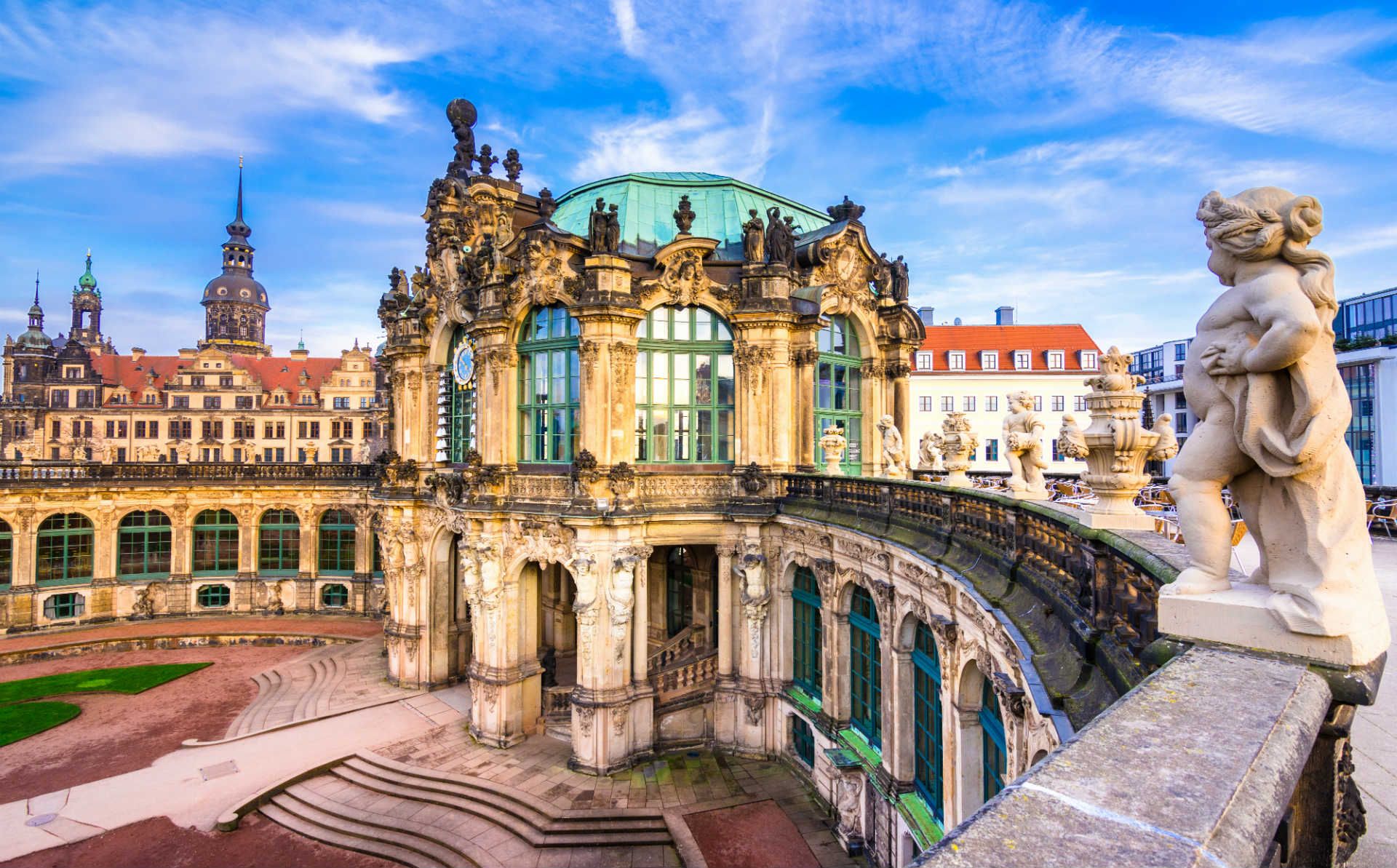
Throughout Germany you will find landmarks of its rich history, like the Zwinger in Dresden - © shutterstock
It’s now three decades since the events of 1989 swept away the Berlin Wall and brought to an uplifting end a turbulent and agonizing century for Germany, ill-served at crucial points in its brief history as a united nation-state by erratic and adventurous rulers who twice led it into disaster. In 1918, as Kaiser Wilhelm II’s vainglorious dream of empire ended in defeat, starvation and revolution; and at the end of World War II, as Hitler’s vile race-war rebounded in terrible fashion on the German people who had chosen him as their leader. There followed a period of forty-five years in which not one Germany but two faced each other across a tense international divide – the so-called Iron Curtain – throughout the years of the Cold War.
Political fragmentation is nothing new in Germany. From the tenth century until the early nineteenth, the Holy Roman Empire provided only a loose semblance of sovereignty over a vast collection of states, and it’s this jumbled history, as much as the country’s varied geography, that explains Germany’s sheer diversity. According to an old German expression, city air makes you free, and for centuries many of Germany’s cities governed themselves without feudal overlords.
In stark contrast was the absolutist yoke of the feudal states , which ranged from substantial kingdoms like Prussia, Saxony or Bavaria to tiny landgraviates and prince-bishoprics. Yet each made its contribution to Germany’s heritage, in the architectural and cultural splendour of many a former Residenzstadt. The Lutheran Reformation and its aftermath left their mark too: northern Germany is predominantly Protestant, the south more Catholic, yet the division is not clear cut. Staunchly Protestant towns alternate with devoutly Catholic ones, while in some places the two traditions share a single church.
Germany’s contribution to the world of classical music is undeniable, and provides a powerful pretext for a visit, whether to experience the glories of the Berlin Philharmonic or of Wagner’s Ring at Bayreuth, or to follow in the footsteps of great composers: Bach in Leipzig, Beethoven in Bonn.

Television tower in Berlin - © shutterstock
Germany’s reputation as the cradle of modernism is also well deserved, and a pilgrimage to the Bauhaus in Dessau or the Weissenhofsiedlung in Stuttgart is sure to please design fans. German modernism was preceded by the older traditions of the Romanesque, Gothic, Renaissance, Baroque and Rococo , each of which left a rich legacy of artistic and architectural treasures.
Germany’s prowess in fine art is less well known, yet from the pioneering realism of Albrecht Dürer to the ethereal Romanticism of Caspar David Friedrich , it’s a powerful tradition that is well worth discovering. Most German cities of any size have excellent art galleries , with Berlin and Cologne hubs of the European contemporary art scene.
Modern architecture in Germany - Reinventing the urban scene
Since reunification, Germany has experienced a rush of high-profile building projects, adding style and excitement to the urban landscape.
Berlin led the way, at times seeming like a perpetual building site. Daniel Libeskind’s Jewish Museum , the government quarter including the Reichstag, and David Chipperfield’s resurrection of the long-ruined Neues Museum all grabbed headlines, while Peter Eisenman’s monument for the murdered Jews of Europe ensures the Holocaust is remembered right at the heart of the capital.
But the action isn’t limited to Berlin. In Düsseldorf , star architects including Frank Gehry transformed a redundant dock into the Medienhafen , a funky setting for some of the city’s best restaurants and bars. In Munich , Herzog & de Meuron’s Allianz-Arena created a new symbol for the city, while a handsome new synagogue and museum reinstated a highly visible Jewish presence. In the Ruhr area , redundant industrial sites have been recycled to create some of Europe’s most original cultural spaces.
The stream of projects shows little sign of abating. Herzog & de Meuron’s extension of Duisburg’s Küppersmühle art gallery perches a translucent cube atop dockside silos, while their audacious design for the Elbphilharmonie in Hamburg places a concert hall above a portside warehouse.
Top image: Neuschwanstein castle © VOJTa Herout/Shutterstock
Travel advice for Germany
From travel safety to visa requirements, discover the best tips for traveling to Germany
- Eating and drinking in Germany
- Travel Tips Germany for planning and on the go
- Culture and Etiquette in Germany
- Getting around Germany: Transportation Tips
- How to get to Germany
- Shopping tips for Germany
- Sports and Outdoor activities in Germany
- Travelling with children in Germany
- Best time to visit Germany
The Rough Guides to Germany and related travel guides
In-depth, easy-to-use travel guides filled with expert advice.

Find even more inspiration here

Planning your own trip? Prepare for your trip
Use Rough Guides' trusted partners for great rates
written by Rough Guides Editors
updated 22.07.2021
Ready to travel and discover Germany?
Get support from our local experts for stress-free planning & worry-free travels.
- Travel advice
- Where to stay
Germany Travel Guide: A Comprehensive Travel Guide to Europe’s Heartland
Welcome to your ultimate Germany Travel Guide! If you’re yearning to explore a nation where history and modernity coalesce, Germany is your go-to destination. This guide aims to be your compass, pointing you to Germany’s must-see sights, hidden gems, and unique experiences. From culinary delights to architectural wonders, we’ve got you covered.
In this comprehensive guide, we’ll take you on a virtual journey through Germany’s iconic landmarks, hidden gems, and unique experiences. Whether you’re a history buff, a foodie, or someone looking for off-the-beaten-path adventures, there’s something in Germany for you. We’ll also provide practical tips on accommodations, budgeting, and safety to ensure you have a smooth and memorable trip.
So, pack your bags (virtually, for now) and get ready to explore Europe’s heartland like never before!
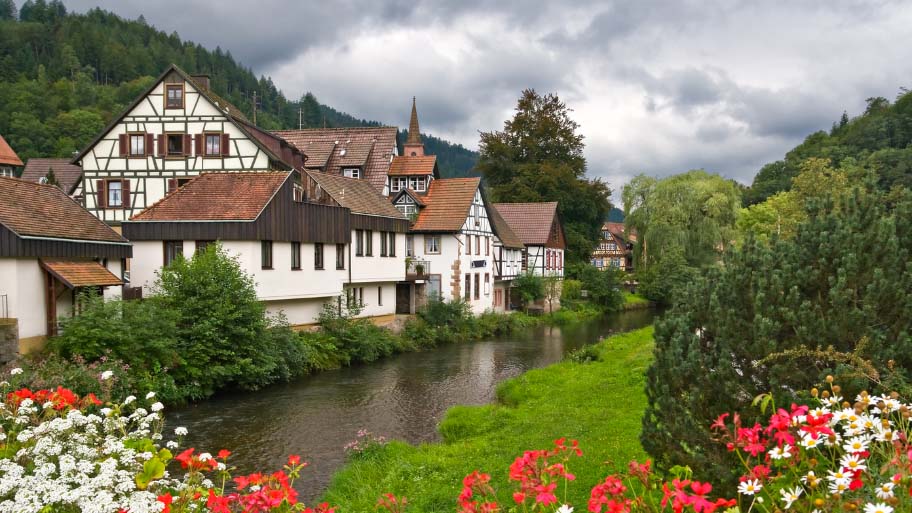
Dive into Deutschland: Why Vacation in Germany
Germany is a land of contrasts, where history and modernity coexist in a fascinating tapestry. From the ancient Roman ruins in Trier to the cutting-edge technology showcased in Berlin’s startup scene, Germany offers a rich blend of the past and the present . This duality makes it a unique destination, appealing to history buffs and tech enthusiasts alike.
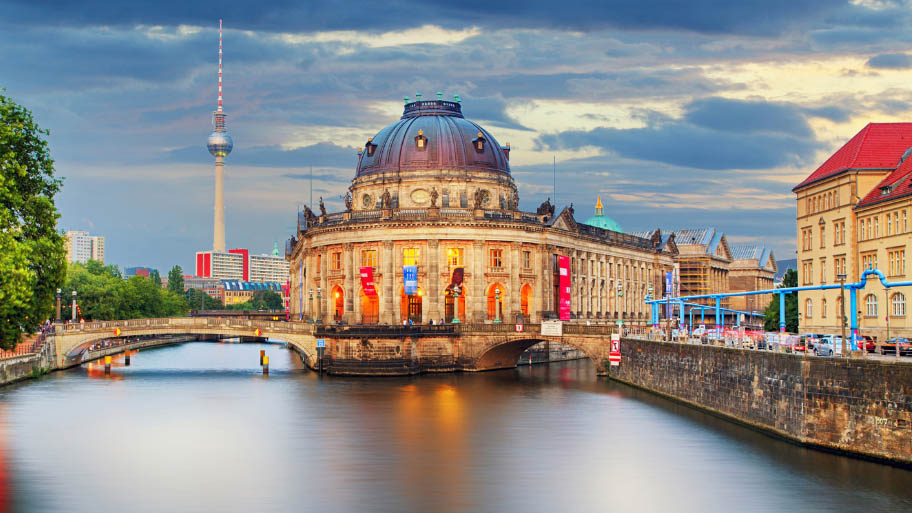
Germany’s Rich Tapestry of Past and Present
The country’s history is a compelling narrative that stretches back millennia. Germany has been the birthplace of great philosophers like Immanuel Kant, groundbreaking scientists like Albert Einstein, and iconic composers like Ludwig van Beethoven. This rich heritage is evident in its museums, art galleries, and historical sites, making it a haven for those who appreciate culture and history.
But Germany is not just about the past. The country is a leader in innovation , boasting some of the world’s most renowned companies like BMW, Siemens, and SAP. Whether you’re interested in automotive engineering or renewable energy, Germany’s modern industries offer a glimpse into the future.
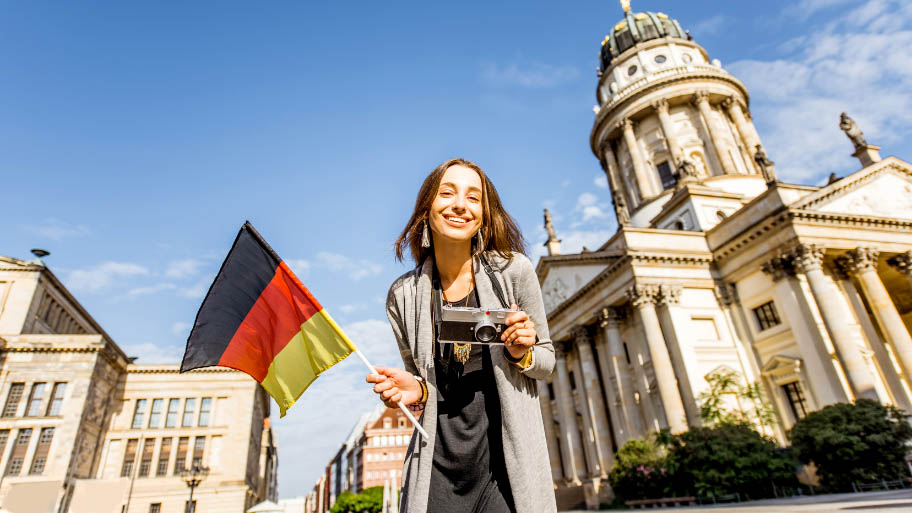
The Influence of Germany in the Modern World
Germany’s role on the world stage is far-reaching and influential. As Europe’s economic powerhouse and one of the top global economies, it holds a significant sway in matters of international governance and finance. The nation’s contributions to the fields of arts, science, and technology further solidify its standing as a multifaceted leader.
Moreover, Germany is at the forefront of eco-friendly initiatives . Through programs like Energiewende , the country is setting benchmarks in the use of renewable energy sources and efforts to combat climate change. This dedication to green practices makes Germany an appealing destination for travelers who prioritize sustainability.
Must-See Attractions: From Urban Jungles to Fairy Tale Castles
Germany is a treasure trove of iconic landmarks that capture the essence of its rich history and vibrant culture. From the bustling streets of Berlin to the tranquil landscapes of Bavaria, each region offers its own set of must-see attractions.
Iconic Landmarks of Germany
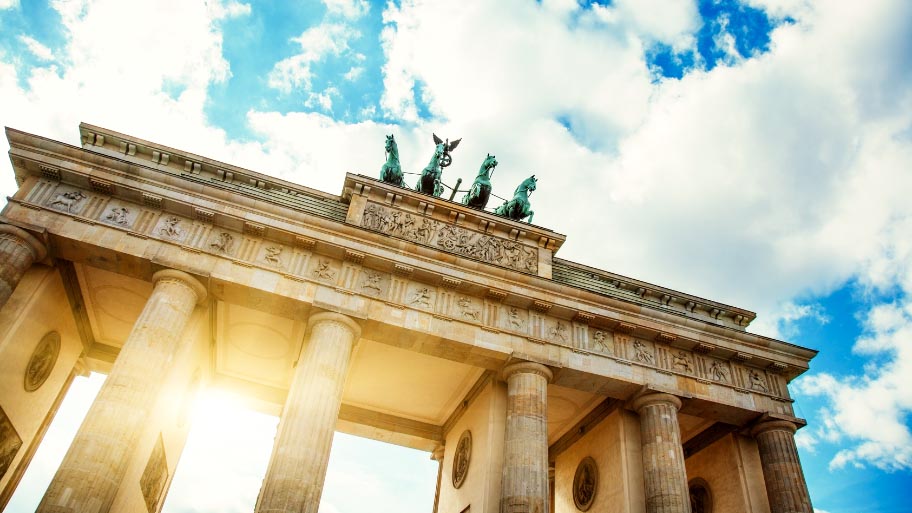
Brandenburg Gate, Berlin: A Neoclassical Symbol of Unity and Peace
The Brandenburg Gate is more than just an architectural marvel; it’s a symbol of Germany’s tumultuous history and its unification. Built in the 18th century, this neoclassical gate has witnessed everything from the rise and fall of empires to the tearing down of the Berlin Wall. Today, it stands as a beacon of peace and unity, drawing millions of visitors each year. The Gate is often the focal point for public gatherings and celebrations, especially New Year’s Eve, making it a living, breathing emblem of Berlin’s spirit.
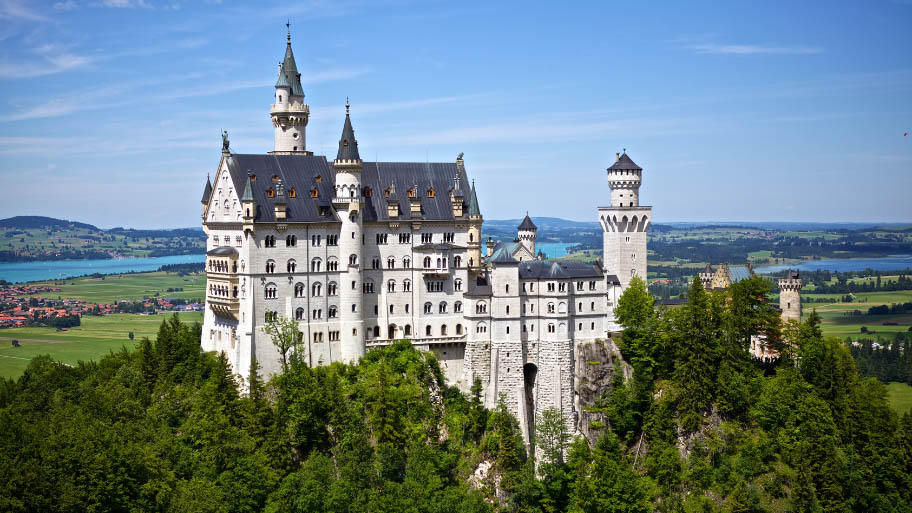
Neuschwanstein Castle, Bavaria: The Enchanting Fairy-Tale Castle that Inspired Disney
Nestled in the Bavarian Alps, Neuschwanstein Castle looks like it’s been lifted straight out of a fairy tale. Commissioned by King Ludwig II, this 19th-century palace served as the inspiration for Disney’s Cinderella Castle. With its turrets, frescoes, and stunning alpine backdrop, Neuschwanstein is a dream come true for romantics and history enthusiasts alike. The castle’s interior is equally captivating, featuring intricate wood carvings and magnificent murals that depict scenes from Richard Wagner’s operas.
Hidden Treasures: Exploring the Lesser-Known
Germany is not just about its famous landmarks; it also has a wealth of lesser-known spots that offer unique experiences.
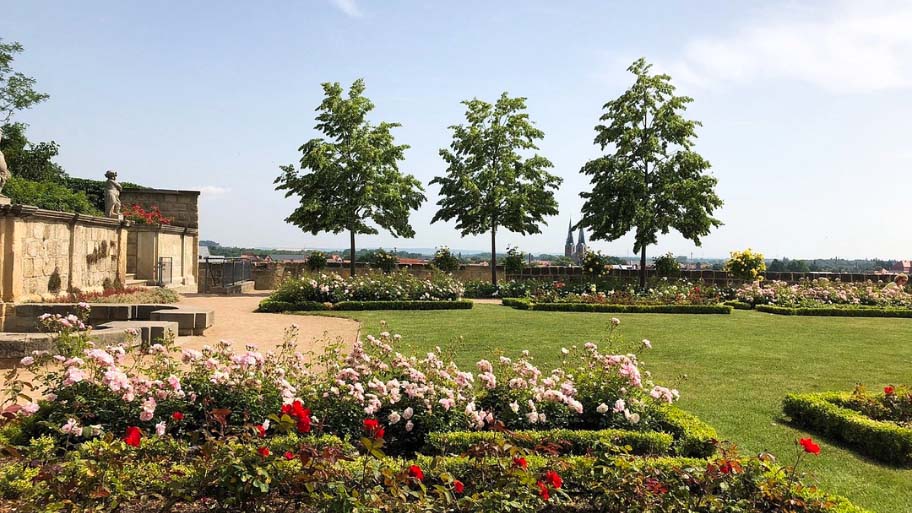
Quedlinburg, in the state of Saxony-Anhalt: A Time Capsule of Medieval Architecture
Step back in time as you wander through Quedlinburg, a UNESCO World Heritage town renowned for its well-preserved, timber-framed buildings, some of which have been standing since the 16th century. This charming town offers a different perspective on Germany, one that’s far removed from the usual tourist trails. Interestingly, Quedlinburg has a long history of being governed by women, spanning over eight centuries, making it a fascinating stop for those interested in both history and gender studies.
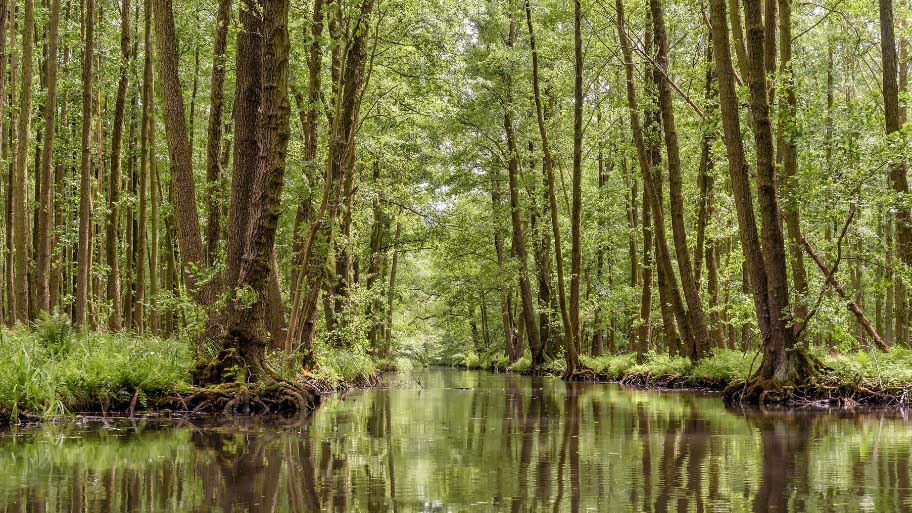
Spreewald, Brandenburg: A Serene Biosphere Reserve with Meandering Waterways and Traditional Villages
Spreewald offers a tranquil escape from the hustle and bustle of city life. This biosphere reserve is a labyrinth of waterways, forests, and traditional villages. Visitors can explore the area by paddleboat or canoe, and even sample the region’s famous pickles, made from cucumbers grown in the Spreewald’s fertile soil. The reserve is also home to a unique Slavic minority, the Sorbs , who maintain their own language and traditions, adding a unique cultural layer to your visit.
Germany offers an array of must-see attractions that cater to all kinds of travelers. Whether you’re a history buff, a nature lover, or someone looking for off-the-beaten-path experiences, Germany has something for you. And the best way to explore these iconic landmarks and hidden gems is with a travel partner who knows Germany inside and out. That’s where Allied Travel comes in. With years of experience and a deep understanding of what Germany has to offer, Allied Travel can customize your trip to include these must-see attractions and much more. Don’t just visit Germany—experience it to the fullest with Allied Travel.
READY TO BOOK THE PERFECT TRIP?
We never charge you a fee just to meet with us!
Unique German Experiences: Beyond Beer and Bratwurst
Germany is a land of contrasts, where centuries-old traditions coexist with modern innovation. But what truly sets it apart are the unique experiences that go beyond the stereotypical beer and bratwurst. In this section, we’ll delve into the cultural festivals and culinary delights that make Germany a one-of-a-kind destination.
Cultural Festivals and Traditions

Oktoberfest, Carnival, and Christmas Markets
Germany is a country that loves to celebrate, and its festivals are the epitome of cultural immersion. Oktoberfest is perhaps the most famous, drawing millions to Munich for a 16-day extravaganza of beer, bratwurst, and Bavarian music. But it’s not just about the beer; it’s a celebration of Bavarian culture and a testament to German craftsmanship, from the meticulously crafted beer steins to the intricate designs of the festival tents.
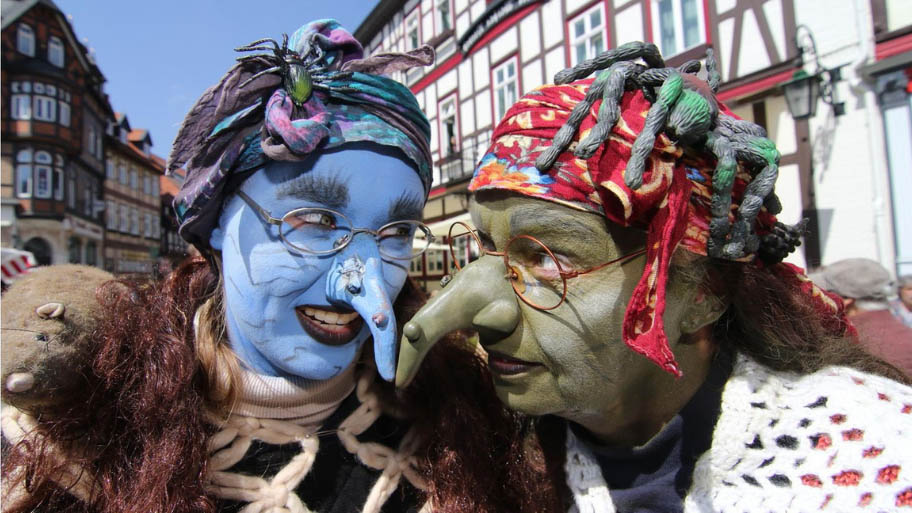
Lesser-Known Festivals Worth Experiencing
Beyond the well-known festivals, Germany offers a plethora of lesser-known but equally enriching experiences. Take the “Walpurgisnacht,” a traditional spring festival that celebrates the end of winter with bonfires and dances. Or the “Weinlesefest,” a wine harvest festival where you can partake in grape picking and wine tasting, offering a unique insight into Germany’s renowned wine culture.
Local Cuisine

Must-Try Foods and Drinks in Germany
Germany’s culinary landscape extends well beyond its iconic bratwurst and brews. Be sure to sample “Kartoffelsalat,” a distinct take on potato salad, and “Sauerbraten,” a pot roast that holds a special place in German cuisine. For those with a sweet tooth, the “Black Forest Cake,” featuring layers of chocolate, whipped cream, and cherries, is an absolute delight. On the beverage front, Germany offers more than just its renowned beers. Don’t miss “Eiskaffee,” a delicious fusion of coffee and ice cream, and “Apfelschorle,” a fizzy apple juice concoction that’s incredibly refreshing.

Regional Specialties and Where to Find Them
Each region in Germany has its own culinary specialties. In Bavaria, you’ll find “Weisswurst,” a traditional white sausage usually eaten as a snack. In the northern regions, “Fischbrötchen,” or fish sandwiches, are a popular local treat. And if you find yourself in the Rhineland, don’t miss the “Reibekuchen,” a type of potato pancake often served with apple sauce. These regional dishes offer a deeper understanding of Germany’s diverse culinary landscape and are often best enjoyed in local eateries, away from the tourist crowds.
So, if you’re looking to experience Germany beyond the beer halls and sausage stands, you’re in for a treat. From the vibrant festivals that celebrate the seasons to the regional dishes that tantalize your taste buds, Germany offers a rich tapestry of experiences that are as diverse as they are unforgettable. Don’t just visit Germany; immerse yourself in it.
Best Places to Stay: Top Accommodations for Every Budget
Whether you’re a luxury traveler or a budget-conscious explorer, Germany has a wide range of accommodations to suit every need and preference. From opulent hotels in bustling cities to cozy bed and breakfasts in quaint towns, here’s your guide to the best places to stay in Germany.
Luxury Hotels and Cozy B&Bs
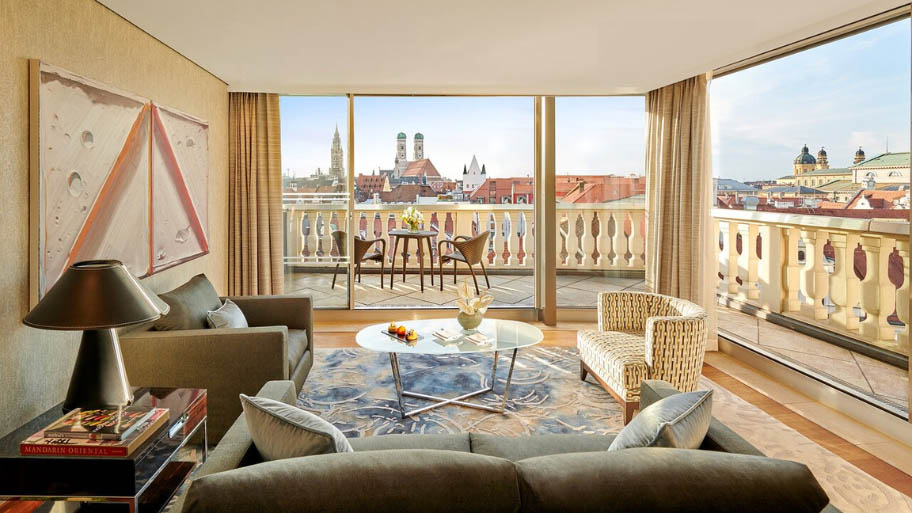
Recommendations for Comfort and Convenience
For those who prefer the finer things in life, Germany’s luxury hotels offer unparalleled comfort and convenience. Cities like Berlin, Munich, and Frankfurt are home to world-renowned hotels like the Adlon Kempinski, the Mandarin Oriental , and the Ritz-Carlton . These establishments offer top-notch amenities, including spa services, gourmet dining, and concierge services that will make your stay truly memorable.
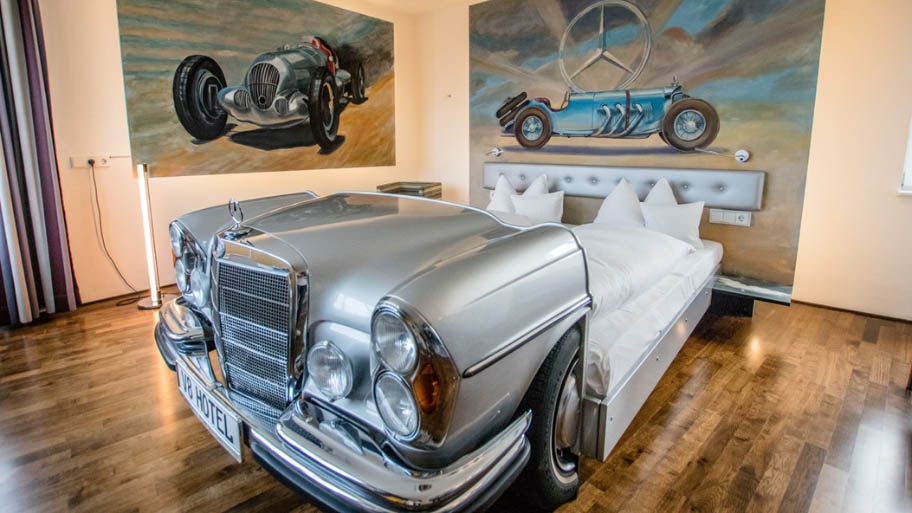
Unique Luxury Stays in Germany
If you’re looking for something a little different, Germany also offers unique luxury stays. Consider booking a room at the V8 Hotel in Stuttgart , where each room is car-themed, or the Propeller Island City Lodge in Berlin , an art-inspired hotel where each room offers a different experience. These unique accommodations provide not just comfort but also a story to tell.
Budget Stays: Cheapest Cities in Germany to Visit
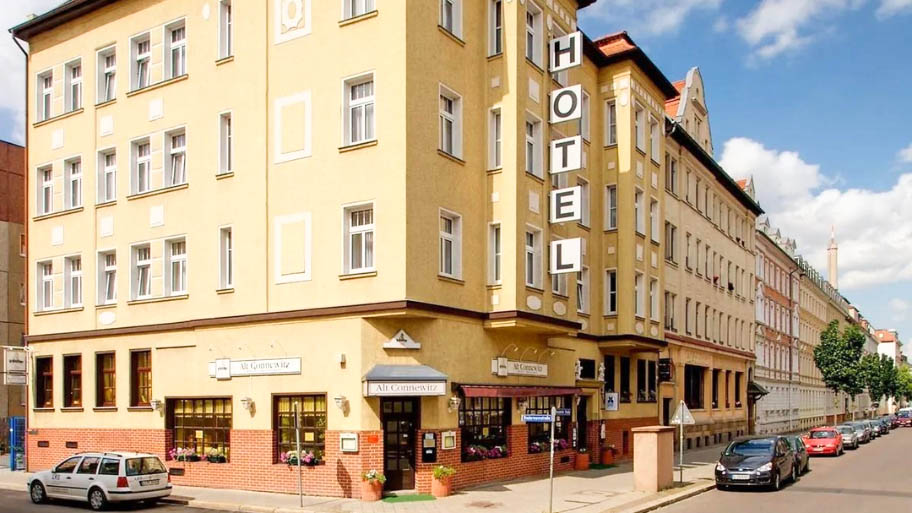
Stretching Your Euro Further
Traveling on a budget? No worries! Cities like Leipzig , Dortmund , and Nuremberg offer affordable accommodations without compromising on quality. Hostels and budget hotels in these cities often provide free Wi-Fi, breakfast, and even walking tours, allowing you to stretch your Euro further.
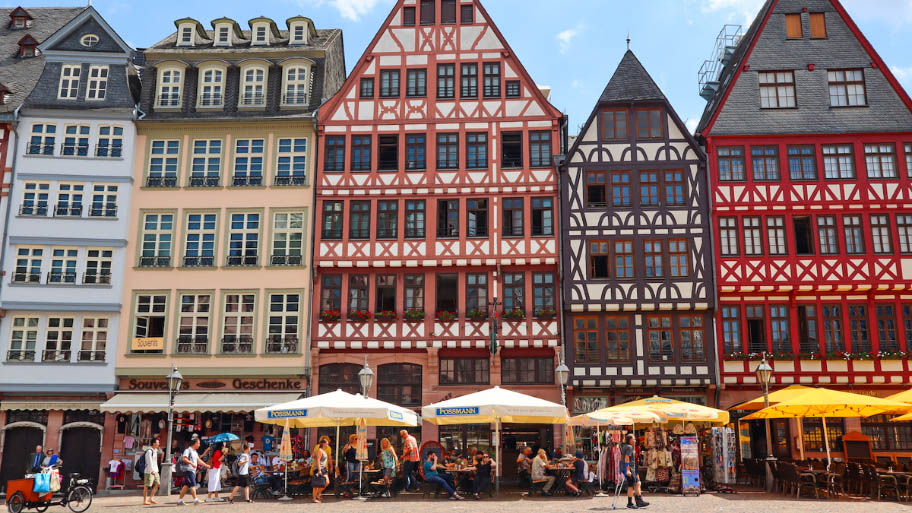
Best Hostels and Budget Hotels
For the budget-conscious traveler, Germany has a plethora of hostels and budget hotels that offer great value for money. The St. Christopher’s Inn Hostel in Berlin , for example, is known for its vibrant atmosphere and central location. Similarly, the Five Elements Hostel in Frankfurt offers a social experience with its communal kitchen and regular events.
Whether you’re splurging on a luxury getaway or pinching pennies on a backpacking trip, Germany’s diverse range of accommodations ensures that you’ll find the perfect place to rest your head. Ready to book your dream accommodation in Germany? Contact Allied Travel to find the best deals and personalized travel packages tailored just for you.
Budgeting Your Germany Trip: Navigating Costs Efficiently
Embarking on a German adventure is thrilling, but figuring out the financial aspects can be a bit overwhelming. Whether you’re an experienced globetrotter or setting foot in Germany for the first time, having a clear grasp of the expenses can enhance your travel experience. This guide aims to provide you with a thorough understanding of how to manage your budget effectively.
Average Costs for Food, Travel, and Accommodations
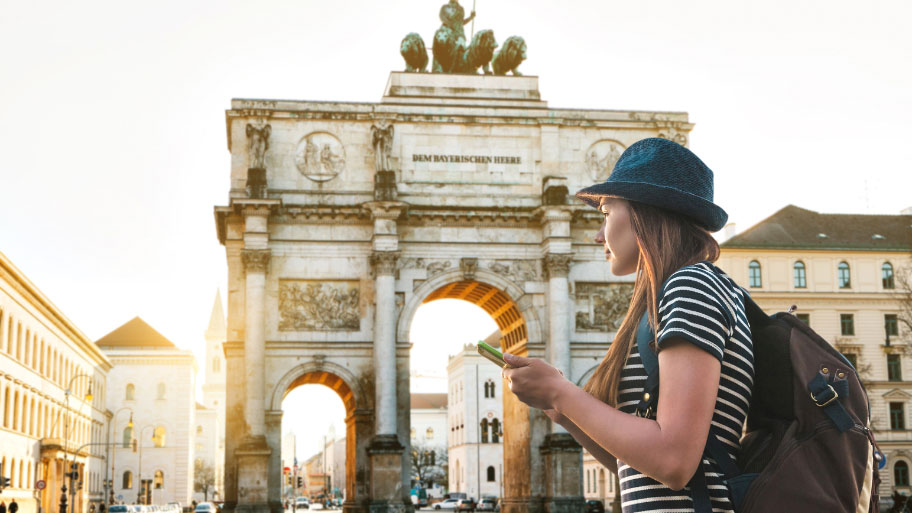
Tips for Economical Traveling to Germany for the First Time
If Germany is on your travel radar for the first time, having a general idea of potential expenses is crucial. Typically, daily expenditures can range from €50 to €100, encompassing meals, transportation, and lodging. This estimate can fluctuate based on your travel preferences. For those on a tight budget, daily costs could be as low as €30 if you choose economical options like hostels and affordable dining. On the other hand, if you’re inclined toward a more luxurious experience, you might find yourself spending more than €200 per day.
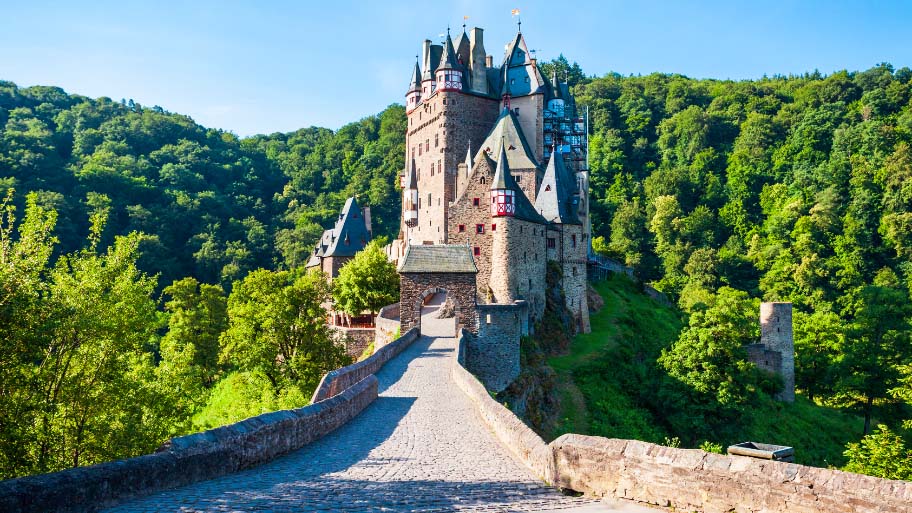
Cost Comparison: Germany vs Other European Destinations
In terms of affordability, Germany often outperforms other European nations such as France or the United Kingdom. For example, dining at a moderately priced restaurant in Germany is likely to set you back about €20, while a similar experience in Paris could cost you €30. Additionally, accommodation expenses are usually more economical in Germany, making it a compelling choice for travelers mindful of their budget.
Germany Travel Tips: Saving Money and Time
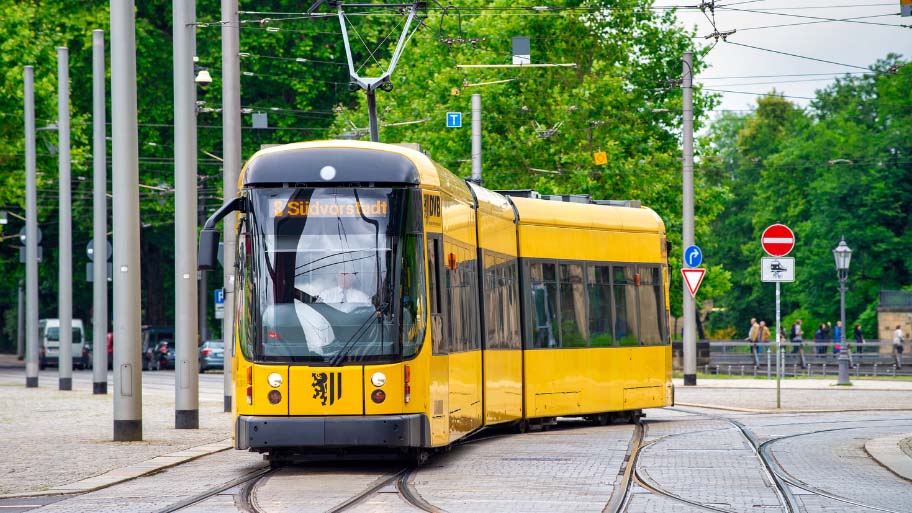
Utilizing Public Transportation and Local Insider Info
To make the most of your budget in Germany, taking advantage of the public transit system is key. Germany boasts a cost-effective and well-organized network of buses, trams, and trains. Investing in a day ticket or a city-specific travel card can offer you unlimited rides and substantial savings. Additionally, tapping into local wisdom can be invaluable; residents usually have the inside scoop on the most affordable dining, shopping, and sightseeing options.

Money-Saving Apps and Resources
In today’s digital age, there are numerous apps and resources designed to help you save money. Apps like “DB Navigator” for public transportation and “Too Good To Go” for discounted food can be lifesavers. Websites like Skyscanner and Booking.com can also help you find the best deals on flights and accommodations.
Budgeting for your German getaway needn’t be stressful. With some foresight and the proper tools at your disposal, you can relish Germany’s wonders without straining your wallet. Allied Travel takes pride in equipping our clients with savvy budgeting insights, guaranteeing a travel experience that’s both unforgettable and economical. So why delay? Allow Allied Travel to steer you through your inaugural or subsequent journey to Germany!
Safety Tips for Traveling in Germany
Traveling to Germany is generally safe, but like any other destination, it’s essential to be prepared and informed. Whether you’re a solo traveler or visiting with family, knowing the basics of safety can make your trip more enjoyable and secure. Here’s what you need to know:
Important Emergency Numbers and Safety Precautions

General Safety Tips
In Germany, the emergency number for police is 110 , and for medical emergencies, it’s 112 . It’s advisable to have these numbers saved in your phone. Always keep a copy of your identification and travel documents in a separate location from the originals. When using public transport or visiting crowded places, be aware of your surroundings to avoid pickpocketing.

Health and Travel Insurance Recommendations
Before traveling, it’s crucial to have comprehensive travel insurance that covers medical emergencies, including COVID-19 related issues. Check if your policy includes repatriation in case of severe illness or injury. If you’re an EU citizen, the European Health Insurance Card (EHIC) will cover you for most medical services, but it’s still advisable to have additional coverage.
Safety Measures for Solo and Female Travelers
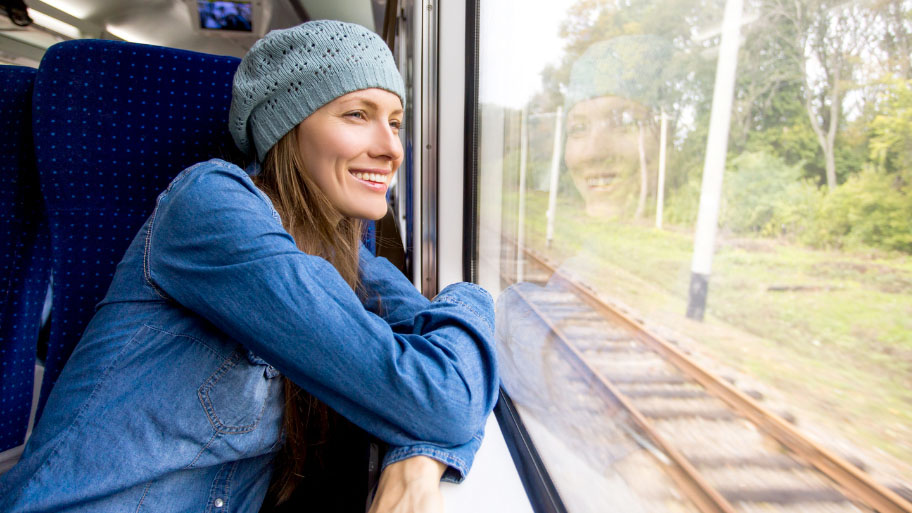
Personal Safety Essentials
Germany is widely regarded as a secure location for both solo and female voyagers. That said, vigilance is key. Steer clear of dimly lit or isolated spots when walking unaccompanied after dark. Make it a point to share your daily plans with someone you trust, and carry a backup power source for your mobile phone.

Cultural Norms and Respect
Understanding the cultural norms can also contribute to a safer experience. For example, jaywalking is frowned upon, and you could be fined. Also, it’s considered rude to snap your fingers to get someone’s attention; instead, a simple “Excuse me” will suffice.
Safety in Different Regions
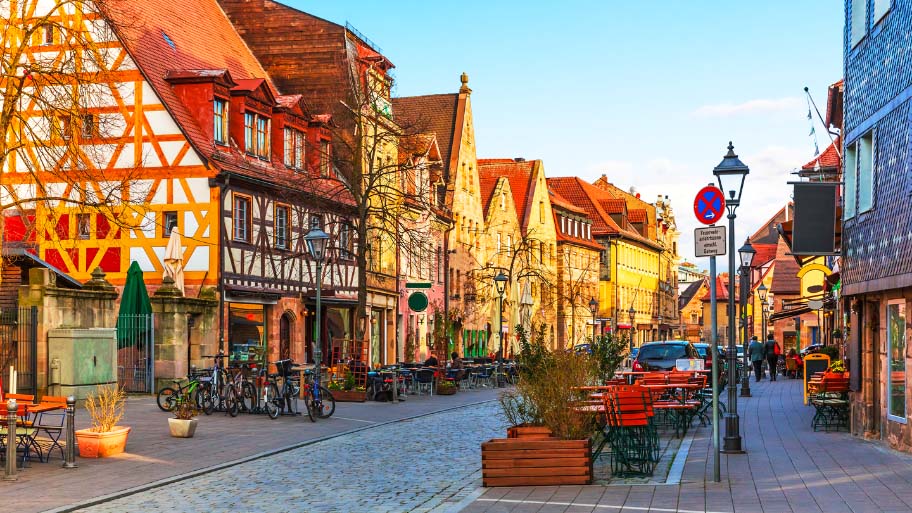
Urban vs Rural Safety
Cities like Berlin and Munich are generally safe, but petty crimes like pickpocketing can occur, especially in touristy areas. Rural areas are typically safer, but it’s always good to be cautious. If you’re hiking or participating in outdoor activities, make sure you have the right gear and are aware of the weather conditions.
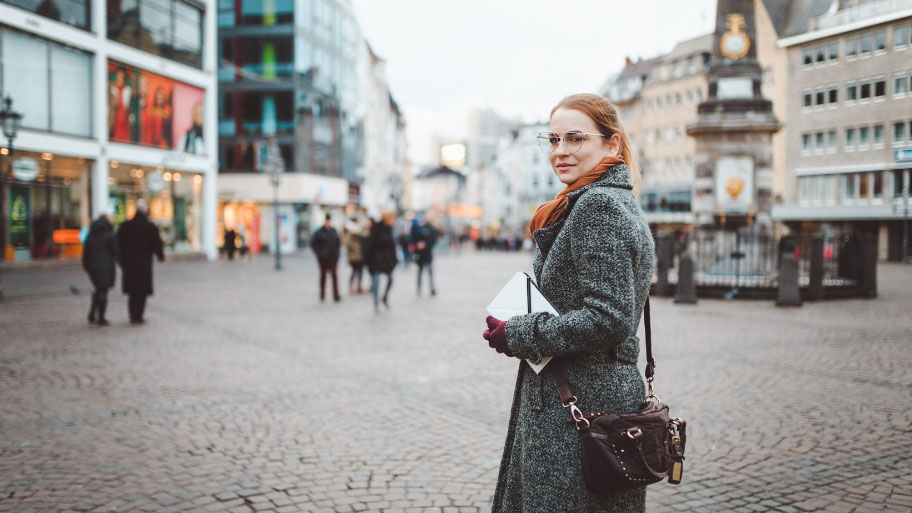
Seasonal Safety Tips
During winter, be prepared for icy conditions, especially if you’re driving. In summer, heatwaves can occur, so stay hydrated and take necessary precautions against sunburn.
Allied Travel’s Commitment to Your Safety
Your safety is our top priority at Allied Travel. We provide our clients with up-to-date information on safety measures and local laws. Our travel packages include options for comprehensive travel insurance, and we’re always available for support during your trip.
So, if you’re planning your German adventure, don’t just think about the castles and beer gardens. Consider your safety and well-being to make your trip truly memorable. Allied Travel is here to guide you every step of the way, ensuring a journey that’s as safe as it is exciting. Ready to embark on a worry-free German escapade? Let Allied Travel be your trusted guide.
FAQs: Frequently Asked Questions
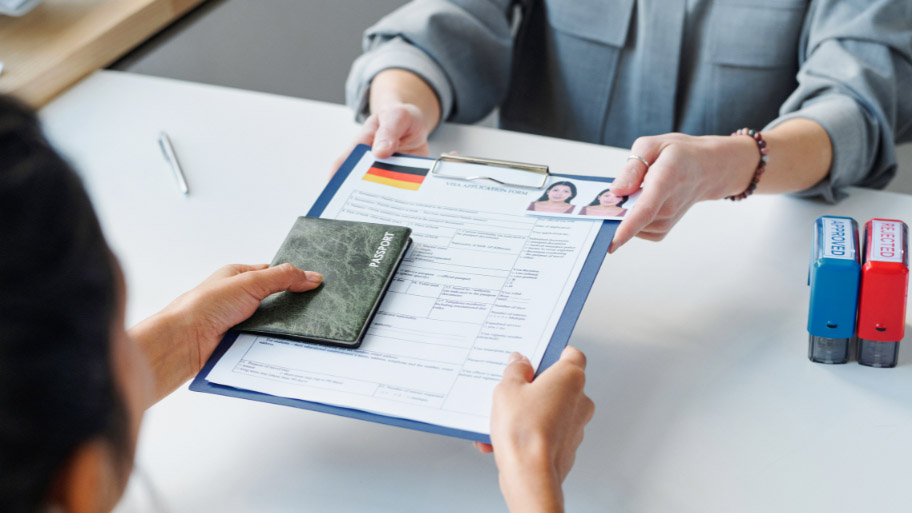
Visa Requirements and Entry Conditions
A common query among tourists pertains to the visa protocols for Germany. For those hailing from countries within the Schengen Zone, short-term visits typically don’t necessitate a visa. On the other hand, if you’re coming from a country outside the Schengen Area, visa requirements can vary based on the length and intent of your stay. Always consult up-to-date, authoritative information to understand the visa prerequisites. Allied Travel is here to guide you through the complexities of the visa application, making your entry into Germany as seamless as possible.
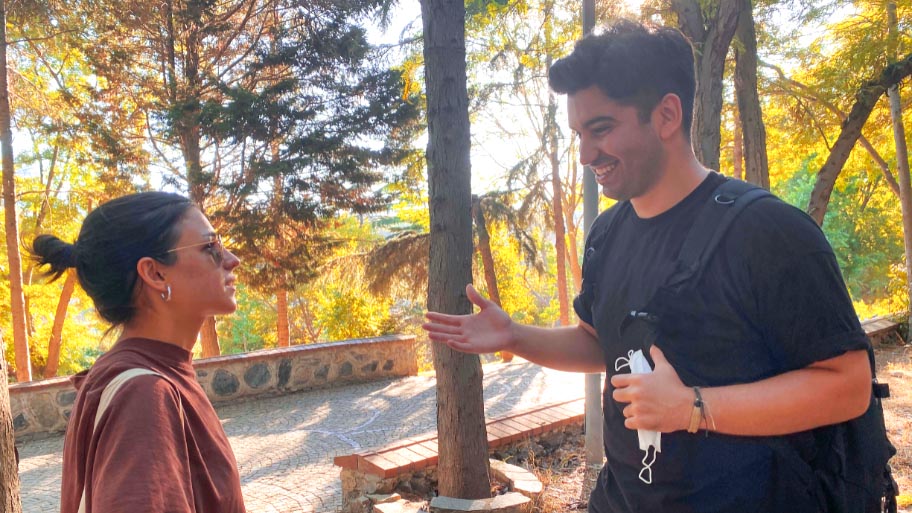
Common Language Barriers and How to Overcome Them
Although English is generally understood in Germany’s major cities and tourist hotspots, you might face some language challenges in less urbanized areas. Familiarizing yourself with essential German expressions can significantly enhance your travel experience. Translation apps on your smartphone can also be invaluable when you find yourself in a pinch language-wise. Here are some basic German words to help you out: “Hallo (Hello), “Danke” (Thank You), “Bitte” (Please), and “Entschuldigung” (Excuse Me).
Allied Travel equips its travelers with a useful language guide, so you’re always prepared to communicate effectively throughout your journey in Germany.
Unveil the Wonders of Germany: Your Next Chapter Awaits with Allied Travel!
Germany offers a kaleidoscope of experiences, from its deep-rooted history and vibrant cultural events to its varied gastronomic offerings and cost-effective travel solutions. Whether you’re an individual explorer, a culinary aficionado, or someone keen on venturing into Germany’s hidden gems, this country has something to cater to every taste. While Germany is generally a safe destination, it’s prudent to stay alert and follow essential safety guidelines. Language differences may pose challenges, but they’re surmountable with some initiative and the appropriate tools.
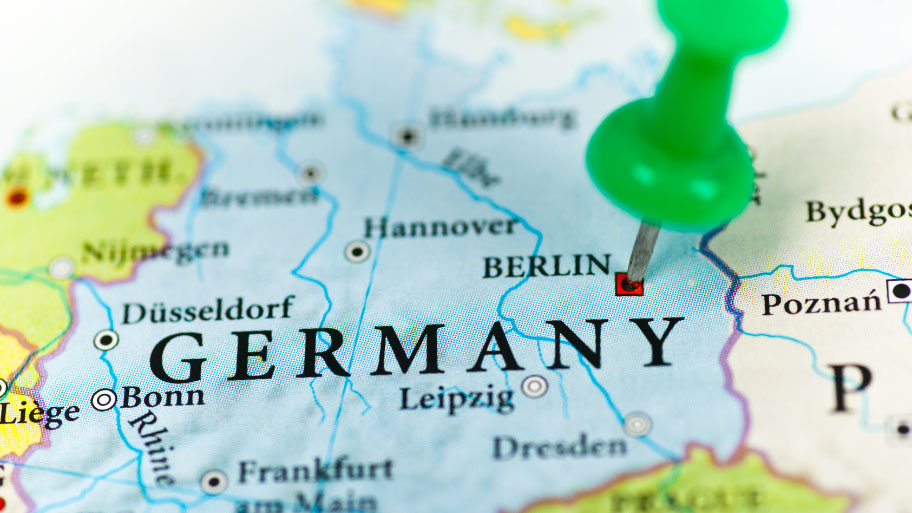
Allied Travel is committed to providing you with a seamless and enriching travel experience. We offer comprehensive guides, insider tips, and personalized services that cater to your unique travel needs. From visa assistance to budgeting advice, we’ve got you covered every step of the way.
So, what are you waiting for? Embark on a memorable journey through Germany, where every city is a new chapter and every experience a story worth telling. Let Allied Travel be your guide to this incredible destination, ensuring a trip that’s as cost-effective as it is unforgettable.
Share This Story, Choose Your Platform!
Related posts.
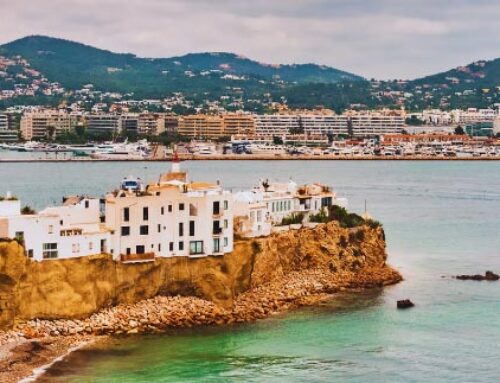
The Best Cruises in Spain: Royal Caribbean, Disney, and Princess
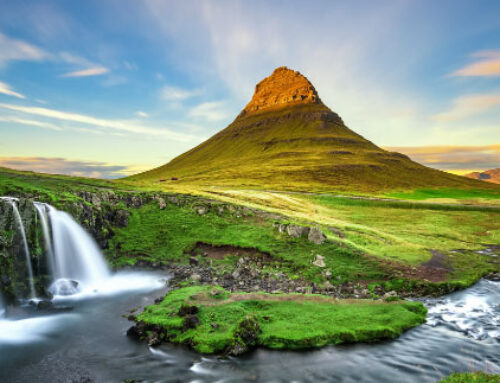
Iceland Travel Guide: Chasing Northern Lights and Natural Wonders
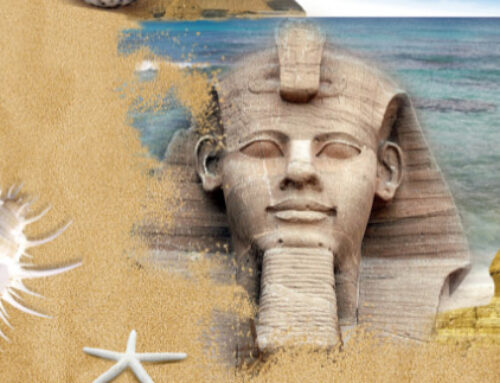
Egypt Travel Guide: Beyond the Pyramids and Sphinx
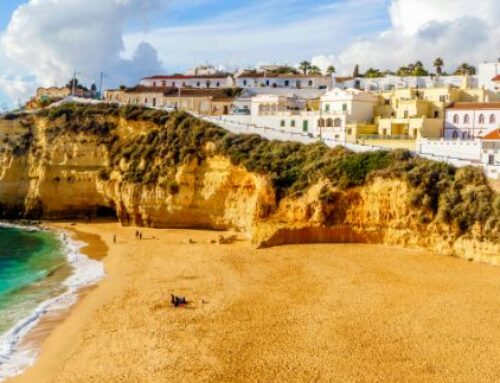
Portugal Travel Guide: Exploring the Hidden Gems
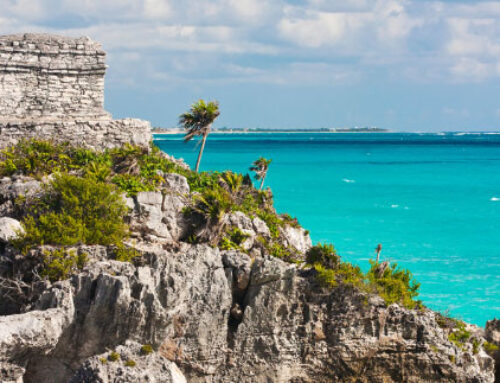
Mexico Travel Guide: Discover the Best of Mexico

Germany Travel Guide
Looking for an in-depth Germany travel guide ?
Then you’re in the right place!
Planning your Germany travel itinerary but not sure where to start? We’ve got you covered!
There’s so much to see in this country of 83 million people.
From big cities to little Alpine villages, you’ll find that Germany is rich in culture, history, and natural splendors. In this Germany tourist guide, we’ll be sharing some of the best highlights with you.
If you’re wondering where to go in Germany, the cities are a great place to start. Destinations like Berlin, Munich, Hamburg, and Frankfurt all offer something different, from modern architecture and 24/7 nightclubs to historic churches and cobblestone streets.
Of course, some of the best places to go in Germany are the smaller cities and towns. Leipzig , for example, is just a short train ride from Berlin. Johann Sebastian Bach’s former home is full of history, classic German architecture, and art galleries.
The small towns in the Bavarian Alps also offer idyllic experiences and enough space to really see the stars at night. Again, if you’re wondering how to travel Germany, there’s no one way to do it!
The country’s modern transportation system and its central location make it easy to travel to Germany from other European destinations . The country is well-connected to its neighbors by rail and inexpensive flights from nearby countries are easy to find.
A Eurail Pass is also a great option for backpackers who want a little flexibility, particularly those who qualify for youth fares (ages 12-27). Keep all your options in mind as you plan a trip to Germany.
Keep reading to dive into resources that will help you with planning a trip to Germany in Western and Central Europe.
Note: This guide to Germany travel contains affiliate links to trusted partners!

Germany Map
Use this Germany travel map to begin planning your trip to this incredible country!
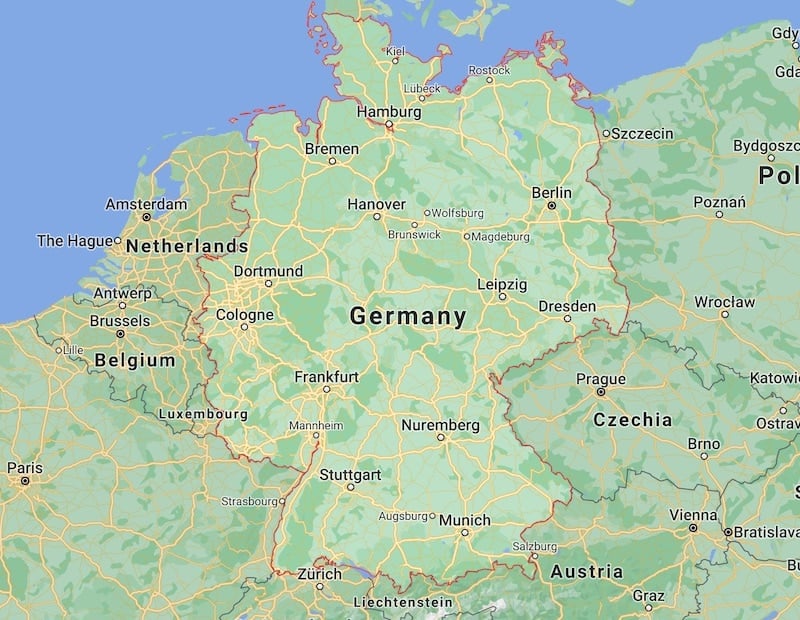
Click here for an interactive Google Map version of the above graphic.
Planning A Trip To Germany Itinerary Resources
If you’re looking for a helpful travel guide for Germany , check out:
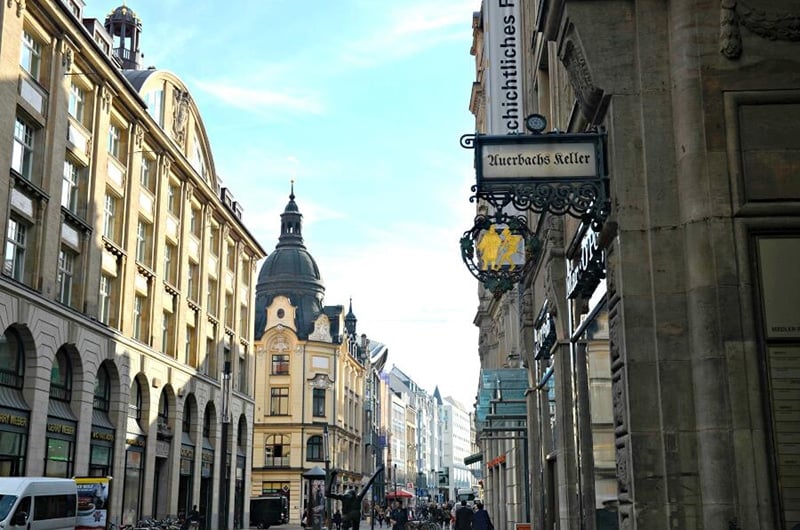
Leipzig: A Must-Have Day Trip From Berlin, Germany
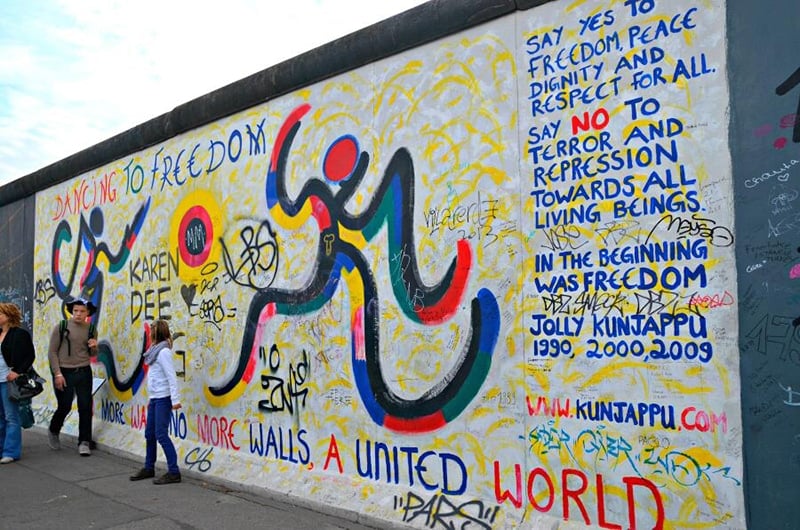
Exploring Germany’s Berlin Wall History, 25 Years After The Fall
Best Things To Do In Germany
Wondering what to do in Germany ? The following guides can help! The experiences shared are highlights of any Europe travel itinerary !

10 Amazing Offbeat Things To Do in Germany

How The Berlin Marathon Showed One Traveler That We’re All In This Race Of Life Together
Germany Travel Tips
This Germany travel advice can help you plan the perfect trip!
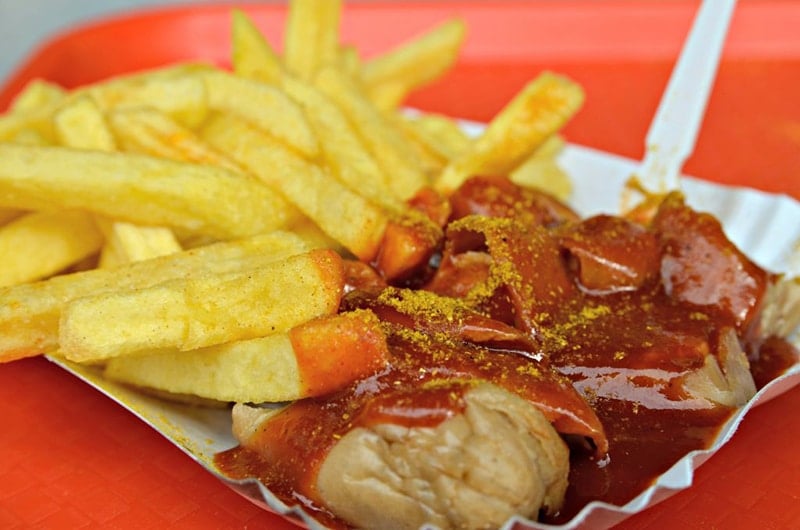
10 Reasons Why Germany Should Be Your Next Trip
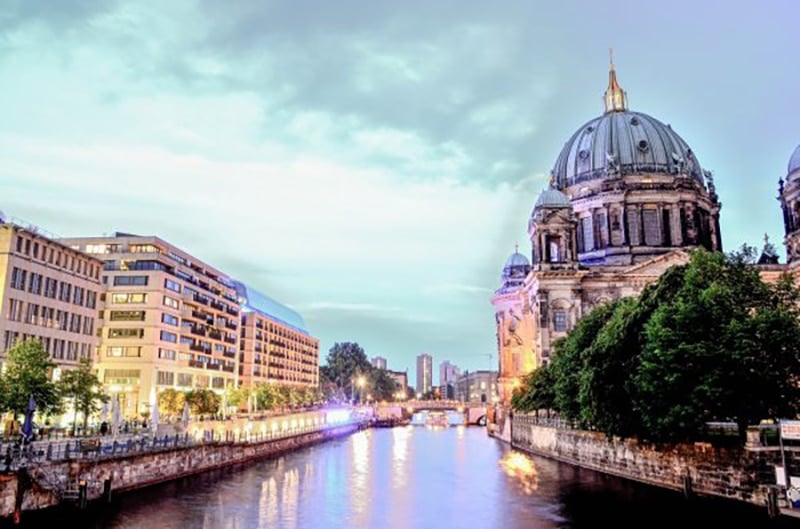
10 Tips for Traveling Berlin On A Budget
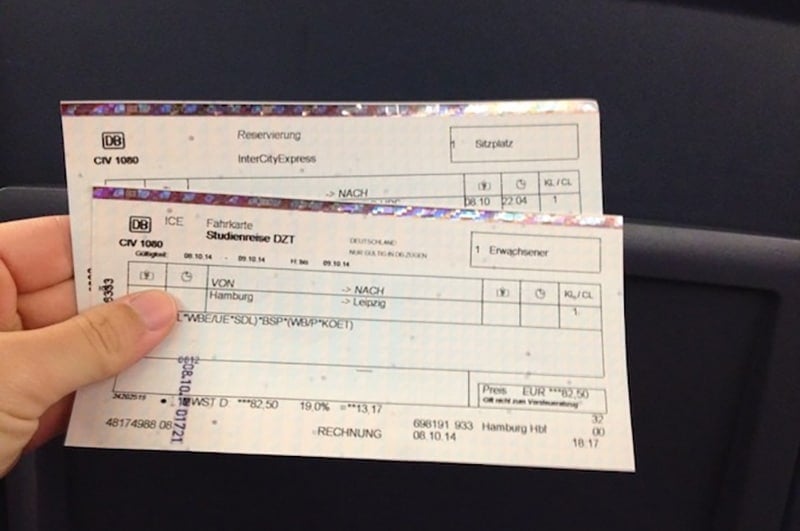
17 Essential Germany Transportation Tips For Travelers
Top Guided Tours In Germany
Explore local culture with a Germany tour guide through these unique excursions:
- Bavarian Schnitzel Cooking Class in Oberaudorf Farmhouse (Oberaudorf)
- Neuschwanstein Castle and Linderhof Palace Day Tour (from Munich)
- Cologne City Tour Experience cathedral city on the Rhine (Köln)
- Best of Bohemian and Saxon Switzerland Day Trip (from Dresden)
- Bavarian Beer and Food Evening Tour (Munich)
- 3-Hour Berlin Highlights Tour (Berlin)
Renting A Car In Germany
Need a rental car for your Germany trip?
Use Discover Cars to quickly compare your car rental options.
Germany Train Travel
Getting around Germany by train, bus, or ferry?
Omio is a must! I use this tool for all of my public transportation needs when traveling Europe.
The site is straightforward and user-friendly — and you can pre-book your tickets in advance at a discount.
They even offer flight and car deals!
Germany Hotels
Click here to browse hotels in Germany!
Prefer self-contained stays?
Click here to check out unique local apartments and rentals!
You can also use this map to search for local stays and experiences:
Germany Travel Insurance
It doesn’t matter if you’re traveling solo or with a group on a Germany tour. When visiting Germany — or any other country in the world — make sure to get travel insurance to protect your health and safety.
In my opinion, the best travel medical insurance for travelers is SafetyWing as they’ve got a large network and offer both short-term and long-term coverage — including coverage if you’re traveling for months as well as limited coverage in your home country).
Additionally, SafetyWing is budget-friendly and offers $250,000 worth of coverage with just one low overall deductible of $250.
With coverage, you’ll have peace of mind as you embark on your Germany itinerary.
Click my referral link here to price out travel insurance for your trip in just a few clicks .
Germany Travel Guide FAQ
Below, find answers to frequently asked questions about traveling in Germany .
Q: What are the best places in Germany for tourists?
Germany offers something for every kind of traveler, so your destination really depends on the kind of trip you want to have.
Looking to party until the wee hours of the morning and visit historic sites from World War II and the Cold War? Head to the capital city of Berlin .
Visiting during Oktoberfest or want to experience the famed German Christmas markets? Munich is the place to be.
Want to take in world-class concerts and wander along canal-side streets? Head to Hamburg.
Not much of a city slicker? Germany has plenty of open space for you to enjoy.
The Black Forest in the Baden-Württemberg region features iconic natural sights and is an excellent spot for hiking. The area is also home to many thermal baths in resort towns like Baden-Baden where you can relax in the natural curative spring waters.
And for those looking for the storybook Bavarian experience, a trip to Neuschwanstein Castle is an absolute must!
This 19th-century romantic castle in the Bavarian Alps has inspired many an artist, including Walt Disney, who modeled Sleeping Beauty’s castle at Disneyland after the iconic home.
Q: What are the best ways to travel cheaply in Germany?
There are many ways to stretch your budget while visiting Germany. First off, be mindful when choosing your travel dates. Prices tend to be higher and travel destinations are usually busier around the German public school holidays and major trade fairs in certain cities, so check local school schedules and event calendars before booking your trip.
Try to book your trip for the shoulder seasons; for example, if you’re planning a summer getaway, try to book in June or September which are still warm but not quite as busy.
If you’re planning to travel around Germany by train , be sure to book directly with Deutsche Bahn, the German rail service. Third-party retailers tend to tack on extra fees. You can also order a rail pass here for more flexible travel options. The sooner you book, the better — fares tend to go up closer to the date of travel.
As for accommodations, Germany has plenty of hostel and homeshare options. Many hostels offer private rooms for around $50 USD per night and are just as clean and modern as city hotels.
Looking for a little more room? Check out sites like AirBnB and VRBO for apartment and home rentals throughout the country.
Q: What are the do’s and don’ts when traveling to Germany?
As with any other country, Germany has its own customs and cultural standards. Here are some general do’s and don’ts:
– Be on time. Punctuality is seen as a sign of respect in Germany and most things start on schedule. Whether you’re taking a tour or meeting someone for coffee, try to arrive a little bit early.
– Use titles and last names when addressing people. Herr [Last Name] or Frau [Last Name] are generally appropriate unless otherwise noted.
– Learn a little bit of German before your trip.
– Make sure you have proper health insurance before your trip, as medical care can be expensive in Germany. SafetyWing is one excellent travel medical insurance recommendation.
– Tip at least 5-10% at restaurants. Tipping for most services (salons, taxis, hotels, etc.) is not common in Germany but it is still expected in restaurants. Anything over 15% is considered generous. Also, be sure to tip your tour guide if you are taking a free tour.
– Keep cash on hand. Many restaurants throughout the country do not take credit cards.
DON’T
– Get too loud or too intoxicated. Unless you’re in a nightclub or an Oktoberfest tent, this behavior is generally frowned upon.
– Wear shoes in someone’s house. Most Germans take off their shoes upon entering their house and expect visitors to do the same. If you must keep them on, make sure it’s okay with your host first.
– Throw out your bottles. When purchasing drinks in glass or plastic bottles, a small deposit (usually around 10 cents) is added to your price. If you return the empty bottles to a local shop, you’ll get that deposit back, regardless of whether or not you purchased the bottle at that shop.
– Show the Nazi salute or any other Nazi symbol. This should simply go without saying, but it is also illegal to show any Nazi symbol in Germany.
Q: How much money do you need per day in Germany?
Your budget for a trip to Germany will of course depend on your individual travel plans but the average traveler spends about $130 USD per day in the country for accommodations, transportation, food, and other expenses.
Q: Is Germany safe?
Germany is considered quite safe compared to most destinations. Violent crime is rare in the country.
Petty theft and pickpocketing do occur, particularly in train stations and at major tourist attractions, so be sure to keep your valuables close, be aware of your surroundings, and have a plan for avoiding pickpockets .
Racially-motivated assaults against those perceived as “foreigners” have also occurred in recent years. Stay vigilant, particularly if you are traveling alone.
Q: How long can a tourist stay in Germany?
Most tourist visas will allow you to stay in Germany for up to 90 days without engaging in any professional activity during your stay.
Q: Do I need a Germany travel visa?
Travelers from the United States, United Kingdom, Australia, Canada, Schengen Area member countries, and several other countries do not need a visa to visit Germany for a period of fewer than 90 days.
It’s recommended to view your country’s Germany International Travel Information page for the most up-to-date information on entry and exit requirements. You can also contact the Consulate General of Germany.
Q: What is the best time to visit Germany?
While Germany is a year-round destination, for fewer crowds and better deals, spring is a great time to visit. You’ll experience mild weather and can take part in the many events that happen during this time, like Frühlingsfest (aka “Little Oktoberfest”) and Kirschblütenfest.
Additionally, many travelers love visiting in December for Germany’s famous European Christmas markets .
Q: Where is Germany?
Germany is located in West and Central Europe. Its borders are Denmark to the north, Poland and the Czech Republic to the east, Austria to the southeast, and Switzerland to the south-southwest.
Q: Are credit cards accepted in Germany?
Credit cards are widely accepted in Germany, though it’s always wise to carry some cash on you, especially when frequenting smaller mom and pop type establishments and street stalls.
Q: Can you drink the tap water in Germany?
Yes, the water is safe to drink in Germany.
Q: Do they speak English in Germany?
In tourist areas and big cities, you’ll typically find people who speak English, though not everyone does, and even fewer people do in more rural areas.
If possible, it’s smart to learn a bit of the language and know some common German phrases before traveling.
Q: What is the local currency in Germany?
The local currency in Germany is the Euro (€).
What would you add to this Germany travel guide?

Enjoyed this ultimate guide to Germany travel? Pin it for later!
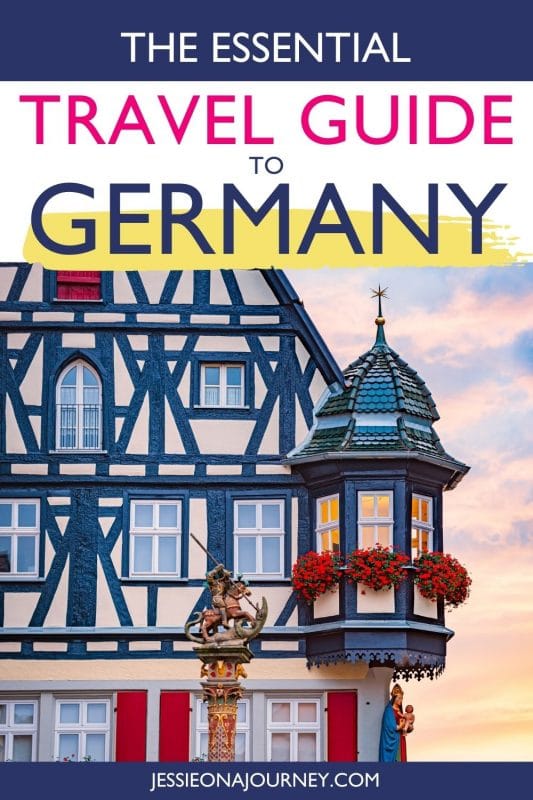

- Meet the Team
- Work With Us
- Itineraries
- Italy Travel Guide
- Hawaii Travel Guide
- Travel Tips
The Perfect 7-Day Germany Itinerary
Germany is a country full of history, Medieval cities, amazing food and wine, and cultural traditions that you can join in, like Oktoberfest. Yet not many U.S. travelers spend a lot of time exploring this country – choosing to go to France or Italy instead. We want to change that and help you see how exciting Germany can be.
It can be difficult to decide where to start and where to go when visiting a country for the first time, so we’ve done the hard work for you and planned a full 7-day Germany itinerary, beginning in the thriving tourist hotspot of Hamburg and ending in the equally popular city of Munich.
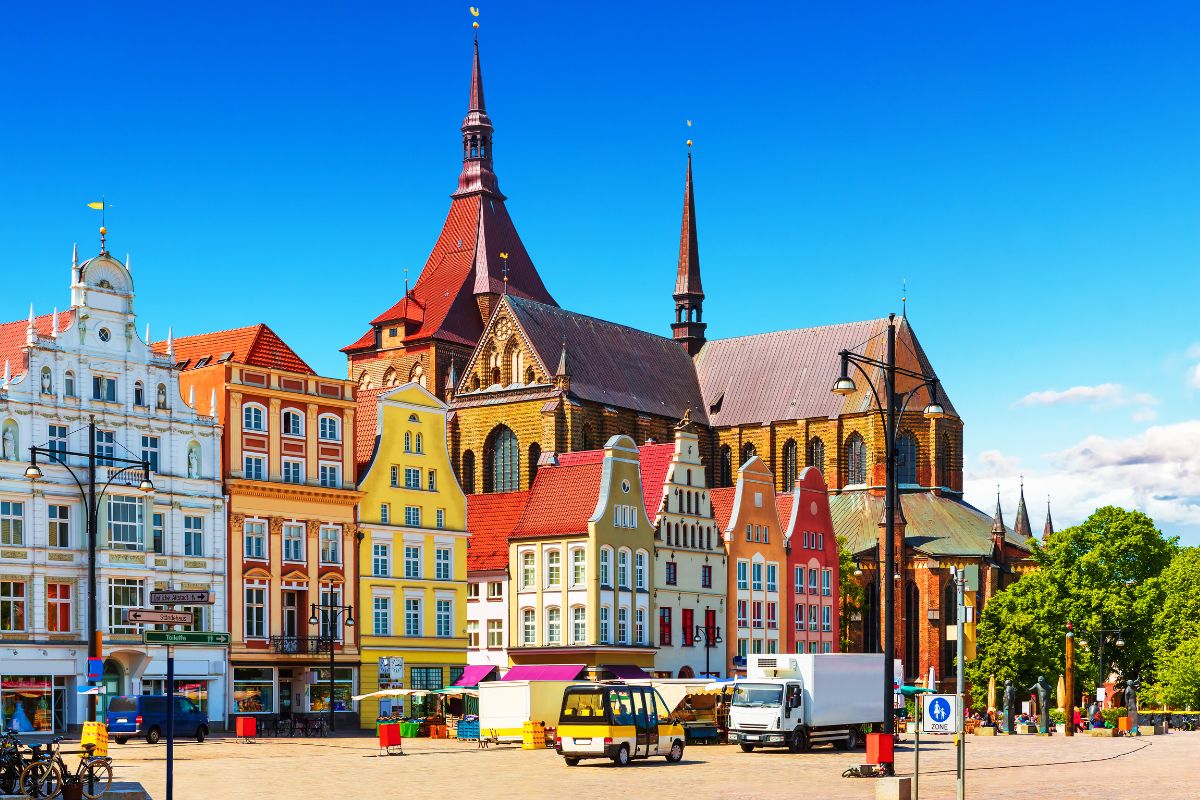
With just 7 days to explore this vast country, you will only be able to skim the surface, but you’ll be able to see and enjoy famous landmarks and amazing things that you probably didn’t even know were here. Like some of the places on this list of beautiful sights to see in Germany.
We’ve also listed some tips for your trip to Germany below the itinerary itself, so be sure to read until the end for some important advice.
Planning your trip to Germany?
- Book a transfer from the airport to the city center with Welcome Pickups .
- Rent a car from the airport through Discover Cars .
Best Tours and Experiences in Germany:
- Neuschwanstein Castle and Linderhof Palace Day Tour from Munich – Embark on a day trip from Munich to witness Neuschwanstein and Linderhof’s magical fairy tale castles.
- Rhine Valley Trip from Frankfurt, including Rhine River Cruise – Embark on a romantic Rhine Valley tour from Frankfurt, where you’ll sail along the Rhine River on a traditional steamer, passing by vineyards, medieval towns, and castles.
- Dachau Concentration Camp Memorial Site Tour from Munich by Train – Explore the history of the Holocaust on a half-day tour from Munich to the Dachau Concentration Camp Memorial Site.
Visiting other destinations in Germany? Check out our guide to traveling in Germany that includes information on many popular destinations like Berlin and Munich , plus Oktoberfest in Munich . Going outside of Germany? Here’s our Europe travel guide .
Table of Contents
Where to Start & What to See
Many tourist guides and travel blogs will recommend beginning your visit to Germany either in Hamburg Munich or Berlin, but in the interest of cutting travel time as short as possible during your trip, we suggest starting in Hamburg.
Hamburg is located on the River Elbe and is one of Germany’s federated states. Since Hamburg is in the northern region of Germany, it’s easy to work your way down through the other central and southern locations in the itinerary from there, and it’s only just over 2 hours from Berlin by train.
Stops On the Itinerary
- Hamburg – Sitting on the River Elbe is the second largest city in Germany, Hamburg. It is the biggest harbor city in Germany. It’s also a beautiful city to tour because two-thirds of the land is covered with parks, trees and lakes.
- Berlin – As the Capitol of Germany, Berlin is rich in culture, architecture and nightlife. The city is covered with parks, rivers, greenery and bridges. Partake in a walking tour to get the full effect of this historic German city.
- Dresden – Dresden is the largest metropolitan area in Germany. The city thrives on manufacturing, transportation, and culture. The high tech items are what drive their economy and occupy their jobs. It is also a place of art and inspiration.
- Rothenburg Ob Der Tauber – You don’t want to miss this cute town in Bavaria that is just oozing with charm. It’s a Medieval walled city with beautiful colored wooden houses.
- Neuschwanstein – Everyone knows this amazing castle, but to see it in person is an experience you won’t forget.
- Munich – Munich is a southern city in Germany that is located near the Alps. Best known for hosting the annual Oktoberfest Beer Festival, Munich is also a city filled with cultural activities. This is a great cultural center in Germany with opera, theatre, ballet, museums, and galleries. In Munich, you will find also the factory of the sports car BMW.
How to Get Around
Driving is very easy in Germany, as is the train system. However, you can’t easily reach every place on our itinerary by train. In places, such as between Rothenburg and Neuschwanstein, the train requires a minimum of three changes and takes over four hours.
It’s best to rent a car so you can get around to each place without having to deal with train times and tickets.
If you prefer to use the train only, then I would modify the itinerary to stay in only the bigger cities, which would be Hamburg, Berlin, Dresden, and Munich, with a side journey to Neuschwanstein from Munich .
- Hamburg to Berlin: 3:20 by car; 1:45 via train
- Berlin to Dresden: 2:10 by car; 2:15 via train
- Dresden to Rothenburg: 4 hours by car; 7:45 via train
- Rothenburg to Neuschwanstein: 2:30 by car; 6 hours with transfers
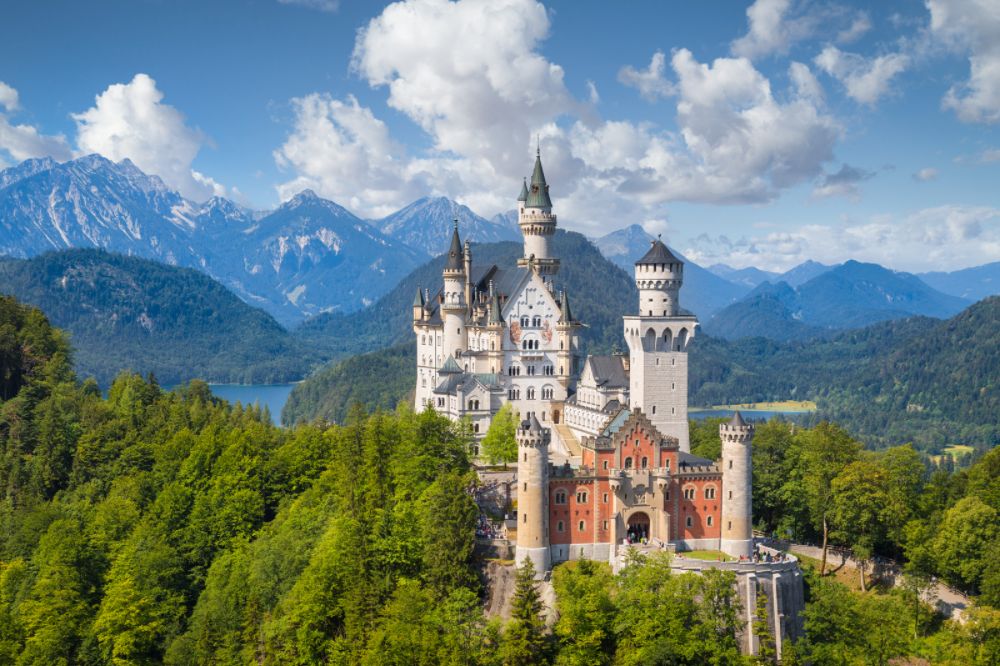
When to Visit Germany
There are reasons why you might want to visit Germany in each season. For instance, the popular Oktoberfest celebration is in September, as is the wine harvest, which is a great time to visit the wineries.
In the winter there are Christmas markets taking place in cute towns all over Germany, especially in Rothenburg. Spring is a great time to go for fewer crowds, better prices, and an abundance of spring flowers.
You might also be interested in planning a trip during the Hamburg Dom , which takes place three times per year. It’s Northern Germany’s biggest public festival. Expect it to be on in November, April, and August.
7 Days In Germany
Day 1: hamburg.
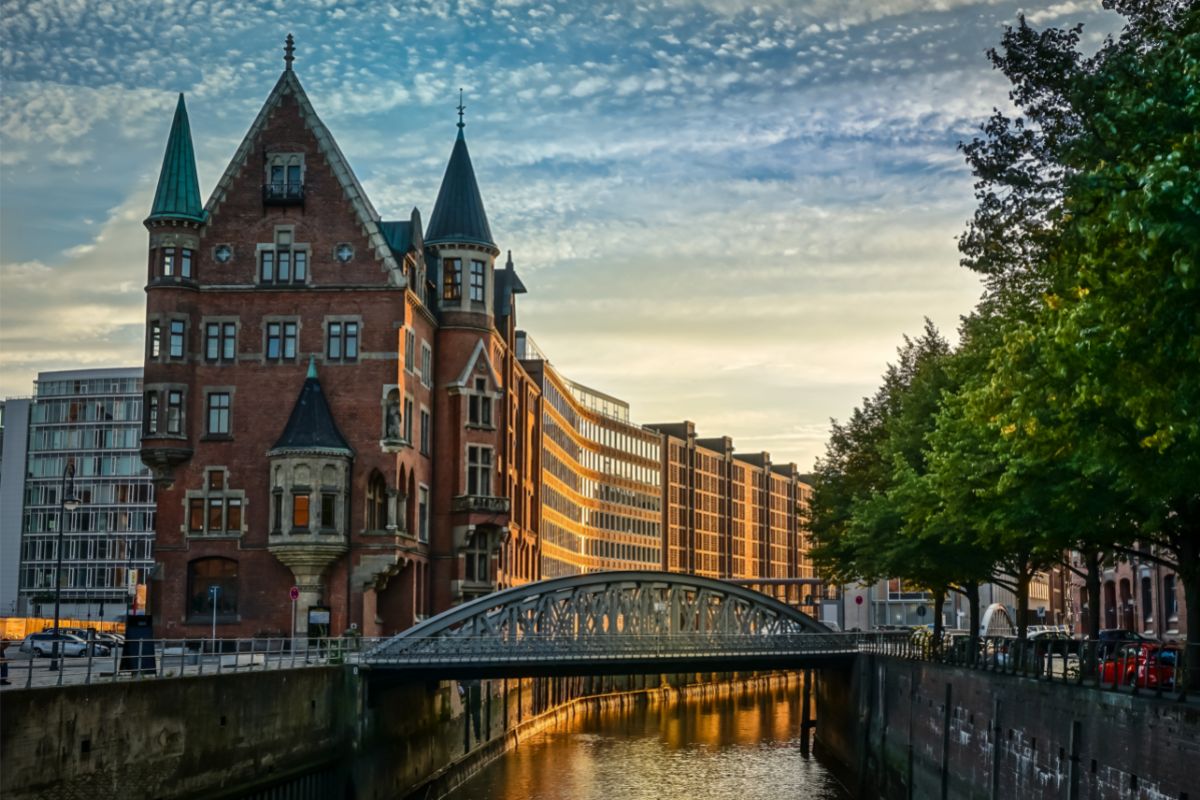
If you’re lucky enough to visit during Hamburg Dom, join in the classic funfair rides, sample traditional German food , and just take in the culture.
- Two fun areas to visit are the Speicherstadt (city of Warehouses), and the surrounding HafenCity, where you’ll find many of the city’s most-visited tourist attractions. Just walk around to see the changing shape of the waterfront and the now protected World Heritage Site.
- The newly opened Elbphilharmonie is an interesting building to check out and to visit if you want to catch a performance by the Orchestra. It’s Hamburg’s tallest inhabited building.
- Museums – There are four museums you should definitely check out – the Kunsthalle (one of the largest art museums in the country), the International Maritime Museum, and Hamburg’s Miniatur Wunderland , the perfect attraction for anyone interested in trains or air travel. The Chocoversum , Hamburg’s Chocolate Museum, is where you can sample some of Germany’s finest chocolate and even customize your own chocolate bar.
- Another area to explore are the Inner Alster (Binnenalster) and Outer Alster (Aussenalster), two artificial lakes around which you’ll find a tree-lined park with lots of space for walking, jogging, or sitting at a café.
Where to Stay in Hamburg
Altstadt, the historic center of the city, is definitely the best area to stay in Hamburg for tourists because it’s near everything you’ll want to see, or a quick walk or train ride.
Our recommended hotels are:
- Park Hyatt Hamburg
- Grand Elysee Hamburg
- Steigenberger Hotel Hamburg
Where to Eat in Hamburg
Hamburg’s signature dishes are Franzbrötchen (a French roll), Currywurst, Labskaus (a beetroot seafarer’s stew), and Rote Grütze (a red-berry dessert).
Some restaurants we like going to in Hamburg are:
- Kartoffel Keller for great German food
- Otto’s Burger – best burgers in town, so good!
- Haerlin – two Michelin star restaurant for fine dining
- Alt Helgoländer Fischerstube – high-quality fish restaurant right on the waterfront
Tours to Try:
- Hamburg Reeperbahn Small-Group Walking Tour
- Guided Hamburg City Bike Tour
- Hamburg Small-Group Sunset Sailing Cruise on Lake Alster
Day 2: Berlin
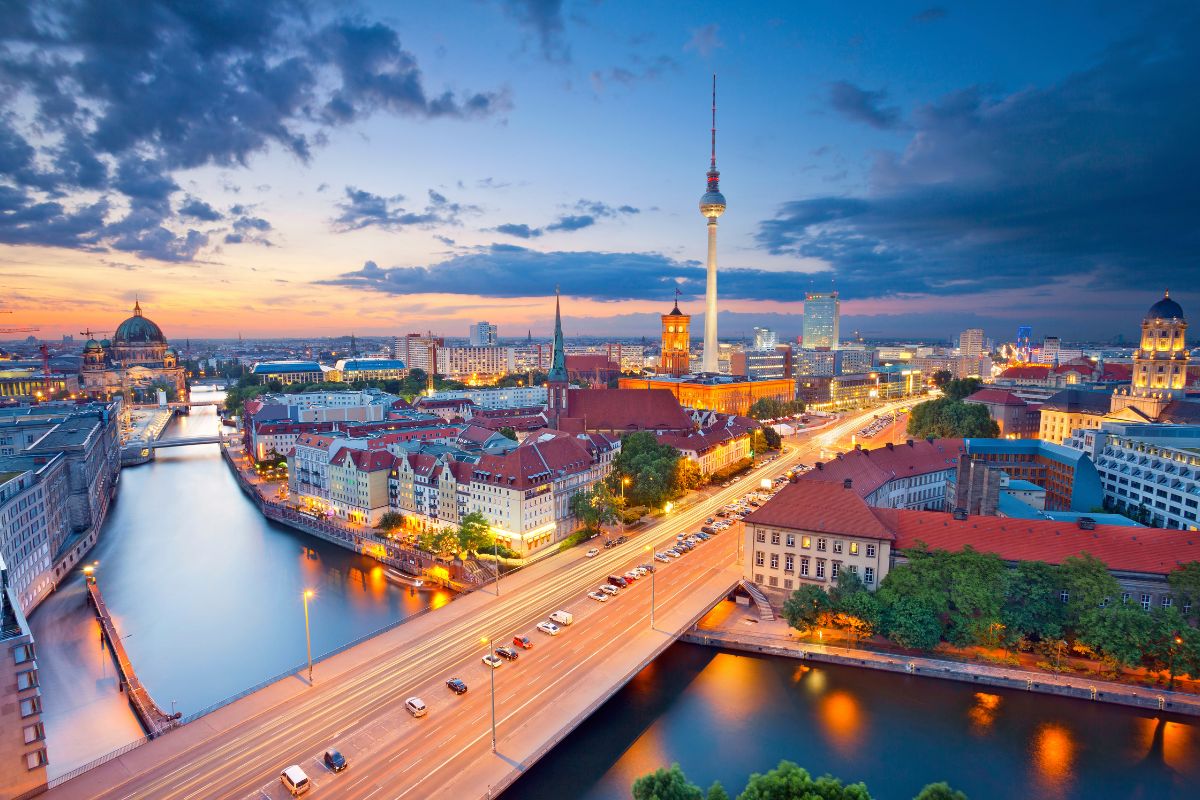
You’ll be spending your second day in Germany in the capital city of Berlin. There is, of course, plenty to see and do in this city, so you’ll want to get an early start from Hamburg. With so much to see you may want to come back and visit again. This 3-day Berlin itinerary will help you out.
One of my favorite ways to see many of the top sights in Berlin is on a walking tour. This half-day walking tour is only $20 and takes you around to all the main sights included in the list below. You won’t go into anything, but you’ll get an idea of where and what they are so you can go back.
- Berlin in obviously well-known for its checkered past, which can’t be ignored while visiting. We recommend learning about all aspects of German history, starting with the Holocaust Memorial and the Topography of Terror museum.
- Next to that is the Berlin Wall , which is both a painful reminder of the Cold War and, since 1990, a poignant open-air art gallery.
- Brandenburg Gate is the only historical city gate remaining in Berlin, and it has come to symbolize the reunification of Germany.
- Museum Island is home to five great museums: Pergamon Museum, Altes Museum, Neues Museum, Alte Nationalgalerie , and Bode Museum.
- Climb the Berlin TV Tower and dine at the revolving restaurant sphere or the Reichstag Dome , which also has a rooftop restaurant that’s perfect for lunch.
Where to Stay in Berlin
The best locations for tourists in Berlin is right in the center of the city, called Mitte. From here, you’ll be in easy walking distance of all the top sights and you won’t need to take public transportation unless you want to head further outside the main areas.
We enjoyed staying at the COSMO Hotel (newly opened Design Hotel) to the southeast. The Radisson Blu to the northeast and the Grand Hyatt to the southwest are also good choices.
- Hilton Berlin ⇒ Read reviews on Trip Advisor | Book a stay
- The Grand Hyatt ⇒ Read reviews on Trip Advisor | Book a stay
- COSMO ⇒ Read reviews on Trip Advisor | Book a stay
- Radisson Blu read reviews on Trip Advisor | Book a stay
Where to Eat in Berlin
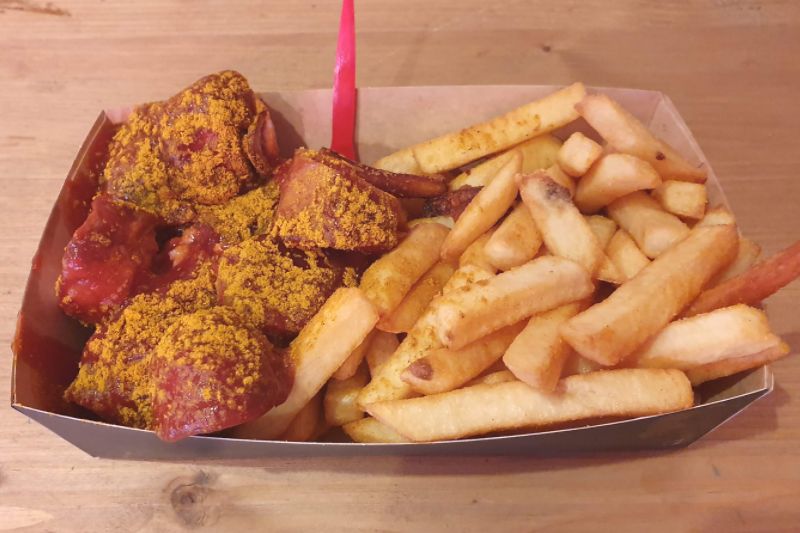
You might be expecting the typical German foods in Berlin, but schnitzel isn’t the only thing on the menu in this melting pot of a city. There is a great international food influence in Berlin that leads to a lot of fusion.
If you’re lucky enough to be in Berlin on a Thursday, be sure to check out all the street-food vendors at Markthalle Neun . It opens at 5pm and features dozens of food options.
Even before I spent any time in Berlin, I knew about the Currywurst . It’s Bratwurst served with curry powder and ketchup, plus generally a side of fries. It’s one of the most popular street food dishes in Berlin. You’ll find some of the best Currywurst at Curry Mitte (in the middle of Mitte – very convenient), or at Curry 36.
- Sachsenhausen Concentration Camp Memorial Tour from Berlin
- Berlin Icebar Experience Including 3 Drinks
- Classic Bites and Culinary Trends Neighborhood Food Tour in Berlin
Day 3: Dresden
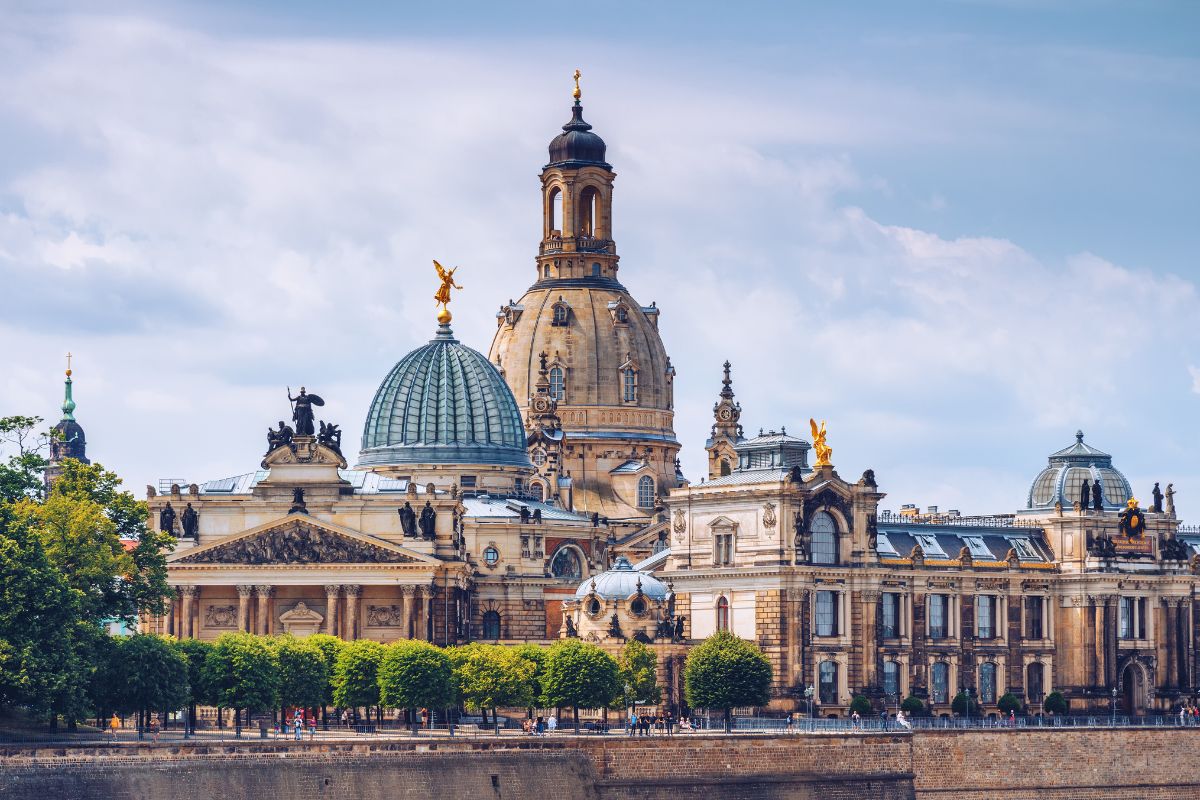
Dresden is between 2 and 3 hours away from Berlin by train or car. This city is the perfect follow-up to your historical journey through Berlin. Dresden has three major landmarks – the Baroque Zwinger Palace, Semperoper opera house, and the Church of Our Lady – all of which are must-sees.
- The first thing you should do when you arrive in Dresden is visit the Frauenkirche Church , also known as the Church of Our Lady. This Baroque-style building has a rich history that begins in the 11th century when the originally Romanesque structure was built, through the 18th century when it was destroyed and rebuilt.
- The Zwinger Palace was built in the baroque style. It’s a palatial estate with gardens that houses internationally renowned museums and is the stage for many festivals, parades, and dramas.
- Semperoper is where you’ll find world-class opera, ballet and concert performances in one of the most beautiful opera houses in the world. Check out their calendar to see what’s on during your visit.
- We also recommend spending a few hours at the Green Vault . This is the site of the royal treasury, but it’s also a great spot for recreation.
- This Renaissance palace was the residence for the Electors and then the Kings of Saxony from the 16th to the 19th century.
- The Dresdener Residenzschloss was a residential palace from the 16-19 centuries, but is now a collection of museums for the various state collections.
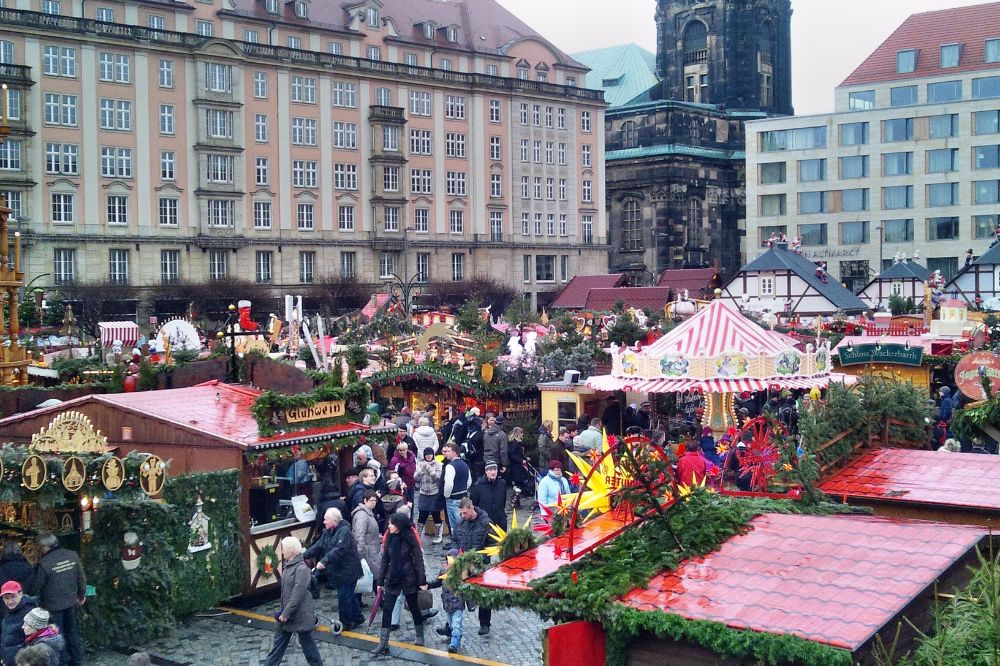
Where to Stay in Dresden
The best place to stay in Dresden for tourists is the Altstadt, where you’ll really be able to enjoy and experience the rich past of the city and feel like you’re immersed in the history of the place. There are many great hotels in this area and they are walking distance to most things you’ll want to see.
- Gewandhaus Dresden, Autograph Collection
- Hilton Dresden
- NH Collection Altmarkt
Where to Eat in Dresden
The top Saxony dishes you should try in Dresden are mostly consisting of meat and potatoes. These are all definitely worth a try if you find them on the menu:
- Rinderroulade – This is a thin-sliced round steak, rolled up with a coat of mustard with diced bacon and pickles.
- Dresdner Sauerbraten mit Rotkraut – A slow roasted and spiced leg of beef that is sliced and served with red cabbage and bread dumplings.
- Sachsische Kartoffelsuppe – A hearty potato soup with speck or sausage.
Pulverturm , located right downtown, is a great place to try Saxony dishes in a unique underground vault restaurant complete with original stone walls.
You’ll also find many of the dishes above on the menu at AltMarktkeller , a beer cellar restaurant that serves local traditional dishes.
We especially love Paulaner’s im Taschenbergpalais which serves excellent Central European cuisine alongside a great variety of beer.
A popular beer garden where you can eat and drink outside is Augustus Garten – definitely go here if it’s a nice day out and you want to just enjoy the atmosphere and the nice weather.
- City Walk – Dresden in One Day
Day 4-5: Rothenburg Ob Der Tauber
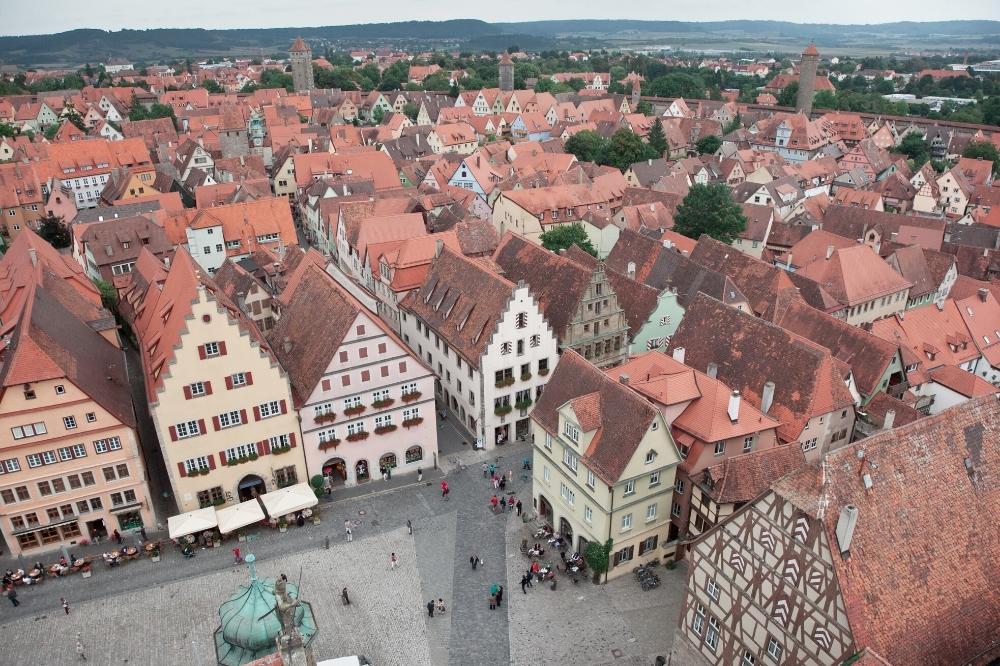
Rothenburg ob der Tauber is a fair train journey from Dresden (about 7 hours), so you might need to leave it off your itinerary if you’re using the train – or plan to add an extra day for the journey. If you’re driving, it will take about 4 hours 30 minutes. For that reason, we have given 2 days for this cute town, so you can enjoy the drive along the Romantic Road, or get there by train and still have time to see everything.
Romantic Road is one of the most well-traveled paths in Germany. It takes you through several quaint and picturesque towns like Ausburg and Wurzburg as well as beautiful forests before reaching the famously colorful town of Rothenburg.
Rothenburg’s streets are lined with timbered houses, painted in every color of the rainbow. Complete with cobbled streets and warm-looking red roofs, Rothenburg ob der Tauber (which translates in English to ‘red fortress above Tauber River’) dates back to the Medieval ages and feels like a trip back in time.
If you choose to visit Germany in December, you will love the abundance of Christmas markets that set up along the streets. Be sure to grab a mug of hot Glühwein as well. Last time I visited, you got a different souvenir mug to keep from each Gluhwein stand.
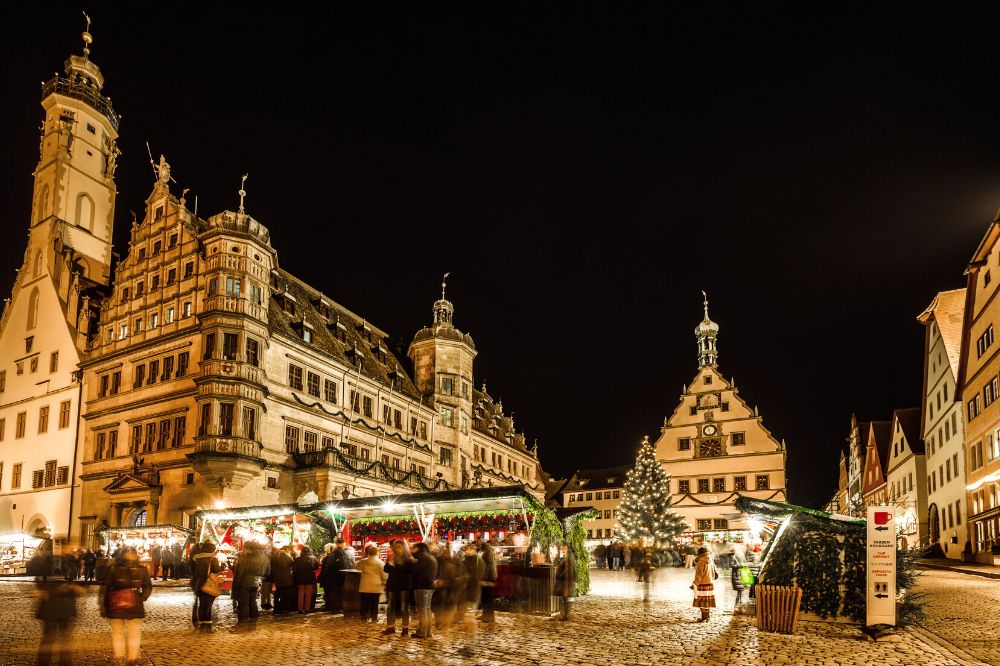
Here are the things you’ll want to do in the city:
Take a walk along the walls. The old quarter has 42 towers, most of which you’ll find along the 4 kilometer Tower Trail, which is open around the clock for you to walk on, with plaques along the way giving information.
Walk around town. You’ll see the beautiful Town Hall (Rathaus) with the clocktower that animates every hour with cute little figurines. Also be sure to see the most picturesque spot in town (pictured below), the Plönlein, which translates as “little square”. So cute!
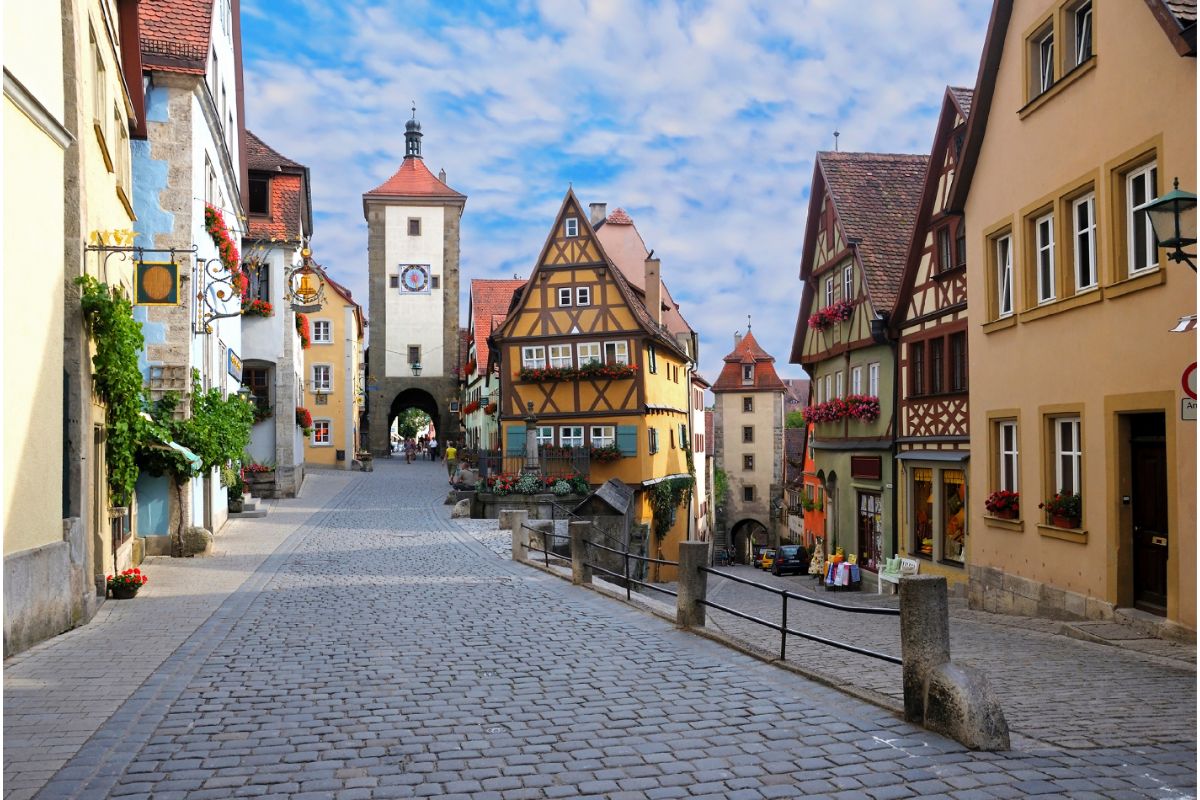
Rothenburg Castle makes for a relaxing afternoon strolling through the castle garden or the park, learning some more history on the way.
In the evening, if you’re in the mood for an eerie and exciting experience, you should book a spot on the Night Watchman Tour to hear some German legends and see Rothenburg at night.

Where to Stay in Rothenburg
The town is very small so there are only a few choices for hotels, all of which are well located and easy walking distance. My recommended hotels are:
- Hotel BurgGartenpalais
- Hotel Eisenhut
What to Eat in Rothenburg
What I love about this town is how everywhere you go is just as cute as the next place. There are some really cool places to eat here.
There are also a number of local foods you should try. One of my favorites is the Schneeball, which you will see in the store windows of many bakeries. Stop and give one a try. This is also a good opportunity to try Wiener schnitzel (pounded breaded veal) and Schweinsbraten (roast pork).
Zur Höll – Translates as “To Hell”, this is a super cool medieval cellar restaurant with a cozy atmosphere inside one of the oldest homes in Rothenburg. Some of the tables are in carved out caves.
The Bell Restaurant – If you’re a wine lover , you have to visit this restaurant and winery located on the Plönlein Corner. You can even take a tour of the vineyard and cellar.
Day 6: Neuschwanstein Castle
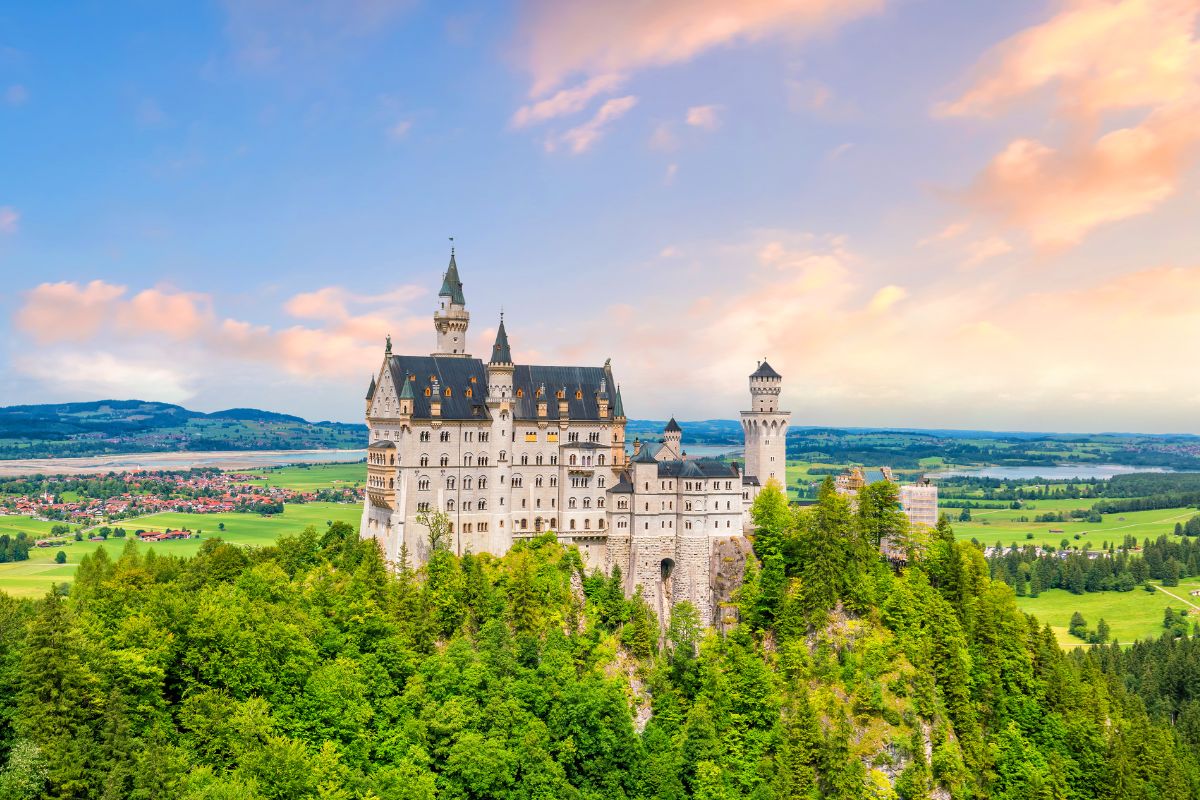
On day 6, you will be exploring Neuschwanstein Castle , which is about 2 hours outside Munich in the village of Hohenschwangau. It takes about 2 hours 20 minutes to get there by car from Rothenburg ob der Tauber.
Another option is to go directly to Munich and take a guided tour to Neuschwanstein, which will take away some of the stress of planning. I recommend this full-day tour from Munich , which includes round trip train and a guided tour.
The castle itself feels like something out of a fairytale, and you can learn all about its 19th-century history on a tour. Neuschwanstein Castle is a popular tourist attraction, so you must book your tickets in advance for a timed slot. The tour is 30 minutes long, but you have to also get up to the castle, which takes about 30 minutes as well.
You can buy tickets at the entrance, but you likely either won’t get the time you prefer or you won’t get a ticket at all if they sell out, especially because they go on sale at 8am and you likely won’t arrive by then.
You can also take a tour of the Hohenschwangau castle on the opposite mountain, but you will need almost the whole day to complete these two, so you’ll have to decide how much time you have.
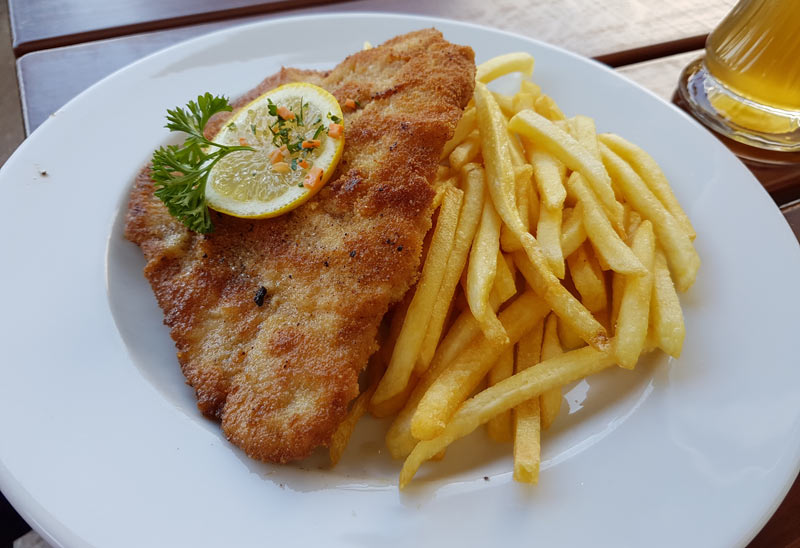
Where to Stay
If you’re planning to stay overnight in Neischwanstein and really get the most out of your time there, you’ll want to book at the Villa Ludwig Suite Hotel & Chalet . It’s fantastic and located right in the historic center of Schwangau.
Where to Eat Near Neuschwanstein Castle
If you want to sit down for a meal while you’re visiting the castle, I would recommend the Neuschwanstein Restaurant that is located up on the hill as you come down. It is a touristy area, so no matter where you eat it will be a tourist restaurant, so why not try the one with the most atmosphere.
Order a kase spaetzle and a schweineschnitzel and enjoy the scenery.
At the bottom of the hill, after you’ve descended into town, our recommendation is Schlossbrauhaus Schwangau , which is a rustic microbrewery serving authentic Bavarian cuisine.
Instead of staying in the area, I recommend taking the train back to Munich for the night. There are more choices and you’ll be ready to go for day 7.
- Neuschwanstein and Linderhof Castle Small-Group Premium All-Inc Tour from Munich
- Neuschwanstein Castle Small-Group Day Tour from Munich
Day 7: Munich City Center
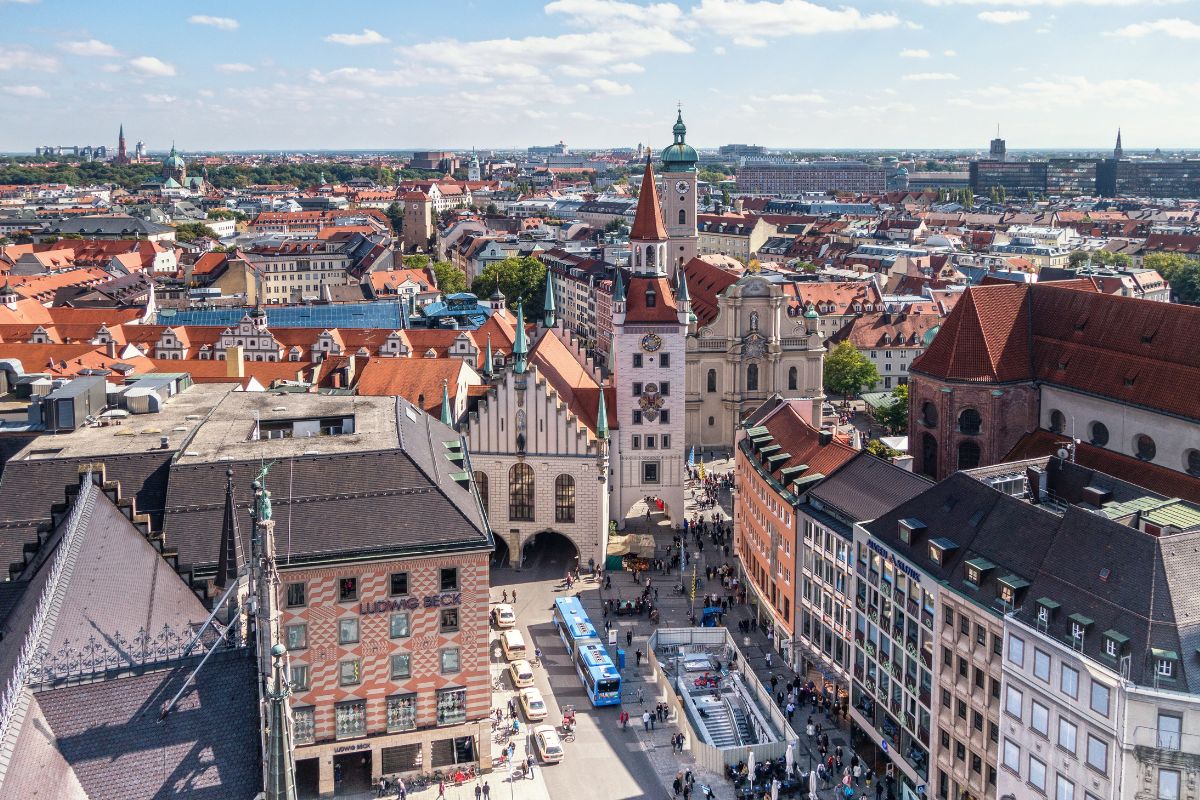
Spend your final day in Germany in one of the most vibrant and fun-filled cities in the country: Munich.
Munich Old Town is a must-see if you’re interested in medieval architecture. The Glockenspiel is probably the main tourist attraction in the area. It’s the chimes of the clock tower that plays a scene with dancing figures on the hour. You’ll find this at the New City Hall (Rathaus) tower at Marienplatz. Plan to be there on the hour, then take a walk along the Marienplatz to take in all the sights and do a little shopping.
One of the best ways to learn about Munich and get acquainted with the city in a short time is on a walking tour. I recommend this 2-hour tour that takes you to historic landmarks like the Old Town Hall, Frauenkirche and St Peter’s Church, past the famous Hofbräuhaus beer hall, into the lively Viktualienmarkt food market, Marienplatz and Odeonsplatz.
We also recommend taking a walk around Englischer Garten, which is a park dating back to the 18th century. This is the perfect place to enjoy lunch with a cold beer and a satisfying view because there are plenty of beer gardens, including our personal favorite, Hirschau .
You can take your pick from the various museums open to the public in Munich. The State Museum of Egyptian Art is particularly fascinating, as is the Deutsches Museum . To see some incredible antique sculptures from the Greek and Roman eras, be sure to visit the Glyptothek .
Want to spend more time in Munich? Check out this Munich Itinerary: How to Spend 3 Days in Munich .
Where to Stay in Munich
I like to stay within walking distance of the Marianplatz because most everything you’ll be doing is near there. However, if you are planning your trip to coincide with Oktoberfest, you might want to stay nearer to the fest grounds called the Theresienwiese , so I have two recommendations.
- Platzl Hotel – 4 star hotel, 5 minutes walk to the Marianplatz
- Marc Munchen – Adults only 4-star hotel within close proximity to the Theresienwiese and the train station. We’ve stayed here numerous times and always love it.
Where to Eat in Munich

Bavarian food is much like what you’ve come to expect in Germany with a lot of sausage, schnitzel and potato dumplings. There are a few extra dishes that are served in Bavaria that are unique to here.
- Weisswurst – a white sausage made with veal and pork and served in a bowl of broth, often served with a pretzel and beer on the side.
- Münchner Schnitzel – Like other variations of schnitzel, this one is special to Munich and is spread with horseradish or mustard before being breaded and fried.
You can toast the amazing experiences you’ve had and order a final Bavarian meal at Hofbrauhaus , which is one of the most famous taverns in the world. It’s huge and super fun. Another way to enjoy it is on a Beer & Food Evening Tour, on which you’ll visit Hofbrauhaus and a few others, plus the beer museum.
Another place we really like to eat is Weinhaus Schneider , a cozy and eclectic fondue restaurant near the Rathaus. The Ratskeller Restaurant is another fun 19th-century cellar restaurant right next to the Rathaus.
Attending Oktoberfest
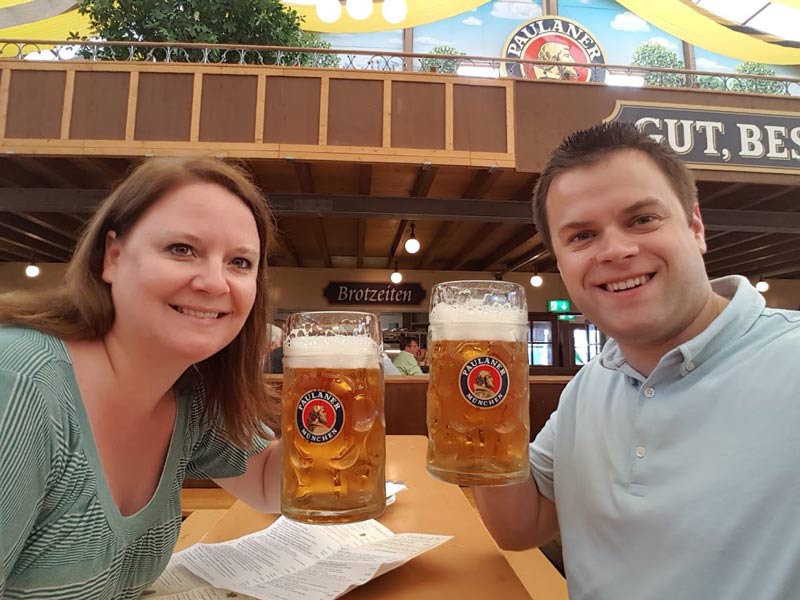
If you’re planning your trip to coincide with Oktoberfest , which takes place from mid-September to early October most years, you will definitely want to plan ahead. Hotels fill up fast, so book your stay at least 4-6 months ahead.
You don’t need tickets to attend Oktoberfest and the best time to go is during lunch on the weekdays, so you can get a seat at a table and see various tents without needing a table reservation. Table reservations for the evening session are VERY hard to come by. Try this small-group Oktoberfest tour that includes a reserved tent table.
Read our full guide on Oktoberfest to plan your trip.
Tours To Try:
- Bavarian Beer and Food Evening Tour in Munich
- Dachau Concentration Camp Memorial Site Tour from Munich by Train
What To Do If You Have More Time
Day 8+: lake constance and the black forest.

A lot of our itinerary so far has been based in some of Germany’s famous cities, but if you have extra time to spend, we recommend getting away from the city and exploring the Black Forest and Lake Constance.
Lake Constance is a World Heritage Site, located about 3 hours away from Rottenburg, and it’s one of the best places to go if you want to see the Alps in all their glory.
The Black Forest is about 2 hours away from Lake Constance. If you’re driving, you could stop at Constanzer Wirtshaus for lunch on the way. This is a traditional German Pub with a beautiful view of the river.
Wine Tasting in Germany
The Black Forest is also known for being home to some of Germany’s best vineyards and wineries. If you’re in the mood for a glass of wine after your forest excursion, you should definitely visit Nagelsforst for a wine tasting.
The wine area of The Black Forest is the 3rd largest and southern-most wine region in Germany
Tips For Visiting Germany
If this will be your first time visiting Germany, bear these tips in mind to ensure you get the most out of your week:
- Remember that Germany is amongst the most populous European countries, and since it’s known for being very tourist-friendly, it’s also a popular vacation destination. This means that you’re likely to encounter a lot of crowds, especially in major cities like Berlin and Munich. Therefore, it’s best to book restaurant tables, tours, and other activities ahead of time.
- Germany is a beautiful country, but it’s important to remember that many aspects of German history are very sensitive and sobering subjects. Therefore, it is imperative to be respectful at all times, but particularly when visiting memorials and historical sites.
- A week in Germany is enough to see the major cities and have a diverse range of experiences. However, if you want to spend more time in cities like Berlin or try to see some of Germany’s lesser-known hidden gems , we recommend extending your stay to 10 days or 2 weeks.
- Restaurants and Bars – You do not get water for free, you have to pay for it. If you order water you will get carbonated water. In most restaurants, you can request tap water and they may or may not charge you but it is most likely straight from the sink.
Frequently Asked Questions
How many days in germany is enough.
For a more comprehensive tour of Germany, including major cities, cultural landmarks, and natural beauty, 10-14 days or more would be ideal. If you plan to visit one major city like Berlin, Munich, or Hamburg, a minimum of 3-4 days is a good starting point to get a taste of the city’s highlights. If you want to explore a specific region, like the Romantic Road or the Bavarian Alps, you might need around 5-7 days to see the main sights and immerse yourself in the local culture.
What to do in Germany for a week?
Start in Hamburg, where you can enjoy the funfair rides and cultural delights during Hamburg Dom. Explore the Speicherstadt and HafenCity, along with museums and beautiful lakes. Day 2 takes you to Berlin, where you’ll visit historical sites like the Holocaust Memorial and Berlin Wall. Marvel at the Brandenburg Gate and explore Museum Island. Day 3 continues to Dresden, known for its Baroque landmarks, including Zwinger Palace and Semperoper opera house. Day 4-5 brings you to Rothenburg ob der Tauber, a picturesque town along the Romantic Road. Day 6 leads you to the fairytale-like Neuschwanstein Castle, offering a glimpse of 19th-century history. End your journey in vibrant Munich, exploring its Old Town, the Glockenspiel, Englischer Garten, and fascinating museums. This itinerary promises a memorable and diverse exploration of Germany’s history, culture, and natural beauty.
How much money do you need for a week in Germany?
Overall, a rough estimate for a budget traveler in Germany might be around €800-1200 for a week, excluding international flights. Mid-range travelers could plan for €1200-2000, while luxury travelers might budget upwards of €2500 or more.
Remember that these are general estimates, and your expenses depend on travel choices and spending habits.
Final Thoughts On This 7-Day Germany Itinerary
We hope that you’ll thoroughly enjoy your week in Germany with the help of our 7-day itinerary!
Remember to leave yourself enough time to travel by car or train between your destinations each day to ensure you get to see everything.
Be Prepared For Travel Planning is the most important part of any successful trip. Do it the easy way:
🧳 Travel Packing List | ✔️ Why You Need Travel Insurance | ✈️ What to Do Before You Leave Home
- Find and book the best hotel (our favorite booking site is Expedia)
- Research flight options (our favorite tool is Skyscanner )
- Book a tour (we always use Viator to find the best tours)
- Rent a car through Discover Cars (they search the best deals for you!)
YOU MIGHT ALSO LIKE
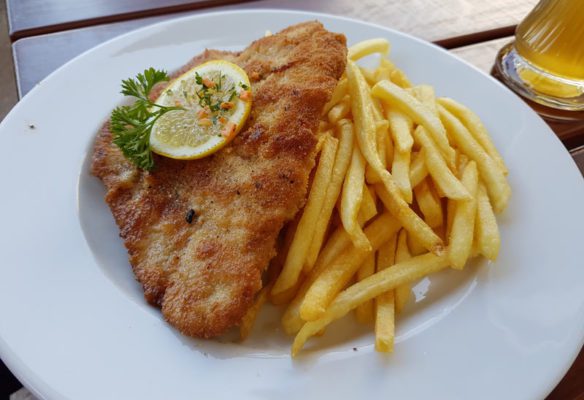
How to Make Schnitzel & Spaetzle
![Essential Travel Guide to Berlin, Germany [Updated 2024] 2 Berlin](https://www.savoredjourneys.com/wp-content/uploads/2019/09/berlin-feature-600x600.jpg)
Essential Travel Guide to Berlin, Germany [Updated 2024]

How to Plan a Trip to Europe (2-Week Europe Itinerary)

How to Visit Neuschwanstein Castle from Munich
Like this post? Why not save it to Pinterest? FOLLOW US on Pinterest , Instagram , Facebook for more great travel inspiration and tips.

Laura Lynch, creator and writer of Savored Journeys, is an avid world traveler, certified wine expert, and international food specialist. She has written about travel and food for over 20 years and has visited over 75 countries. Her work has been published in numerous guidebooks, websites, and magazines.
4 thoughts on “ The Perfect 7-Day Germany Itinerary ”
Do you actually put together trips for Oktoberfest or do I need to go through a travel agent?
We don’t put together the trips ourselves. We just offer advice.
Can you give me a roundabout of how much the 7 day might cost if we rent a car and stay in moderately priced hotels? Without airfare, of course.
Hi Kim, It’s very hard to estimate because every traveler is different in their spending, but the average price of a 7-day trip to Germany is $2,200 for a couple and $2,600 for a family of 4.
Leave a Reply Cancel reply
Your email address will not be published. Required fields are marked *
Save my name, email, and website in this browser for the next time I comment.
- Travel Resources
- Destinations

The ultimate Germany Travel Guide: the best things to do, see, and eat
If you want your next trip to be to a country that teaches you history, feeds you heartily, and shares its rich cultural roots with you, choose Germany. This nation has a little something for everyone, from hikes along alpine paths worn by years of exploration to ancient cobblestone streets lined with shops and restaurants. We love visiting Germany no matter the time of year, so we put together this ultimate Travel Guide to answer all your questions about this unique Central European country.
The best time to go What to see What to eat and drink What to do Souvenirs to buy What to pack
Germany Travel Guide Basics
Currency: Euro
Language: While German is the national language, the country has several dialects that originated in different regions with influences from surrounding countries. Most people also speak English, especially in larger cities.
UNESCO-listed sites: Germany is home to an astounding 52 UNESCO World Heritage Sites, but some of the most well-known are Cologne Cathedral, the Rhine Gorge, and the city of Berlin.
Best way to get around: There’s nothing more reliable than the German train system, or the Deutsche Bahn. Some of their trains travel at a regular pace and others are high-speed, getting you to your destination even faster. Either way, the Deutsche Bahn darts commuters and tourists alike to over 300 stations daily, both within Germany and to other countries like France and the Netherlands. So, whether you’re exploring a city or heading to a different part of Germany entirely, you won’t be disappointed (or late).
Phrases to know:
- “Danke” means “thank you.” “Bitte” means “please.”
- “Wo ist die toilette?” means “Where is the bathroom?”
- “Sprechen sie Englisch?” means “Do you speak English?”
Fun fact: A very common response when being asked if someone would like to do one thing or another is “Ist mir wurst,” which translates to “This is sausage to me.” It’s a colloquial way of saying that you don’t have a preference.


Check out our Germany tours

Explore our Germany tours
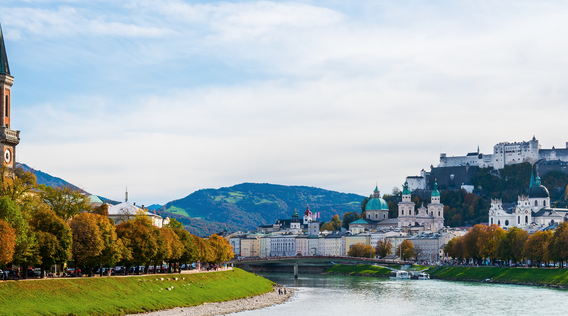
4.7 out of 5 stars

5 out of 5 stars

4.8 out of 5 stars
More travel inspiration

- Natural Wonders
- Federal States
- UNESCO Sites
- Architecture
- Art Museums
- Famous People
- Holidays & Customs
- Plants and Animals in Germany
- Extreme Sports
- Family Trips
- The Romantic Road
- Top Ski Resorts
- Do's & Don'ts
- Privacy Policy
- About Lydia
Welcome to My Germany
Discover the adventures that await.
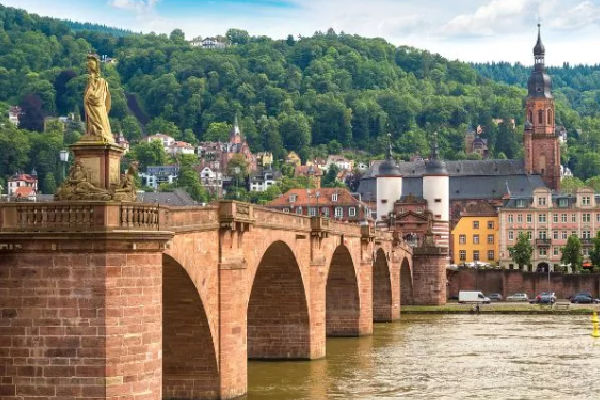
Discover Cities
A rundown of the best cities in Germany to visit. Where to go for historical, cultural, and culinary experiences set in stunning landscapes and beautiful architecture.
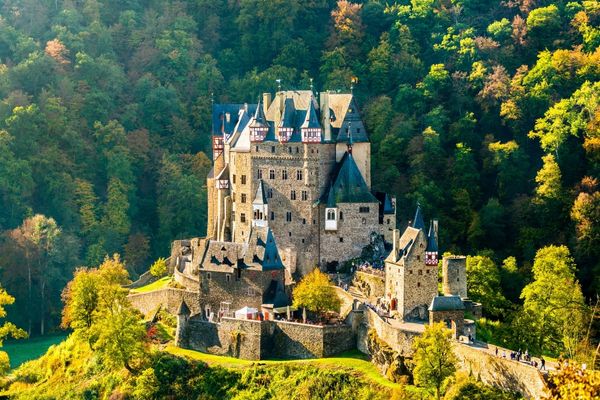
Discover Castles
Discover some of Germany's famous castles, from the iconic Neuschwanstein to the tiniest of country lodges. Uncover interesting facts and helpful tips as you explore!
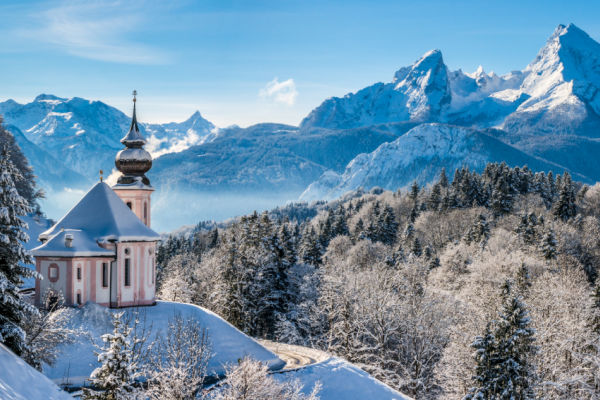
Discover Natural Wonders
Embark on a journey through the natural wonders of Germany with our guide to breathtaking alpine landscapes, turquoise waters, and stunning rock formations.
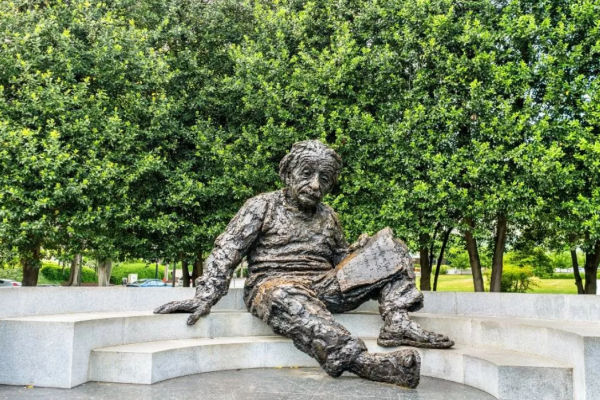
Discover Famous Germans
From famous musicians and poets to kings and queens, Germany was the home to so many inspirational and entertaining folk. Let's learn about the famous Germans in history!
Tour My Germany Travel Guide: Discover the Best of Germany
Do you know where the best place to eat bratwurst in Germany is? Why are there shelves inside German toilets? What is the most famous fairy tale castle to visit?
For answers to all these questions and more , read on!
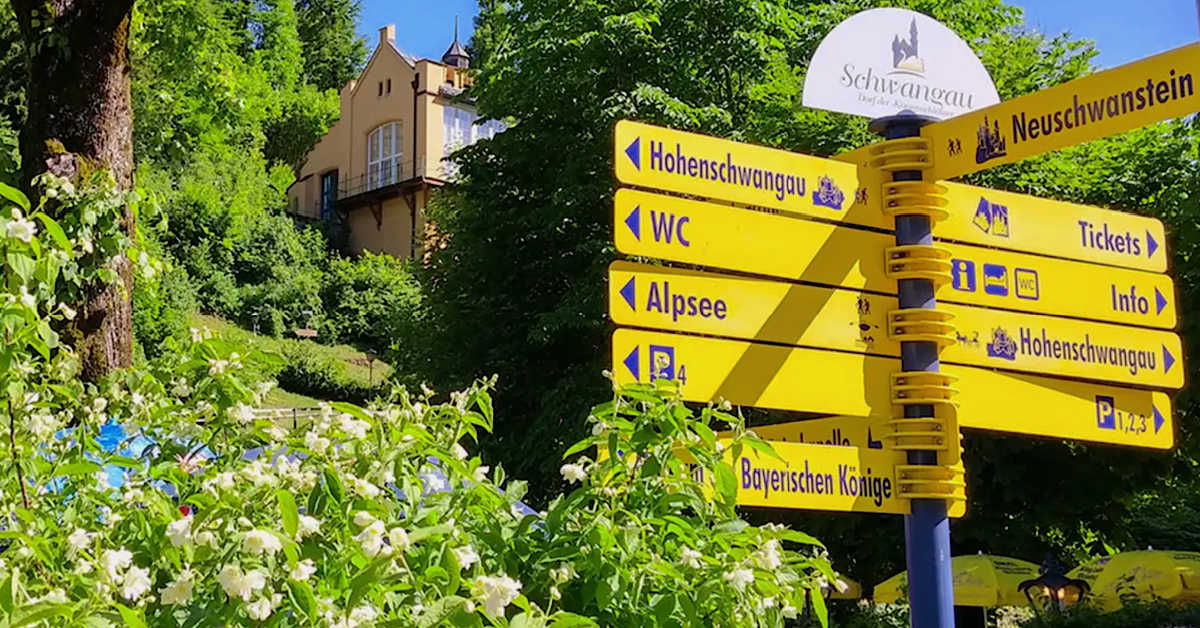
Herzlich willkommen!

I'm Gerhild and for over 15 years, I've been sharing my German cuisine on Just Like Oma . Join me now as we tour my Germany to see where these delicious foods originate.
As we travel, we'll marvel at the spectacular scenery, delve into the local culture, uncover hidden historical treasures, and find the best destinations off the beaten track that are worth exploring.
Joining us on this tour is my son Eran and my granddaughter Lydia each writing as they travel throughout Germany, discovering more about their heritage. Experience the country through their eyes as we:
- Gaze upon fairytale castles and baroque palaces
- Embark on a river cruise along the Rhine River
- Camp in interesting locations throughout Germany
- Drive down the scenic drive down picturesque Romantic Road
- Stroll through the charming Christmas markets in places like Rothenburg ob der Tauber
- Explore historic cities , towns, and the natural wonders of Germany
- Visit more than one UNESCO World Heritage Site
Be inspired to join us! Discover this popular destination in Central Europe, Germany, but not just as a tourist following the typical Germany travel guides.
- The Black Forest and the Rhine valley
- The picturesque shores of Lake Constance
- The iconic Brandenburg Gate
- The majestic peaks of the Bavarian Alps and other natural wonders
- The grand palaces and iconic landmarks and buildings
- The famous Oktoberfest celebration in Munich
Experience all of this in the best way possible, with the help of the travel tips you'll find throughout our Tour My Germany guide.
Gain insights into German culture, including customs, etiquette, and popular activities, whether you're taking a road trip, using train stations, public transportation or some of the busiest airports. Be prepared, making travel plans with the best time to go, whether during peak season or not, and the best things to do and things to avoid .
Explore today's Germany by touring the heart of Europe and visiting the major cities or fairytale towns in southern Germany, or the big cities and smaller towns in northern Germany. Meet the welcoming German people, who will inspire you to continue your quest to learn about all things German, including interestingly strange and fun facts . And of course, savor the delicious German cuisine throughout your journey!
Recent Articles and Newest Posts
The 16 Federal States of Germany: Facts, Photos, & Map
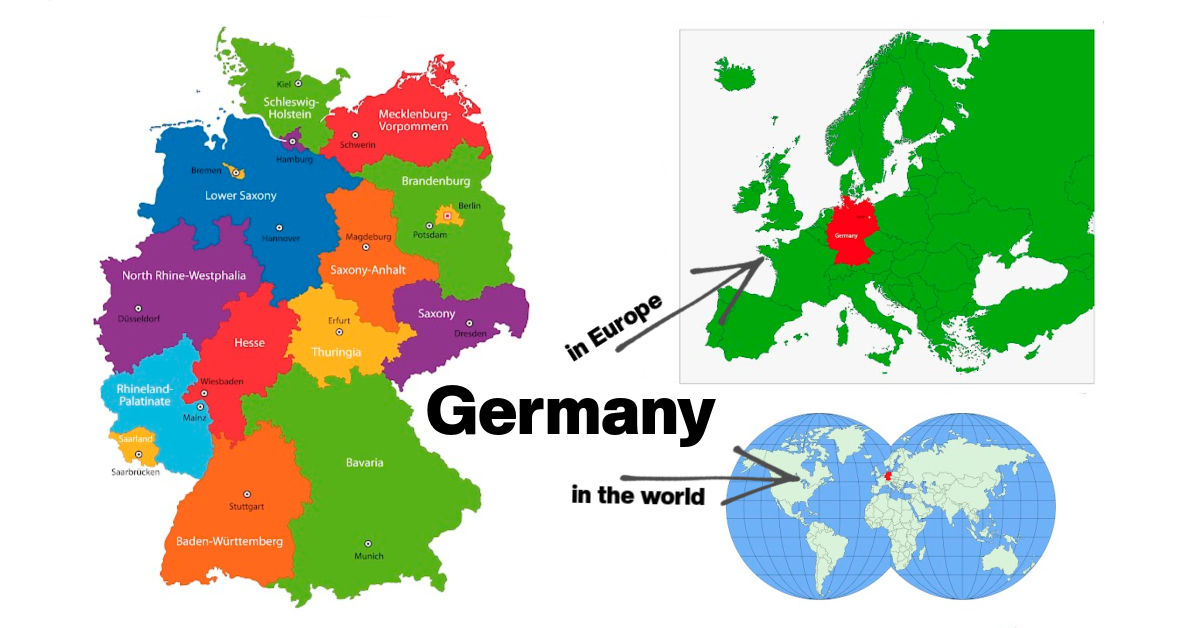
Castle Hotels in Germany : The Best Castle Hotels to Stay in

Famous Architecture in Germany: Iconic Landmarks and Buildings

Plants and Animals in Germany: The Flora and Fauna of the Regions
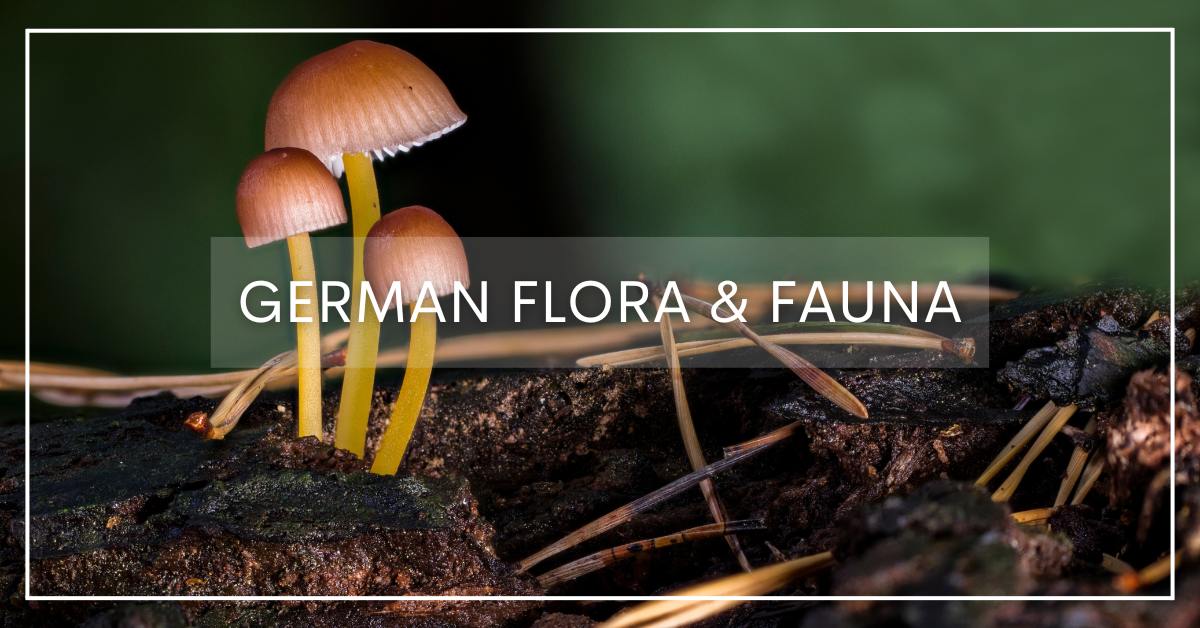
Things to do in Heidelberg: Amazing must-see attractions
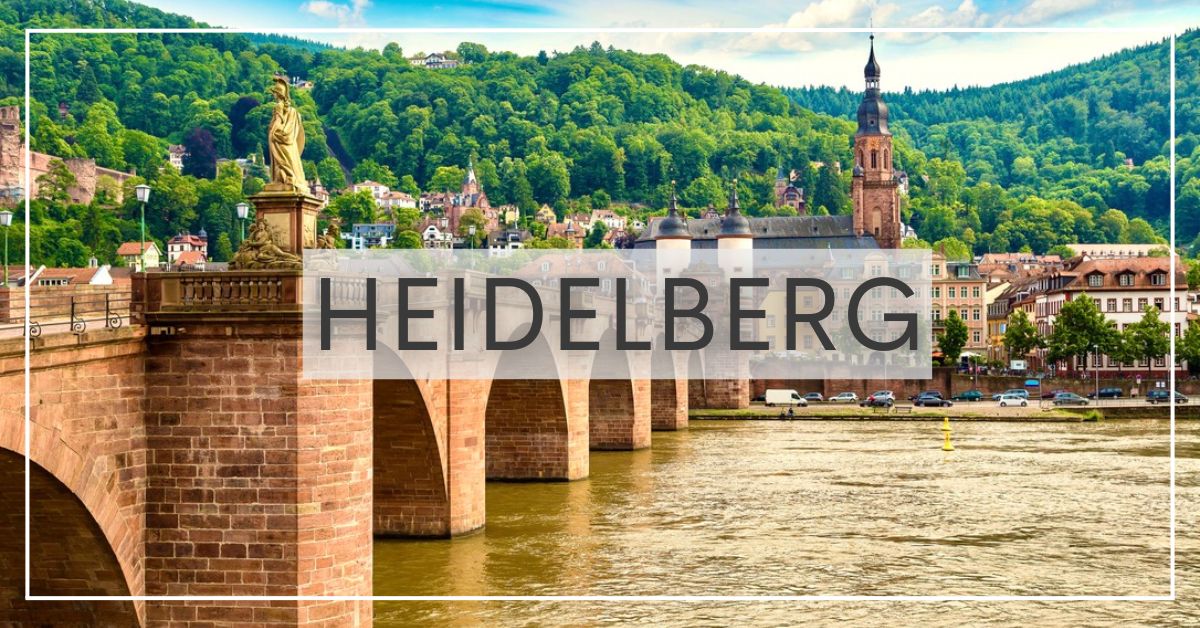
Hamburg, Germany: Things to do and the best places to see.
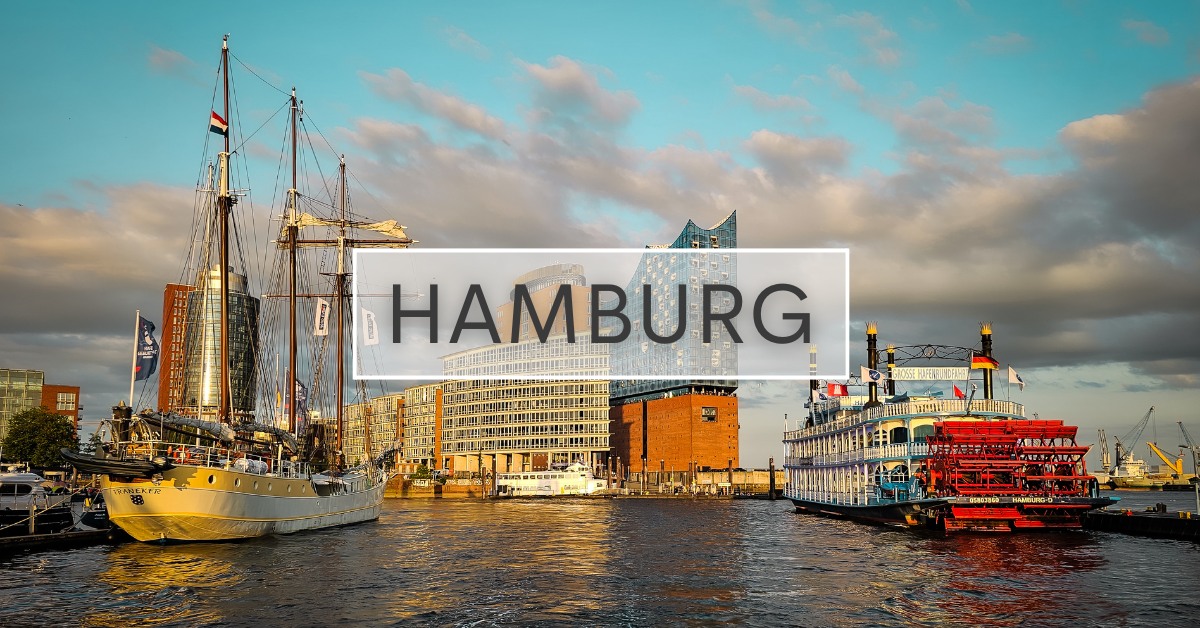
Top Things to do in Stuttgart: More Than Just Fast Cars.
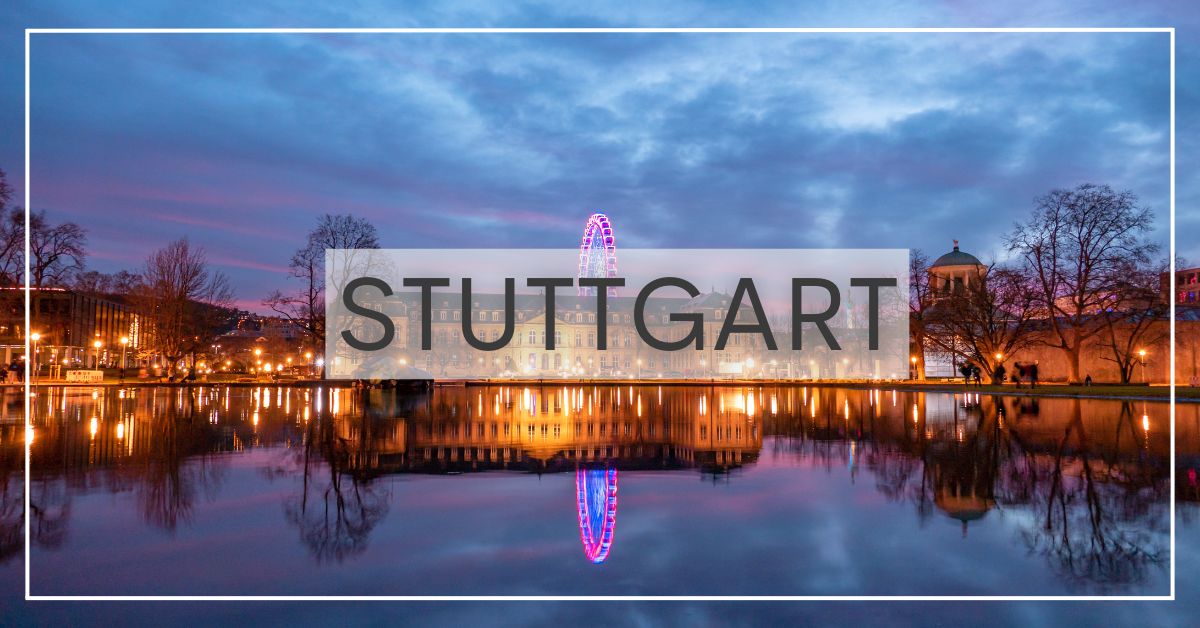
Things To Do in Cologne: A Guide to the City's Best Attractions
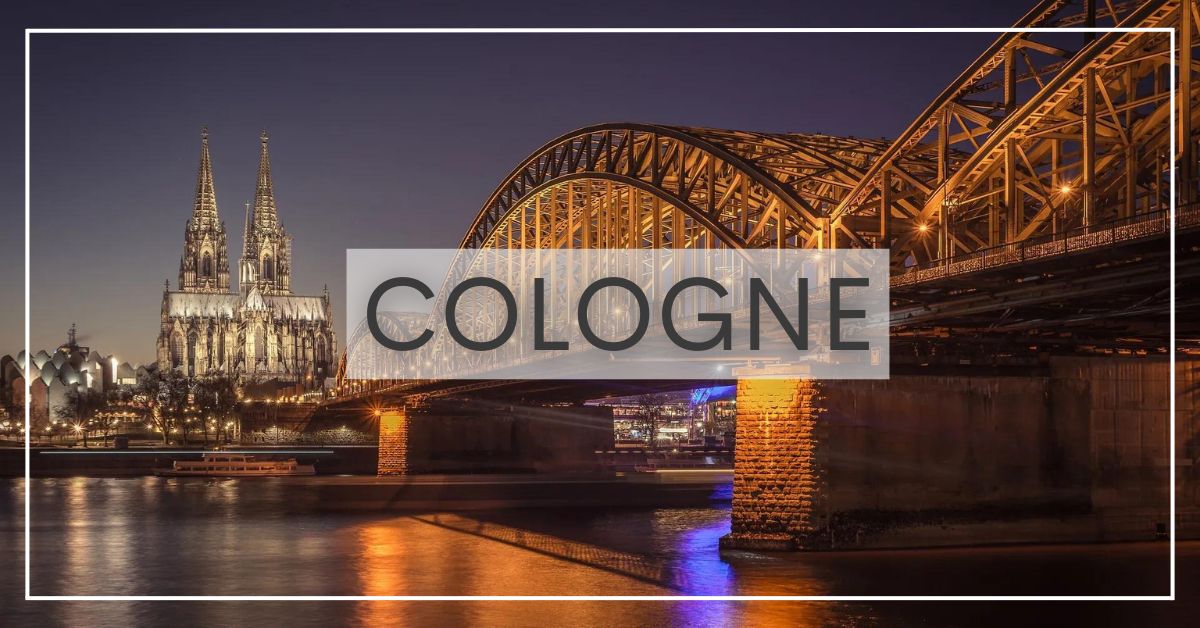
Pears, Beans, and Bacon: Birnen, Bohnen, und Speck (from Bremen)

Best Things to do in Rothenburg ob der Tauber
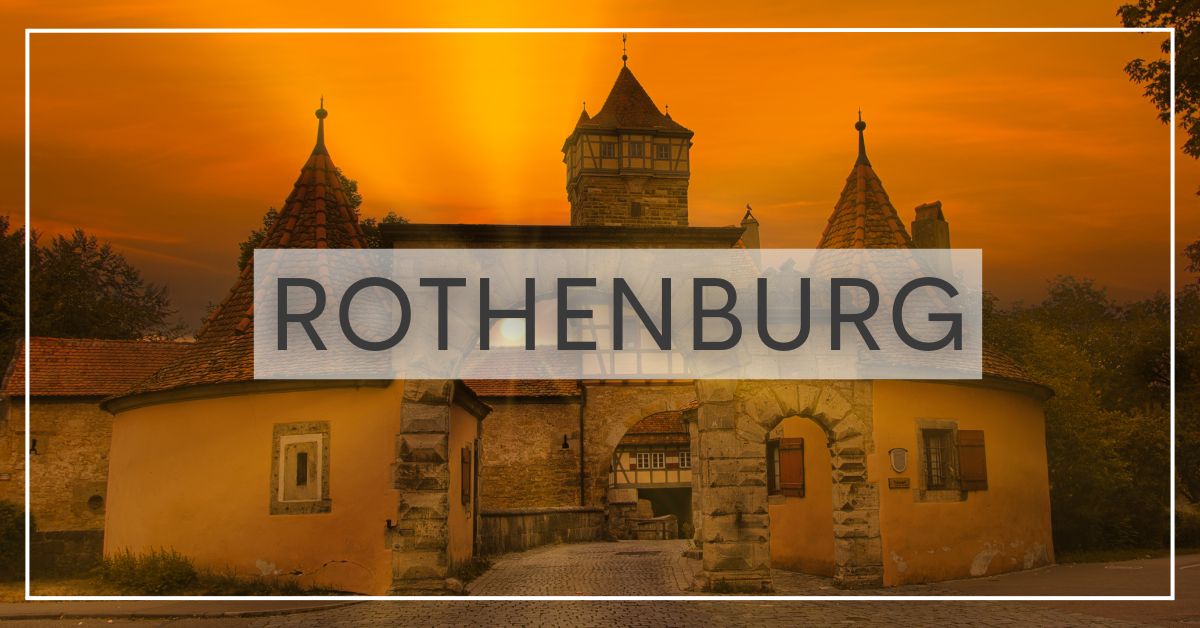
Tour My Germany Affiliate Sign Up
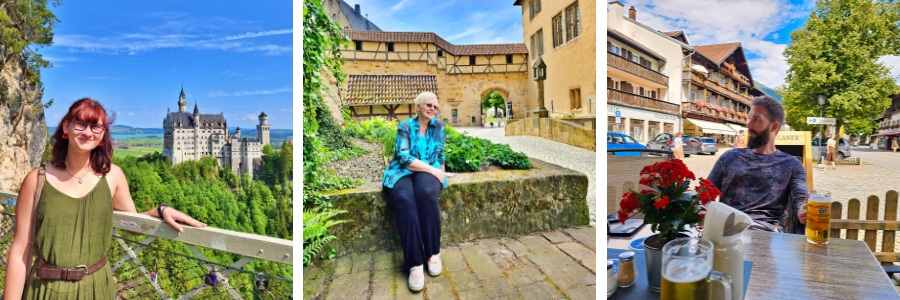
Attractions to See in Dresden: Uncover the Hidden Gems
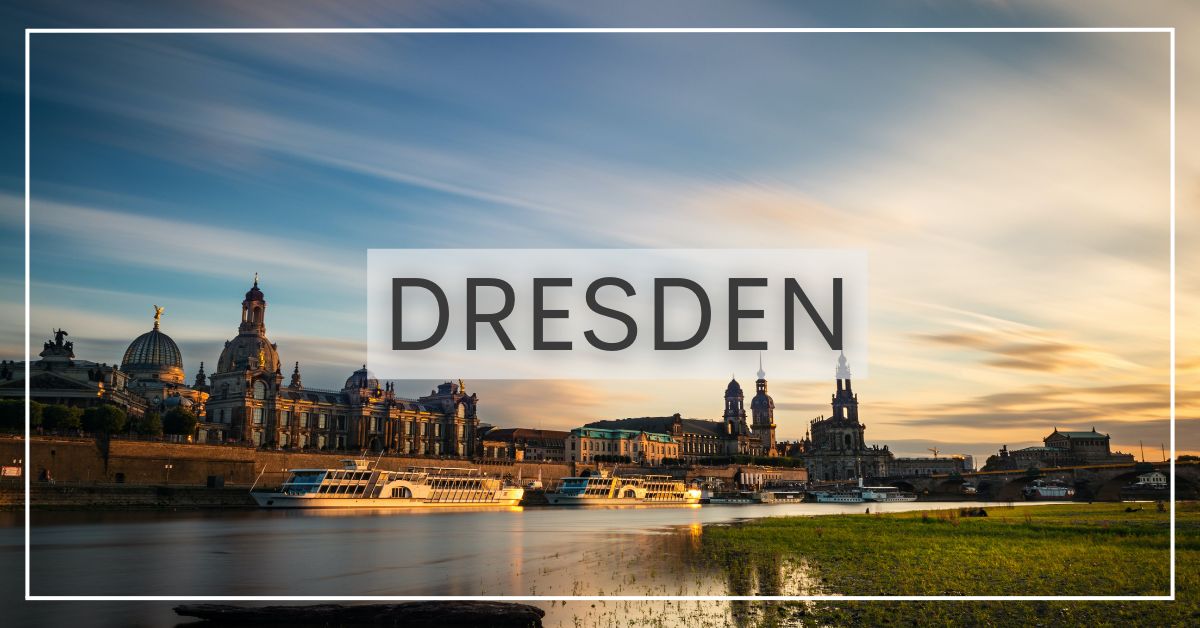
Looking for something different? Use the search in the upper-right corner or go to our sitemap .
Follow us on
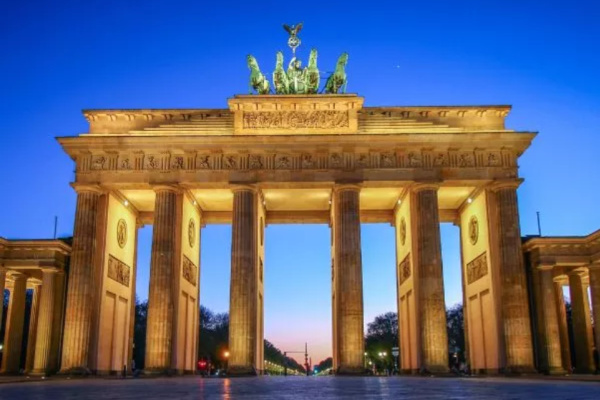
Recent Articles
SITEMAP | Privacy Policy | Disclaimer | Terms and Conditions | affiliate program
AFFILIATE DISCLOSURE : Tour My Germany participates in various affiliate advertising to provide a means to earn advertising fees by linking to retail websites. We are a participant in the Amazon Services LLC Associates Program, an affiliate advertising program designed to provide a means for us to earn fees by linking to Amazon.com and affiliated sites. We will not promote products WE do not own or would not buy ourselves. Our goal is to provide you with product information and our own personal opinions or ideas. At times, We will showcase services, programs, and products. We aim to highlight ones that you might find interesting, and if you buy items from those companies, we may get a small share of the revenue from the sale.
We are independently owned, and the opinions expressed here are our own. YOU SHOULD ALWAYS PERFORM DUE DILIGENCE BEFORE BUYING GOODS OR SERVICES ONLINE.

15 Best Germany Travel Guides
This post may contain affiliate links. Read my disclaimer policy.

Looking for the best Germany travel guide to take on your trip? Here are 15 of the most useful options for travelers planning trips to Germany!
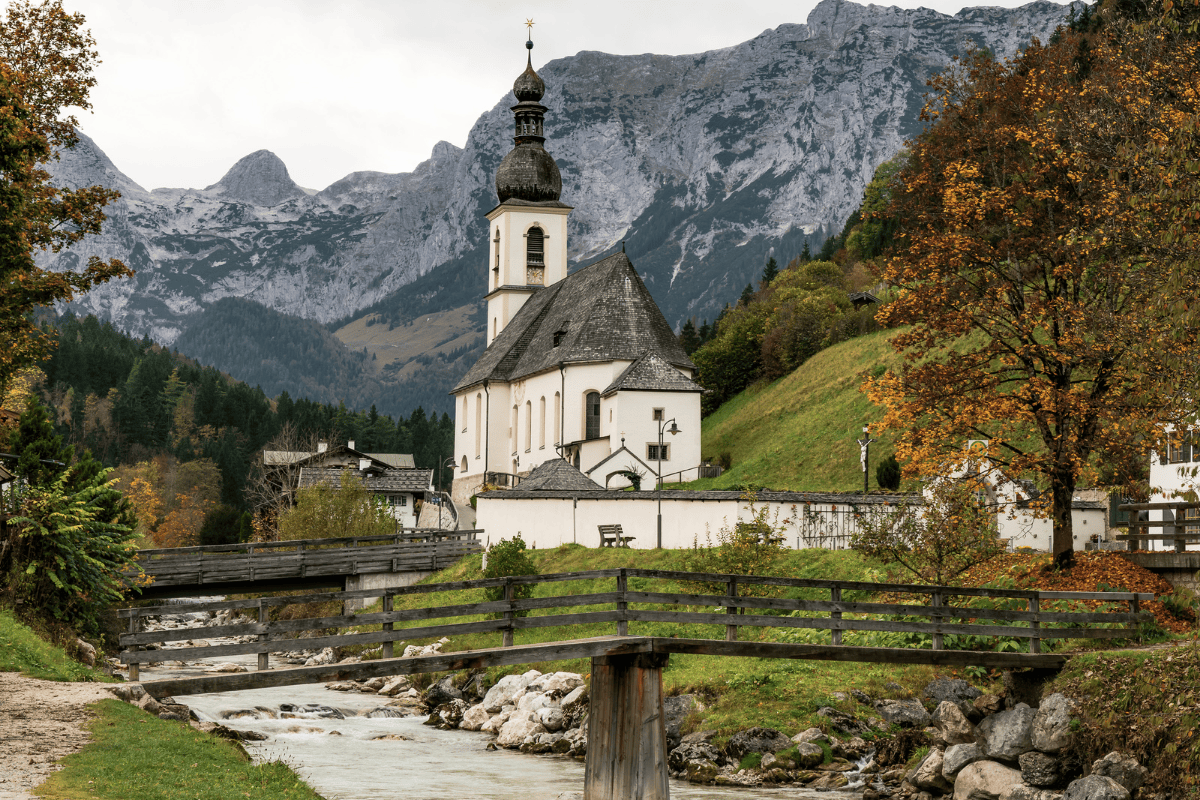
Germany is a world class tourist destination in the heart of Europe.
Every year, millions of people travel there to taste its many famous beers and traditional German cuisine , visit enchanting fairy tale castles , national parks, and beautiful sights, learn about its rich history and culture, and much more.
No matter whether you plan to visit busting big cities or Germany’s many thriving smaller cities, you’ll find tons of attractions and points of interest. But they can be difficult to explore effectively without a guide to help you along the way.
Join our FREE Germany Trip Planning Facebook Group!
This article shows you the best Germany travel guides out in the market today (both in hard copy and Kindle) and how you can choose the best one for your trip.
Whether you plan to spend time in Berlin, the Rhine, Bavaria (or elsewhere!), want to travel by cruise, train or take a road trip, or are traveling solo, with a partner or your entire family, there’s a guide for every kind of itinerary and traveler!

- 1 Quick Guidebook Recommendations
- 2 Why Use A Travel Guide?
- 3 Germany Travel Guides Comparison Chart
- 4 How To Choose The Best Travel Guide For You
- 5 15 Best Germany Travel Guides
- 6 What To See And Do In Germany?
- 7 When Is The Best Time To Go To Germany?
Quick Guidebook Recommendations
Check out this quick list of our favorite guide books if you’re in a hurry, or continue scrolling to see our full list with in-depth reviews.
- For Insider Tips On Hidden Gems : Fodor’s Essential Germany
- For Kindle Unlimited Users : The Rough Guide to Germany
- For First-Time Travelers to Germany: Rick Steves Germany
- For multiple formats and off-line maps: Lonely Planet Germany
- For DIY Berlin Walking Tours: National Geographic: Walking Berlin
- For Visiting Munich, Bavaria & The Black Forest: Lonely Planet: Munich, Bavaria, and the Black Forest
- For Visiting Rothenburg & the Rhine: Rick Steves’ Rothenburg & the Rhine
- For Road Trips & Day Trips in Germany, Austria & Switzerland : Lonely Planet’s Guide to Germany, Austria, and Switzerland
- Best City Pocket Guide s: Lonely Planet’s Pocket Guide Berlin, Hamburg, Munich
- For Roadtrips in Germany: DK Eyewitness Road Trips
- For Rail Travel in Germany: Europe by Rail
- For River Cruises: Lonely Planet Cruise Ports European Rivers
- Best Guide for Kids: Kids Travel Guide Germany
- For Quickly Learning About German Culture: Culture Smart Germany
- For Learning German Language: 1,000 German Phrases
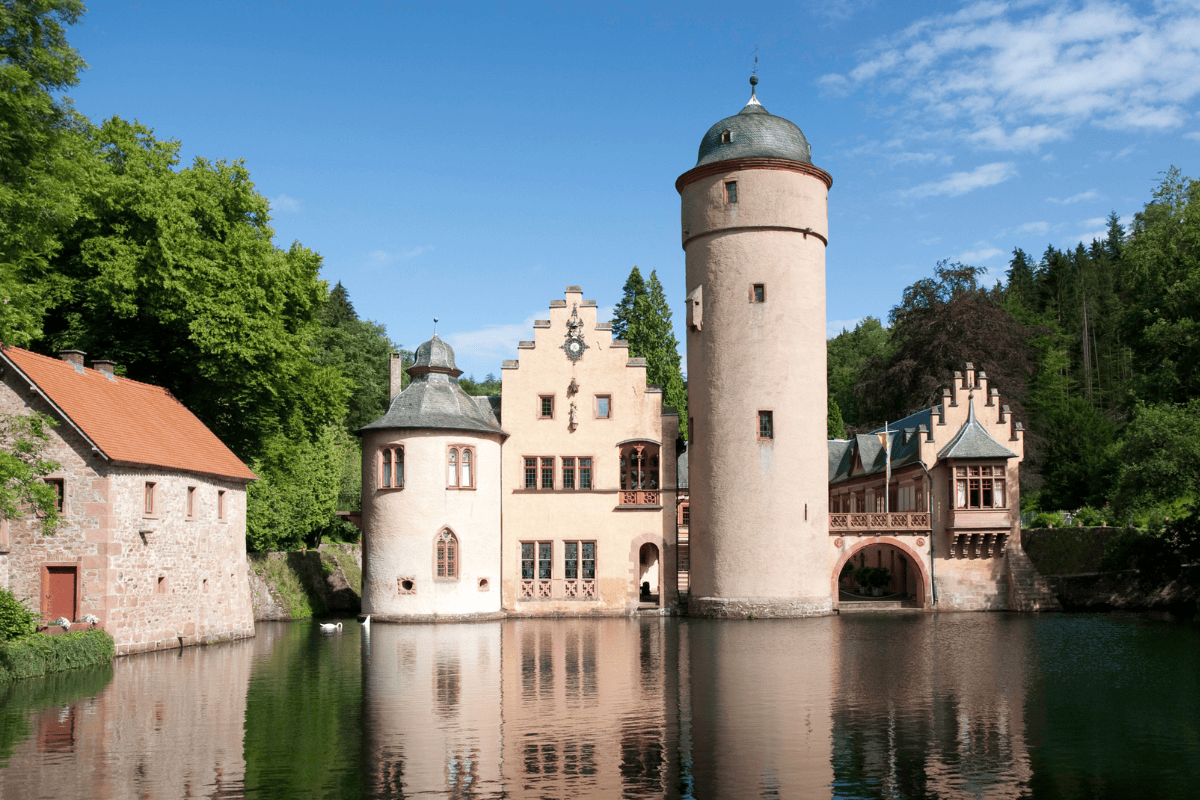
Why Use A Travel Guide?
Germany travel guides are a great resource for planning specific aspects of your trip, especially when combined with the info we provide on this website.
You can never have too much trip planning information, and a good travel guide provides essential travel information without the need for wifi.
Travel guides are especially useful for people who don’t have a lot of experience traveling abroad or who don’t speak the language of their destination country.
The guides we highlight below can help you find good restaurants, learn about regional customs and traditions, and avoid scams in specific locations.
If you’re looking for something more specific than general travel advice, there are many specialty travel guidebooks available that cover everything from hiking trails to famous literary locations around the world!
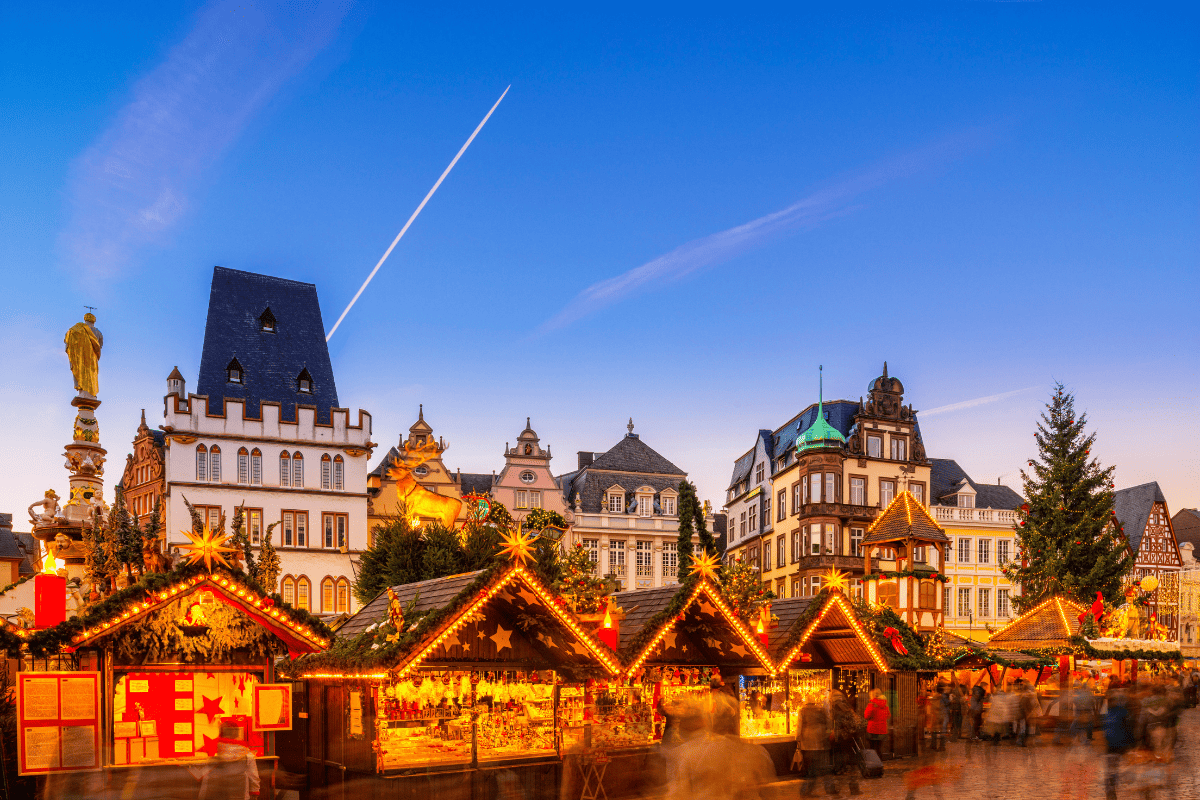
Germany Travel Guides Comparison Chart
Here’s an overview of the best guidebooks for Germany travel. Scroll down for a more detailed review of each book!
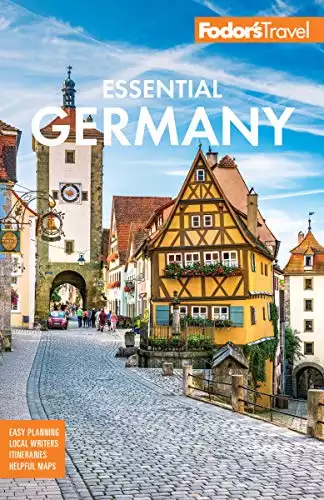
- Perfect for insider tips
- Full-size street maps
- Sample itineraries
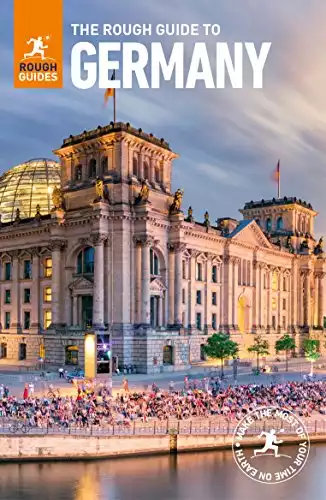
- Free with Kindle Unlimited (as of now)
- Carefully planned itineraries
- Full-color maps
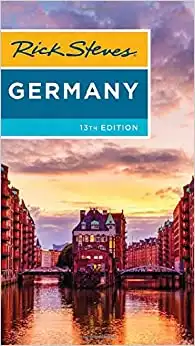
- Perfect first timers
- Strategic advice for making the most out of your budget
- Tips on how to plan a multi-week trip to different cities in Germany
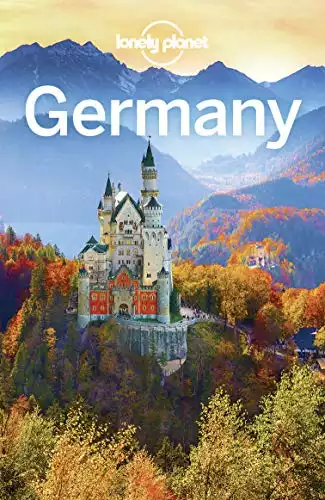
- Honest reviews of restaurants
- Free on Kindle Unlimited too
- Add notes to personalize your digital guidebook
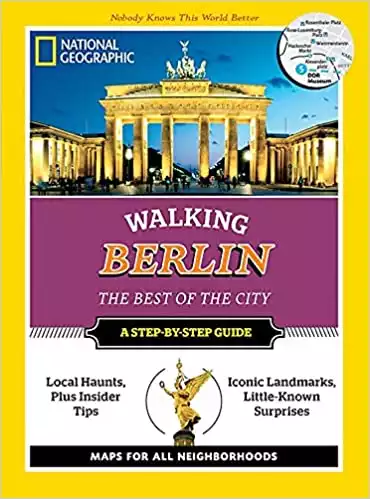
- 15 walking tours
- Step-by-step itineraries
- Detailed maps
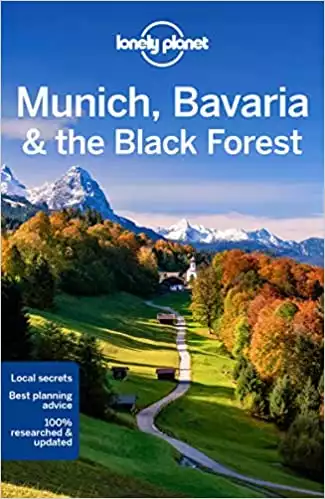
- Up-to-date research on travel information and what businesses are still open after light of Covid-19
- “What’s new” sections featuring cultural trends
- New, up-and-coming areas to visit
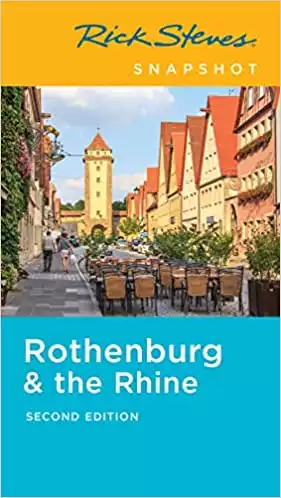
- Insider travel tips
- How to avoid tourist traps
- Rothenburg & Rhine focused
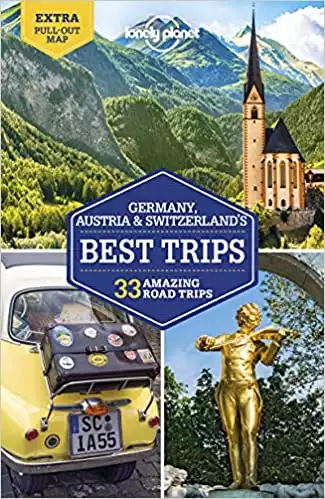
- Germany, Austria & Switzerland
- 33 trip ideas
- Fastest travel routes & scenic detours
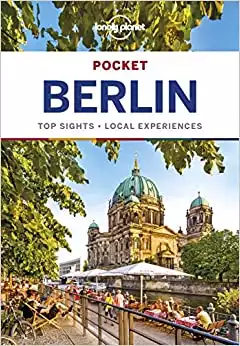
Small & handy
Books for Berlin, Hamburg & Munich
Expert advice on top tourist destinations & neighborhoods
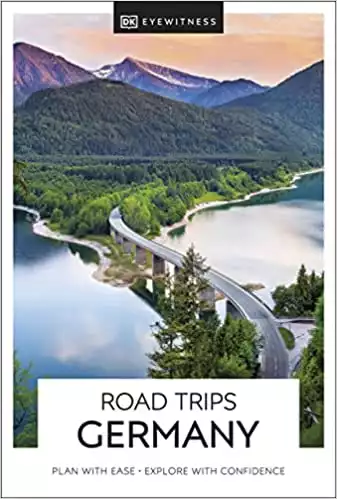
- 24 well-researched driving routes.
- Discover stunning views and hidden gems off the beaten track
- Practical tips for driving in Germany
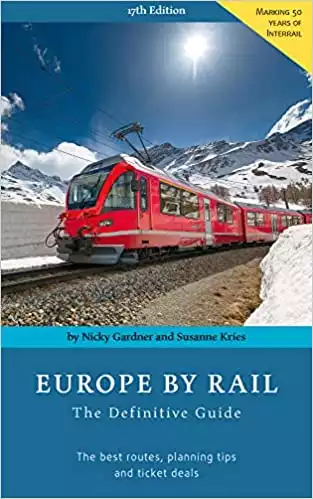
50 key routes
Tips on the best ticket deals
Fun sights to see along the routes
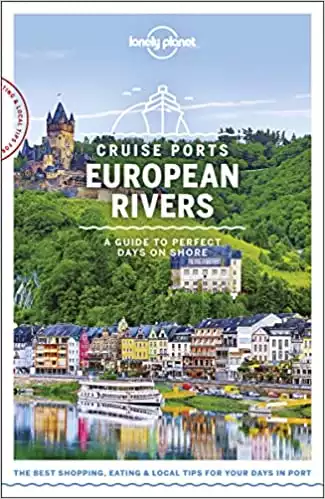
- Advice for first-timers
- Covers Germany & other European cruise routes
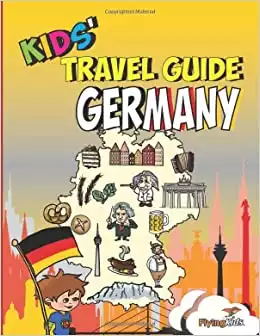
- Fun facts about Germany
- Language learning
- Coloring pages, quizzes, puzzles & journal pages
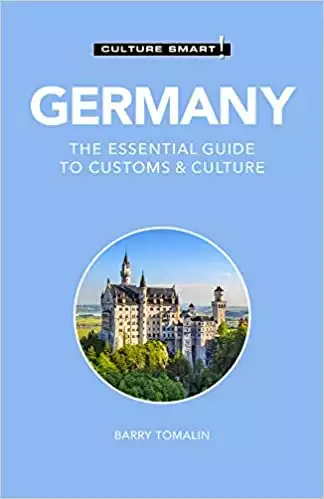
- German history
- Cultural values, traditions & etiquette
- Regional cultural differences
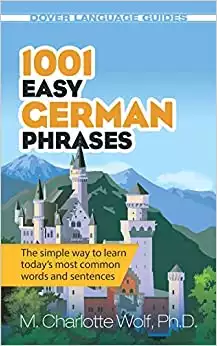
- 1,000 basic words, phrases, and sentences in German
- Small talk, asking for directions, finding a bank, ordering at restaurants
- Phonetic pronunciation guide!
How To Choose The Best Travel Guide For You
There are a lot of travel guides on the market, making it pretty overwhelming to find the right one. When choosing the best travel guide for your trip, there are a couple of things you should take into consideration.
Grab our FREE Germany Trip Planning Checklist Now!
What are your travel plans?
If you’re going on a multi-week trip across Germany, visiting several cities and regions, then the best travel guide for you will be a comprehensive general country guide on Germany.
These kinds of guides usually have multiple chapters dedicated to all the big cities and regions, making it easy to flip through whichever destination you’re going to along your trip.
On the other hand, if you’re mostly staying in a specific region or a couple of cities, then it’s better to find a regional guide that really narrows in the area you’re visiting. This way you won’t be bogged down with city information that may not be applicable to your trip.
What’s your travel style?
If you’re going on road trips, you’ll find guidebooks with specific information and helpful tips on driving in Germany, the best scenic routes, and more. Likewise, if you’re going on a river cruise, find a guide that covers that specific type of travel. There are also guides that are geared towards kids.
What’s your preferred writing style?
Do you prefer matter-of-fact, objective, no-frills writing? Or do you gain more value from reading personal guides filled with the author’s own anecdotes and experience of the city?
There are also guides that focus heavily on history, others on beautiful travel photography. Make sure to read reviews to get a gist of the style and content of the guide!

Fodor’s Essential Germany is the perfect guide for those who want insider tips on how to experience Germany like a local.
Fodor’s Travel Guides are all written and researched by local experts, who can offer you unique insights you might not find in other guides.
In this guide you’ll find fully updated information on all of Germany’s main attractions and hidden gems, which includes restaurants, hotels, and even outdoor activities.
As well as full-size street maps and beautiful photographs, you’ll also have access to multiple sample itineraries to help you make the most out of your travel time.

The Rough Guide to Germany is one of the best options for those who want a guidebook on their Kindle – it’s free with Kindle Unlimited (as of now)!
You’ll have rundowns of must-see landmarks, carefully planned itineraries, and full-color maps to navigate the streets of Berlin or Munich without the need to go online.
This guide covers a vast majority of areas in Germany, not just the major cities . If you’re spending more time in a certain region, then the detailed regional coverage will be very useful.

Rick Steves is one of the most well known travel writers from the United States. His mission is to empower Americans to go on fun and culturally enriching trips to Europe and his guidebook to Germany reflects that.
People who are traveling to Germany for the first time will find this guide very useful. It has strategic advice on how to make the most out of your budget and time with tips on how to plan a multi-week trip to different cities in Germany.
Other handy features include self-guided walking tours, a packing checklist, and a German phrasebook. This edition also has up to date detailed information reflecting the changes brought about Covid-19.
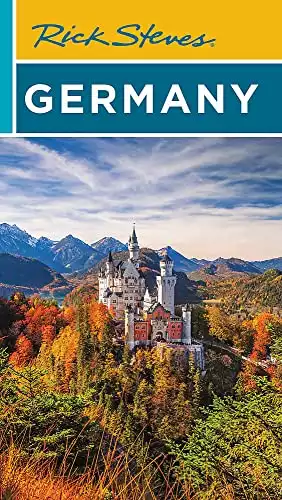
Lonely Planet has some of the best guidebooks in the market and the Lonely Planet’s Germany is no exception - it's currently the #1 best seller on Amazon.
They provide comprehensive and trustworthy information on everything you need to know about Germany, from the most visited tourist areas to less well known historic cities.
This guide makes sure to provide itineraries and honest reviews of restaurants, shops, landmarks that cater to every kind of travel style and budget.
The book is available in both digital (it’s free on Kindle Unlimited too!) and paperback versions. The digital version comes with downloadable PDF and offline maps that are great for preventing extra roaming charges, embedded links to recommendations with websites.
You can even add notes to personalize your guidebook. The paperback version is small and sleek, making it easy to bring around while traveling.
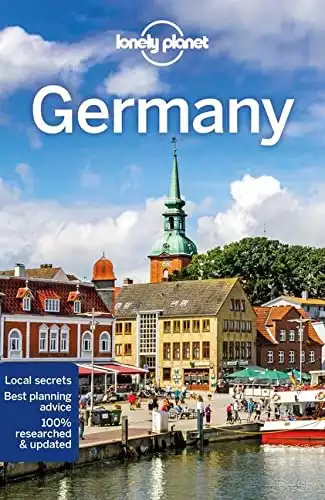
If you’re staying in Berlin for some time, then you’ll probably be spending a good amount of time walking (alongside using their excellent public transport).
And there’s no better way of getting to know a city than by walking! National Geographic Walking Berlin is the best guidebook for this.
This book contains 15 walking tours with step-by-step itineraries and detailed maps that will have you roaming and exploring Berlin like a true local in no time.

Lonely Planet just came out with their newest guide on Munich, Bavaria, and the Black Forest.
Whether you’re looking for the perfect spa town to relax along the Black Forest or celebrating Oktoberfest in Munich, this guidebook will have you covered.
Since it was just recently published, you’ll be able to find up-to-date research on travel information and what businesses are still open after light of Covid-19.
Aside from all the essential reading, there are also “what’s new” sections that feature cultural trends and new, up-and-coming areas to visit.

From wandering around quaint villages, going back in time exploring ancient castles ruins, or dining in good restaurants by scenic vineyards, the Rhine Valley is a must-visit.
It’s particularly known as a romantic destination, but every kind of traveler can enjoy it. Rick Steves’ guide to the Rhine is a great place to start planning your trip.
It includes insider travel tips on how to beat crowds and avoid tourist traps. The selective coverage also includes information on Rothenburg, a picturesque well-restored medieval city.

Lonely Planet’s Guide to Germany, Austria, and Switzerland is perfect for those whose travel plans always include day trips or road trips.
Especially if you’ve planned your itinerary with the goal of visiting neighboring countries like Austria or Switzerland, then this guide is for you.
This guide covers everything from the Romantic Road, Lake Bodensee, the Swiss Alps, Zurich, Lake Geneva, Vienna, Salzburg, and more! It features over 33 trips to take with useful advice on breaks to stretch your legs along the way, the fastest travel routes, and scenic detours.

The Lonely Planet’s Pocket Guide series are perfect for those taking shorter trips over a weekend or maybe those who have limited leisure time during business trips.
These guides are small and handy, getting down to the basics of each German city. It’s easy to use and concise, with expert advice on the top tourist destinations, neighborhood chapters, and day planners.
Click here for more information on Pocket Berlin, Pocket Hamburg , and Pocket Munich

DK Eyewitness Road Trips is ideal for those who want to explore Germany through road trips.
This guide contains 24 well-researched, easy to follow driving routes. Each lasts from 1 to 5 days, so you can choose any depending on your time and preference.
You’ll get to learn about stunning views and hidden gems off the beaten track that you can only discover on the road. It’s full of practical tips like road conditions, detours, parking info, and navigation details for GPS use.
Plus, each tour includes ideas for activities and sights along the way.

Europe by Rail is the definitive guide for planning your European trail travel journey using Interrail or Eurail.
This guide includes 50 key routes that you can follow or incorporate into your Germany itinerary.
It also contains tips on the best ticket deals, where to stay, and fun sights to see along the routes. It covers popular routes such as Glacier Express, the Rhine Valley, French Riviera, and the Scottish Highlands with information on new routes to Slovakia, Greece, and more.

River cruises have been gaining popularity, with many tourists loving the different perspective you get as you travel by water through scenic riverfront views.
Riverboats are usually much smaller than Mediterranean cruises, making for a more social experience and more frequent stops and onshore activities.
This Lonely Planet guide is perfect for those going on a European cruise through a number of different countries but who do not want to buy a guide book for each country.
It covers the following routes: Northern Rhine, Southern Rhine (France, Germany, Switzerland), Western Danube (Austria and Germany), Eastern Danube (Hungary and Serbia), the Seine (France), and the Elbe (Czech Republic and Germany).

Traveling with children to Germany for the first time can be intimidating. Kids Travel Guide Germany is here to help ease your worries!
This guide is a fun gift to give your kids as a way to cultivate their interest in traveling from a young age. Leonardo, the cute cartoon tour guide, will teach your kids fun facts about Germany and even basic German words.
It also comes with an activity book full of coloring pages, quizzes, puzzles, and journal pages to document their trip.

Nothing enriches travel experiences like immersing yourself in the country’s local culture. Culture Smart Germany shows you everything you need to know about German culture and way of life.
You’ll find chapters discussing history, values, cultural differences between regions, cultural traditions, and common etiquette to follow.
It’s great for navigating day to day life while you travel and even for more formal business trips.

This German phrase book is the ideal companion for your trip to Germany.
With more than 1,000 basic words, phrases, and sentences in German it covers every travel situation you could think of from small talk, asking for directions, finding a bank, and ordering at restaurants.
Easy to use and straight to the point, this guide will help you familiarize yourself with the German language and navigate social situations with locals. It also comes with a phonetic pronunciation guide!

What To See And Do In Germany?
If you’re not sure which guidebook will work best for you, consider where you most want to spend your time.
Germany is filled with tons of historic places to learn from, beautiful landscapes to admire, and fun cultural activities to experience. To get a gist of what awaits you in your Germany trip, let’s break it down to some of the main travel destinations in the country.
Berlin, the capital of Germany (and the largest city), is where you’ll find some of the most iconic landmarks of German history. You won’t run out of things to see from the Brandenburg Gate, the East Side Gallery, the Holocaust Memorial, the German Parliament Building (Reichstag), and many more.
For more information on the top historic places to visit in Berlin, read our guide to planning the ultimate Berlin itinerary.
This dynamic city has also undergone a lot of changes in the past decades, growing into one of the most interesting cities to visit in central Europe. Many people are drawn to the vibrant Berlin arts scene and music scene.
After all, the capital city is home to world-class museums (including some that give you a glimpse into what life was like in East Germany) and some of the best nightlife in Europe.
Plus, it’s the gateway to rugged Rügen island to the north on the Baltic Sea, historic Dresden to the south, as well as “Swiss Saxon” national park area.
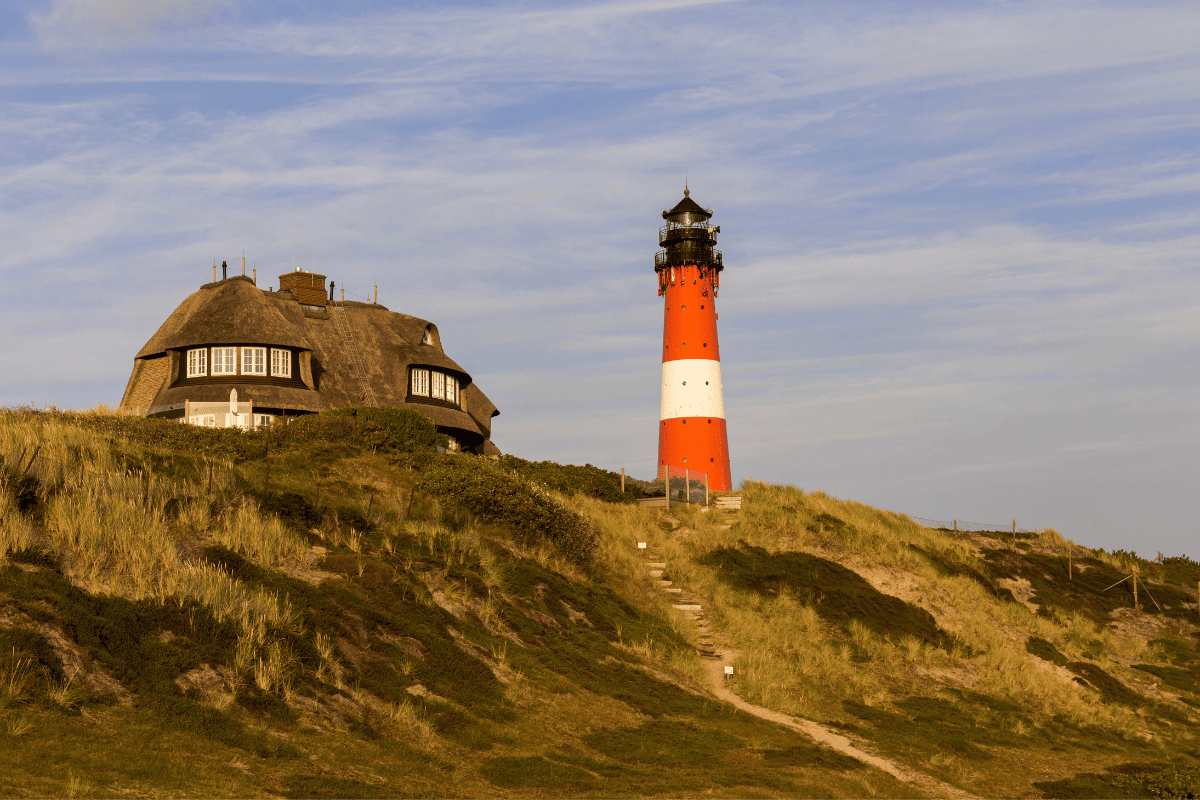
Hamburg, located on the Elbe river in northern Germany, is one of the most unique German cities. Famous for its ports, lakes, canals, and rivers running throughout the city, Hamburg shows you a different side of Germany.
Whether you canoe through the canals (super fun!) or try delicious fresh seafood after a harbor cruise, you won’t run out of fun activities to do in Hamburg. It’s one of my favorite cities in Germany!
The Black Forest is a region worth visiting for its spectacular scenery, small towns, and close proximity to France and Switzerland. It’s one of the best places to visit for those who love outdoor activities. There are hundreds of miles of hiking trails to explore and lakes and waterfalls to admire.
In-between immersing yourself in nature, you can explore picturesque smaller towns like Baden-Baden, Heidelberg, or Freiburg, and villages like Titisee-Neustadt, Triberg, and Gengenbach. You can also spend an afternoon seeing how people used to live at the Black Forest Open Air Museum.
Making your way to southern Germany, you’ll find the Bavarian Alps. For a scenic drive that makes the most out of your experience, we recommend driving south down the Romantic Road.
This route connects storybook castles , medieval towns, and breathtaking landscapes. It’s also one of the best ways to get to Neuschwanstein, the fairy tale castle that’s undoubtedly one of Germany’s most popular attractions.
A staple in all Germany itineraries is, of course Munich, the biggest city in Bavaria. It’s a popular destination for good reason – it’s a beautiful city rich with history far beyond the famous Oktoberfest. Munich (and Bavaria in general) is what most people envision when they think of Germany.
From Munich’s beer gardens, lush urban parks, and historic plazas, you won’t run out of things to see! Check out our guide on how to plan the perfect Munich weekend itinerary here.
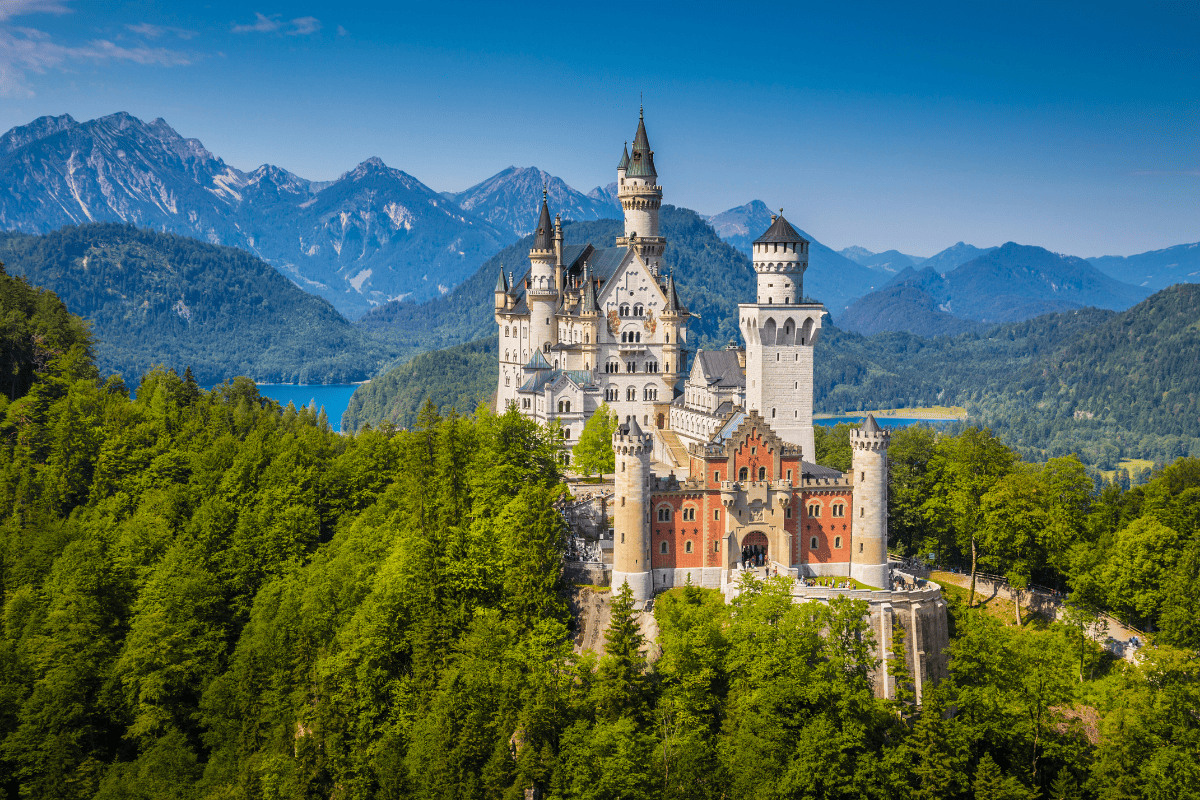
Before leaving southern Germany, make sure to stop by Lake Constance (Bodensee in German). Found along the country’s border of Austria and Switzerland, this region with its lakeside small towns is a great place for sunny summer holidays.
In Central Germany, you’ll find the Rhine Valley which holds great historical and cultural importance as a UNESCO World Heritage Site. It’s also a popular romantic destination where you can do activities like wine tasting in hillside vineyards and going on a cruise on the Rhine river. We recommend exploring the area on a boat tour to bring you to quaint villages and ancient castles.
Cologne is a great gateway city to the Rhine Valley. The city’s old town is home to the famous Cologne Cathedral and it’s a great walkable area with lots to see.
Another nearby major city is Frankfurt. Though you may only know Frankfurt as Germany’s financial capital or home to one of the world’s busiest airports, the city is fun to explore for its modern architecture, the contrasting historic old town, and interesting museums. Read our guide to spending a day in Frankfurt here or how to day trip to the many castles in the area.
We hope this gives you a good idea of all the exciting things to see and do in Germany. We know there’s a lot to take into consideration. That’s why we also prepared a step-by-step guide on how to plan the perfect Germany vacation that answers everything from where to stay, what cities to visit, and how to get around!
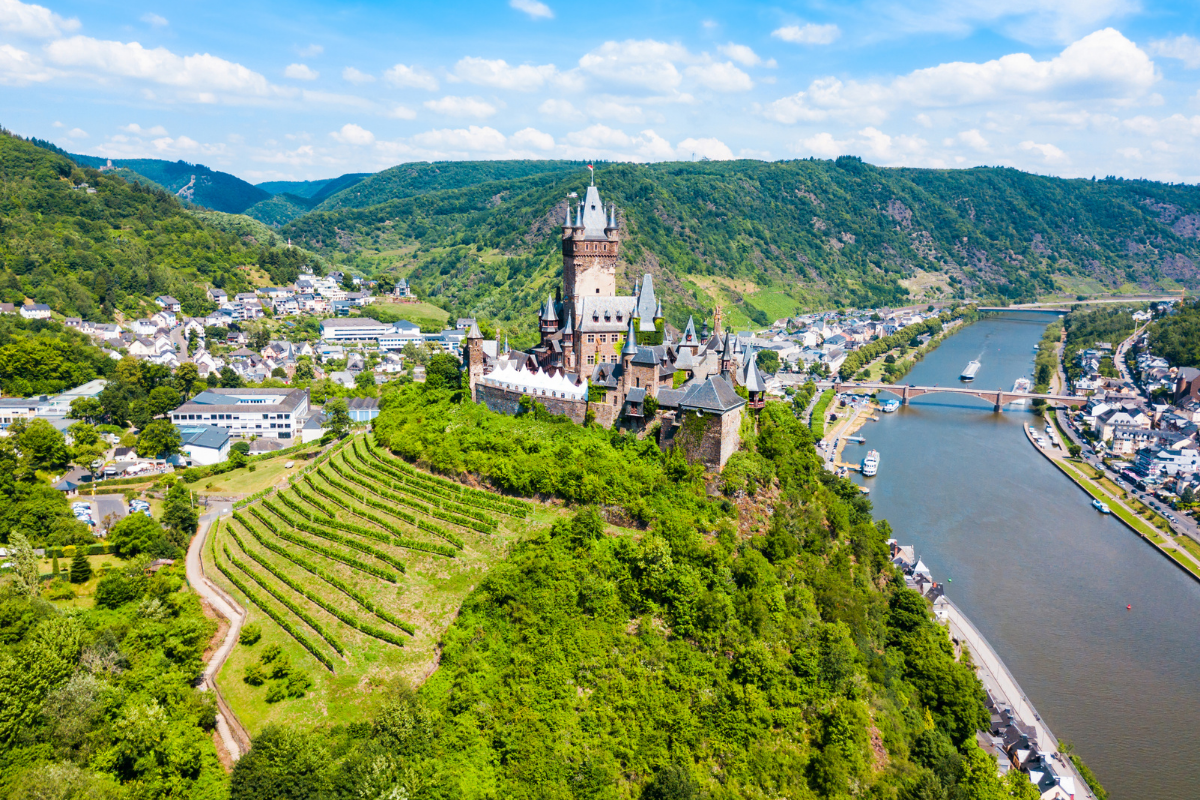
When Is The Best Time To Go To Germany?
We get this question a lot! The best time to go to Germany totally depends on what kind of experience you’re looking for. There’s really no bad time to visit because each season has something great and unique to offer!
During summer, you’ll get to enjoy warm and sunny weather. The long days are perfect for sightseeing since the sun sets as late as 10:00-10:30 pm. Be aware that you won’t always be guaranteed clear, blue skies, though. Some days can be rainy or windy but that kind of weather usually doesn’t last longer than a couple of days.
On the flip-side, it can also get really hot during heat waves, and you won’t find A/C in all restaurants and hotels.
Another downside is that since it’s peak season, streets and tourist attractions can be much more crowded with families from all over the world traveling during summer break. Prices for tickets and accommodations are also at their highest so we recommend booking reservations as early as possible.
Winter can also be a beautiful time to visit, but you’ll obviously have a very different experience. Snow, cold weather, and short days with the sun setting as early as 5 pm are just some of the things that you can expect.
Luckily, you’ll have the festive bright lights and cozy atmosphere of Christmas markets to make up for it. It’s also an ideal time to visit if you love winter activities like skiing or sledding.
Fall can be a good time to visit, especially if you want to participate in Oktoberfest festivities which take place late September to early October. The autumn weather means it’s still pleasantly enough for strolls, though you’ll have colder nights as you approach winter.
Weather during spring can be a bit of a toss-up. Some days can bring light breezes and warmth but other days can be gloomy and rainy. But you’ll get to see cities come alive and locals spend more time in parks or beer gardens as flowers bloom and outdoor activities kick into gear.

Cate has been traveling to Germany for 30+ years. She has lived in Germany, taught college German, and has a PhD in German Applied Linguistics. She loves helping travelers plan their dream trips to Germany!
Similar Posts
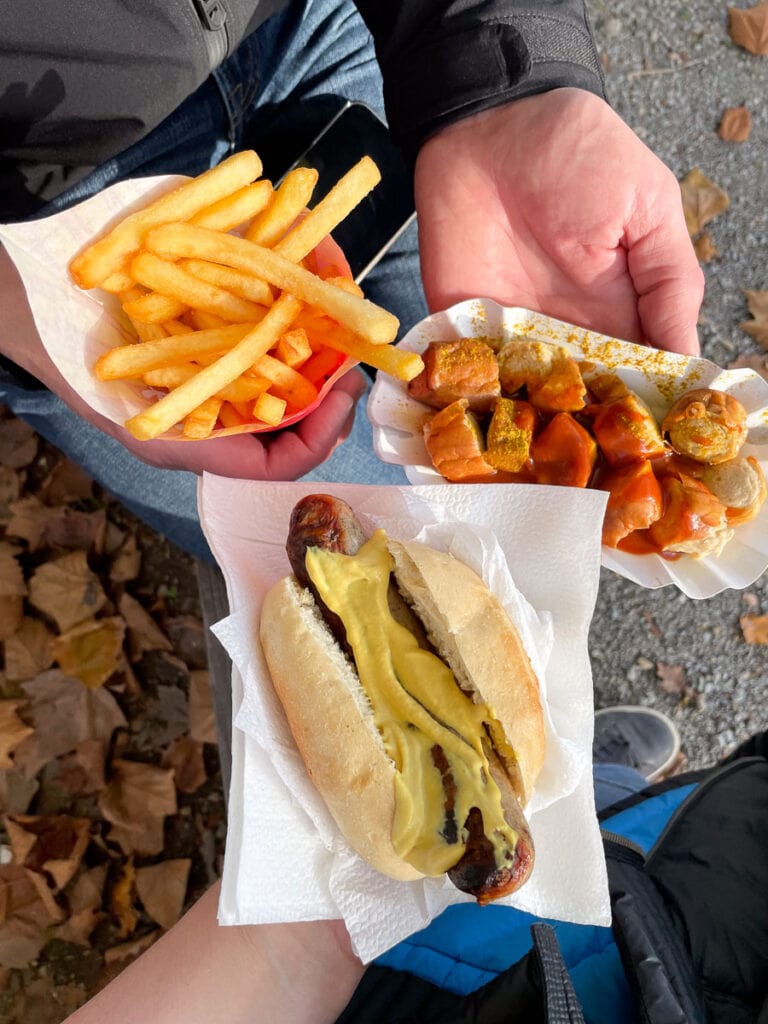
Popular German Snacks to Try While Traveling in Germany
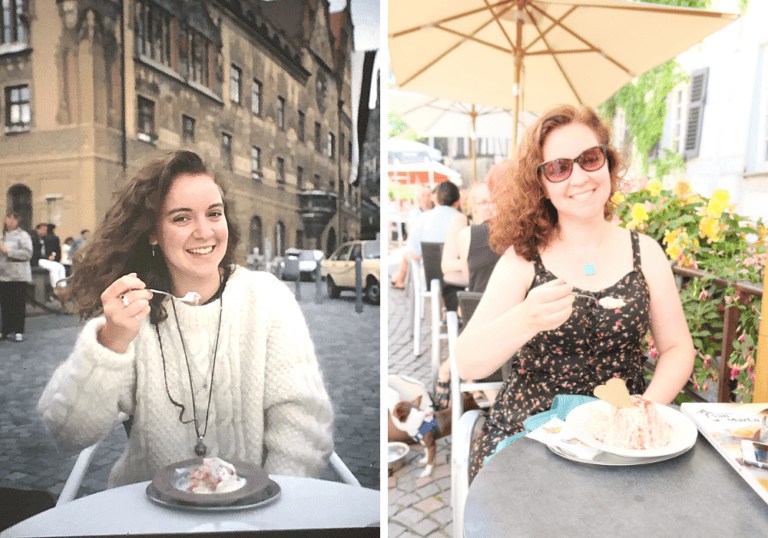
Recreating 25 Old Photos From Living And Traveling In Germany
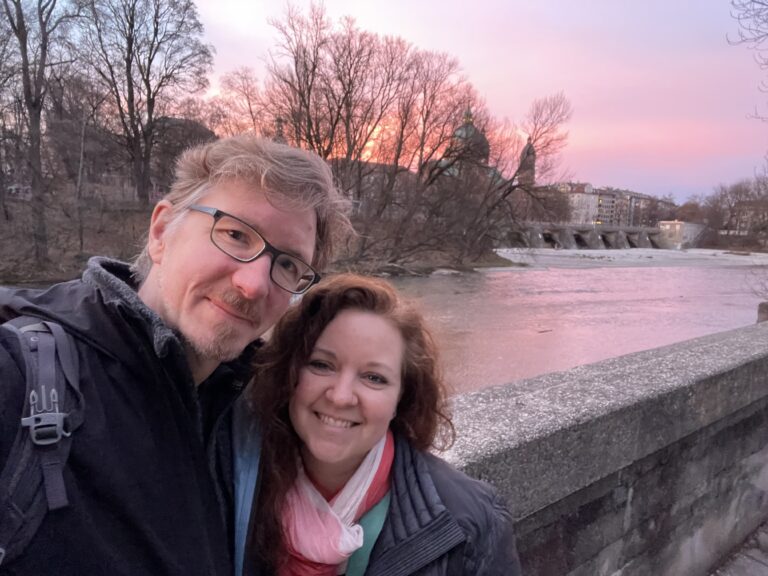
45+ Perfect Holiday Gifts For The Germany Traveler
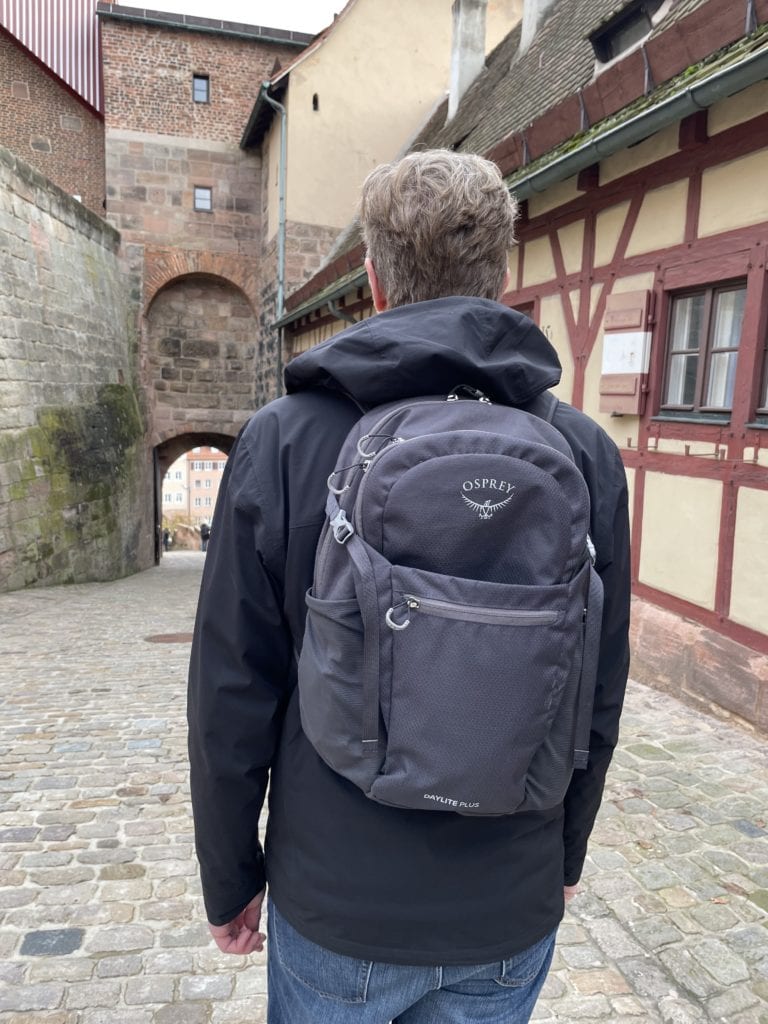
Germany Travel Gift Guide
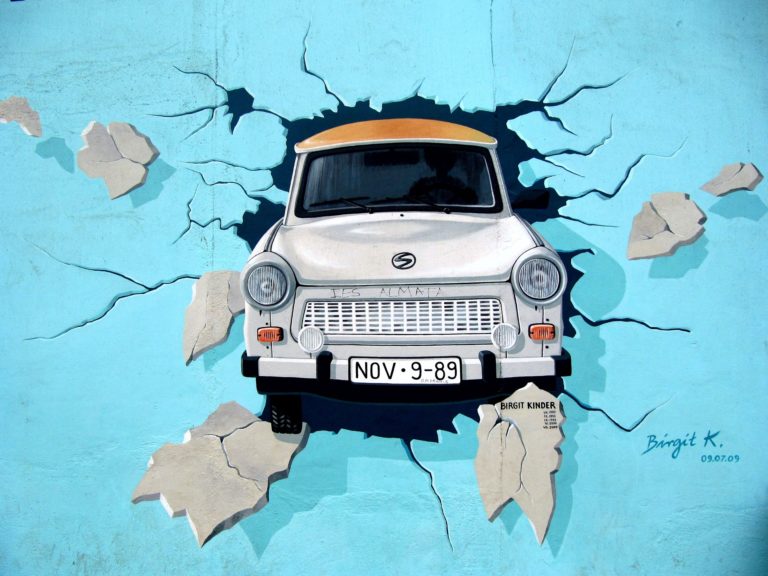
13 Books About Germany For Your Germany Vacation

Best German Translator Apps for English Speakers
Here’s how we can help you plan your perfect trip in 2024.
GERMANY TRAVEL PLANNER: Just getting started? Have questions about Germany’s confusing train tickets or how to find the best guided tours? Not sure which parts of Germany should be in your itinerary (and what to leave out)? Our Germany Travel Planner answers those questions and more via how-to videos, our interactive Germany Planning Map, City Cheatsheets, and MUCH more. Click here to unlock the best of Germany the easy way!
GERMANY TRAVEL CONSULT: Feeling overwhelmed? Itinerary just not coming together? Wonder if a few tweaks would take your trip to the next level? Book a Mini or Full consult with Cate! She’ll help you create or tweak your itinerary, recommend train tickets/passes, hotels, things to do, guided tours, show you how to buy train tickets, orient you to specific cities, help you plan out day trips, and answer your Germany travel questions.
ACCOMMODATIONS: We recommend using Booking.com since they have widest range of accommodations available from hostels, boutique hotels, luxury chains, aparthotels, at the best prices. Check out our accommodation guides for specific recommended hotels.
WHAT TO PACK: If you’re bringing your phone, be sure to bring this plug adapter , this power bank , and this wrist strap . They’ve been lifesavers for us! You can see our other packing essentials here and here .
TICKETS & TOURS: For guided tours, day trips, private tours, and skip-the-line tickets, Get Your Guide is our go-to!
TRAINS & BUSES: To research train schedules and buy tickets or a Germany Rail Pass, we recommend the official Deutsche Bahn (German Rail System) website (and download their DB Navigator app). For buses, look at FlixBus , which offers tickets for routes within Germany and to other European countries. FlixBus is often cheaper than trains but can take longer.
Leave a Reply Cancel reply
Your email address will not be published. Required fields are marked *
Save my name, email, and website in this browser for the next time I comment.

Home » Destinations » Europe » Germany » 5-14 Day Germany Itinerary: A Guide For Planning Your Perfect Germany Trip
5-14 Day Germany Itinerary: A Guide For Planning Your Perfect Germany Trip
Links in this article may earn us a little money if you book/ order stuff. More here .
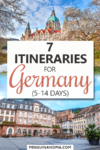
Plan Your Perfect Germany Itinerary with These Detailed Templates!
If you’re looking to plan the perfect trip around Germany, you are in luck! We’re passionate about exploring Germany because it’s a great country – and because Lisa is German!
Jokes aside, we’ve been lucky enough (and have made it a point) to see lots of different parts of the country – from the sea in the north to the mountains in the south. That said, Germany can be a tough country to plan a route or road trip through because there is just so much to see and do!
So, whether you’re looking for the best week in Germany or a Germany itinerary that covers 5 days or 14 days – here’s our master guide with 7 detailed Germany itineraries by train and/or by car! We’ve got cities, attractions, hotels and accommodations, directions, and distances to help you plan the best Germany travel route for you!
We’ve got other great posts to help you plan a visit to Germany:
- Must-Knows + Tips for Travelling to Germany for the First Time
- Helpful German Phrases to Get You By
- Discover 30 Beautiful Places in Germany
- Our Top Hostels in Germany (Stayed at all of them)
Table of Contents
Things to Consider When Travelling in Germany
Before you plan your trip to Germany, there are some things that you should know and keep in mind to make planning easier and to have a successful trip. While you probably know that the currency used in Germany is the Euro, here are some other topics that you should consider as well.
Best Time of Year to Visit Germany
Germany is actually a destination that you can visit year round – but it is important to plan accordingly and go in with the right expectations. If you’re planning a trip during the spring – let’s say from March to May – you could absolutely have beautiful weather… but it may also just rain a lot.
Unfortunately, the weather can be quite difficult to predict. However, as long as you prepare for different possibilities, you can have a great time no matter the weather! Generally you can say that Germany has a moderate climate with cool and rainy winters (more snowy the farther south you get) and warm – but not overly hot – summers.
July and August are usually the warmest months with an average temperature around 20°C. However, there can be days where you have 30°C. Of course, this can vary depending on the exact location you’re travelling to. Often, it is colder by the north coast than it is farther south.
We would honestly recommend that you avoid visiting the country in July if you dislike crowds since this is when the majority of kids are on their summer break from school. As a result, some cities can get quite busy.
Typically, we would recommend travelling in May or June and then from the end of August until the end of September (or even the middle of October). However, there is also a great reason to plan a Germany trip during the winter because of the many beautiful Christmas markets that you could visit at that time of year!
Public Transportation in Germany
Public transportation in Germany is quite good, especially when compared to North America. Yes, sometimes us Germans like to complain about the “Deutsche Bahn” – the German train company – but at the same time we are also super glad that it exists and works well.
If you’re wondering: Yes, all the itineraries mentioned below can absolutely be done if you want to take the train (minus the odd day trip to a castle here and there). If you want to check a train connection and/or buy tickets in advance you can do so on the DB Website . Alternatively, you can also download the DB app to your phone. We both have it and use it regularly.
As an alternative to the train, you can sometimes also use the bus to get from one city/town to another. Since 2013 (before this date it wasn’t allowed), long distance buses have established their presence in more and more cities and are now a popular way to get around for people who are more conscious of their money.
Unfortunately long distance train tickets can sometimes get quite expensive if you don’t book in advance – so the bus can be a good alternative in some cases.
The most popular long distance bus company in Germany is probably Flixbus. We have also used them multiple times to get between cities. If you want to look at the schedule and/or book a ticket, you can do so on their website .
In addition to the trains and long distance buses, the public transport within the cities is also usually pretty good – especially in bigger centres. Many of the cities – or transport associations – have their own transport apps. So, if you know where you are going and plan on using the local buses, trams, metros, etc. then downloading the local transport app would be a great idea!
Car Rental in Germany
If you want to rent a car and plan a Germany road trip, then that is certainly an option as well. Driving in Germany is generally pretty safe and people are not usually as reckless as in some countries in the south of Europe. However, it can get a little crazy in bigger cities like Berlin or Munich – especially if you are not used to driving in bigger centres.
In Germany, you drive on the right side as it is done in the United States, Canada, and many other countries as well. You have probably heard of the “Autobahn” – that’s simply the German name for our highway system. If you follow any of these itineraries, you’ll drive on many different highways.
While it is true that there is no speed limit in some parts of the Autobahn, there are lots of sections where there are actually speed limits in place. You can usually find limits imposed at/around construction zones along the way – so don’t think you can just speed all the time.
And PLEASE don’t drive on the Autobahn like you would on a highway in the United States or Canada – pass on the left and then get back over . If you’re going slower than other cars, there’s no need for you to be in the left (or even in the middle) lane. You can probably tell that this is something that Lisa complains about in Canada frequently, haha.
Since Germany is such a popular destination, there are lots of different rental car agencies to choose from. You can compare prices from different agencies for the duration of your trip with this handy rental car comparison tool . Please make sure to read the fine print so you know whether you need extra insurance, etc.
Also please be aware that many people in Germany drive cars with a stick shift. Rental cars with automatic transmissions exist, but the numbers available are usually lower and these cars might be slightly more expensive.
We’d also recommend that you reserve an automatic car well in advance if you need one – just so you can make sure that one is available for you. It probably wouldn’t be fun learning how to drive a stick shift while on a road trip in a foreign country.
Travel Insurance for Germany
If you’re planning a trip to Germany and you’re not from another EU country, then you should make sure to get travel insurance for the duration of your trip!
While you’ll probably be fine, accidents do happen and it could get really expensive if you’re not covered. That’s why we always travel with insurance.
If you live in another EU country and have health insurance there, you can get the blue health insurance card with which you are covered in other EU countries in emergency cases, as well.
If you don’t have that option – or are from outside of Europe – we recommend that you get private travel insurance.
Germany Itinerary 5 Days
If you only have a few days to travel through Germany, then have a look below at the two 5-day itineraries we have created. For these itineraries, we have assumed that you are not already in the country so they all start and end in bigger cities.
This should help make it easier for you to fly in/out of an airport with good connections if you are coming from overseas.
Depending on your preferences, you can choose between a trip through the northern part of Germany or a trip through the south of the country (mainly Bavaria). If you are interested in bigger cities and/or harbours, then we’d recommend the northern route.
In case you prefer half-timbered houses and beautiful old towns, then you should have a look at the southern route instead. Of course, you can always modify any itinerary to better suit your interests!
Germany Itinerary 5 Days – North
This 5-day Germany itinerary through the northern part of the country can certainly be considered a “sampler-type” of itinerary since you get to see the two biggest cities in the country – but not much more than that.
That’s completely fine though – you can only see so much in five days anyway. If you are interested in bigger cities and don’t have more than a few days, then this itinerary would be great for you!
The total driving time for this itinerary would be about 5 hours 30 minutes with a total distance of approx. 520 km. Of course, this can change depending on the route you are taking and the time of day you are travelling. Commuter traffic could add quite a bit of travel time to your journey.
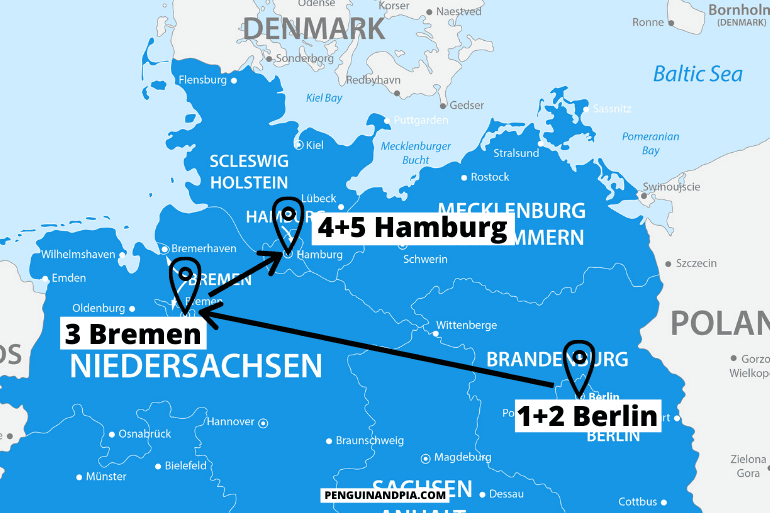
Day 1+2: Berlin Day 3: Bremen Day 4+5: Hamburg
Day 1+2: Berlin
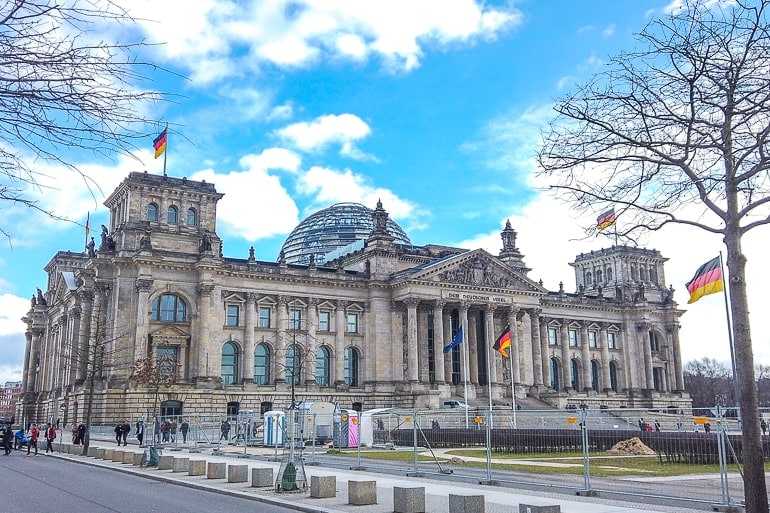
Berlin is a great place to start your adventure since it is the German capital, has multiple airports close by, and has really good train connections.
Since Berlin is such a popular tourist and business city, the car rental industry is well established and there are many different rental agencies to choose from.
— Compare prices from rental car companies in Berlin here
However, since you are only visiting bigger cities on this relatively short itinerary, we believe that a rental car is probably not necessary. Instead, for this trip, it might make more sense to take the train.
Since Berlin is such a big city with lots of things to do, it is worth it to spend (at least) two days in the city. So, remember to book your accommodation in Berlin for two nights .
Accommodation in Berlin : Berlin is a massive sprawling city with loads of different areas to stay and different accommodation options. You can check here for accommodations and hotels in Berlin .
If you are travelling to Berlin with a car, you’ll need a place to park. Check out Park Plaza Wallstreet Berlin Mitte for a stay right in the middle of the city close to Museum Island and other top attractions. It also has a tasty breakfast. Park Plaza has free parking on the street near the hotel (if available) or else it’s for a fee (but a reasonable price considering you’re in the middle).
If you are arriving into Berlin by train, you can check out NH Collection Berlin Mitte am Checkpoint Charlie . Located in the city centre right near the top sight “Checkpoint Charlie”, this popular hotel is in the heart of the action/attractions and is easy to get to via modes of public transit (metro – called the “U” for U-bahn).
If you are searching for a hostel/hotel, check out PLUS Berlin . Located over near the East Side Gallery (the piece of the Berlin wall with the artwork on it), Eric stayed here and really liked it! It’s also very easy to get to using public transit and is close to other areas to go out, etc.
Must-see Attractions in Berlin:
- Brandenburg Gate
- East Side Gallery (Berlin Wall)
We have also written a whole article about classic tourist attractions in Berlin in case you’d like some more inspiration. If you’re looking for some tips on how you could spend a day in Berlin, have a look at our One Day in Berlin Guide .
Day 3: Bremen
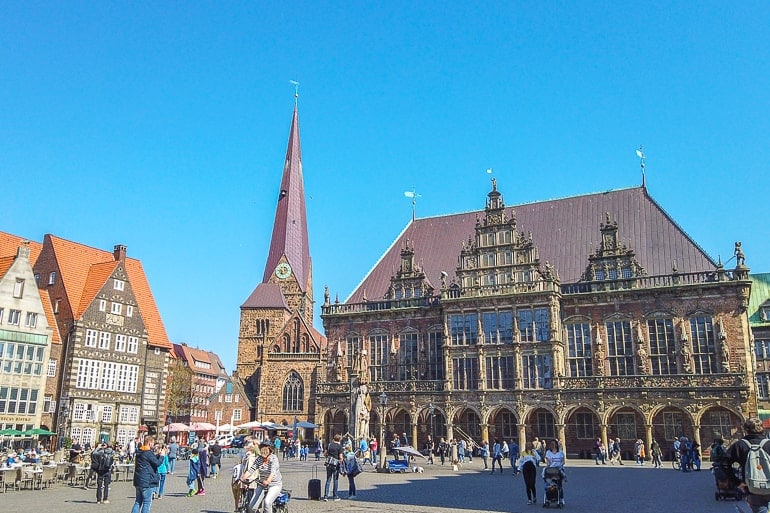
On the third day of your 5 days in Germany, you’ll head for Bremen. We’d recommend that you do the drive/train ride in the morning so you have enough time to explore the city once you get there.
Bremen is a hanseatic city with a nice old town – the market square with the town hall and the cathedral is especially popular. In German-speaking countries, the city is also known for a tale called the “Town Musicians of Bremen” by the Brothers Grimm. You’ll come across the animals of the tale (donkey, dog, cat, and rooster) many times as you stroll through the city.
The drive from Berlin to Bremen will take you approximately 4 hrs 10 min by car , but only around 3 hrs by train . If you take the train, try to book in advance if you can as this will usually save you some money.
Accommodation in Bremen: Bremen is a popular city to explore and it’s also on the larger side so you’ll find plenty of accommodations to suit your needs. There are hotels in the city centre/old town which put you within walking distance of the river and top attractions. You can check here for accommodations and hotels in Bremen .
For a popular choice in the historic middle, you should check out the very popular Radisson Blu Hotel Bremen . Funny story – we know there’s underground parking because we parked there when we visited Bremen by car.
If you want to stay closer to the train station just outside the historic centre (but still very central), check out the Dorint City-Hotel Bremen . This lovely and also very popular hotel is close to the pretty Windmill and flower gardens and has water views just outside the old city walls.
Must-see Attractions in Bremen:
- Marktplatz with Town Hall and Cathedral
- Böttcherstraße
- Schnoorviertel
If you want some more tips for Bremen, have a look at our detailed Things to do in Bremen Guide .
Day 4+5: Hamburg
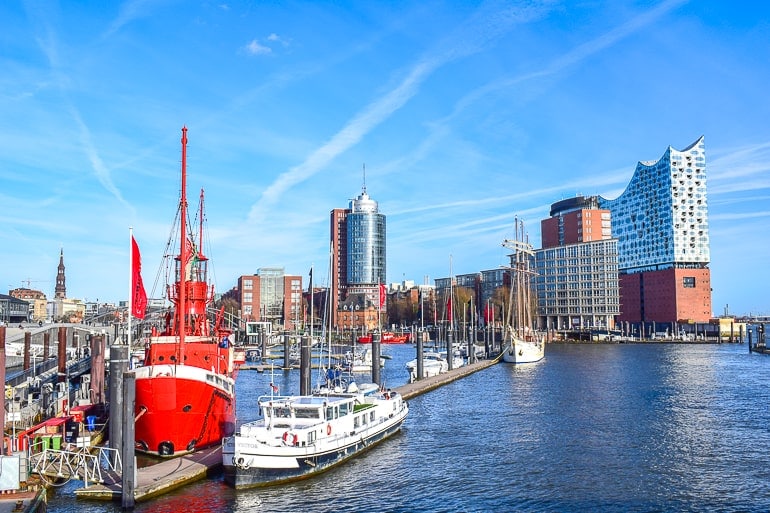
Hamburg is the second-biggest German city and the last stop on this short itinerary. We have been to Hamburg numerous times now and it is actually one of our favourite bigger German cities. You’ll find that the atmosphere of the city is very different than in Berlin. Not necessarily better or worse – just different.
Interesting (and slightly irrelevant) fact: The cities you visit on this itinerary are the three city states that exist in Germany in addition to the 13 area states such as Bavaria, Nordrhine-Westphalia etc.
The drive from Bremen to Hamburg is actually pretty simple and should only take around 1 hour 30 minutes by car and just around 1 hour if you take an ICE (fast train) . The train connection between these two cities is great with trains running pretty frequently. That should make it quite easy to find a train connection that works for your schedule.
Accommodation in Hamburg : Hamburg is popular city with loads of different accommodations and areas to stay in. You can check here for accommodations and hotels in Hamburg .
If you are travelling to Hamburg with a car, you might want to check out the Mövenpick Hotel Hamburg . Located in an old water tower, this unique hotel has a number of cool features with stunning views and parking onsite. It’s very popular – and also close to public transit for getting around!
If you are travelling to Hamburg by train, ARCOTEL Rubin Hamburg is a great hotel option for you to check out. Located in the cool area of St. Georg, you can easily walk to the hotel from the train station. It’s also walkable to other parts of the city centre and other attractions.
If you are looking for a hostel in Hamburg, you might want to check out Generator Hamburg as a reliable and popular hostel stay close to central station and the heart of the city.
If you want more details about accommodations in the city, we have a more detailed guide on where to stay in Hamburg .
Must-see Attractions in Hamburg:
- Speicherstadt
- Elbphilharmonie
- St. Pauli Piers
As one of our first ever articles on Penguin and Pia, we actually wrote a short Hamburg Guide . Have a look if you want some more Hamburg inspiration. Unfortunately it’s not nearly as detailed as our newer article – looks like it’s time for an update!
Germany Itinerary 5 Days – South
If you would like to explore the southern part of Germany instead of the north, then we would recommend the following 5 days Southern Germany itinerary. Compared to the northern itinerary, this trip includes stops in some smaller towns and cities. So, if you are interested in seeing some places of various sizes, beautiful old towns, and maybe a castle, then this might be a good itinerary for you.
The driving distance of this trip is just around 680 kilometres with a total driving time of approx. 7 hours . Depending on your mode of transportation, this can – of course – vary slightly.
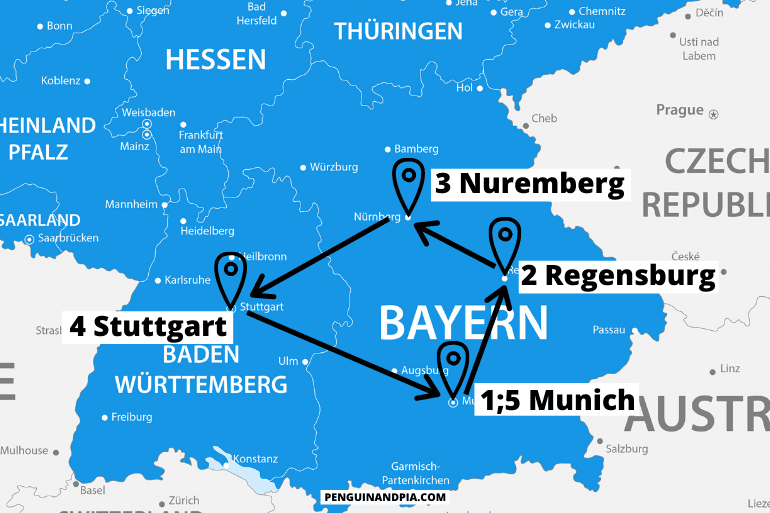
Day 1: Munich Day 2: Regensburg Day 3: Nuremberg Day 4: Stuttgart Day 5: Munich
Day 1: Munich

We are starting (and ending) this itinerary in Munich since it is an easy airport to fly in and out of from other parts of the world. If you are coming from another part of Europe by train, the connections to Munich are also usually pretty good.
Munich is the third-biggest German city and a very popular tourist destination. International travellers often mainly know the city because of the Oktoberfest which happens every year from the middle of September until October.
However, there is so much more to do and see in Munich than just the “Wiesn” (as the Oktoberfest is sometimes called as well). We are always happy to return to Munich because there is just so much to explore.
If you are thinking about renting a car for this itinerary, then you’ll be happy to know that it is quite easy to get a rental car in Munich. You can either pick it up directly at the airport after you land (if you arrive by plane) or in the city centre before you head to the next stop on this journey.
— Compare prices from rental car companies in Munich here
Accommodation in Munich: Munich is very large and popular city so finding a place to stay is no problem. The issue becomes that there are too many places to choose from! That said, you can check here for accommodations and hotels in Munich .
Specifically, we stayed at the very popular H2 Hotel München Olympiapark and we would highly recommend it for the value for money. The hotel has nice, cozy rooms, a super great breakfast buffet, and has a metro station steps from the front entrance to take you to the city centre.
There’s also onsite parking which makes this hotel perfect if you are travelling to Munich by car. The famous Olympic Park and BMW Museum are close by, too!
If you want to stay a little more in the city centre, then check out the Platzl Hotel Superior . This trendy hotel is in the heart of the Old Town just steps from top attractions like Marienplatz and the famous Hofbräuhaus. It’s also easy to get to the central train station either walking or on the metro.
If you are looking for more details on accommodations in this massive city, we wrote a detailed guide on where to stay in Munich .
Must-see Attractions in Munich:
- Marienplatz with New Town Hall
- Olympic Park
- Victuals Market
- English Garden
We also have a great little guide on how to spend one day in Munich if you want more details.
Day 2: Regensburg
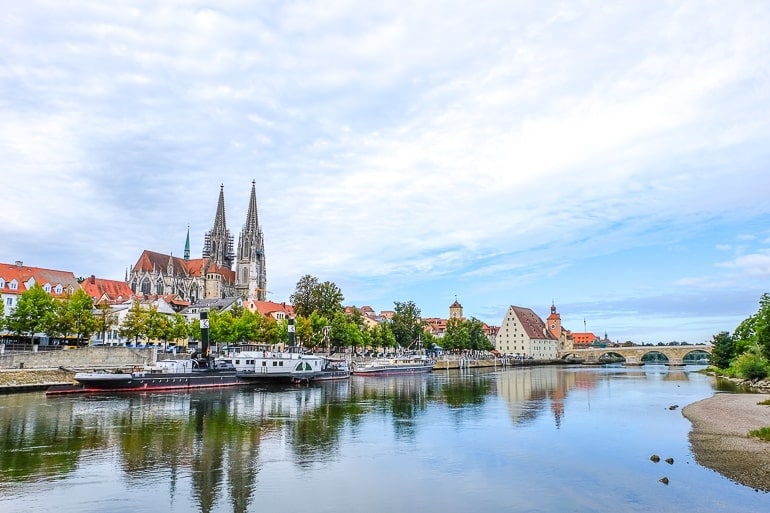
On day two of your trip you’ll be on your way to Regensburg, a small city in Bavaria on the Danube river. Due to its location by the river, Regensburg is a popular stop for people on a river cruise. So don’t be surprised if you see many different tour groups in the Old Town.
We recently spent a couple of days in Regensburg to get to know the city better and enjoyed our time there. One of the highlights is the Old Stone Bridge in the city centre which was built in the 12th century. We actually filmed a small YouTube video in Regensburg – which you can watch here if you are curious about what the city looks like.
The journey from Munich to Regensburg takes approximately 1 hr 20 minutes by car and around 1 hr 30 minutes by train . If you decide to travel by train – and especially if you are travelling with other people – we would recommend that travel with a “Bayernticket” (Bavaria Ticket). This ticket for train travel within the state of Bavaria usually allows you to save some money compared to regular prices.
Accommodation in Regensburg: If you are staying a night in Regensburg, you’ll have a number of great accommodations to choose from. To get started, you can check here for accommodations and hotels in Regensburg .
When we visited the city, we stayed at the Holiday Inn Express – Regensburg and really liked it. It’s a newer hotel and it really shows. The breakfast was excellent and there is even an onsite parking garage if you are travelling with a car. It’s not in the Old Town or near the river – but we did walk there one day and it only took about 15 minutes.
If you are travelling by train and you are on-foot, then check out the Altstadthotel Am Pach . This simple hotel is located right in the heart of the old town so you’re close to everything there is to see and do in Regensburg – including the beautiful Danube River. They also have breakfast included.
Must-see Attractions in Regensburg:
- Old Stone Bridge
- St Peter Cathedral
We are currently still working on our Regensburg Guide – but we’ll link it here once it is published.
Day 3: Nuremberg
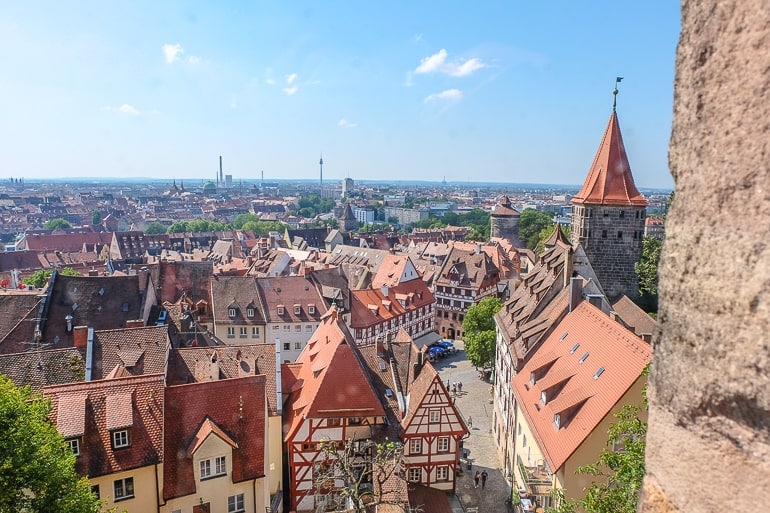
On the third day of this 5 day Southern Germany itinerary you’ll drive – or take the train – from Regensburg to Nuremberg. Nuremberg is a medium sized city in a part of Bavaria called Franconia. If you pay attention, you might notice that the dialect spoken here is quite different from that spoken in Munich and other places farther south.
Lisa actually grew up in this part of Germany so she has been to Nuremberg many, many times. Last year we also went to explore the city together and had a great time. Travellers from abroad mainly know the city for the Nuremberg Trials which took place there after World War II. You can certainly learn alot of history in this German city!
Since Nuremberg is quite close to Regensburg the drive won’t be long – giving you slightly more time to explore the city.
The journey takes approximately 1 hour 10 minutes by car and between 1-2 hours by train depending on which train you take (some stop more often than others). Once again, a regional ticket – such as the Bavaria Ticket – will probably save you some money if you travel with more people.
Accommodation in Nuremberg : Since Nuremberg is a very popular city to visit in Germany, there are many, many places to stay scattered throughout the city centre and around it. You can check here for accommodations and hotels in Nuremberg .
When we visited, we stayed at Five Reasons Hotel and Hostel and we really liked it. Located just inside the medieval city walls, we were really close to the train station and yet also steps from top attractions like the Germanisches Nationalmuseum. The place was bright and great value for the price which we liked a lot.
Close to Five Reasons, we had friends stay at the Sheraton Carlton Nuremberg and they loved it. We actually saw it with our own eyes – it had a pool with views of the city among other perks. There’s also a parking lot right across from the hotel if you’re coming to Nuremberg by car. It’s walking distance to the old centre and the central train station so best of all worlds!
Must-see Attractions in Nuremberg:
- Imperial Castle of Nuremberg (Kaiserburg)
- Documentation Center + Nazi Party Rally Grounds
- Albrecht Dürer’s House
As is the case with Regensburg, we are also still working on our article for Nuremberg. Once it’s live, we’ll link it here.
Day 4: Stuttgart
Stuttgart is the capital of the German state called Baden-Württemberg and the only place on this itinerary that is not located in Bavaria. The city is mainly known for being a “car hub” since both Mercedes-Benz and Porsche have their headquarters there. There are also museums dedicated to both car brands.
Stuttgart is a bit smaller than Munich but there is still a lot to see. In fact, one day won’t be enough to see the whole city – but it’ll allow you to get a good first impression. Next to the car museums, you could visit some of the many green spaces and/or old buildings that the city has to offer.
Driving from Nuremberg to Stuttgart by car will take you approximately 2 hours 15 minutes. If you have the time, you could even take a small detour and stop in Rothenburg ob der Tauber, known for its picturesque Old Town.
By train , the journey from Nuremberg to Stuttgart will take between 2 hrs 10 minutes and 2 hrs 30 minutes – depending on the type of train you are taking. Try to book your ticket in advance if possible as this can save you some money.
Accommodation in Stuttgart: There are many places to stay in Stuttgart – especially in the city centre. You can check here for accommodations and hotels in Stuttgart .
If you’re travelling to Stuttgart with a car, check out the Abalon Hotel ideal . Located very much in the city centre, this popular hotel has an underground parking garage and offers a good breakfast selection.
If you’re travelling to Stuttgart by train, you can check out the Pension am Heusteig . This guesthouse-style accommodation doesn’t have parking but offers a great breakfast and is a doable walk or metro ride from the train station. Funny enough, these two accommodations are very close to one another!
Must-see Attractions in Stuttgart:
- Schlossplatz
- Mercedes-Benz Museum
- Staatsgalerie Stuttgart
Day 5: Munich
On the last day of your trip you’ll make your way back to Munich since it is usually easier to leave Germany through the Munich airport than smaller airports in the surrounding area.
However, if you don’t have to get to an airport – and/or are taking the train home – you could also stay an extra night in Stuttgart if you wanted. Both cities are worth spending an extra few hours in – so you really just have to see what works best for you.
If you decide to get back to Munich, then the journey from Stuttgart to Munich will take approximately 2 hours 20 minutes by car and just slightly less (2 hrs 15 minutes) by train .
Accommodation in Munich : We already went over accommodations in Munich in Day 1 of this itinerary. So, you can head back up for the full details – but we would highly, highly recommend the H2 Hotel München Olympiapark as great value for money with great breakfast, parking, and a metro stop outside the front door.
Don’t forget we also have our detailed guide on where to stay in Munich if you want to have a deeper look at accommodations in the city.
We also have a post on spending one day in Munich if you want more details about the city!
Germany Itinerary 7 Days
If you have slightly more time to explore Germany, we have also created two 7 day Germany itineraries for you. Similar to the 5 day itineraries, we made two different itineraries since it’s pretty much impossible to see the whole country in just a week.
Instead of a northern and southern itinerary, this time we have focused on the western and eastern parts of the country. But please don’t read too much into that description – we use the terms quite loosely. As always, you’re welcome to modify any part of the itinerary to make it better fit your schedule/interests.
Germany Travel Itinerary 7 Days – West
For this itinerary, the total driving time would be around 14 – 15 hours and the distance would be slightly over 1100 km . For these calculations, we included the day trip to Monschau (and back to Cologne) as well as the day trip to Freiburg im Breisgau (and back to Stuttgart), which would be a longer day trip anyway.
So, depending on which day trips you decide to add on to (or remove from) this itinerary, your driving time and distance could be noticeably different than the estimates given above!
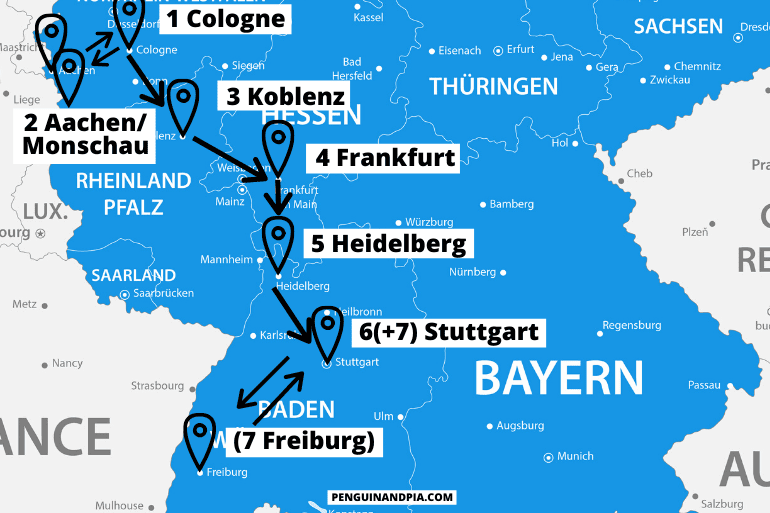
Day 1: Cologne Day 2: Day Trip to Monschau/Aachen Day 3: Koblenz Day 4: Frankfurt Day 5: Heidelberg Day 6: Stuttgart Day 7: Stuttgart / Day Trip to Freiburg im Breisgau
Day 1: Cologne
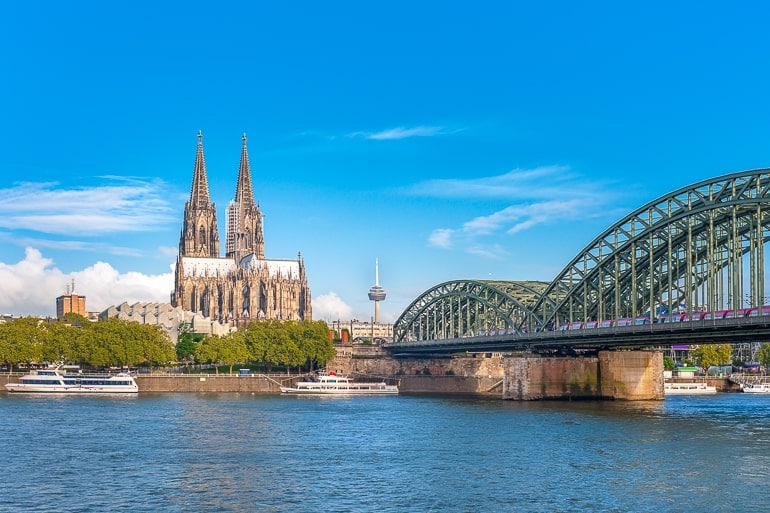
As we have already explained above, we like to start these itineraries in bigger cities to make it easier for people from overseas to get to Germany and start their adventure without hassle. Cologne is Germany’s fourth-biggest city (by population) and has two pretty good airports (Airport “Köln Bonn” and Airport “Düsseldorf”) close by for those coming from far away.
If you want to rent a car for this itinerary, it should be pretty easy to get one in Cologne since it’s quite an international city with lots of visitors.
— Compare prices from rental car companies in Cologne here
Cologne is a pretty spread-out city so you won’t be able to see the whole city in a day or two. However, the highlight of the city is certainly the Cologne Cathedral which is located right next to the central station and the Rhine River.
Make sure to plan some time to visit this impressive building – we always spend much longer in there than we originally plan. It’s free to enter so it can get very crowded depending on the day and time you’re visiting.
Accommodation in Cologne : Cologne is a very big city with multiple areas to stay in. As such, there are lots of accommodation options across the city. Wherever you book, remember to book your accommodation for two nights since you will go on a day trip and then return to Cologne on the second day. You can check here for accommodations and hotels in Cologne .
We have stayed in the Lindner Hotel City Plaza and loved it. The floors all have themes (we got Cologne Zoo with animals), the breakfast buffet is absolutely fantastic, and it’s a short walk to the Cathedral along one main street. There’s also parking available at/near the hotel for those with a car.
If you want to stay more in the heart of the city centre, check out something like the CityClass Hotel Residence am Dom . It’s popular, centrally located with shops and restaurants around, and only a short walk to the train station.
If you are looking for a hostel in Cologne, Eric once stayed at Cologne Downtown Hostel and it was honestly excellent. There’s a grocery store right below it and it’s located in the city centre. It also has a large balcony to enjoy the sunshine from!
Must-see Attractions in Cologne:
- Cologne Cathedral
- Cologne Chocolate Museum
Day 2: Day Trip to Monschau/Aachen
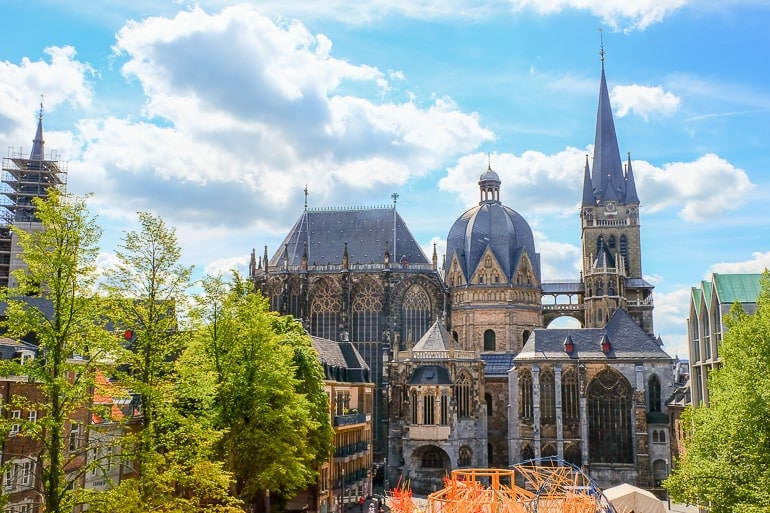
On the second day of this Germany itinerary, you have a few different option: you can either spend another day in Cologne if you feel like you haven’t seen enough of the city yet or take a day trip to Monschau or Aachen. Both of these are two places not too far from Cologne.
Monschau is a popular day trip in the area mainly because of its picturesque buildings in the old town. In fact, you probably have already seen photos of it on social media. To get to Monschau from Cologne, you can either drive or take a combination of trains and buses.
Getting to Monschau takes around 1 hr 40 minutes by car and approx. 2 hours by public transport . To visit Monschau by public transport, you can take the regional train from Cologne to Aachen-Rothe Erde and then take Bus #66 from there to Monschau.
Must-see Attractions in Monschau:
- Monschau Castle
If you want to go on a day trip but don’t want to venture that far, then Aachen would be another great option. This city is actually Germany’s most western city very close to the borders of The Netherlands and Belgium.
We’ve lived close to Aachen for a while and have written a whole guide full of things to do in Aachen that you should read if you want more information. In our opinion, one day is the perfect amount of time to explore the city since it doesn’t have that many attractions and the old town in the city centre is quite compact (but still very pretty).
Getting from Cologne to Aachen is also very easy. It takes approx. 1 hr 20 minutes by car and just around 50 minutes by regional train . You should look into getting a “Schönes Tag Ticket NRW” for the day if you’re travelling with more people as this can save you some money.
Must-see Attractions in Aachen:
- Aachen Cathedral
- Elisenbrunnen
Day 3: Koblenz
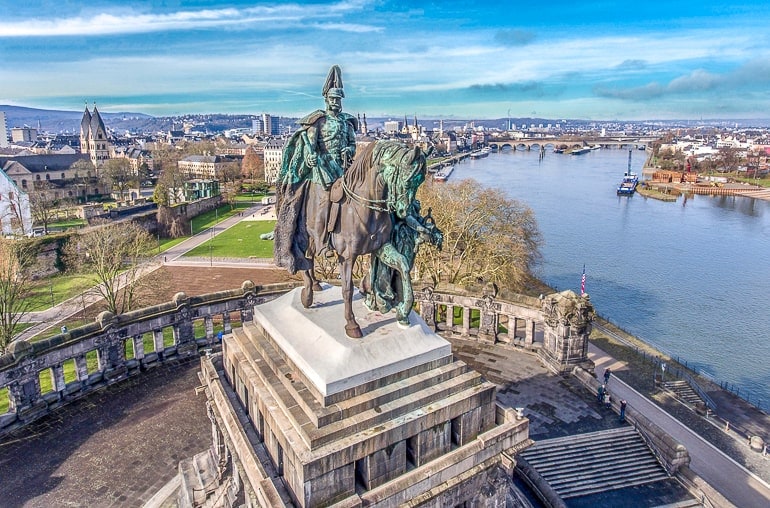
From Cologne, your journey continues to Koblenz – another city on the Rhine River. Koblenz is a smaller German city with a population of slightly over 110,000 inhabitants.
There are quite a few castles and nice hikes in the area which are easy to reach from Koblenz – just in case you decide that you don’t want to spend the day in the city. Depending on the time of year, you could also look into booking a boat tour on the Rhine river. This way, you get a unique perspective of the beautiful region.
Getting from Cologne to Koblenz is pretty easy and will take approximately 1 hour 30 minutes by car and between 50 minutes and 1 hr 10 minutes by train . We really like this train journey since the tracks follow the river for a majority of the trip. As a result, you get some really nice views – and might even spot some of the beautiful castles in the area!
Accommodation in Koblenz: Koblenz is certainly not a huge city – but you’ll still find a good number of places to stay for a night or two. You can check here for accommodations and hotels in Koblenz .
For a hotel right in the city centre, check out the Sander Hotel . This lovely hotel is super popular and close to shops and the rivers. If you are arriving to Koblenz by car, there is onsite parking at the hotel. However, since the city is smaller you can also easily reach the hotel by walking from the central train station.
Must-see Attractions in Koblenz:
- Deutsches Eck
- Ehrenbreitstein Fortress
- Koblenz Cable Car
Day 4: Frankfurt
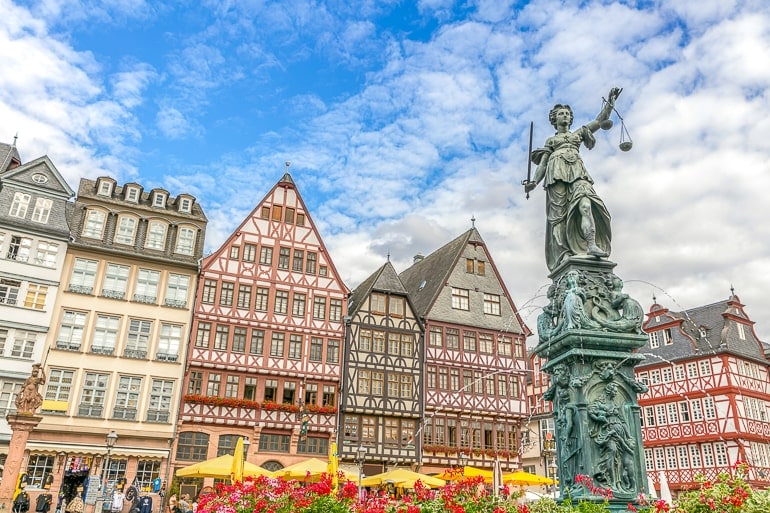
The next stop on your itinerary is Frankfurt, arguably one of the country’s most popular transport hubs due to the busy Frankfurt airport. Frankfurt is an interesting city that divided people: some people really enjoy it while other people don’t like it at all. To be fair, we haven’t spent enough time in the city to really solidify our opinion.
Either way, we do believe that Frankfurt is a stop that you shouldn’t miss if you are trying to get to know different areas of Germany. Known as the financial hub of Germany, this city with its many skyscrapers can feel quite a bit more modern than other German cities. However, the city also has a beautiful, historical market square that you should visit.
The journey from Koblenz to Frankfurt is another easy one – and if you are taking the train (we would recommend that!), you’ll once again follow the Rhine River for big parts of the journey and be rewarded with some great views.
The train ride will probably be between 1 hr 25 minutes and 2 hrs 12 minutes long – depending on the connection you choose. By car , the trip will take around 1 hr 30 minutes . Of course, this can vary depending on traffic.
Accommodation in Frankfurt : There are loads of places to stay in Frankfurt given its popularity and size. You can check here for accommodations and hotels in Frankfurt .
A great option in Frankfurt is the Motel One Frankfurt-Römer . Located very much in the heart of the city centre close to the old town and river, this cool hotel has underground parking if you are arriving to Frankfurt by/with a car. It also serves up a great breakfast!
If you are arriving by train to Frankfurt, you should check out Fleming’s Express Hotel Frankfurt . Located literally right beside the central station (which is in the city centre), this upscale hotel is very popular because it’s very affordable and also has a great breakfast.
Must-see Attractions in Frankfurt:
- Palmengarten
Day 5: Heidelberg
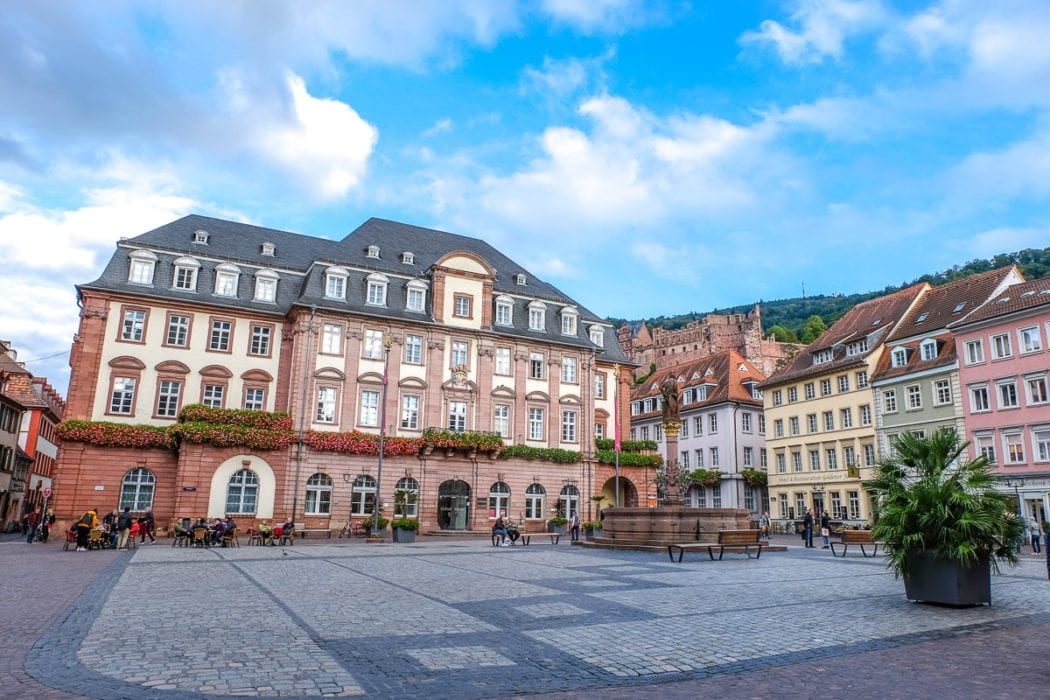
After your day in Frankfurt, you’re heading to Heidelberg which is actually one of our favourite German cities. The highlight of the city is certainly the castle on top of the hill which is visible from many different parts of the city.
Heidelberg is smaller than Frankfurt so you can see quite a bit in just 24 hours. The Old Town is beautiful and lots of attractions are located there. Our highlight was probably the tower climb of the Church of the Holy Spirit. From up there, you get a beautiful view of the Old Town. A very close second was the cable car ride up to the Königstuhl which was lots of fun – even in the rain.
Getting from Frankfurt to Heidelberg won’t take too long. The journey will be approximately one hour by car and between 45 minutes and 1 hr 30 minutes by train – depending on which type of train you are taking.
Accommodation in Heidelberg: If you’re heading for Heidelberg (good choice), there are lots of great places to stay. You can check here for hotels and accommodations in Heidelberg .
We stayed a little outside the old town – but close to the train station – at NinetyNine Heidelberg City . This hotel was really, really great. The beds were comfy and the decor has animals everywhere – you have to see it to understand!
There’s onsite parking (paid) and street parking (free, but not guaranteed) if you are travelling with a car. There’s also a tram stop right outside the hotel to get directly into the city centre in minutes.
If you are looking to stay in the historic old town, then check out colourful hotels like Hotel Holländer Hof which overlooks the river or Hotel Zum Ritter St.Georg which is literally overlooking the main Marktplatz.
Must-see Attractions in Heidelberg:
- Heidelberg Palace
- Church of the Holy Spirit (mainly tower climb)
If you want to learn some more about Heidelberg and what there is to do, you can read our detailed Heidelberg Guide here .
Day 6: Stuttgart
The next day you will drive to Stuttgart, a city that we’ve already mentioned in one of our Germany itineraries for 5 days. As we have already mentioned, you’ll probably really enjoy Stuttgart if you are interested in cars.
Even if you aren’t, there is still lots for you to explore. Did you know that wine also plays a huge role in Stuttgart and the surrounding region? If this is something that interests you and you’re there in the summer (specifically around the end of August), then you should stop by the “Stuttgarter Weindorf” (“wine village”) – but obviously, please don’t drink and drive.
As for getting from Heidelberg to Stuttgart, the journey will take you approximately 1 hr 20 minutes by car and between 40 minutes and 1 hr 30 minutes by train . As mentioned before, the time differs depending on the type of train you are choosing.
Accommodation in Stuttgart: Stuttgart has many places to stay so you can check here for accommodations and hotels in Stuttgart .
Be sure to see the Abalon Hotel ideal if you have a car. This hotel has underground parking available and a tasty breakfast. It’s also in the city centre which makes sightseeing easy.
Those coming to Stuttgart by train should look at the Pension am Heusteig . It’s a guesthouse that is located not too far from the first hotel here and it’s a doable walk or metro ride from the central station.
Day 7: Stuttgart / Day Trip to Freiburg im Breisgau
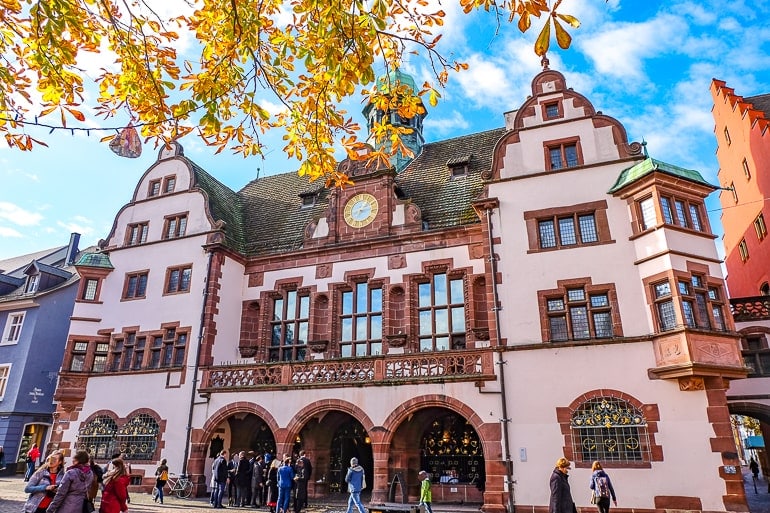
For this itinerary, you can decide how you would like to spend your last day. You could either spend another day to explore more of Stuttgart (and maybe relax for a bit) or you could head farther south and spend a day in Freiburg im Breisgau. We really enjoyed spending time in this small city in the south of Germany during our visit.
We are currently still in the process of writing our Freiburg guide, but we’ll link it here once it’s done. However, a good way to start your exploration of the city is by wandering the old town.
In Freiburg, you’ll find that many of the cobblestoney streets have small water-filled runnels – called Bächle – running alongside it. Sometimes they even have small yellow ducks in them!
The journey from Stuttgart to Freiburg im Breisgau is slightly longer than most other parts of this itinerary. It takes approximately 2 hrs 30 minutes by car and around 2 hours by train . Since this train journey will probably include at least one ICE (the fast train), we’d recommend that you book your train tickets early if you can to save some money.
Must-see Attractions in Freiburg:
- Freiburger Münster (Cathedral)
- Schlossberg + Tower
- New + Old Town Hall
Germany Travel Itinerary 7 Days – East
If the other week-long Germany itinerary doesn’t interest you and/or you really want to visit the German capital Berlin, then you might prefer this eastern route instead.
The driving time would be just slightly over 10 hours and would be approximately 900 km driving distance – including the day trip to Potsdam (which would honestly be easier with public transport, though)!
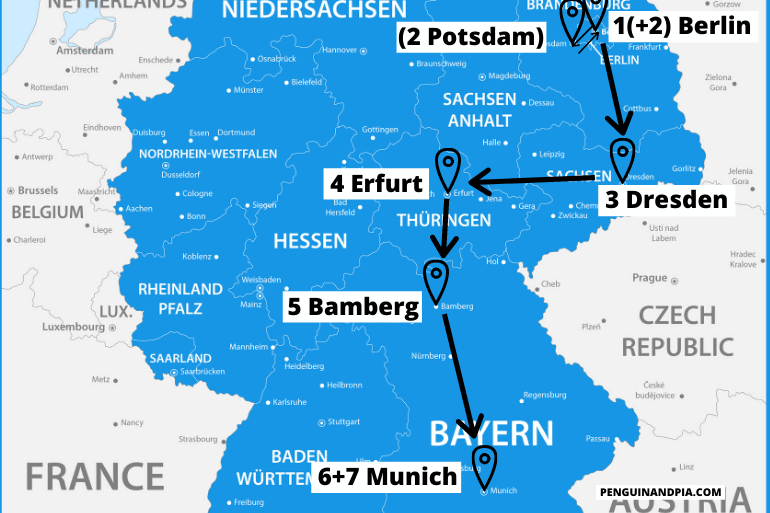
Day 1: Berlin Day 2: Berlin / Day Trip to Potsdam Day 3: Dresden Day 4: Erfurt Day 5: Bamberg Day 6+7: Munich
Day 1: Berlin
Once again, this itinerary begins in Berlin since it is one of the big cities that is easier to get to for people coming from overseas. Similar to the five day itinerary that started in Berlin, you’ll stay two nights in the German capital. There is just too much to see to spend only one day – and even in two days you wouldn’t be able to explore everything.
In case you’ve already been to Berlin on a different trip and/or aren’t a huge fan of big cities, we also give you the option of a day trip to Potsdam (a city close by) on the second day. More on that below.
Accommodation in Berlin : Finding a place to stay in Berlin can be tough because there are just so many options. You can check here for accommodations and hotels in Berlin .
If you have a car, check out Park Plaza Wallstreet Berlin Mitte . Located right in the middle of the city close to Museum Island, this hotel has a great breakfast and free parking on the street behind the hotel. Otherwise, parking is paid but for a decent price for the city centre.
Those without a car travelling by train should see the NH Collection Berlin Mitte am Checkpoint Charlie . If you want a hotel close to a top attraction that is easy to get to with public transport, this is definitely one of them!
Across the city, PLUS Berlin is a really good hostel/hotel that Eric stayed at a few years ago. It’s a big place but it was a great stay over by the East Side Gallery (part of the Berlin Wall with the graffiti on it).
As already mentioned above, if you want to read some more about Berlin, check out our articles on Things to do in Berlin and How to spend one day in Berlin .
Day 2: Berlin / Day Trip to Potsdam
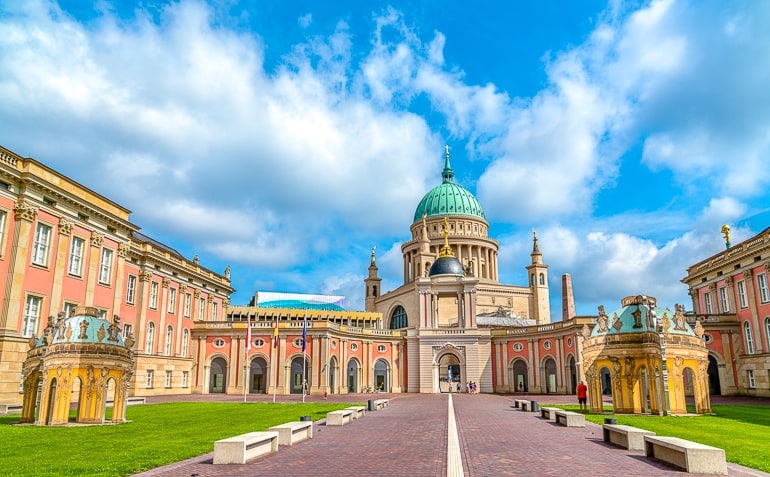
On your second day, you can choose between spending another day in Berlin to see more of the German capital or going on a day trip to Potsdam – which is a smaller city not far from Berlin.
Potsdam is actually the capital city of the German state called Brandenburg. It’s most popular attraction is probably Sanssouci Palace with the beautiful Sanssouci Park surrounding it.
During our visit, we also enjoyed walking through the Dutch Quarter with its small shops and cafes. Since the city isn’t too big, one day gives you a chance to get a good impression and check out some of the more popular sights.
It is also very easy to get to Potsdam from Berlin. If you decide to drive , it’ll take you approx. 40 minutes , but it could be longer – traffic depending. We would honestly recommend that you do this day trip by taking public transport. This way, you don’t have to worry about traffic and/or finding a parking spot.
For trains, you can take the S-Train #7 (S7) from Berlin Central Station (as well as other train stations) straight to Potsdam Central Station. The journey will take around 35 minutes with trains running very frequently throughout the day.
Must-see Attractions in Potsdam:
- Sanssouci Palace
- Dutch Quarter
- Cecilienhof
Day 3: Dresden
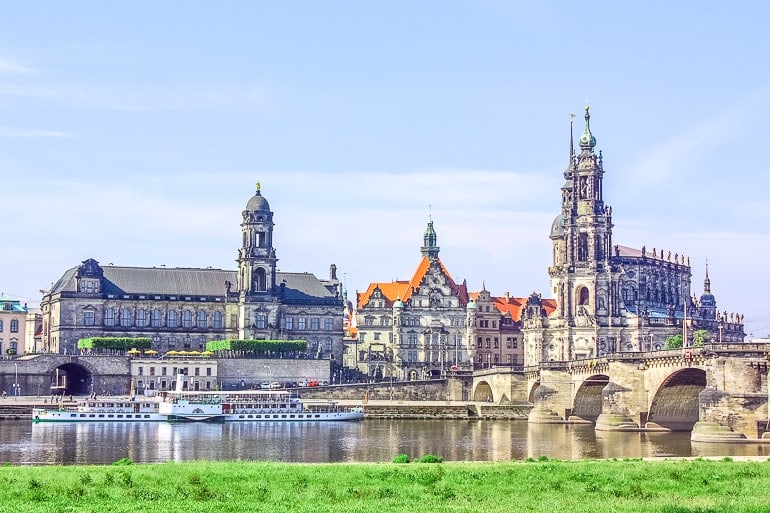
The third day of this Germany itinerary will take you from Berlin to Dresden which is a German city close to the Czech border. To be honest, we haven’t spend that much time in Dresden yet – and it’s certainly on our list of places to visit this year.
One of the city’s main attractions – the Zwinger – is known across the country and a sight that you shouldn’t miss during your visit. It’s a beautiful palace built in a baroque style.
Fun fact: When Lisa was a kid, she didn’t actually know that the “Zwinger” was a palace. Since that word can also mean “dog kennel” in German, she was always confused as to why people would want to visit it during their time in Dresden!
As for getting from Berlin to Dresden, the drive will take you around 2 hrs 10 minutes by car and around 2 – 3 hours by train. Once again, this depends on which connection you choose.
Accommodation in Dresden: There are a number of accommodations in the compact “Innere Altstadt” close to the River Elbe for you to choose from. You can check here for accommodations and hotels in Dresden .
For a great hotel option right in the old town, look no further than the Star Inn Hotel Premium Dresden im Haus Altmarkt . You’re a short walk to the train station, the river, and all the best old sights in Dresden if you stay here and arrive by train. If you come to Dresden by car, the hotel has discounted underground parking available.
Another option right in the old town (and even closer to the river) is Aparthotel am Schloss . Since this is an apartment-style hotel, it’s a great option if you are looking for more of a base to relax in a “home away from home”. It’s a very popular choice, too – and also has onsite parking.
Must-see Attractions in Dresden:
- Frauenkirche
Day 4: Erfurt
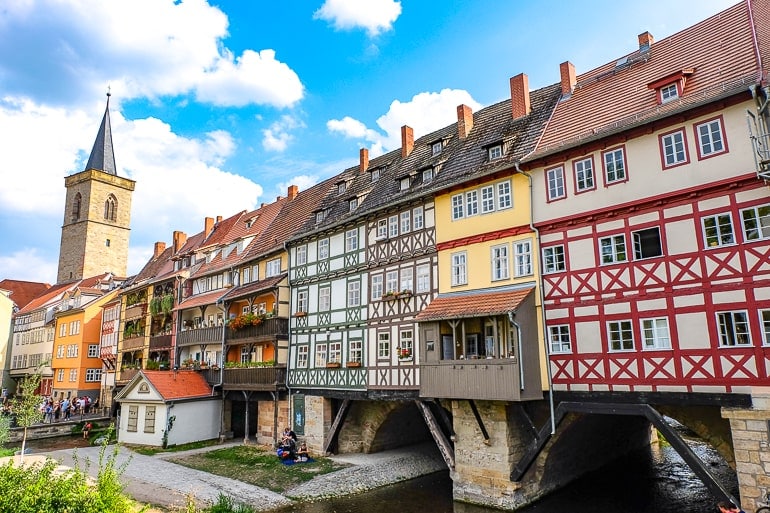
Erfurt is a popular city to visit in the middle of Germany – and it’s also the capital city of the German state Thuringia. We’ve spent some time in Erfurt a few months ago and instantly fell in love with the city. Its size is perfect (in our opinion) – giving you enough things to do without feeling overwhelming.
Maybe you’ve seen photos of one of the city’s most popular attractions, the Krämerbrücke. This bridge is not only pretty to look at and photograph, it’s also unique in the sense that there are buildings on the bridge and when you’re walking on it, you can’t actually see the water running below.
Visiting the bridge and climbing the tower of the Ägidienkirche, a church at one end of the bridge, is something we’d certainly recommend during your time in the city. We actually filmed a short video of our time exploring Erfurt. If you are interested in seeing what parts of the city look like, then you can find our video here .
Getting to Erfurt from Dresden won’t take you too long. It will take approx. 2 hours 20 minutes by car and between 2 and slightly over 3 hours by train .
Accommodation in Erfurt: Since Erfurt isn’t a huge city, there aren’t a ton of accommodations – but certainly more than enough to find one that works for your style and budget. You can check here for hotels and accommodations in Erfurt .
We stayed at Gästehaus in der Gotthardtstraße and really liked our stay. It’s located in a quiet neighbourhood just north of the city centre – a short walk to the Krämerbrücke. The host was lovely, the room was cozy, and there was secure onsite parking for those driving to Erfurt.
If you want to stay RIGHT in the city centre then you should check out Hotel Krämerbrücke Erfurt which is right beside the famous bridge. This might be a good place to stay if you are travelling to Erfurt by train and you’re on-foot.
Must-see Attractions in Erfurt:
- Krämerbrücke
- Erfurt Cathedral
- Citadel Petersberg
For more details, have a look at our Things to do in Erfurt article .
Day 5: Bamberg

Bamberg is a small city – or larger town – in the German state called Bavaria. It’s actually located in a region called Franconia, which is noticeably different from the Bavaria that you might know in the area surrounding Munich, etc.
We’ve been to Bamberg multiple times over the years (it’s also close to the part of Germany where Lisa grew up) and are always happy to come back. Bamberg is known for its cute, historic old town which is actually a declared UNESCO World Heritage Site.
One of the most popular buildings the city has to offer is the Old Town Hall (shown above) which is built on an artificial island. The story behind it is quite interesting.
The drive from Erfurt to Bamberg is doable and will take approx. 2 hrs by car and around 3 hrs by train . On the way, you’ll drive through quite a few tunnels since you’ll drive through an area known as “Thuringian Forest”.
Accommodation in Bamberg: Bamberg is a small place to visit so there aren’t a ton of options but still enough to find what you’re looking for. You can check here for accommodations and hotels in Bamberg .
Anywhere you stay is basically in or close to the old town/city centre. For a place to stay with parking (for those arriving by car), check out Welcome Hotel Residenzschloss Bamberg . It’s located right on the river.
You might also want to see Palais Schrottenberg to stay right in the middle of the Old Town! For reference, the train station is a short walk to the north of the river – not far from these places in the centre.
Must-see Attractions in Bamberg:
- Bamberg Cathedral
- Old Town Hall
- Alte Hofhaltung
If you want some more information about Bamberg, please read our detailed Bamberg, Germany Guide .
Day 6+7: Munich
From Bamberg, your journey will continue to Munich which will be the last stop on this 7 day eastern itinerary. Not only is this the third biggest city of the country, it is also one of the most internationally known destinations in Germany.
Whenever we come back to Munich, we always enjoy our time there. For some reason, the atmosphere always feels more laid back than in other big German cities and the people are usually quite friendly. We might also be a little bit biased, though, since Lisa grew up in this part of the country and is more used to the mentality, dialect etc. than in other parts of Germany.
For this itinerary, you’ll spend two days in Munich since there is quite a lot to see. Next to the obvious attractions like the Marienplatz with the New Town Hall and the Frauenkirche close by, there are also lots of museums and other things that you can explore.
If you’ve already been to Munich before and/or decide that one day in the city is enough for you, you could also opt for a day trip on one of these days. We’ve just recently written a whole Day Trips from Munich Guide , which you can browse through to get some inspiration!
Driving from Bamberg to Munich will take about 2 hrs 20 minutes by car and between 2 and 3 hrs by train . If you decide to only take regional trains instead of the ICE (fast train), you should look into getting the Bayernticket. This can save you some money, especially when you’re travelling with more people.
Accommodation in Munich: Since Munich is so large and popular to visit, there is definitely no shortage of places to stay! You can check here for accommodations and hotels in Munich .
That said, we loved our stay at H2 Hotel München Olympiapark . Located up by the famous Olympic Park, we’d highly recommend it since it was amazing value for money. The breakfast was huge and delicious and there’s a metro station outside the lobby door that takes you into the heart of the old town in minutes. There’s also parking if you are arriving by car.
For a hotel that is a little more central, you should see the Platzl Hotel Superior this hotel is really popular – and for good reason. It’s located around the corner from attractions like Marienplatz and the famous beer hall, Hofbräuhaus.
For more help looking into accommodations and neighbourhoods in Munich, check out our where to stay in Munich guide .
(Check out our guide to one day in Munich if you want more details on things to do and see.)
Germany Itinerary 10 Days
Although we have tried to create short itineraries that allow you to see more than just the standard cities, it is no doubt easier to see more of Germany if you are able to travel for longer than one week. To give you a couple different options that you could look at (and then potentially modify), we have created two 10-day Germany itineraries.
Once again, we believe that ten days would not be enough time to see the whole country – and even if you managed to do that it would be too stressful (in our opinion). Both of the following itineraries give you a good mix of bigger and smaller cities as well as a few interesting day trips. So, have a look and see which one you like better!
Germany Itinerary 10 Days – North
If you’re interested in seeing more of the northern part of Germany and experiencing the mentality and way of life of people in the flatter part of the country, closer to the sea, then have a look at the following 10-day itinerary!
The total driving time would be slightly less than 17 hours with a distance of approx. 1470 kilometres. For these calculations, we have included the day trips to Schloss Drachenburg, Lübeck, and Flensburg. So, if you decide to skip any of these, your driving time and distance would obviously be slightly lower.
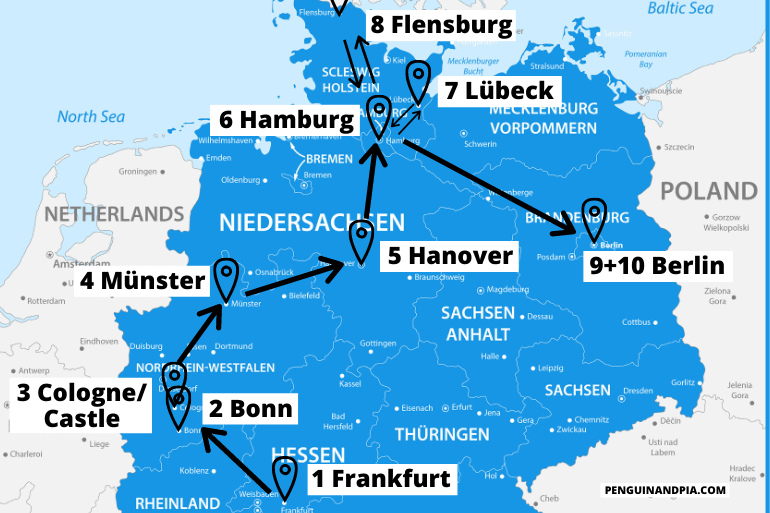
Day 1: Frankfurt Day 2: Bonn Day 3: Day Trip to Schloss Drachenburg / Cologne Day 4: Münster Day 5: Hanover Day 6: Hamburg Day 7: Day Trip to Lübeck Day 8: Day Trip to Flensburg Day 9+10: Berlin
Day 1: Frankfurt
Similar to some of the other itineraries mentioned in this article, we start this 10-day itinerary in Frankfurt. By now you should probably already know why – Frankfurt has the biggest airport of the country which should make it easier for people coming from overseas to get to Germany and start their adventure.
Furthermore, Frankfurt is quite centrally located so it is easy to get to many different cities from here. So even if you decide against following our itineraries step-by-step, Frankfurt would be a good starting point!
— Compare prices from rental car companies in Frankfurt here
Accommodation in Frankfurt : You’ll find plenty of places to stay in Frankfurt. You can check here for accommodations and hotels in Frankfurt .
One really popular hotel in Frankfurt is the Motel One Frankfurt-Römer . This Motel One is near the river and walking distance to lots of things in the city centre. If you are coming to Frankfurt with a car, Motel One has underground parking which can make life easy! They also have a nice breakfast.
A hotel option closer to the train station is Fleming’s Express Hotel Frankfurt . This hotel is just to the north of the main station which makes it a great option if you are arriving by train and have no car. It’s popular because it has a great breakfast and is good value for money.
Day 2: Bonn
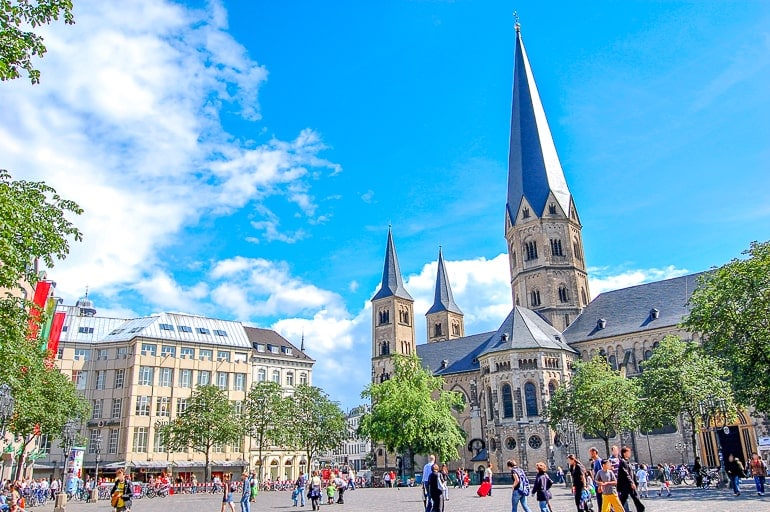
On the second day, you’ll head from Frankfurt to Bonn. As you might know, Bonn used to be the capital of the Federal Republic of Germany during the time that Germany was split into two countries. Later, the capital was relocated from Bonn to Berlin.
If you are interested in learning more about the history of Germany during your time in the country, then Bonn would be a good city to do that in. For example, you could visit the so-called “Haus der Geschichte” which is a museum about the history of the Federal Republic of Germany.
It won’t be difficult to get from Frankfurt to Bonn since the two cities are not too far apart. The journey will take approximately 1 hr 50 minutes by car and between 1 hr 20 minutes and 2 hrs if you take the train . Once again, we’d recommend that you book your train ticket in advance if possible.
Accommodation in Bonn: There are a number of accommodation options in Bonn which you can choose from – many are right in the city centre/old town. You can check here for accommodations and hotels in Bonn .
Keep in mind to book your accommodation for two nights for this itinerary. (You could also spend the following night in Cologne if you day tripped to there, though).
For a great hotel in the heart of the old town, check out BrauHotel Bonn . You can easily walk here from the central train station but they also have a and parking garage close by if you arrive by car. There’s also a craft beer bar on the ground floor!
Another option is the Hilton Bonn . This hotel offers you amazing views of the Rhine River. It’s a bit north of the city centre but still very much close to it. There is parking but it can be expensive so keep that in mind when you book.
Must-see Attractions in Bonn:
- Bonn Minster
- House of the History of the Federal Republic of Germany (Haus der Geschichte)
Day 3: Day Trip to Schloss Drachenburg / Cologne
On day three of this itinerary, you can choose to stay in Bonn, or go on one of two day trips: to Schloss Drachenburg (a castle not far from Bonn) or to Cologne which is also close by.
Schloss Drachenburg is actually a private villa/mansion that was built to look like a castle in the 19th century. Today, it is a popular attraction in the area.
From Bonn, you can either drive to Königswinter by car (and then leave your car at the car park) or take public transport to the Königswinter/Clemens-August-Straße station. You can find more information about that and opening hours etc. on the offical website .
If you are not a huge fan of castles, then you might opt for a day trip to Cologne instead. In this case, you might even decide to change your base and spend the night in Cologne instead of returning to Bonn at the end of the day. That is definitely an option that you can choose since there are lots of accommodation options in Cologne as well.
Getting to Cologne from Bonn will take you around 40 minutes by car (this can obviously depend on traffic) and only approx. 25 minutes by train . Just a quick warning: Trains can get very full if you are travelling during rush hour traffic – so try to avoid that if you don’t like being surrounded by lots of people in a small space.
Day 4: Münster
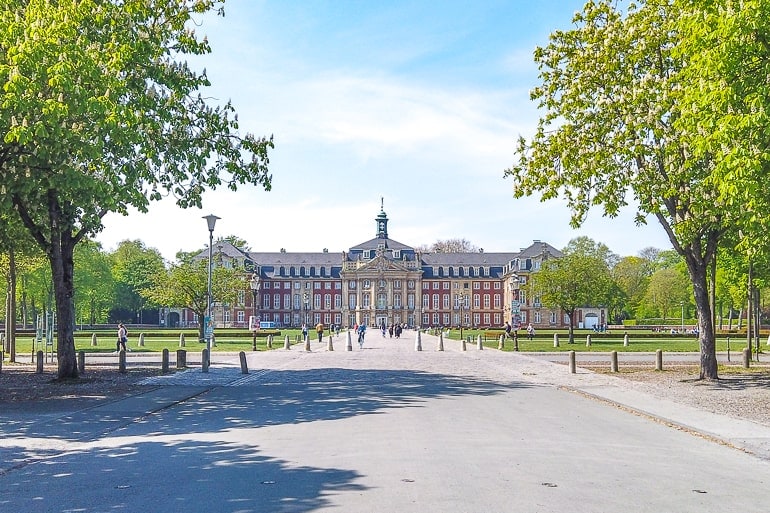
The next day you’ll head from Bonn – or Cologne – to Münster. Since Bonn and Cologne are so close, the journey wouldn’t really differ much from either city.
Münster is a smaller German city that we really enjoy. To be honest, it sometimes reminds Lisa of Copenhagen – mainly because of the many bikes that you can see all around the city. The University of Münster plays a big role in the city and the vibe – depending on which part of the city you are in – is noticeably younger.
One of the highlights of the city – for locals and visitors alike – is the lake Aasee which is located quite centrally. When the weather is nice, there are always people sitting on the grass enjoying the sun and maybe even out on the water (depending on the time of year). You can rent a small paddle boat to explore the lake from a unique perspective.
The journey from Bonn to Münster should take you slightly less than 2 hrs by car and between 2 hrs and slightly more than 3 hrs by train . If you want to save some money and are travelling with other people, then you should look into getting an “NRW Schönes Tag Ticket”. With this ticket, you wouldn’t be allowed to travel on ICE’s (the fast train), but the connections using only regional trains wouldn’t be much longer.
Accommodation in Münster: Münster might feel small but it’s actually pretty spread out and offers accommodations for all styles and budgets. You can check here for accommodations and hotels in Münster .
If you want a popular hotel option right in the centre, the H4 Hotel Münster is a short walk to the heart of the historic centre. It also has onsite parking for those travelling to Münster by car – but you can easily walk there from the train station in the south of the city centre.
Must-see Attractions in Münster:
- Münster Prinzipalmarkt
- Historic Town Hall
- Münster Cathedral
For a more detailed guide, have a look at our Things to do in Münster, Germany article .
Day 5: Hanover
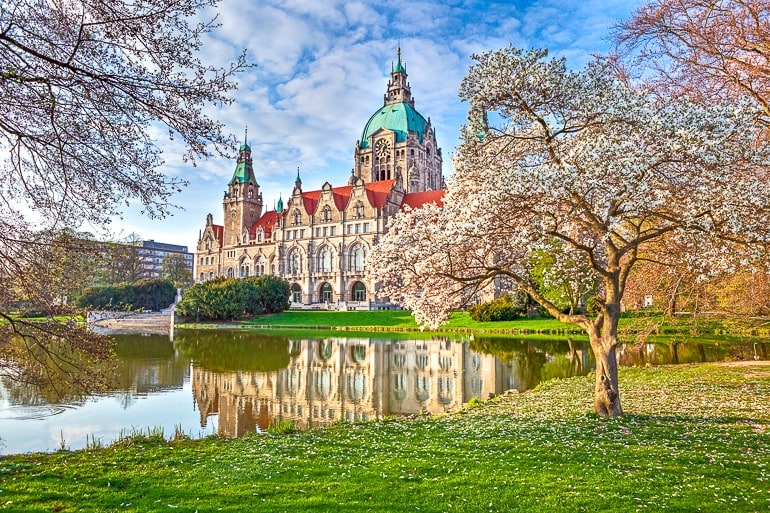
The following day you are travelling from Münster to Hanover. In German “Hannover” is actually written with two “n”, so don’t be surprised if you see it being written slightly differently.
Hanover is the biggest city and the capital of the German state called Lower Saxony. Compared to some other cities on this itinerary it is a less popular tourist destination. To be fair, even we haven’t spent that much time in Hanover yet. Hopefully we’ll be able to change that soon. However, that’s not to say that Hanover is not worth a visit.
Not only can you explore some beautiful gardens and interesting museums in the city, but it is also located pretty much halfway between Münster and Hamburg. That makes it a great stop to break up the journey and spent another day in a city that allows you to explore without too many other (international) tourists around.
By car , the journey from Münster to Hanover will take you around 2 hrs . If you choose to travel by train instead, it will take you approximately the same amount of time .
Accommodation in Hanover: Hanover is a larger city but the accommodation are still relatively packed together in and around the historic city centre. You can check here for accommodations and hotels in Hanover .
For a stay right in the city centre, check out the Hotel Loccumer Hof . This popular hotel is a very short walk from the central station which is perfect if you are arriving to Hanover by train. That said, they also have parking onsite so this hotel works well if you arrive by car!
For another hotel option, check out the Arthotel ANA Prestige am neuen Rathaus . This boutique hotel is directly across from the beautiful New Town Hall in the south end of the city centre by the greenspace and water! They also have a really nice breakfast and parking available.
Must-see Attractions in Hanover:
- New Town Hall
- Marktkirche
- Herrenhausen Gardens
Day 6: Hamburg
On day six of this 10-day itinerary you’re on your way to Hamburg. If you’ve read the details of any of the shorter itineraries in this article, you’ll know that we really like Hamburg.
The city offers modern areas, such as “HafenCity”, mixed with historic (e.g. “Speicherstadt”) and alternative areas (“Sternschanze”) . This makes exploring the city all the more interesting – there is truly something for everyone. During your time in the city, we’d also recommend that you climb the tower of the St. Michael’s Church. From up there, you get a beautiful view of most parts of the city.
The journey from Hanover to Hamburg won’t be long. Depending on the route you are taking (Highway A7 or A1), it’ll take between 1 hr 30 minutes and 2 hrs by car . If you opt for the train , you can expect the journey to take between 1 hr 15 minutes and 1 hr 30 minutes . This depends on the connection you choose.
Accommodation in Hamburg : Hamburg has many, many places to stay. You can check here for accommodations and hotels in Hamburg .
The Mövenpick Hotel Hamburg might be a good option if you have a car while you travel around Germany. This cool hotel is inside an old water tower which gives guests stunning views of the city around. There’s also parking onsite and it’s close to a transit stop for getting around the city.
Located not too far from the central train station, ARCOTEL Rubin Hamburg makes for a good hotel option if you don’t have a car. It’s located in St. Georg which is a lively area within walking distance of the city centre.
Those that need hostel for their stay in Hamburg might be happy with Generator Hamburg . It’s a popular hostel in the city and is close to the train station for easy getting around. If you’re unsure about where to stay, you can always check out our detailed guide on where to stay in Hamburg .
Once again, if you’d like to read our (very) short Hamburg guide, you can find our Things to do in Hamburg article here .
Day 7: Day Trip to Lübeck
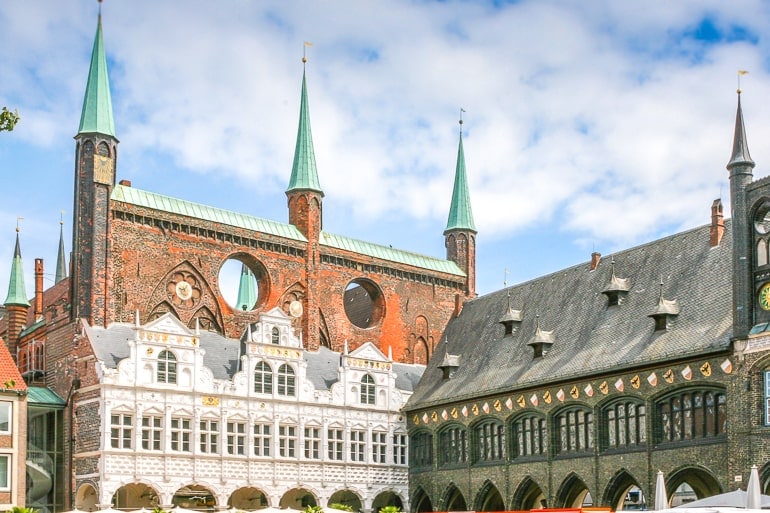
For the next couple of days, we decided to include some day trips from Hamburg. This allows you to stay in one accommodation for longer than just one night and gives you the option to see some more of Hamburg as well. If you don’t want to visit any other cities and want to spend more time in Hamburg instead, then feel free to skip one or both of the day trips mentioned.
Lübeck is the closer one of the two day trips mentioned from Hamburg. Within Germany the city is mainly known for its delicious “Lübecker Marzipan” (Lübeck Marzipan) – but of course there is much more to the city than just that. One of the highlights is the Holsentor, a red-brick city gate dating back to the 15th century.
The journey from Hamburg to Lübeck will take you slightly over 1 hr by car and just around 45 minutes by train . In our opinion, that’s great for a day trip since it gives you lots of time to actually see the city instead of spending a lot of time in the car/on the train.
Must-see Attractions in Lübeck:
- Marienkirche
- Heilig-Geist-Hospital
Day 8: Day Trip to Flensburg
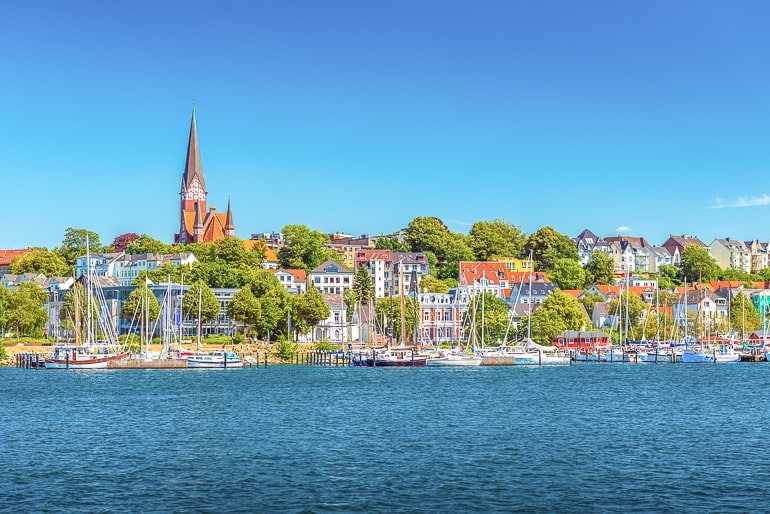
For the following day, we have another day trip option for you. The journey to Flensburg is slightly longer than to Lübeck – but it would be worth it. Flensburg is a smaller German city in the north of Germany, very close to the Danish border.
Since it is located close to the water, shipping plays an important role in the city to this day. If you’re interested in learning more about that, then the Maritime Museum would be a good place for you to visit.
Another thing we would recommend is a walk along the Rote Straße. Here you’ll find different “Hinterhöfe” (similar to backyards) with cute cafes and small shops.
Getting to Flensburg from Hamburg should take slightly less than 2 hrs by car and the same amount of time by train . As already mentioned, it would be a longer journey than to Lübeck, but if you want to experience a smaller, maritime city, the trip would be worth it!
Must-see Attractions in Flensburg:
- Historischer Hafen (Historic Harbour)
- Flensburger Schifffahrtmuseum (Maritime museum)
- Museumsberg Flensburg
Day 9+10: Berlin
On the second to last day of this itinerary, you’ll head from Hamburg to Berlin where your journey ends. This allows you to spend two days in the German capital. Since there is so much to do in Berlin, we’d recommend that you do some research beforehand to narrow down which attractions you’d like to visit.
If you’ve never been to Berlin before classics like the Brandeburg Gate and the Reichstag would be a good place to start. We’ve written a few different articles about Berlin – one about classic attractions (link below). Maybe these will be a good starting point to gather some more information!
The drive from Hamburg to Berlin will be one of the longest mentioned as part of this itinerary – so you should keep that in mind. It’ll take approximately 3 hrs 20 minutes by car (with traffic it could be longer), but just 1 hr 50 minutes by train .
It’s a popular train route since it connects the two biggest German cities so trains run frequently throughout the day. Once again, we’d recommend to book your train ticket in advance to get one of the discount tickets and save some money.
Accommodation in Berlin : As the capital city, there are lots of accommodation options for Berlin. You can check here for accommodations and hotels in Berlin .
Those travelling to Berlin with a car should look into the Park Plaza Wallstreet Berlin Mitte for a hotel in the city centre with free street parking available. There’s always paid parking for a reasonable fee if those are full and you’ll be close to top attractions.
The NH Collection Berlin Mitte am Checkpoint Charlie is a popular hotel option for those coming to Berlin by train since it’s close to attractions in the city centre and you can get there very easily with the metro.
Finally, if you need a hostel/hotel, check out PLUS Berlin . This is where Eric stayed a few years back and really enjoyed it. You’ll be close to the East Side Gallery – the part of the Berlin wall with the artwork on it. It’s also easy to get in and out of the city centre from here.
Also feel free to have a look at our guide on Berlin Attractions and tips for a day in Berlin .
Germany Itinerary 10 Days – South
This 10 day Germany itinerary begins and ends in Frankfurt – so it’s pretty much a small loop through the southern part of the country. If you want to be closer to the mountains (for part of the trip at least) instead of the sea, then this itinerary might be better suited for you than the other 10 day version.
For this itinerary, the total driving time would be slightly over 17 hours with a total distance of approx. 1330 kilometres. This includes the day trips to Neuschwanstein Castle, Garmisch-Partenkirchen, and Tübingen. So depending on if/how you modify the itinerary, these estimates could differ.
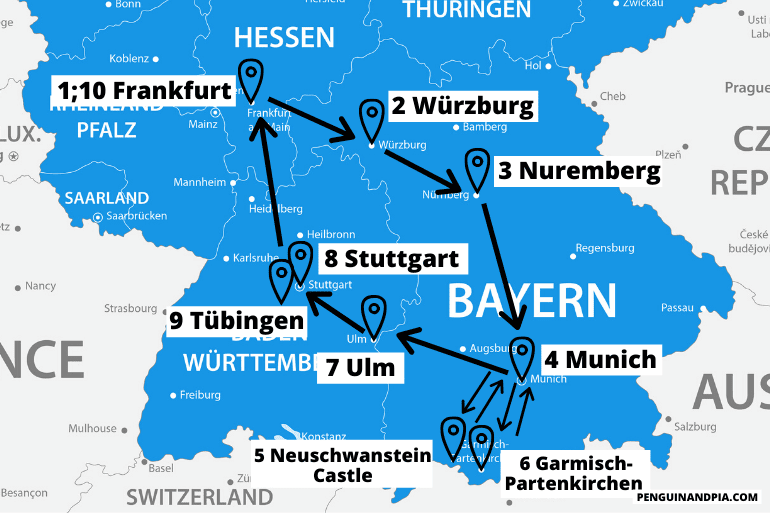
Day 1: Frankfurt Day 2: Würzburg Day 3: Nuremberg Day 4: Munich Day 5: Day Trip to Neuschwanstein Castle Day 6: Day Trip to Garmisch-Partenkirchen Day 7: Ulm Day 8: Stuttgart Day 9: Day Trip to Tübingen Day 10: Frankfurt
Similar to the northern version of this itinerary for 10 days, you begin your adventure in Frankfurt. During your day in the city, you shouldn’t forget to visit the Römerberg with the beautiful half-timbered houses. If you want to get a nice few of the city from above, then you should look into visiting the Main Tower as well.
Frankfurt is also a great place to pick up your rental car – if you decide to complete this itinerary by car instead of using public transport. You can either pick up a car at the airport or at different spots in the city centre. This obviously also depends on the rental company you choose.
Accommodation in Frankfurt: Frankfurt is full of accommodation options – from the city centre to the airport. You can check here for accommodations and hotels in Frankfurt .
For a hotel in the heart of the city, check out the Motel One Frankfurt-Römer . Complete with underground parking, good breakfast, and a top location in the centre and close to the river, this hotel is a decent option if you are travelling around with a car.
For those not travelling with a car (and taking the trains around Germany), check out Fleming’s Express Hotel Frankfurt . This nice looking hotel is really popular for its breakfast, price, and the fact that it’s steps from the central train station.
Day 2: Würzburg
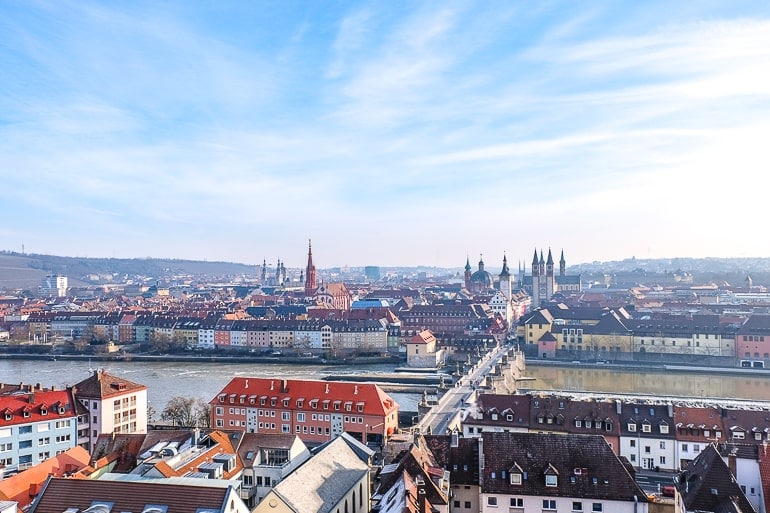
On day two of this itinerary, you’ll be on your way to Würzburg, a small German city that we’re always happy to return to. Similar to Stuttgart, Würzburg is located in a region that is known for its wine.
As such, it comes as no surprise that a highlight in Würzburg is to drink a glass of (white) wine on the Old Bridge across the Main river. We’ve done that multiple times and would especially recommend it during the evening when it gets dark.
Another thing you shouldn’t miss in Würzburg is the short walk up the hill to Marienberg Fortress. Up there you can not only explore the old fortress, but you also get a beautiful view of the old town and other parts of the city.
We actually wrote a whole guide about Würzburg (link below) where we not only talk about things to do but also mention some great cafes and restaurants!
The drive from Frankfurt to Würzburg will be a short one. It should only take you around 1 h 20 minutes by car and between 1 h 07 minutes and 1 hr 50 minutes by train depending on the type of train you’re taking (ICE vs. regional train).
Accommodation in Würzburg: Würzburg isn’t a huge city so you’ll find a number of places to stay packed together in the city centre and a number of other hotels and guesthouses around. You can check here for accommodations and hotels in Würzburg .
On a recent trip, we stayed at the Best Western Hotel Würzburg-Süd . It’s a little south of the city centre but the tram stop is right outside the hotel so you’re into the historic city centre in minutes. There is also an onsite parking lot if you’re arriving to Würzburg by car. We booked this one last minute but we would stay again.
If you want to stay a little more central, then you can check out Hotel Strauss . With a location close to the river, the train station, and the city centre – it’s a great option fo those arriving by train.
We also once stayed at Hostel Babelfish for a budget accommodation and it was honestly not too bad, either. It’s right across from the train station for easy access in and out of the city.
Must-see Attractions in Würzburg:
- Marienberg Fortress
- Würzburg Residence
If you want more tips for visiting Würzburg, have a look at our detailed Things to do in Würzburg Guide (+ insider tips) .
The next day you’ll be on your way to Nuremberg, which is another city in Bavaria that we really like. In German, Nuremberg is actually written/called “Nürnberg” – just an FYI, so you’re not confused when you see this written somewhere.
As we have already mentioned in the description of one of the shorter itineraries, there is a lot of history to be found in the city. Not only can you explore an old castle in the middle of the city, you can also learn a lot about Germany’s dark history if you’re interested.
Getting from Würzburg to Nuremberg will take approx. 1 hr 20 minutes by car and between 53 minutes (ICE) and 1 hr 13 minutes (regional) by train . If you’re travelling with more people and decide to just take a regional train, look into getting a “Bayernticket” as that could save you some money.
Accommodation in Nuremberg : Nuremberg is a larger and well-travelled city in Germany so you will have no problem finding a place to stay! You can check here for accommodations and hotels in Nuremberg .
We ended up staying in the very popular Five Reasons Hotel and Hostel and we enjoyed our stay. The room was bright with new furnishings. It’s also located just inside the old city walls so we were close to the metro, a short walk to central train station, and also close to the heart of the old town!
Very nearby was the Sheraton Carlton Nuremberg – we had friends stay there. They really liked this hotel which had a swimming pool with city views and other great perks. If you are arriving to Nuremberg by car, there’s a parking lot across the street from the hotel as well as street parking around. The train station is very close as well so it’s a great location overall.
- Documentation Center Nazi Party Rally Grounds
Day 4: Munich
On day four of this Germany trip, you’ll be on your way to Munich. As you might know Munich is the capital of the German state called Bavaria and there are lots of things to do in this city.
That’s why you’ll spend three nights in Munich. This way you can explore the city in more detail if you want or go on a couple of day trips from Munich to see other popular attractions as well. It’s really up to you.
The journey from Nuremberg to Munich won’t be overly long and it’s a route Lisa has driven many times. It’ll take you around 2 hrs by car (of course traffic depending) and between 1-3 hrs by train.
Since this is a popular train route, there are lots of different connections of varying length – some are quick and others are slower trains with more stops. Since that’s the case, we’d recommend that you plan in advance and try to catch a better connection to avoid an unnecessarily long train ride!
Accommodation in Munich: Since Munich is such a popular and large city, there are plenty of accommodation options for you to choose from. You can check here for accommodations and hotels in Munich . Just remember to book your accommodation for three nights if you are following this itinerary!
We stayed at the H2 Hotel München Olympiapark which is a very popular hotel because of the price and the value. It was a prefect stay. The breakfast was amazing, they had parking, and the location was great – only a quick metro to the heart of the city centre. You also have the Olympic Park and BMW Museum as top attractions nearby!
If you’re itching to stay right in the heart of the action in Munich, check out the Platzl Hotel Superior . This is a hotel around the corner from Marienplatz in the old town with the famous beer hall Hofbräuhaus just steps away. The central train station is also walkable from here.
Of course, you can learn all about the best areas to stay in more detail with our Munich accommodation and neighbourhood guide .
Learn more about Munich with our one day in Munich post!
Day 5: Day Trip to Neuschwanstein Castle
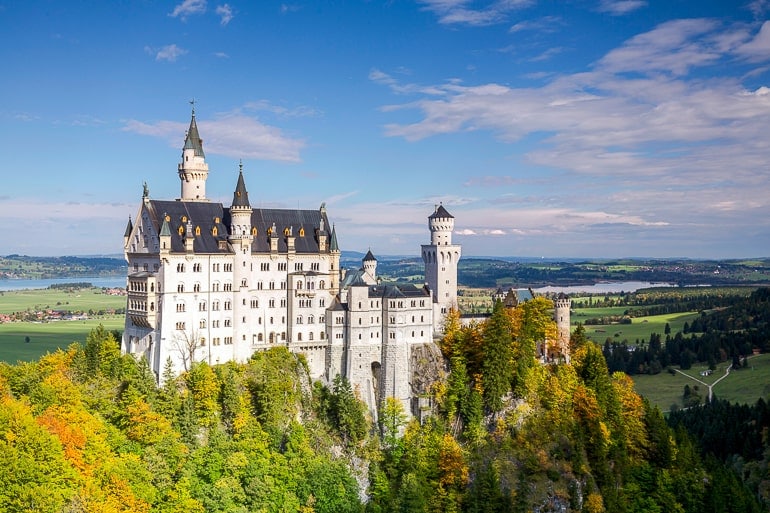
Neuschwanstein Castle probably doesn’t need a lot of introduction – it is arguably one of the most popular day trips from Munich. If you want to see this fairy-tale castle with your own eyes, then this day trip might be for you.
However, it is such a popular attraction that depending on the time of year it can get incredibly crowded. So if you are planning this itinerary for the middle of summer, we’d honestly recommend that you think twice about whether you really want to do this day trip. A second day in Munich wouldn’t be so bad either, would it?
If you are set on visiting Neuschwanstein Castle, then have a look at our Day Trips from Munich Guide . In that article – under the Neuschwanstein Castle section – we talk about all the different ways you can get to the castle.
In case you don’t want to stress too much about logistics and are not travelling with a rental car, you could always look into a day tour that brings you to Neuschwanstein Castle and then back to Munich. Here are some examples:
- Neuschwanstein and Linderhof Palace – A very popular tour to check out two castles in one day!
- Just Neuschwanstein Castle – Grab your live guide and check out the classic castle you came to see!
- Neuschwanstein Castle and Füssen – Explore the surrounding area on this day trip + see that great castle!
Day 6: Day Trip to Garmisch-Partenkirchen
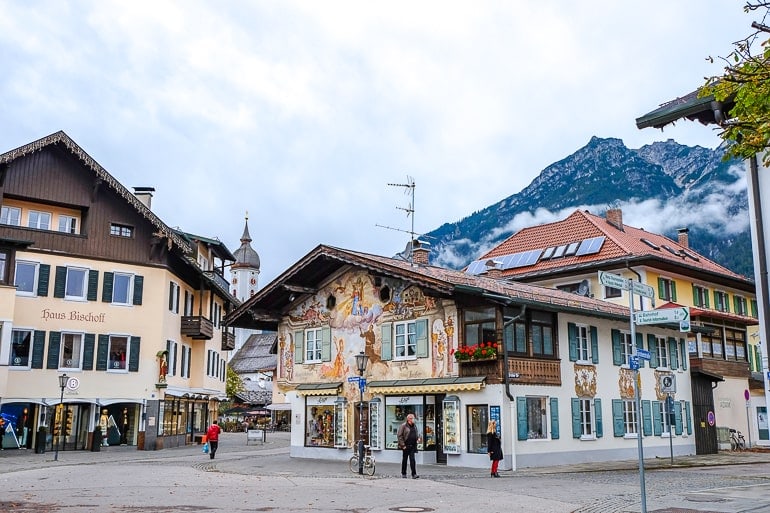
Another popular day trip from Munich – and the one we would recommend for Day 6 of this itinerary – is a trip to Garmisch-Partenkirchen in the south of Bavaria, close to the Austrian border.
We have been to Garmisch-Partenkirchen recently and really enjoyed our day there. However, that was during the shoulder season, so we can’t really say much about how busy it gets in the summer or during the ski-season.
There are a few good reasons for visiting Garmisch-Partenkirchen. The obvious one is that the town is super close to the mountains and it is very easy to reach the “Zugspitze” (Germany’s highest mountain) from here.
Of course, you don’t have to go that high up – there are also lots of other mountains and great hiking trails in the area if you’re looking for a day in nature.
Other reasons why people come to Garmisch-Partenkirchen is to visit the Partnach Gorge which is quite beautiful and/or the old town where you can admire the decorative paintings found on many houses.
It’s actually quite easy to get from Munich to Garmisch-Partenkirchen. By car , it should take you around 1 hr 10 minutes and by train the journey would be approx. 1 hr 22 minutes . It’s actually a nice drive/train ride since you’ll get some great views of the mountains as you get closer to your destination.
Must-see Attractions in/close to Garmisch-Partenkirchen:
- Partnach Gorge
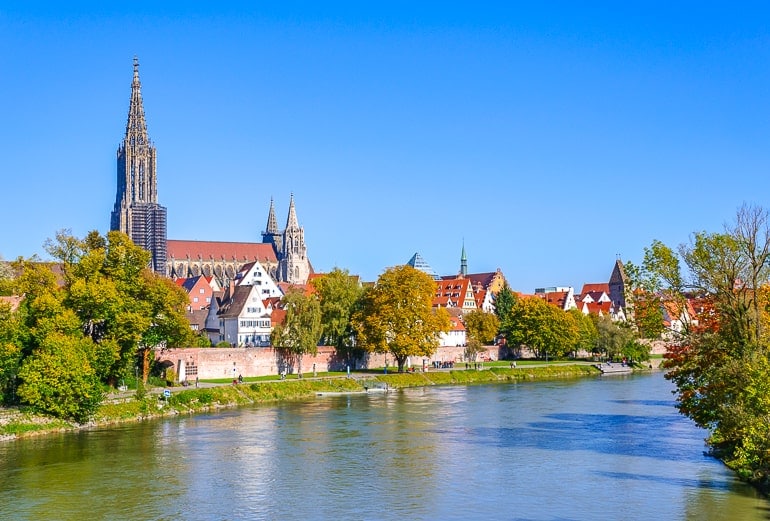
The following day you’ll travel from Munich to Ulm, a small city in the German state of Baden-Württemberg. It is actually located right by the border with Bavaria – “Neu Ulm” in fact is a city on the Bavarian side. When you’re there, it sometimes feels like it is just one bigger city. For you as a visitor, this doesn’t really matter – just an interesting side note.
Ulm is mainly known for having the church with the tallest steeple in the world – so that is something you shouldn’t miss during your visit. Other than that, we’d also recommend that you check out the Fishermen’s Quarter where you can find some beautiful, half-timbered houses.
Getting from Munich to Ulm won’t take you long. The journey will take approx. 1 hr 40 minutes by car and between 1 hr 19 minutes and 2 hrs by train. Once again, this depends on which type of train connection you choose (ICE vs. regional trains).
Accommodation in Ulm: It’s best to stay in the centre of Ulm since it’s not huge and the attractions can mostly be found there. You can check here for accommodations and hotels in Ulm .
For a boutique hotel option right in the city centre, check out Boutique 005 Ulm City . This hotel is super walkable to the train station if you are arriving by train but also offers an option for parking. It’s location makes it really close to all the top attractions in the city.
For a stay closer to the river, you can check out the Hotel am Rathaus – Hotel Reblaus . With onsite parking available and a really good breakfast, this more “authentic” hotel is an experience not to be missed in Ulm.
Must-see Attractions in Ulm:
- Ulmer Münster
- Fishermen’s Quarter
Day 8: Stuttgart
From Ulm, you’ll head to Stuttgart on the next day. Stuttgart is a city that we have mentioned a few times in this article already. If you’ve read some of the other itineraries, you’ll know that Stuttgart is known for both cars and wine.
Of course, there’s more to see in the city than that. If you’re interested in architecture, you might enjoy visiting the New Palace at the “Schlossplatz” and if you’re into art, the Staatsgalerie (an art museum) might be for you.
Getting to Stuttgart from Ulm will only take slightly over 1 hr by car and approx. the same amount of time by train . There are slower trains – called RB instead of RE which stands for “Regional Express” – that take longer than that. However, if you plan ahead, you shouldn’t have a problem catching an RE or ICE Train since they run frequently throughout the day.
Accommodation in Stuttgart: Since there are a number of places to stay in, you can check here for accommodations and hotels in Stuttgart .
Those with a car can check out the Abalon Hotel ideal because it has an underground parking garage while those travelling to Stuttgart by train can check out the Pension am Heusteig since it’s easy to get to walking or with the metro.
Day 9: Day Trip to Tübingen
On day 9 of this itinerary, you have the choice between either spending a second day in Stuttgart or taking a day trip to Tübingen, a university town not far away.
Tübingen is a popular day trip from Stuttgart and is mainly known across the country for its old university. In fact, some of Lisa’s friends have studied there. When in town, you shouldn’t forget to visit the market square with its 15th century town hall. Another popular attractions is the Hohentübingen Castle on the hill which nowadays is home to a museum.
It won’t take you long at all to get to Tübingen from Stuttgart. That makes it great for a (half-)day trip. The journey should only take around 42 minutes by car and between 43 minutes and 1 hr 30 minutes by public transport – depending on the connection you choose.
Must-see Attractions in Tübingen:
- Hohentübingen Castle
- Market Square with Town Hall
- Hölderlinturm
Day 10: Frankfurt
On the last day, you’ll make your way back to Frankfurt. This is where your itinerary ends since it will hopefully be easy for you to get back home from here.
The journey from Stuttgart back to Frankfurt will probably be the longest one for this trip – but it’s still easily doable. It should take you approx. 2 hrs 25 minutes by car and between 1 hr 17 minutes and 3 hrs 30 minutes by train. Once again, this is dependent on the connection you choose (ICE vs. regional trains).
Accommodation in Frankfurt: Since you’re back in Frankfurt, we already went over accommodations in Day 1 of this same itinerary. That said, you can check here for accommodations and hotels in Frankfurt and specifically check out the Motel One Frankfurt-Römer for a central hotel with parking.
Germany Itinerary 14 Days
This Germany itinerary is the longest one that we have for you – for now. If anyone is interested in a 21 day version, please let us know!
The distance you’d cover with this 14 day itinerary would be around 1960 kilometres . The driving time would be approx. 22.5 hours – but of course, this varies depending on traffic and the exact route you decide to take.
As you’ll see below, sometimes the driving time between two cities is longer than 3 hours. So, while this itinerary is totally doable in two weeks – if you wanted to slow down the pace a bit, you could just as easily spend more time in some of the cities and complete the itinerary in more days.
Since you have probably already read about most of these places in some of the itineraries above, we’ll try to keep the descriptions short and not get too repetitive.
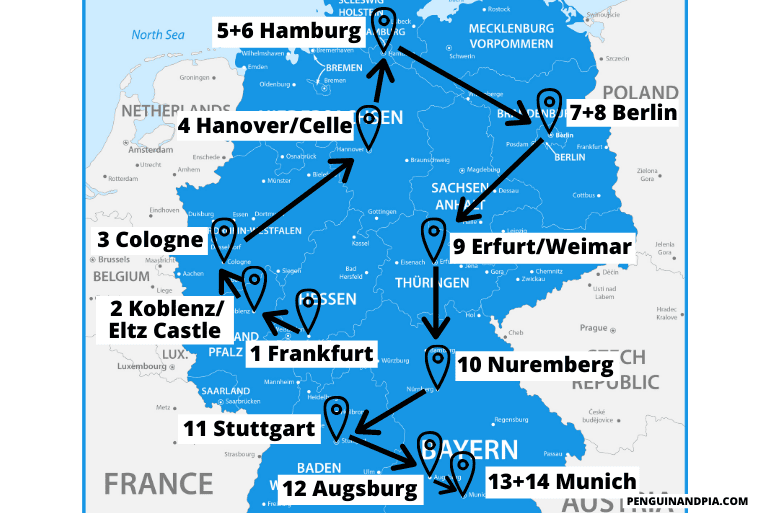
Our version here is written as an “incomplete route” from Frankfurt to Munich. However, as with most of our itineraries, you are welcome to reverse the direction if that works better for you and/or start and end in the same city. So, to see a big part of the country, your 14 day Germany itinerary could look something like this:
Day 1: Frankfurt Day 2: Koblenz / Eltz Castle Day 3: Cologne Day 4: Hanover or Celle Day 5+6: Hamburg Day 7+8: Berlin Day 9: Erfurt or Weimar Day 10: Nuremberg Day 11: Stuttgart Day 12: Augsburg Day 13+14: Munich
Once again we begin this itinerary in Frankfurt since it is an easy city to get to. As we have mentioned before, there are a few things to see in the city so you can start exploring on day one!
Frankfurt is also a great city to pick up a rental car. Since many international (business) travellers fly into Frankfurt, there should be many cars available with automatic transmissions. In smaller German towns you’ll find that this is not always the case.
Accommodation in Frankfurt: If you are making a stop in Frankfurt, you can check here for accommodations and hotels in Frankfurt .
As for accommodation options, the Motel One Frankfurt-Römer has parking available and is located in the city centre close to the Main River. That’s important if you have a car with you but it’s also walkable to the train station, so you know.
Another great hotel option that is even closer to the train station is Fleming’s Express Hotel Frankfurt . This hotel is known for its prime location to the north of the station, its tasty breakfast, nice decor, and fair price. This is definitely a popular place you should at least look into if you are travelling by train around Germany.
Day 2: Koblenz / Eltz Castle
On day two of this itinerary, you’ll be on your way to Koblenz, a small German city on the Rhine river. You can either explore the city or use it as a base to visit one of the many castles close by.
Our suggestion would be a visit to Eltz Castle which is a beautiful medieval castle surrounded by a forest. Please keep in mind that the castle is not open year round. You can check opening hours here .
You could also visit Eltz Castle as a day trip from Frankfurt but then you’d have to return to Frankfurt at the end of the day. This wouldn’t make much sense unless you want to spend some more time in Frankfurt anyway, as Cologne (your next destination) is closer to Koblenz and Eltz Castle than Frankfurt.
The drive from Frankfurt to Koblenz should take around 1 hr 30 minutes by car . If you want to take the train , the journey would take between 1 hr 30 minutes and 2 hrs 15 minutes . From Koblenz, it is only about a 30 minute drive to Eltz Castle.
Accommodation in Koblenz: Since Koblenz isn’t that large, you should have no problem finding and choosing an accommodation that works for you. You can check here for accommodations and hotels in Koblenz .
If you want a popular option right in the heart of the city centre, you should see the Sander Hotel . This hotel is located within walking distance to the rivers as well as restaurants and shops in the centre. If you travel by car to Koblenz, they have onsite parking which is handy. That said, you can also easily walk from the hotel to the train station in minutes.
Day 3: Cologne
The next stop on your 14 day Germany itinerary is Cologne, a city we have mentioned already in some of the previous itineraries. As you might know, the highlight of the city is the Cologne cathedral which is quite an impressive sight. As the city is located on the Rhine river, a boat tour might also be a great activity depending on the time of year you are visiting.
Getting to Cologne from Koblenz takes around 1 hr 15 minutes by car and between 50 minutes and 1 hr 15 minutes by train . The train tracks follow the Rhine river for part of the journey which allows for some beautiful views!
Accommodation in Cologne : There are lots of great places to stay in Cologne. You can check here for accommodations and hotels in Cologne .
We recently stayed at the Lindner Hotel City Plaza which was great value for money. The breakfast buffet is incredible and it’s an easy, short walk into the city centre near the Cathedral. It also has parking available for those with a car.
If you want to stay a little closer to the river and the Old Town, check out the CityClass Hotel Residence am Dom . With many things around to keep you busy – like attractions, food, and/or drinks – you’re just a short walk to the central train station if you stay here.
For those looking for a hostel, Cologne Downtown Hostel was a great stay for Eric a number of years ago. It’s really popular, in a great location, and has a nice rooftop balcony to enjoy.
Day 4: Hanover or Celle
Day 4 of this itinerary will take you to either Hanover or Celle depending on your preference. Celle is a noticeably smaller city/town than Hanover and the two places are only a few minutes apart.
Getting from Cologne to Hanover will take approximately 3 hrs 10 minutes by car and between 2 hrs 40 minutes and 3 hrs 5 minutes by train .
Accommodation in Hanover: Since Hanover is a well-travelled city for people moving around Germany, there are a number of accommodation options in and around the city centre. You can check here for accommodations and hotels in Hanover .
To stay very close to the central train station in the city centre, you should see the Hotel Loccumer Hof . The location makes it great if you are travelling by train and on foot. They also have onsite parking if you are arriving to Hanover with a car!
To the south of this hotel, the Arthotel ANA Prestige am neuen Rathaus is an option right across from the New Town Hall. This hotel has a beautiful, light style and is also close to the water/parks. Complete with breakfast and onsite parking, you can’t go wrong here!
If you want to spend a night in a smaller German city instead, then Celle is a good option as it is not far from Hanover. That will make it easy to reach the next stop on your itinerary without too much of a detour. The journey from Cologne to Celle would be slightly longer and take around 3 hrs 30 minutes by car and 3 hrs 19 minutes by train .
Accommodation in Celle: Celle isn’t that big at all – so there are only a handful of places to stay. That said, there are still some great options. You can check here for accommodations and hotels in Celle .
Of note, check out Hotel Borchers . This hotel – one of only a handful located in the heart of “city centre” is a top pick with a tasty breakfast and an underground car park. You can also walk there from the Celle train station which is located not too far across town.
Must-see Attractions in Celle:
- Celle Castle
- Bomann Museum
- French Garden
Day 5+6: Hamburg
An itinerary across a large part of the country wouldn’t really feel complete without including Hamburg. Since there is quite a bit to see in this hanseatic city, you’ll spend two nights in the city to give you more time to explore.
Getting from Hanover to Hamburg will take you approx. 1 hr 45 minutes by car and between 1 hr 15 minutes and 2 hrs 30 minutes by train . As mentioned before, this varies depending on the type of train connection you choose.
The journey from Celle to Hamburg will be approximately 15 minutes shorter at 1 hr 30 minutes by car . If you opt for the train, you can expect travel times between 1 hr 10 minutes and 2 hrs .
Accommodation in Hamburg : Since Hamburg is a well-travelled city, it makes sense that there are loads of places and areas to stay in. You can check here for accommodations and hotels in Hamburg .
The Mövenpick Hotel Hamburg might work for those with a car since they have onsite parking. This old water tower is a different hotel than you might be used to but it’s a great experience overall.
Something closer to the central station to get to on foot would be the ARCOTEL Rubin Hamburg which is located in St. Georg. This is an area with shops and restaurants and is very much part of the city centre.
Those looking for a budget accommodation can check out Generator Hamburg which is a popular hostel close to the train station. If you’re ever unsure or want more advice, we have a detailed guide on where to stay in Hamburg .
Day 7+8: Berlin
Of course, we couldn’t forget to include a stop in the capital of the country when planning a longer trip through Germany. Since there is so much to do and see in Berlin you will spend two nights there.
This will also give you some more time to recover from all the driving you have done so far on this journey. Getting from Hamburg to Berlin takes approximately 3 hrs 20 minutes by car (obviously traffic depending) and just about 1 hr 50 minutes by train .
Accommodation in Berlin : There are lots of hotel options in Berlin. You can check here for accommodations and hotels in Berlin .
The Park Plaza Wallstreet Berlin Mitte is a good option in the city centre for those coming to Berlin with a car while the NH Collection Berlin Mitte am Checkpoint Charlie is located right at the attraction “Checkpoint Charlie” in the city centre.
A great option for a hostel/hotel where Eric stayed a few years back is PLUS Berlin . You can find it near the famous East Side Gallery which is a very popular attraction to check out.
As mentioned a few times now, we also have more articles on t hings to see in Berlin and a one day Berlin itinerary .
Day 9: Erfurt or Weimar
For the following day you have the choice between Erfurt or Weimar as your next destination. Both are small cities in the state of Thuringia with Weimar being smaller than Erfurt. If you know anything about Martin Luther, an important figure in the Protestant reformation, then you might have heard of one or both of these places before.
If you’re looking for a place with a beautiful old town and some nice churches as well as buildings for you to explore, then we’d really recommend Erfurt. We had a great time during the days we spent there. The city also has some really nice, cozy cafes if that is something that you care about.
Getting to Erfurt from Berlin will take a while – but it is a great stop on the way to the south of Germany. You can expect the journey to take approx. 3 hrs 40 minutes by car and just around 1 hr 50 minutes by ICE (fast train) .
Accommodation in Erfurt: With Erfurt being a smaller city with a smaller central area to explore, finding a place to stay isn’t too difficult. You can check here for hotels and accommodations in Erfurt .
When we visited Erfurt, we booked the Gästehaus in der Gotthardtstraße . This was a simple guesthouse with a nice host and cozy rooms located just a short walk north of the Krämerbrücke. There’s also a small parking lot onsite if you’re coming to Erfurt with a car.
For a stay that is more central, check out Hotel Krämerbrücke Erfurt . It’s located basically right beside the Krämerbrücke making it a great option if you are travelling by train and you’re on foot.
Once again, if you want to learn some more about Erfurt before you visit the city, check out our detailed Erfurt Guide here .
If you instead preferred to learn some more about the well-known German writers Goethe and Schiller – or about Germany’s dark past – then you should plan to visit Weimar instead.
Two of the highlights there are Goethe’s and Schiller’s House – now turned into museums. Close to Weimar there’s also the Buchenwald Memorial which was a former Nazi concentration camp. This was the first KZ-Memorial Lisa ever visited. It was a somber experience, but also an important one in regards to understanding more about Germany’s past.
The journey from Berlin to Weimar will be slightly shorter than to Erfurt – at least by car. It’ll take approx. 3 hrs 15 minutes by car and around 2 hrs 20 minutes by train .
Accommodation in Weimar : There are a handful of places to stay in Weimar since it’s a smaller city – but you still have good options. You can check here for accommodations in Weimar .
In particular, check out Amalienhof Hotel und Apartment . This classic and very popular hotel is just south of the heart of the city centre. It features parking onsite and an excellent breakfast. It’s also not too far to walk to the train station if you are arriving on foot.
Must-see Attractions in/close to Weimar:
- Buchenwald Memorial
- Goethe’s House
- Schiller’s House
Day 10: Nuremberg
On day 10 of your itinerary, you’ll drive – or take the train – from Erfurt/Weimar to Nuremberg. This Franconian city has also been mentioned in some of the shorter itineraries.
The journey from Erfurt to Nuremberg will take approx. 2 hrs 40 minutes by car in a southern direction. The drive from Weimar to Nuremberg will just be a couple minutes longer.
If you decide to take the train, the journey would take between 1.5 hrs and 2 hrs from Weimar and between 1 hr 10 minutes and 1 hr 30 minutes from Erfurt .
Accommodation in Nuremberg : Nuremberg is a city with loads of history and attractions so it’s very popular. As such, you will find hotels and accommodations all over the city – from the old town to the surrounding areas. You can check here for accommodations and hotels in Nuremberg .
We booked a stay at Five Reasons Hotel and Hostel and we would recommend it. You can find the place inside the massive old city walls so the location was great – walkable to the central train station and also to go find top attractions.
On the same trip, friends of our stayed at the Sheraton Carlton Nuremberg . It was close to where we stayed and they really enjoyed it. There’s this great pool on an upper floor with city views as well as a parking lot across the street if you travel to Nuremberg by car. The train station is close as is the old town by walking so it’s great option overall, too.
Day 11: Stuttgart
The following day you will be on your way from Nuremberg to Stuttgart – once again, a city we have mentioned multiple times now during this article. From Nuremberg, it’ll take you around 2 hrs 15 minutes by car and between 2 hrs 10 minutes and 2 hrs 30 minutes by train to get to Stuttgart.
As we’ve mentioned before, if you are driving and have the time, you could take a small detour and stop in Rothenburg ob der Tauber for a stroll through its beautiful old town. We’ll leave that up to you!
Accommodation in Stuttgart: You can check here for accommodations and hotels in Stuttgart .
The Abalon Hotel ideal has parking for those with a car while the Pension am Heusteig is a guesthouse close by but is easy to get to by the metro system if you arrive by train to central station and you are walking.
Day 12: Augsburg
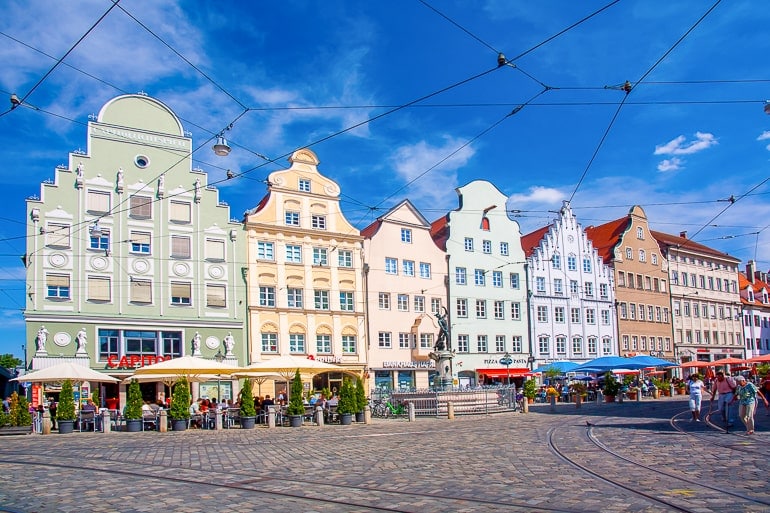
On day 12 you’ll be on your way from Stuttgart to Augsburg, a small city in Bavaria and one of Germany’s oldest cities. Around Germany, most people have heard of Augsburg because of its “Fuggerei” – a historic social housing complex where rent has increased very slowly over the centuries. It’s certainly worth a visit!
It’ll take you around 2 hrs by car to get from Stuttgart to Augsburg. If you opt for the train , then you can expect the journey to take approx. 1 hr 40 minutes .
Accommodation in Augsburg: In Augsburg, you will find a number of places to stay around the city centre. You can check here for accommodations and hotels in Augsburg .
For a reliable stay, check out Hotel Augusta . This popular hotel – located right in the city centre – features breakfast and has parking available if you are travelling to Augsburg by car.
The nice thing about Augsburg is that because it’s a smaller city, you can easily walk to the hotel from the train station if you are arriving by train.
You might also check out City Hotel Ost am Kö which is another hotel in the heart of the centre walkable to the station. It also has breakfast and parking garage right nearby.
Must-see Attractions in Augsburg:
- Augsburg Cathedral
- Perlach Tower
Day 13+14: Munich
On your second to last day of this itinerary you will drive from Augsburg to Munich. That’s the last stop on your two week Germany adventure. In Munich, there is more than enough to see to spend two days in the city.
Munich also has an airport with good international connections in case you’re coming from overseas and need to take a plane to get back home. If that’s not the case, we’d encourage you to see whether the train would be an alternative to get you back home as well.
The journey from Augsburg to Munich should take just less than 1 hr by car and between 30 and 48 minutes by train. So it’s certainly one of the shortest transitions mentioned in this article.
Accommodation in Munich: If you’re exploring Munich while in Germany, there is no shortage of places to stay and areas to check out. You can check here for accommodations and hotels in Munich . For this itinerary, remember to book your Munich accommodation for two nights.
We really liked our stay at the H2 Hotel München Olympiapark . From the really good breakfast, nice rooms, and excellent location with metro access nearby – you cannot beat the price for Munich. There’s also parking available if you’re travelling with a car to Munich.
For a spot right in the heart of Munich’s charming old town, check out the Platzl Hotel Superior . This is a trendy hotel that puts you super close to all the action at busy Marienplatz and is steps from Hofbräuhaus, the beer hall made famous decades ago. You can also catch the metro or walk to the central train station from here.
If you are looking for more details on accommodations in this city, we wrote a detailed guide on where to stay in Munich .
To learn more about the city – as we have mentioned before – check out our post on Munich in a day if you want more details about the city!
And there you have it – one massive Germany guide with more than one Germany itinerary to suit your travel needs! Whether you’re looking for a short 5 day or a wild 14 day itinerary – we’re sure you’ll have a great time exploring Germany. We’re actually really happy to have created this post – Lisa especially. It’s always fun to help others explore your home country!
As always, Happy Germany Itinerary Waddlin’, – L&E
- Compare flights on Skyscanner
- Check for Hotel Deals or Book A Hostel
- Get A Rental Car (depending on the destination)
- Research plug types and possibly get a travel adapter
- Go over our packing list
Pin it for later!
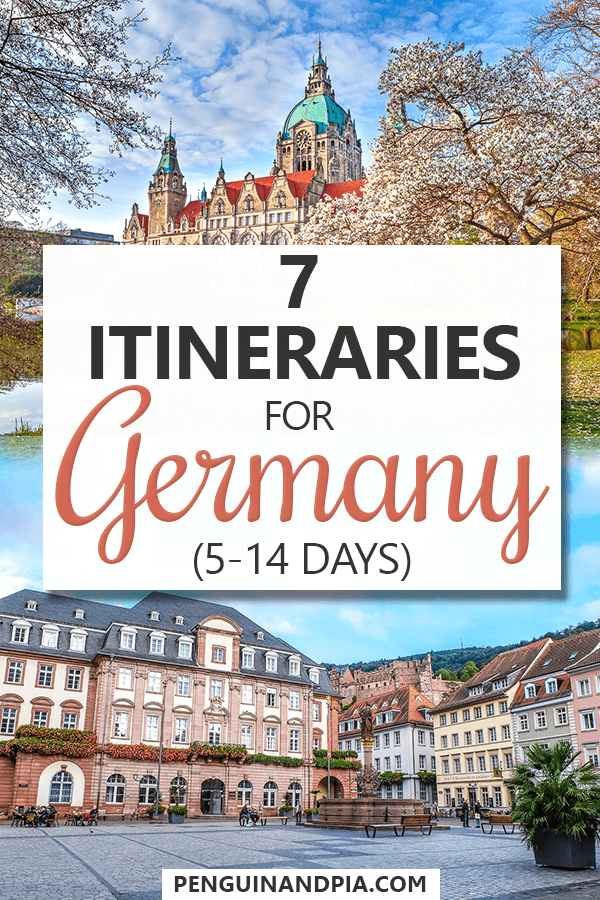
As an Amazon Associate we earn from qualifying purchases.
Destinations
Privacy policy
Disclaimer & Affiliate Disclosure
Terms of use
© 2024 Creativlier Media Inc.
Privacy settings
Here you will find an overview of the types of cookies used on the website. You can set your consent for each category individually. Further information can be found in the privacy policy .
- Essential Cookies For the use of the website with all functions (e.g. user settings, watch lists, etc.)
- Statistics Statistics Cookies collect information anonymously. This information helps us to understand how our visitors use our website.
- Marketing In order to provide you with the best possible offer in cooperation with our partners, we use marketing tools. For example, in order to use our chatbot, you must activate this setting.
- External contents Required for viewing external media and third-party content. The provider may set cookies for its part. The respective data protection regulations of the provider apply.
- Inspiring Germany
- Cities & Culture
- Nature & Outdoor Activities
- Royal Palaces & Castles
- Experience & Enjoy
- Current highlights
- Sustainable travel
- Barrier-free travel
- Easy language
- Federal states
Germany travel map: tourist attractions, top cities, best places for shopping and museums

20 Top-Rated Tourist Attractions in Germany
Written by Bryan Dearsley Updated May 26, 2022
History, culture, and natural beauty perhaps best describe the essence of vacationing in Germany. With its many historic cities and quaint small towns, along with an abundance of forests and mountains, visitors are spoiled for choice when it comes to choosing unique places to visit in this beautiful part of Europe.
Those wanting to sightsee or experience the arts should head to the larger metropolitan areas such as Munich, Frankfurt, or Hamburg. For those looking for recreational activities, consider a visit to places such as the majestic Bavarian Alps, the Black Forest, or the Rhine Valley.
Lovely old cathedrals and grand palaces are everywhere. And in the smaller towns and villages, some boasting still-intact original medieval Old Towns (Altstadt), many centuries-old traditions are still practiced, including traditional Christmas markets, festivals, and fairs.
At the cultural heart of Germany is the capital, Berlin. Home to many fine museums and galleries, this vibrant city makes for a great base from which to explore the many other delights the country has to offer. And for nature lovers, there's a whole world of possibilities in Germany's great outdoors.
For ideas and recommendations to help plan your travels, be sure to read our list of the top tourist attractions in Germany.
1. Berlin's Brandenburg Gate
2. cologne cathedral (kölner dom), 3. the black forest, baden-württemberg, 4. the ultimate fairy-tale castle: schloss neuschwanstein, bavaria, 5. miniatur wunderland and the historic port of hamburg, 6. the rhine valley, 7. berlin's museum island, 8. munich's marienplatz, 9. bamberg and the bürgerstadt, bavaria, 10. zugspitze massif, bavaria, 11. the island of rügen, mecklenburg—western pomerania, 12. königssee (king's lake), bavaria, 13. rothenburg ob der tauber, bavaria, 14. sanssouci park and palace, potsdam, 15. insel mainau: the flower island of lake constance, 16. the berlin wall, 17. reichstag building, berlin, 18. the old town (altstadt) in nuremberg, 19. dresden frauenkirche, 20. frankfurt's main tower.
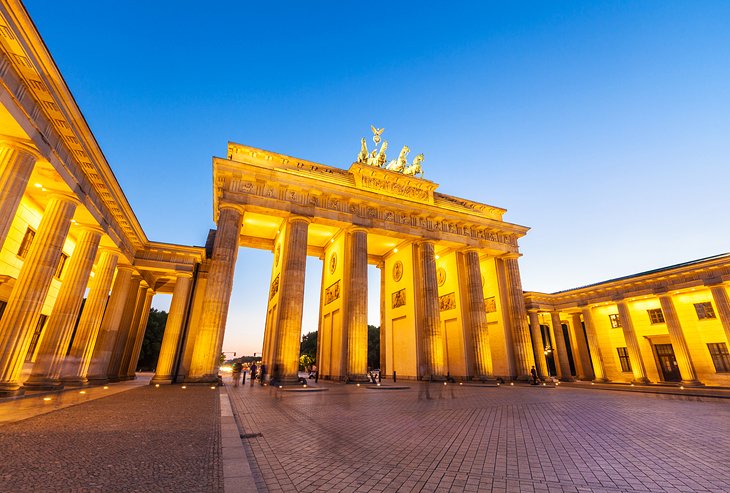
Modeled on the Acropolis in Athens and built for King Frederick William II in 1791, the monumental sandstone Brandenburg Gate in Berlin's Mitte district was the city's first Neoclassical structure. It measures an impressive 26 meters in height, which includes the Quadriga , the spectacular four-horse chariot carrying the goddess of victory perched atop this spectacular building.
Its six huge columns on each side of the structure form five impressive passages: four were used by regular traffic, while the center was reserved for the royal carriages. Huge Doric columns also decorate the two buildings at each side of the Gate, once used by toll-collectors and guards.
Undoubtedly Berlin's most iconic structure, it's hard to believe that the majestic structure you see today was severely damaged during WWII. It was also once part of the infamous Berlin Wall and, for a few decades, was symbolic of the division of Berlin into East and West.
- Read More: Top-Rated Tourist Attractions in Berlin
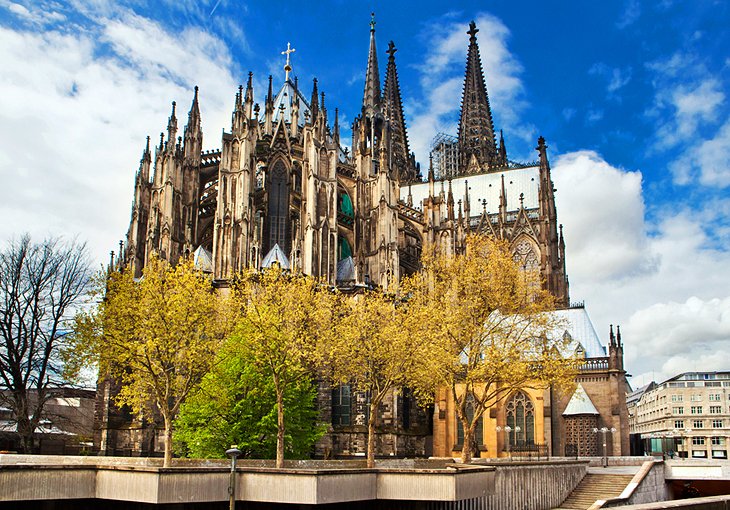
The towering Cologne Cathedral (Kölner Dom), the Cathedral of St. Peter and St. Mary, is located on the banks of the Rhine and is undoubtedly Cologne's most impressive landmark. This masterpiece of High Gothic architecture is one of the largest cathedrals in Europe. Construction on this most ambitious building project of the Middle Ages started in 1248 and reportedly took over 600 years to complete.
As imposing as its façade, the cathedral's magnificent interior covers an area of 6,166 square meters and boasts 56 huge pillars. Above the high altar is the Reliquary of the Three Kings, a 12th-century work of art in gold that was designed by Nicholas of Verdun to house the relics of the Three Kings brought here from Milan.
Other highlights include the panoramic views from the South Towers , the 12th- and 13th-century stained glass in the Three Kings Chapel , and the Treasury with its many precious objects, all of which survived largely intact after WWII. For some of the best vistas over the city and river, climb the 533 steps to the viewing platform in the South Tower. A small entrance fee is required.
- Read More: Top-Rated Things to Do in Cologne
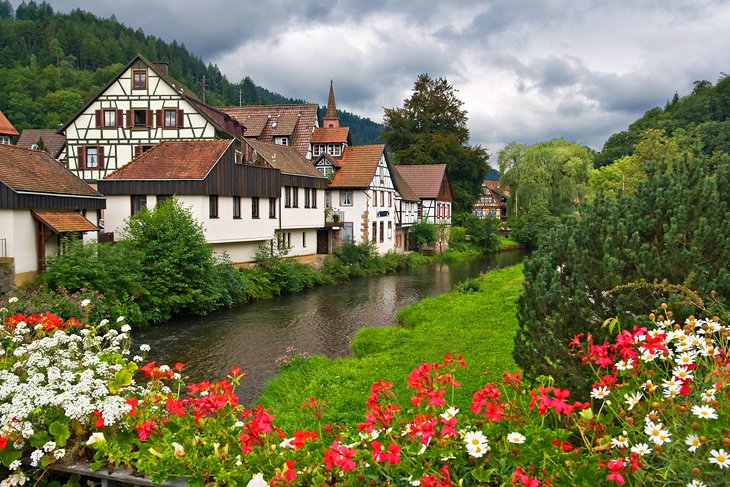
The beautiful Black Forest with its dark, densely-wooded hills is one of the most visited upland regions in all of Europe. Situated in the southwestern corner of Germany and extending 160 kilometers from Pforzheim in the north to Waldshut on the High Rhine in the south, it's a hiker's heaven.
On the west side, the Black Forest descends steeply to the Rhine, crossed by lush valleys, while on the east, it slopes more gently down to the upper Neckar and Danube valleys. Popular spots include Germany's oldest ski area at Todtnau, the magnificent spa facilities of Baden-Baden , and the attractive resort of Bad Liebenzell.
Other highlights include the spectacular Black Forest Railway . It's centered on Triberg with its famous falls, and Triberg itself, home to the Black Forest Open Air Museum .
The best way to catch them all? Grab a map of the Black Forest Panoramic Route, a 70-kilometer driving tour that takes in the very best views over the region, along with its top historic attractions, including stunning castles and numerous medieval towns and villages.
- Read More: Top-Rated Tourist Attractions & Places to Visit in the Black Forest
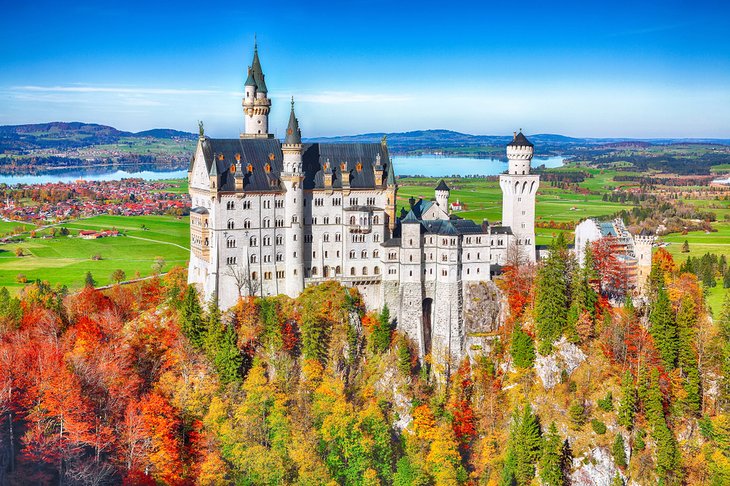
The quaint old town of Füssen , situated between the Ammergau and Allgäu Alps and a popular alpine resort and winter sports center, is a good base from which to explore nearby Neuschwanstein Castle. This spectacular old fortress is widely recognized as one of Europe's most famous and picturesque royal castles.
King Ludwig II of Bavaria built this many-towered and battlement-covered fantasy fortress, famous as the inspiration for Walt Disney's iconic theme park castles, from 1869-86. A variety of tour options are offered, including guided tours of the sumptuous interior taking in the Throne Room, the Singers' Hall – and some of the country's most spectacular views.
Official site: www.neuschwanstein.de/englisch/tourist/index.htm
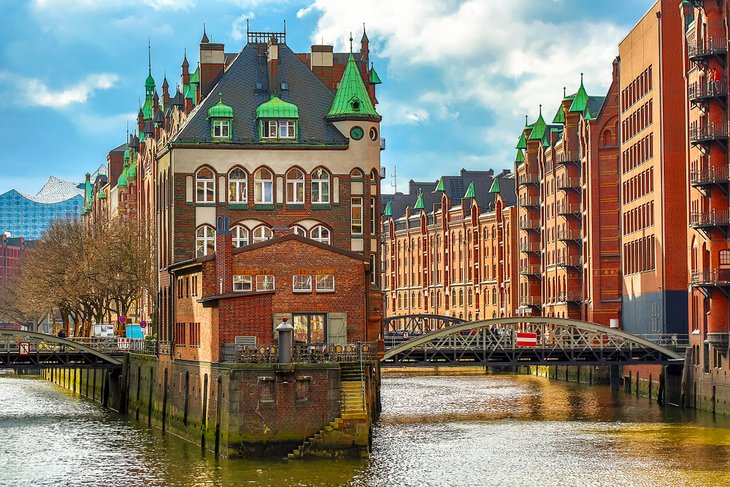
In the heart of the historic Port of Hamburg, the magnificent Miniatur Wunderland , the world's largest model railway, is an attraction that appeals equally to young and old alike. Boasting more than 9.5 miles of model railway track, this massive scale model includes sections dedicated to the USA, England, Scandinavia, as well as Hamburg. It also incorporates around 1,300 trains, more than 50,000 microscopic lights, and in excess of 400,000 human figures.
It's not unheard of for guests to spend many hours exploring this fascinating world, with its remarkably detailed miniature airports, complete with planes that actually take off, as well as crowded cities, quaint rural scenes, and bustling harbors. For a memorable experience, book one of the behind-the-scenes tours, an especially fun thing to do at night.
Speaking of harbors, be sure to explore the vast Port of Hamburg while you're here. Covering 100 square kilometers, this huge tidal harbor is home to one of the world's largest cruise ship terminals, and is known as the Gateway to Germany. To make the most of your visit, note that the harbor is best explored by tour boat.
Afterwards, visit the harborside promenade , a lovely pedestrian route, and the Warehouse District . This historic district is famous for its continuous lines of tall brick-built warehouses.
- Read More: Top Tourist Attractions & Things to Do in Hamburg & Easy Day Trips
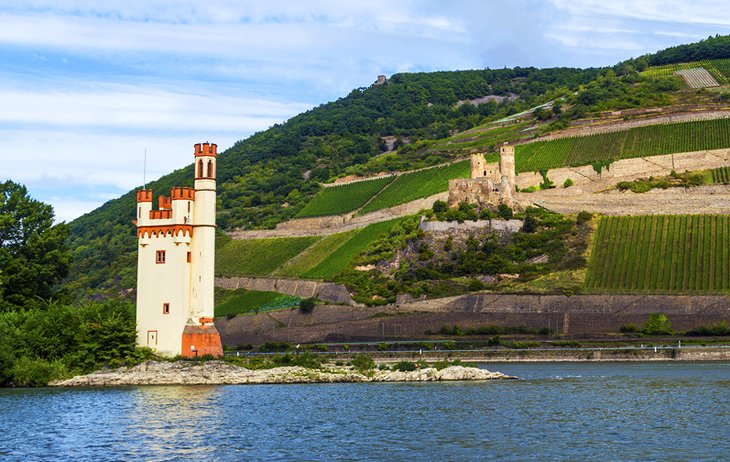
The Rhine is not only Europe's most important waterway, it's also the most beautiful. With a total length of 1,320 kilometers, this magnificent river stretches from Switzerland through Germany all the way to The Netherlands.
While there are many places in Germany to enjoy this majestic river, the lovely Upper Middle Rhine Valley section, designated a UNESCO World heritage Site, is probably the most popular spot for tourists to visit. Here, this often dramatic 65-kilometer stretch of river boasts more than 40 castles and some 60 picturesque medieval towns all just waiting to be explored either by river cruise or by car.
Looking for a great place to begin your Rhine Valley adventure? The historic town of Bingen , where the river cuts through a deep gorge before entering the Bacharach valley, is a good place to start.
- Read More: Top-Rated Tourist Attractions in the Rhine Valley
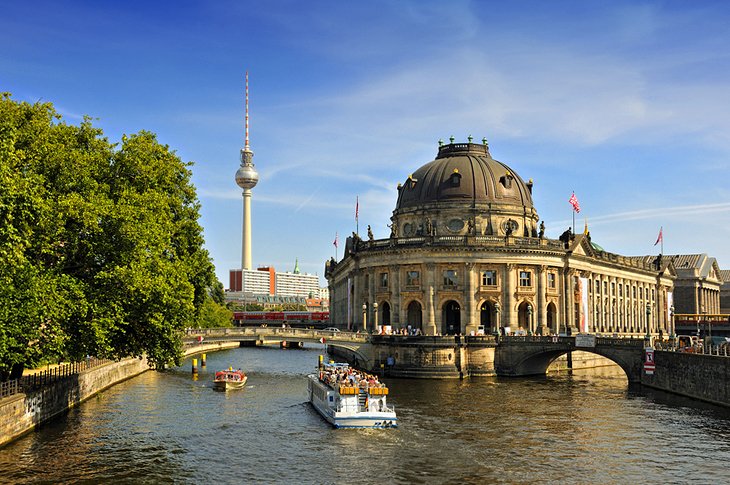
Berlin's world-famous Museumsinsel, or Museum Island, lies between the River Spree and the Kupfergraben, a 400-meter-long canal off the river. This excellent attraction includes many of the city's oldest and most important museums.
The heart of this pedestrian-friendly district is the Old Museum . Constructed in 1830, it was designed specifically to exhibit the royal treasures. Soon after, the land behind the museum was set aside for art and the "knowledge of antiquity."
Between 1843-55 the New Museum took shape, and the National Gallery was added in 1876, along with the Bode Museum , built in 1904 and home to collections of antiquities. Another highlight of a walking tour of these spectacular points of interest is the Pergamon with its recreated historic buildings from the Middle East.
But be warned: there's so much to see among these amazing museums that you can't possibly cram it all into a single day.
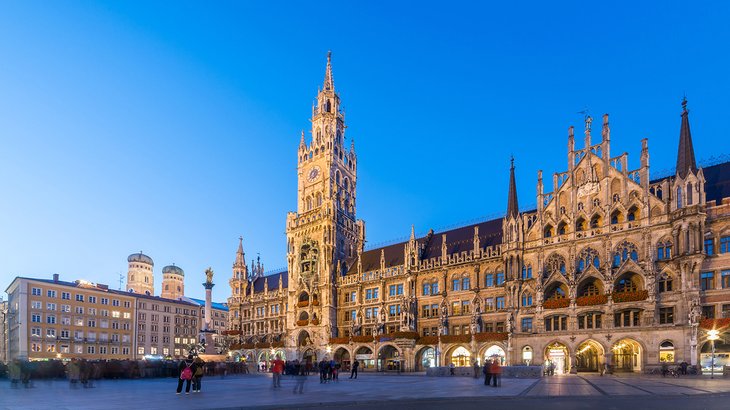
Germany's third biggest city, Munich (or München in German) has plenty to offer the adventurous traveller. The capital city of the state of Bavaria can trace its roots all the way back to the 12th century when a monastery was established here, and quickly grew into the region's most important place of trade and commerce.
Central to this rise was Marienplatz , the large square where traders from across Bavaria would meet to conduct business, and where locals would congregate to shop and watch medieval jousting tournaments. These days, this vast square still draws crowds of people, but for different reasons: they're here for sightseeing or possibly to enjoy a visit to one of square's trendy cafés and restaurants, or to shop in its unique boutique stores.
The points of interest for tourists are plentiful. Here, you'll find both the "new" and "old" town halls, the Neues Rathaus and Altes Rathaus, where much of the city's history was written. Both are attractive and worth a visit. Other landmarks include the tall monument to the Virgin Mary, the Mariensäule built in 1638, as well as the elegant Fischbrunnen , a 19th-century fountain with its bronze figures.
For a truly memorable experience, why not consider a visit in winter? If so, you'll be rewarded with the chance see the Marienplatz come alive with a spectacular display of lights and ornaments during the annual Christmas Market . Other winter festivals are held here, too, including the ancient, month-long Fasching carnival. Held each January to February locals and visitors alike partake in fun dances and events that have been held here for centuries.
Visit Marienplatz at any time of year and you'll still have fun. From March through to October you can witness the Neues Rathaus' famous glockenspiel perform its merry dance, its mechanical figures thrilling viewers thrice daily in a performance that has been enjoyed since 1908.
Location: Marienplatz, 80331 München, Germany
Read More: Top-Rated Tourist Attractions in Munich
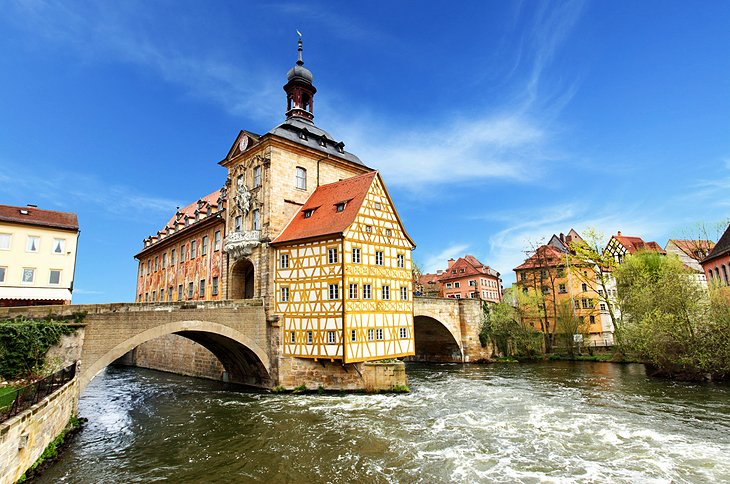
Located in the valley of the Regnitz, where the river divides into two arms, sits Bamberg. This old imperial city is the most important town in Upper Franconia, and is one of the best preserved of Germany's many charming old towns. It's also one of the best to explore on foot.
Your walking tour should begin in its old episcopal quarter, home to the 13th-century cathedral and the old Benedictine abbey of Michaelsberg . It's between the two river branches that you'll find spectacular Bürgerstadt , a small borough of Bamberg that contains the Grüner Markt , an excellent pedestrian zone which is home to the 17th-century Baroque church of St. Martin .
To the north is the New Town Hall , or Neues Rathaus, built in 1736. But perhaps the town's most important structure is the Old Town Hall , built on top of the Obere Brücke (Upper Bridge).
- Read More: Top-Rated Tourist Attractions & Things to Do in Bamberg
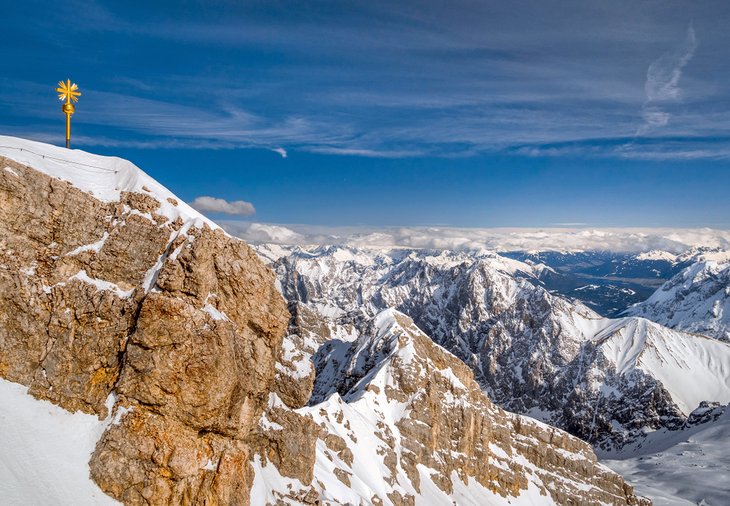
Part of the Wetterstein mountain range, the Zugspitze massif straddles the frontier between Germany and Austria and is surrounded by steep valleys. The eastern summit, at 2,962 meters, is crowned by a gilded cross and can be reached by the Bayerische Zugspitzbahn , a cog railway, or by cable car.
Another great way to enjoy this area of outstanding natural beauty is aboard the Tiroler Zugspitzbahn , a railway that runs to the Zugspitzkamm station at 2,805 meters. From here, the journey can be continued via a cable car to Zugspitz-Westgipfel Station at 2,950 meters. Be sure to sample a meal at the excellent panoramic restaurant located here.
A highlight of the journey is the chance to walk through an 800-meter-long tunnel, complete with viewing windows, to the Schneefernerhaus station at the top of the Bavarian cog railroad. From here, you can ascend the eastern summit with its viewing platforms. And thanks to the many ski resorts located nearby, Zugspitze is a wonderful German destination to visit in winter.
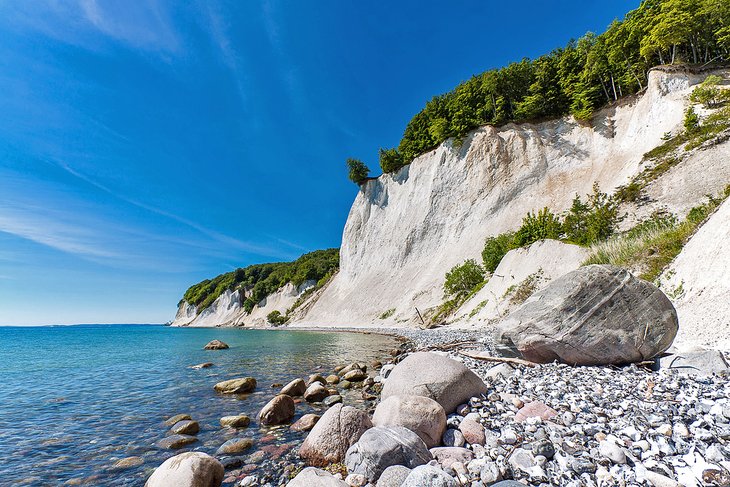
Rügen is the largest and most beautiful of the German Baltic islands. Separated from the rest of Germany by the Strelasund, it's linked to the mainland town of Stralsund by a causeway. The island's beauty stems from its diversity of landscape, including everything from flat farmland and forest-covered hills to expansive sandy beaches, lagoons, and lovely peninsulas.
A fun thing to do here, especially for outdoor enthusiasts, is to pay a visit to the Jasmund Peninsula , which in places reaches heights of 161 meters. Here, you'll find Jasmund National Park, popular among nature lovers for its abundance of wildlife, with notable species found here, including rare white-tailed eagles.
Another draw are the island's beautiful Stubnitz beech forests, part of Königsstuhl National Park. One of the most dramatic parts of the island's scenery can be enjoyed where these dense old forests come to a dramatic end on the Königsstuhl (King's Chair), a sheer chalk cliff plunges down to the sea from a height of 117 meters.
There's also a great visitor center here, which offers plenty of valuable information regarding all aspects of the island. Another must see is the little old resort town of Putbus , seat of the Princes of Putbus and with numerous Neoclassical buildings and parks.
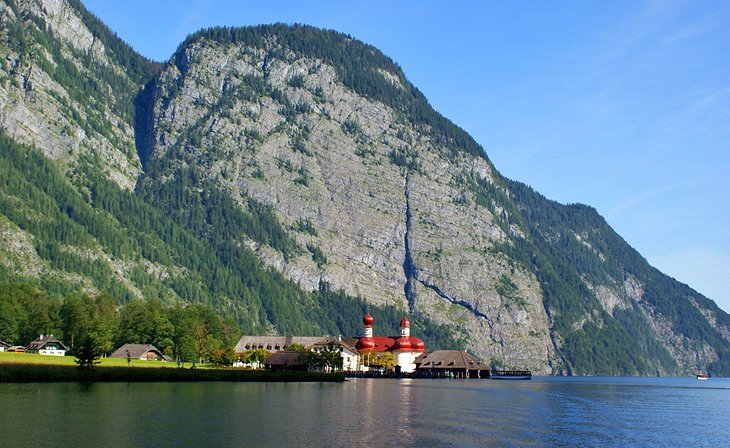
The lovely Bavarian lake of Königssee is one of the great beauty spots of the region of Germany referred to as Berchtesgadener Land. Also known as the King's Lake, this area near Salzburg is a hiking and biking paradise thanks to its vast network of trails.
One of the most popular things to do is follow the attractive footpath located along the east side of the Königssee to the Malerwinkel. Also known as Painters' Corner, it's notable for its superb views over the lake and the surrounding mountains.
Another equally attractive sightseeing option is taking a boat trip to the 17th-century Pilgrimage Chapel of St. Bartholomew , at the south end of the lake, and to walk from here to the Obersee. Berchtesgaden , at the end of the Deutsche Alpenstrasse, is perhaps the best-known tourist town and one of the most popular mountain resorts in the Bavarian Alps.
Also of note here is Berchtesgaden National Park. This place of outstanding natural beauty has, since 1990, been designated a UNESCO Word Heritage Site.
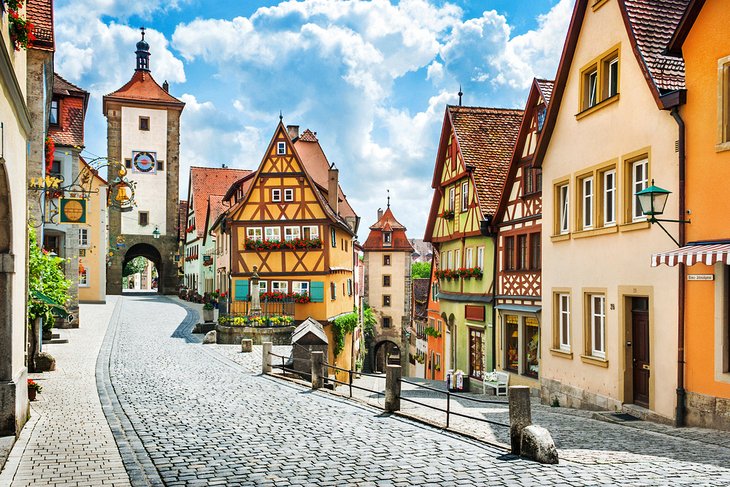
The old Franconian imperial city of Rothenburg is one of the most attractive places to visit on Germany's famous Romantic Road tourist route. Located on the steep banks of the picturesque River Tauber, it's notable for its walls and towers, untouched since the Thirty Years War of 1618.
This completely preserved, picture-perfect medieval town offers endless charm. One of the most popular things to do in Rothenburg ob der Tauber is to join a walking tour. For those who prefer to be their own guide, get started by picking up a map from one of the tourism offices located in the town.
There are no end of opportunities to explore, with individual buildings of note including the imposing 13th-century Town Hall (Rathaus) and the wonderful Ratstrinkstube , or Council Tavern, built in 1466 with its interesting clock. Also worth seeing is St.-Georgs-Brunnen fountain , built in 1608 near the end of Herrngasse; St. James's Church , with its fine high altar dating from 1466; and the Imperial City Museum .
Simply walking the old streets past these beautiful buildings is a timeless experience, especially if it involves the Plönlein , one of the town's most picturesque spots. And after all that adventure, end your visit at one of the many fine restaurants dotted around the town.
If traveling in winter, be sure to include a stop here for the traditional Christmas Market, which draws crowds from across the country and even further afield.
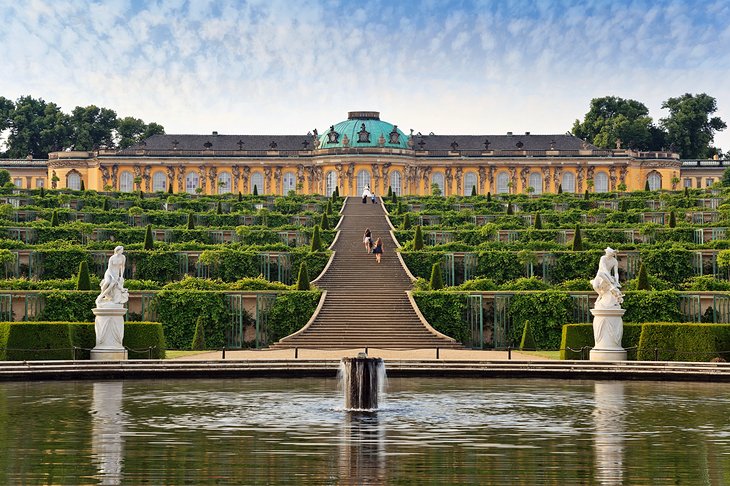
Spectacular Sanssouci Park, laid out between 1744 and 1756, is considered the most celebrated example of Potsdam Rococo. Reflecting the personal influence of Frederick the Great, the park includes a lovely Baroque flower garden, more than 3,000 fruit trees, and numerous greenhouses. It's a pleasure strolling around this huge park, especially the straight-as-an-arrow, two-and-a-half-kilometer-long avenue, shielded on each side by trimmed hedges, perfect lawns, and gorgeous gardens.
A number of park buildings are worth exploring, too, in particular the Picture Gallery with its many works of art. Other must-sees here include the exquisite Chinese House , an extremely elaborate garden pavilion, and the wonderful Roman Baths complex.
Sanssouci Palace itself, a single-story Rococo building with an elliptical dome in the center and a circular room at each end, is notable for its spectacular interior decor. This is especially evident in its large oval Marble Hall and sumptuous apartments.
- Read More: Top-Rated Tourist Attractions & Things to Do in Potsdam
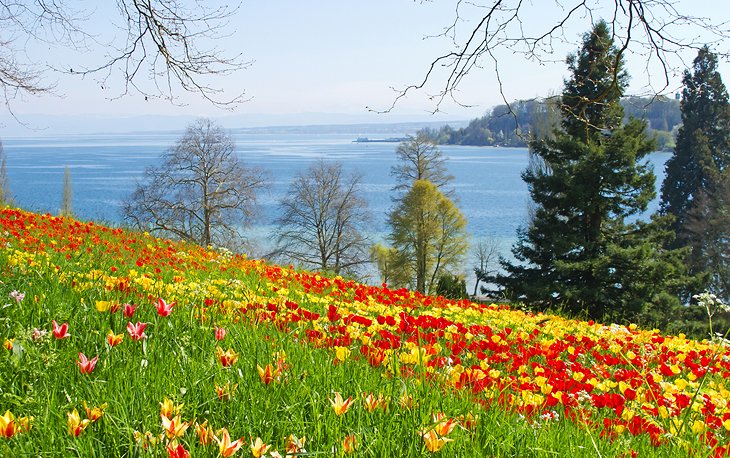
Insel Mainau, the spectacular Flower Island on beautiful Lake Constance, covers an area of 110 acres and attracts many visitors to its beautiful parks and gardens, luxuriant with semitropical and tropical vegetation.
Access to the island is by boat, or via a pedestrian bridge connecting it to the mainland, so be sure to allow a little extra travel time in addition to the two or more hours needed to properly explore this stunning property. Ample public parking is available on the mainland, some with electric vehicle charging stations.
Another highlight is the 18th-century Schloss, notable for its lovely White Hall, the old defensive tower, and the gatehouse.
Official site: www.mainau.de/en/welcome.html
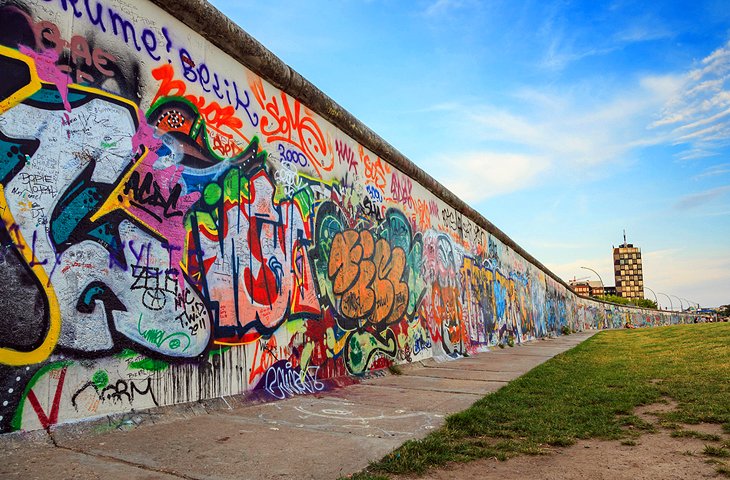
While not exactly the most picturesque of places, what's left of the Berlin Wall is one of those attractions that any visitor to Berlin simply must see. Built in 1961, the wall was the most visible manifestation of the Cold War mentality that existed after WWII, and by the time it was torn down in 1990, it extended some 155 kilometers.
Thankfully, all that remains of the wall today are small graffiti-covered sections, stark reminders of the more than 70 people who died trying to escape from the East. Sections of preserved wall include a short stretch at infamous Checkpoint Charlie , as well as a section at Humboldthafen opposite the Reichstag Building on which the victims of the wall are listed.
Also of note is the excellent Berlin Wall Exhibition , with its permanent exhibits relating to the Berlin Wall, and the Berlin Wall Memorial .
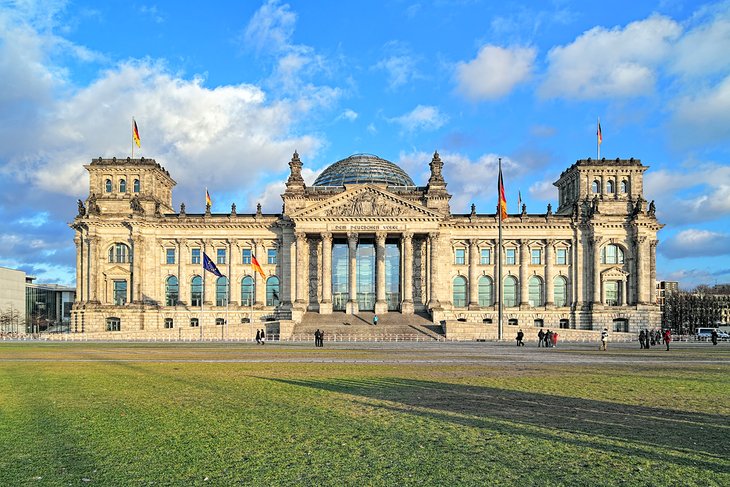
The seat of Germany's government, the Reichstag (Reichstagsgebäude) is once again one of Berlin's most-visited attractions. Constructed in 1894 in Neo-Renaissance style, it infamously burned down in 1933 and remained in ruins until after German reunification, when it was rebuilt in its former glory.
One change that was made was to the building's massive Kuppel, its central dome. Instead of a traditional wood or metal dome, a decision was made to use glass, transforming the space into a major tourist attraction in the process.
From here, visitors can enjoy great city views, which are even more dramatic at night. If planning to enjoy the view in the evening, try to catch a spectacular sunset from the on-site Rooftop Restaurant. The Reichstag also makes for a stunning backdrop for summer concerts and light shows. English language guided tours are also available.
Address: Platz der Republik 1, 11011, Berlin, Germany
Official site: www.bundestag.de/en/visittheBundestag
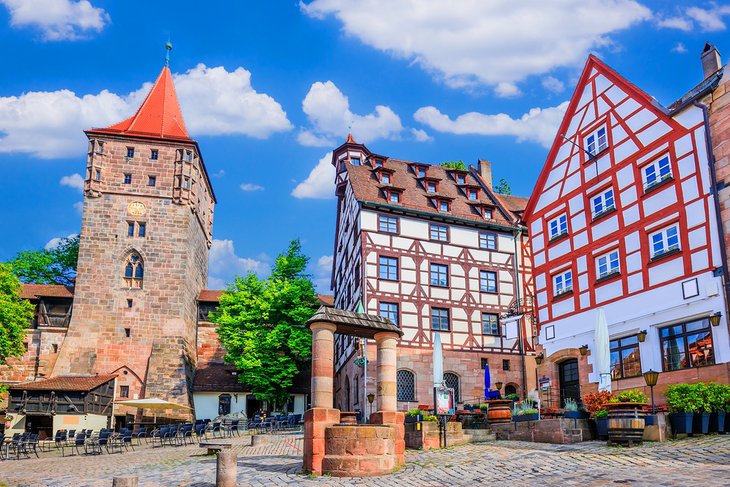
The historic city of Nuremberg (Nürnberg) has long held a reputation as one of Germany's most important, and oldest, cultural, spiritual, and commercial centers. If visiting, you'll want to spend the bulk of your time exploring the city's "Altstadt," or Old Town area.
Although largely destroyed during WWII, the medieval structures were painstakingly rebuilt and look today much as they would when originally constructed. Ringed by five kilometers of city walls, the Altstadt is wonderful to explore on foot, especially if you're able to take the time and let your curiosity lead you.
Highlights include Nuremberg Castle, an imposing medieval stronghold built in the 11th century, which dominates the Old Town. Most impressive are its old towers, the oldest of which, the Pentagonal Tower, was constructed in 1040, and the 13th-century royal quarters.
Other notable features of the Old Town you'll come across include the Hauptmarkt, a centuries-old market square popular for its exquisite old fountain. Also located here are the original town hall, built in the early 1600s, and numerous old merchants' homes.
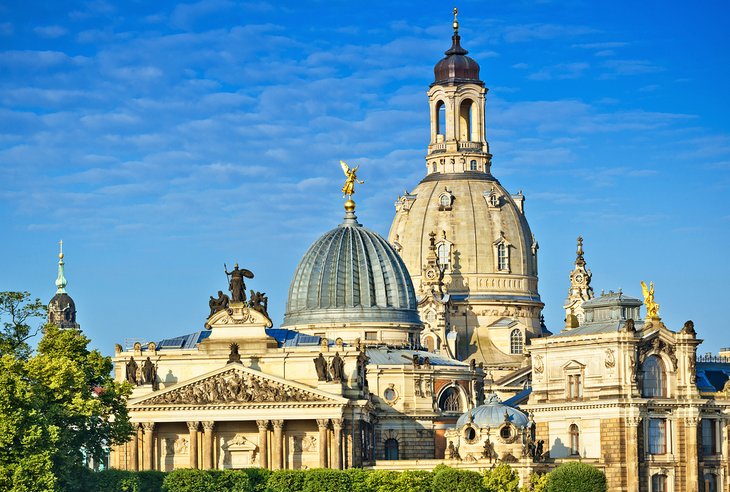
The city of Dresden is home to another remarkable story of reconstruction after the destruction of WWII. Here, in the old city center, you'll find the elegant Frauenkirche, a magnificent church that was, when built in 1743, considered one of the best examples of Baroque architecture in all of Europe.
Looking at it today, it's hard to believe that the church was completely destroyed during the war. But thanks to the hard work and diligence of local city folk, what remained was carefully catalogued and stored until reconstruction began after German reunification.
The fully restored interior is equally impressive, with a particular highlight being the rebuilt high alter, which looks today exactly as it did when the church was originally built. Be sure to also take the opportunity to visit the church dome for its superb city views. Check the attraction's website for details of upcoming concerts and events, as well as for its regular service schedule (visitors are always welcome).
Address: Georg-Treu-Platz 3, 01067 Dresden, Germany
Official site: www.frauenkirche-dresden.de/home
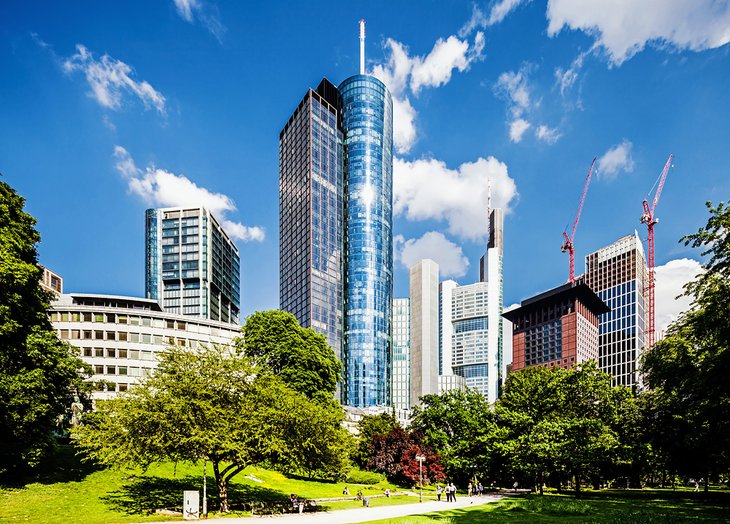
While Germany is especially well-known for its many magnificent historic structures, the country is also making a name for itself in the world of modern-day architecture. One of the best examples can be found in Frankfurt, a former Imperial City that's fast becoming one of the most important financial centers in Europe.
Now known as "Mainhatten," a nod to both its river setting and the many skyscrapers that now grace its skyline, the city's business district feels distinctly North American. By far the most impressive structure, though, is the architecturally pleasing Main Tower. Standing 240 meters tall and with no less than 56 stories, the tower's observation platforms offer unparalleled views over the city and the Main River.
And if a fear of heights isn't a problem, book a table for an evening meal at the Main Tower Restaurant and Lounge for a spectacular sunset view (reservations recommended). Be sure to check out the boutique shops and artworks on the ground level floors of the tower, too.
Address: Neue Mainzer Str. 52-58, 60311 Frankfurt am Main, Germany
Official site: www.maintower.de/en/

More on Germany

- Vacation (United Kingdom)
- Vacation (United States)
- Islands & Coast
- German Food
- Infos & Tips
Tourism.de – Awesome travel destinations in Germany

Tourism.de - Your Germany travel guide (non-official)
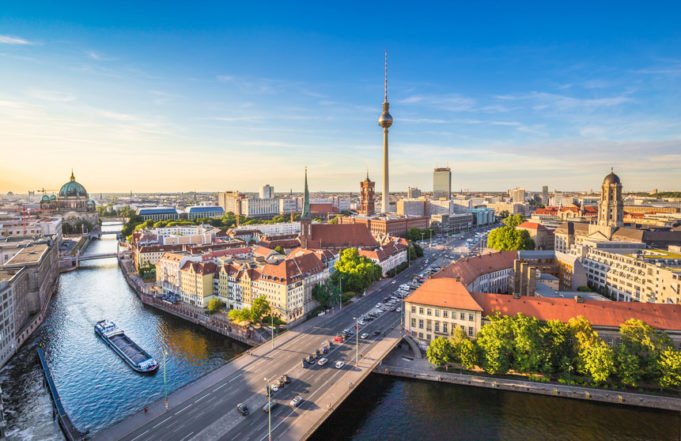
Berlin – The Green Capital
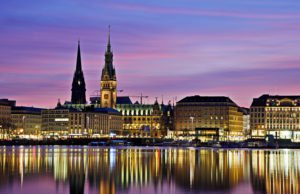
Hamburg: A Port City with a Difference
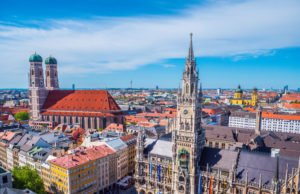
Munich – The Heart of Bavaria
Cologne – cathedral city on the rhine.
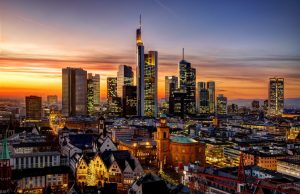
Frankfurt – The city for everyone
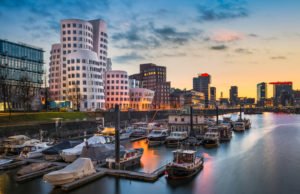
Düsseldorf – The vibrant Altbier City
Nuremberg – a beauty in franconia.

An Insider’s Guide to Drinks in Germany
Radler beer: the perfect summer refreshment, warm up with a german classic: glühwein, cream lovers bremen – the best sweets and so much more, bean filled pillow – the 16 best products compared, bean filled neck pillow – the 16 best products compared, bean cushions – the 16 best products compared, travel germany - plan your visit to germany now.
Germany is a hidden gem when it comes to awesome travel destinations. Whatever suits you best – you can have it all:
- amazing city trips
- wonderful nature
- stunning mountain views
- beautiful islands
- great regional food
Tourism.de is your Germany travel guide.
Enjoy your vacation!
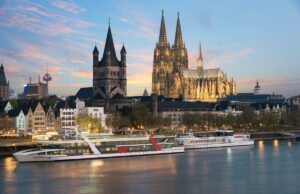
How to Plan the Perfect Rhine River Cruise
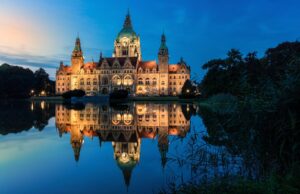
Things to do in Hannover, the green city
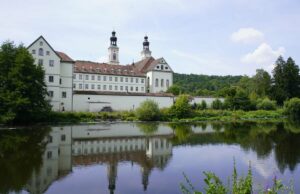
Hohenfels Germany – An Underestimated Place to Be!
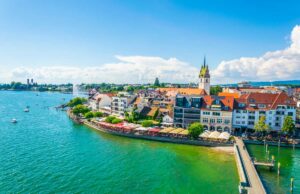
Friedrichshafen Germany: A Guide to the City of Zeppelins
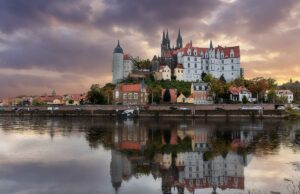
Exploring Meissen, Germany: A Guide to Rich Cultural Heritage
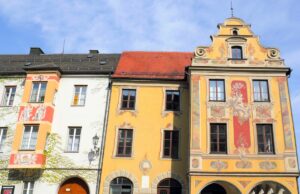
Explore Memmingen Germany: A Hidden Gem of Bavaria
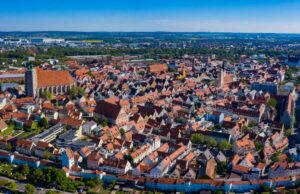
Explore the Enchanting Charm of Ingolstadt in Germany
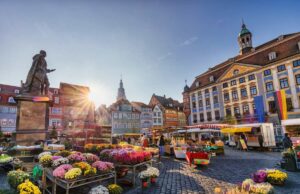
Discover the Enchanting Charm of Coburg in Germany
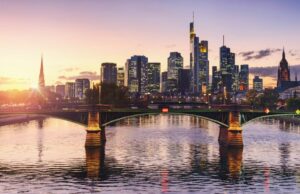
Frankfurt Boat Tour: Discover the beauty of the city from the water

Airport Express Berlin: Everything you need to know about the fast airport transfer!

Berlin’s Art Museums: A Cultural Journey Through Time
Discovering the charm of bad tölz: a guide to this bavarian gem, unveiling hidden gems: your ultimate guide to stuttgart’s attractions, bayreuth germany, southern germany – a region worth exploring, exploring trier: one of germany’s oldest cities, ravensberg, germany: a town steeped in history, amberg: a hidden gem in northern bavaria, experience erlangen, ramstein germany – a city rich in history, saxony: a land of culture and natural beauty, 3 places you have to visit in nuremberg, kochel am see: scenic nature just outside of munich, munich central station: a transportation hub at the heart of bavaria, splash tour lübeck, let your wanderlust take you to regensburg.
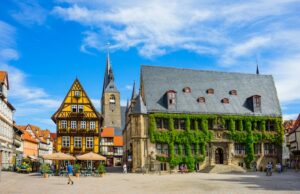
Quedlinburg – A Medieval Gem
Laser tag bremen: an exciting indoor experience, dresden and its countryside: the beauty of baroque and nature.
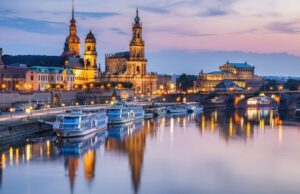
Dresden – A city with many facettes
Tourist attractions in hamburg, tourist attractions in munich – find your next adventure, stuttgart – a lively and modern city, the beauty of the german landscape, tourist info bamberg, visit bamberg: impressive architecture and bavarian charm.
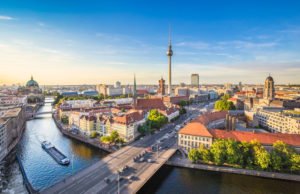
Baden-Baden – The Spa and Casino City
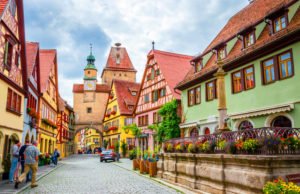
Rothenburg ob der Tauber
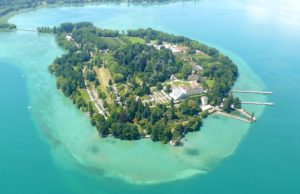
Mainau – Island of Flowers
Koblenz – wine city at deutsches eck.
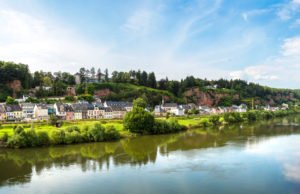
Trier – Roman Heritage and German Wine
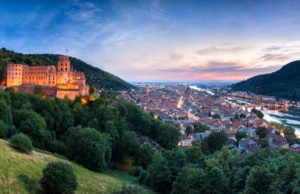
Heidelberg – Gorgeous College Town on the River Neckar
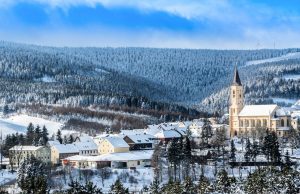
Oberwiesenthal – The highest Town in Germany
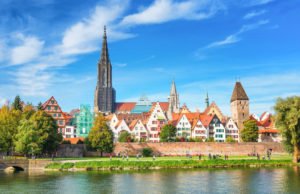
Ulm – Lovely City on the River Danube
Mainz – the carnival city.
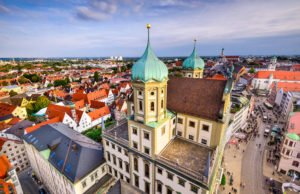
Augsburg – The Lovely Capital of Swabia
Heilbronn – rich history, fine wines and live music.
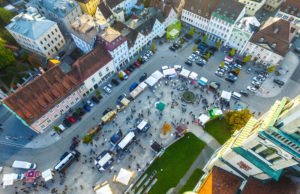
Kempten – Lovely City in the Allgäu
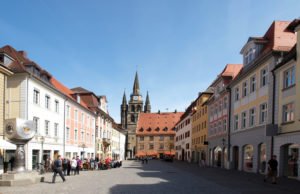
Ansbach – The Hidden Rococo Gem
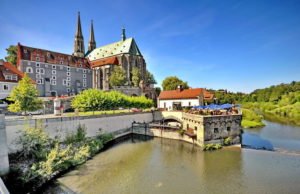
Görlitz – Gorgeous City in the Upper Lusatia
Füssen – nature, history, and hospitality.
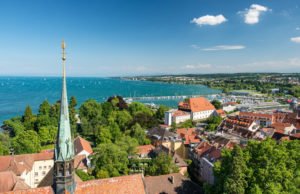
Konstanz – A Lovely City at Lake Constance
Oberstdorf – a paradise for hiking and skiing.
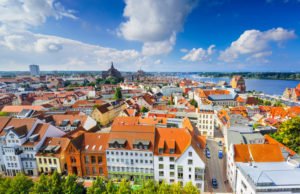
Rostock – A Baltic Paradise
Stuttgart – enjoyable city at the neckar river, münster – cultural centre of westphalia.
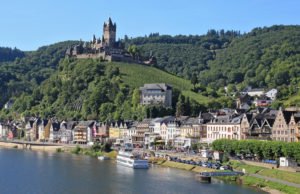
Cochem – Idyll along the Moselle
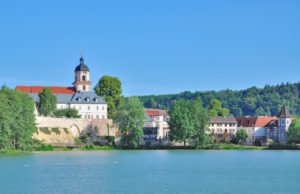
Bad Salzungen – The Spa Town
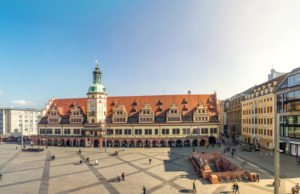
Leipzig – The Heart of Saxony
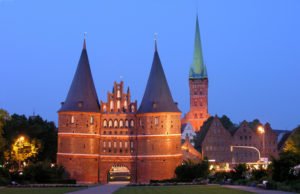
Lübeck: Queen of the Hanseatic
Potsdam – the city of parks, passau – city of three rivers.
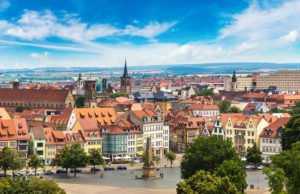
Erfurt – Beauty in the East
Winterberg: fun in the snow.
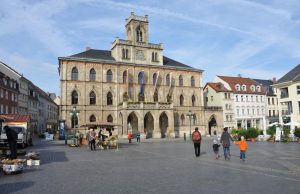
Weimar – Centre of culture
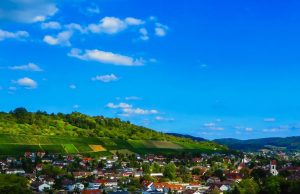
Weil am Rhein – The city of chairs
Regensburg: gorgeous world heritage.
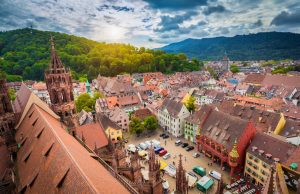
Freiburg im Breisgau: The sunny city
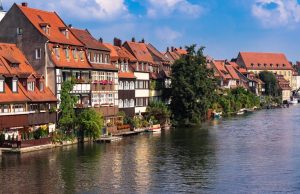
Bamberg: The franconian Rome
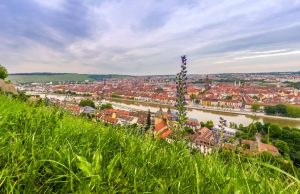
Beautiful Würzburg
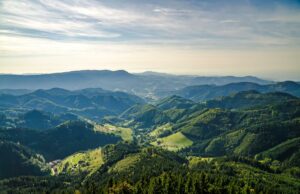
Hiking In the Black Forest – Your Guide to Your Magical Adventure
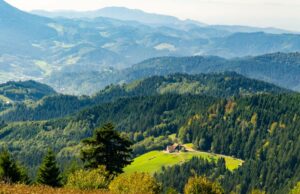
Discovering the Black Forest Weather
A guide to chiemsee: germany’s lake paradise, discover the beauty of the bavarian alps.
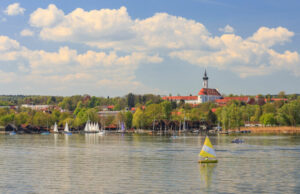
Ammersee Bavaria: A Charming Escape in Southern Germany
Herrenhausen gardens – one of the great gardens of the world, mittenwald: a hidden gem in the bavarian alps, the green heart of munich: the english garden.

The Travel Guide to the Harz Mountains
Königssee – an alpine jewel, ammergau alps – a paradise for walkers.
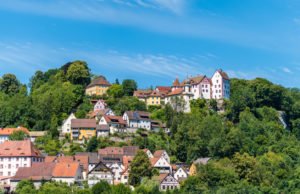
Franconian Switzerland: A Mountainous Wilderness
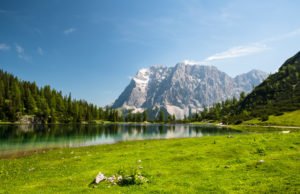
Zugspitze – Germany’s Highest Mountain
Garmisch-partenkirchen – a lovely mountain resort town, oberammergau: passion and beauty in the ammergau alps.
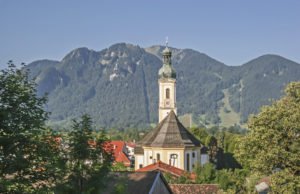
Lenggries – Picturesque Place in the Alps
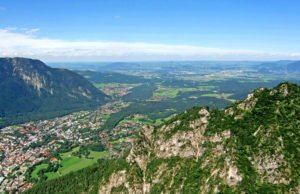
Bad Reichenhall – A Wonderful Alpine Town
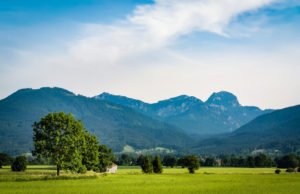
Bad Aibling – Relaxing in a gorgeous Spa Town
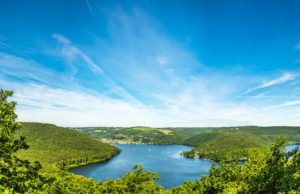
The Eifel – A fiery, natural Paradise
Meersburg – city of museums, wernigerode – the colorful town in the harz foothills.

Teutoburg Forest
Thuringian forest.
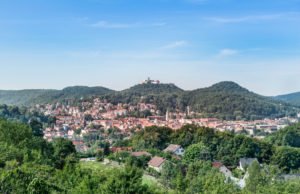
Eisenach – Home of Wartburg Castle
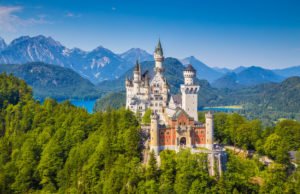
Neuschwanstein Castle
Mecklenburg lake plateau, lake constance.
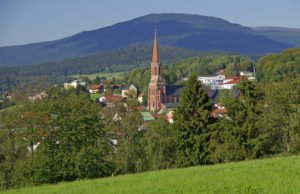
Bavarian Forest
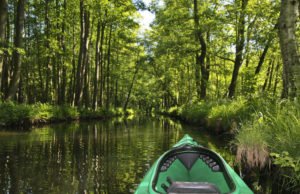
Spreewald – Picturesque Woodlands
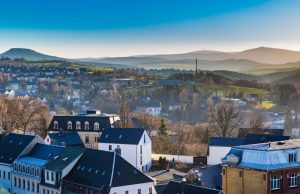
The Ore Mountains
Berchtesgadener land.
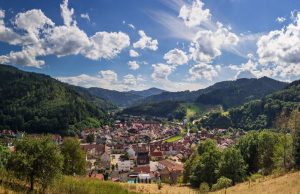
Black Forest
Braunlage: beauty in the harz mountains.
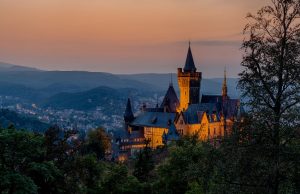
Gorgeous Harz Mountains
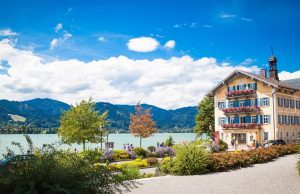
Touring Tegernsee, Germany
Islands and coast, german north sea coast, fischland-darss-zingst.
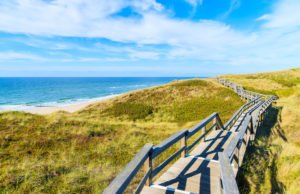
Sylt – The Largest Island in North Frisia
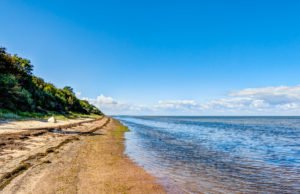
Poel Island – A Beauty in the Baltic Sea
Kühlungsborn – the charming sea side town.
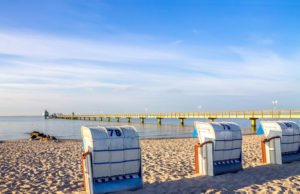
Grömitz: The Baltic’s Peaceful Coastline
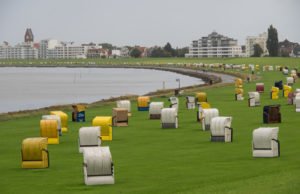
Cuxhaven – The Small Shining Pearl of Northern Germany
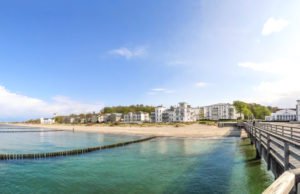
Heiligendamm – The White Town by the Sea
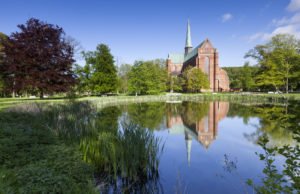
Bad Doberan – Relaxing near the Baltic Sea
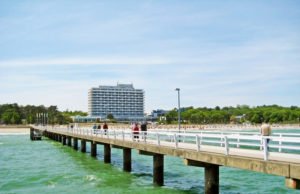
Timmendorfer Strand – Enjoying the Beach Life
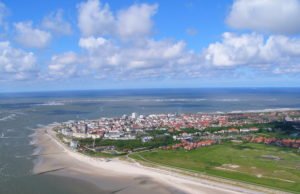
Norderney – Stunning Coastal Vistas
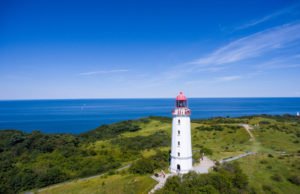
Hiddensee – The Feel-Good Island
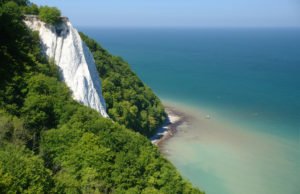
Rügen Island – The Jewel of Germany’s Baltic Coast
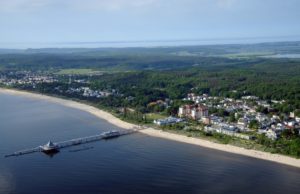
Heringsdorf – The Imperial Spa and Seaside Resort Town
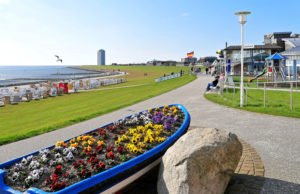
Büsum – Home of the North Sea Shrimps
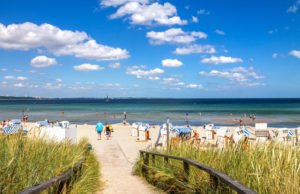
Scharbeutz – Sun, Sand and Stew
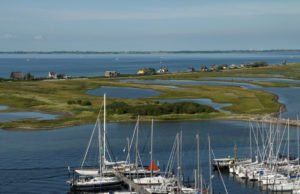
Heiligenhafen – Gorgeous place at the Coast
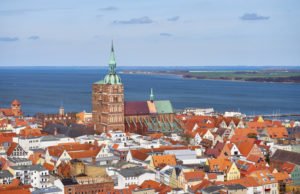
Stralsund – A Gothic Seaside Town
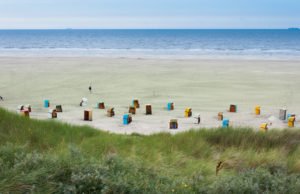
Juist – Cozy island in the North Sea
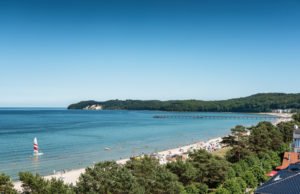
Binz – A georgeous seaside resort
Usedom – the sunny island, borkum – a lovely seaside health resort.
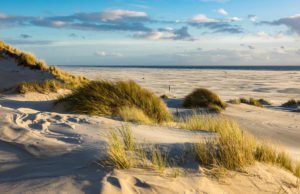
Amrum – Pearl of the North Sea
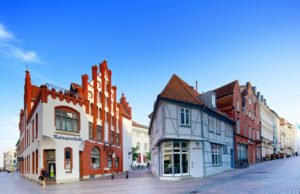
Wismar – City with outstanding architecture
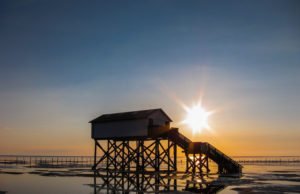
Sankt Peter-Ording
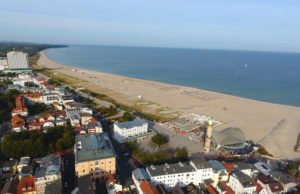
Warnemunde – Peaceful Seaside Resort Town
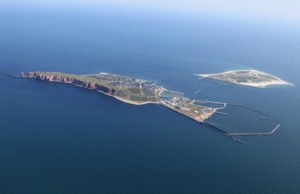
Heligoland – The Unique Island
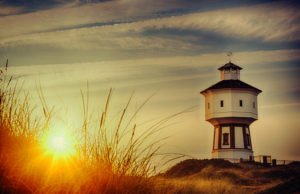
Langeoog: The Island for life
Travemunde – lovely town at the baltic sea, föhr – the green island, by the river.

LEGOLAND Munich – Visit the Brick Kingdom
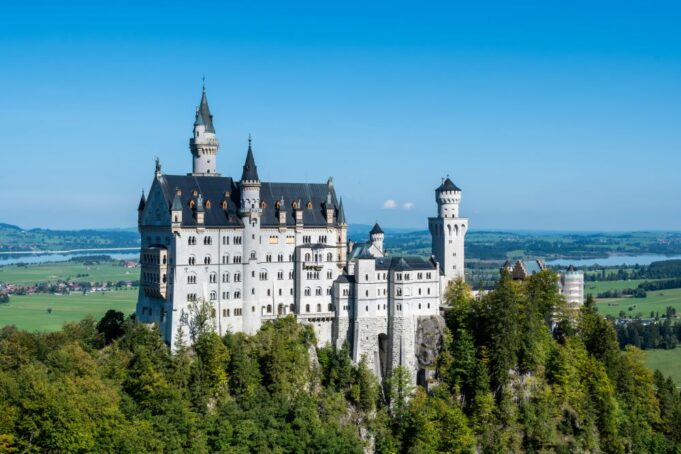
Discover the Enchantment of Bavarian Castles
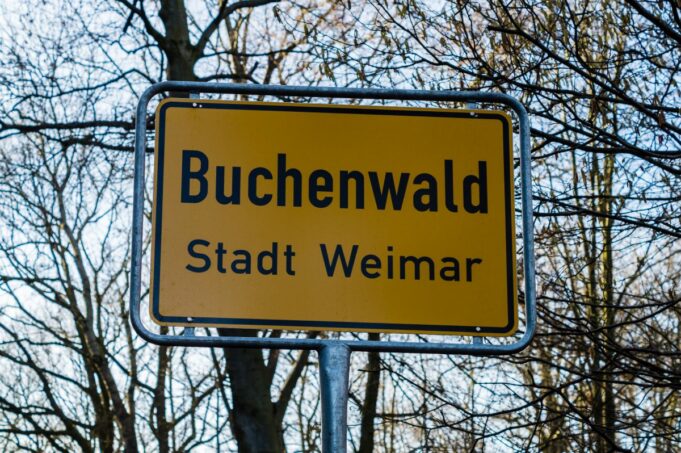
The Untold Chronicles of Buchenwald Concentration Camp
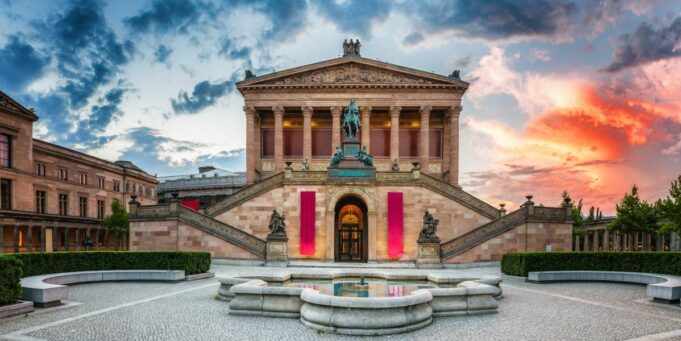
Caves in Germany – here’s what you cannot miss!
- Privacy Policy
How to travel in Germany — a compact guide
P lanning a trip to Germany? Here's what you need to know to have a great vacation.Are you planning a trip to Germany and wondering what you need to know? We've got you covered! In this short guide we answer some of the main questions tourists ask before visiting Germany. Here's what we'll discuss:
Basic facts about Germany, top sights, how to get around, where to stay, safety issues, how to pay and tip, cuisine, drinks and culture
Basic knowledge
When traveling to Germany it's helpful to know a few basic facts about the country.
Where is Germany located?
Germany is in the center of Europe and is divided into 16 federal states, including the city states of Berlin, Hamburg and Bremen. The largest states are Bavaria, Lower Saxony, North Rhine-Westphalia and Baden-Württemberg.
How big is Germany?
It is approximately 360,000 square kilometers (137,847 sq miles) in size. The population is around 84 million people.
Which cities are the largest?
Berlin is the capital of Germany and the largest city with almost 4 million inhabitants. The next largest is Hamburg in the north, followed by Munich in the south and Cologne in the west.
Which languages are spoken?
German is the national language. Depending on the region, there are different dialects, some of which are not so easy to understand. Danish and Frisian are also spoken in the north, while Sorbian is spoken in parts of Brandenburg and Saxony. Many Germans also speak English well.
What is the weather like?
Generally, Germany has a moderate climate. In summer you can walk around in shorts and a T-shirt -- although some days it can get really hot. In spring and fall be prepared to wear trousers, sweaters and light jackets. In winter, temperatures can dip below freezing and it can snow.
Germany's landscape is very diverse. If you head north, you can take a beach vacation on the Baltic Sea or North Sea. In the center of the country you'll find many forests, lakes, rivers and nature preserves. The Alps are in the south and are perfect for hiking and skiing in the winter.
What must you see in Germany?
Germany has many castles, fortresses and ruins, as well as charming half-timbered houses. The harbor cities of the north are characterized by brick buildings.
Which sights are particularly well-known?
Here is a short list, which is not exhaustive:
Berlin: Brandenburg Gate, Reichstag building, television tower, Museum Island, Berlin Cathedral Hamburg: Elbphilharmonie, Speicherstadt district, Town Hall, Harbor Munich: Marienplatz square, Munich Residenz, Nymphenburg Palace, English Garden Cologne: Cologne Cathedral Palaces: Neuschwanstein Castle in Füssen, Sanssouci Palace in Potsdam, Heidelberg Castle, Hohenzollern Castle in the Swabian Alb
Which events and festivals should not be missed?
The largest folk festival in the world takes place in Munich each fall: Oktoberfest -- you can immerse yourself in Bavarian tradition here. The Christmas period is a great time to visit -- you can visit the country's charming Christmas markets. And in February, many cities celebrate Carnival, also known regionally as Fasching or Fastnacht. You'll see thousands of people wearing costumes and celebrating on the streets or in clubs and bars. The biggest public festival in the north is Kiel Week, which takes place in summer. It is one of the largest sailing events in the world and dates back to the end of the 19th century. Other well-known festivals include Hamburger Dom (spring, summer and winter), Hafengeburtstag in Hamburg (May), Schützenfest in Hanover (June/July), Rheinkirmes in Düsseldorf (July), Maschseefest in Hanover (July/August), Cranger Kirmes in Herne (August), Cannstatter Volksfest (Wasen) in Stuttgart (September/October) und Bremer Freimarkt (October)
What is the best way to get to all these places?
Germany is so big that it can take the better part of a day to drive from north to south, so you can also take a flight if you're short on time. Train, bus or car rental all work for shorter distances.
What should you consider when driving in Germany?
In Germany people drive on the right side of the road. And as you may have heard, often there's no speed limit on the autobahn -- Germany's highway. But in urban areas speed limits are 50 km/h or 30 km/h. On country roads the speed limit is 100 km/h, and on highways it is often 120 km/h -- unless there's no limit at all.
How does the rail system in Germany work?
There are different types of trains. The ICE and IC high-speed trains connect the major cities and travel at speeds of up to 300 and 200 km/h. There are also local trains such as the Regional-Express, the Interregio-Express, the Regionalbahn and the S-Bahn, which also take you to your destination, albeit at slower speeds. The German ticketing system is based on trust. There are no track access restrictions, although inspectors on trains carry out spot checks and give fines to anyone not holding a ticket.
Which ticket is right for me and how do I book?
You can buy tickets online, via the Deutsche Bahn app, at ticket machines or at ticket counters. If you book early, you can get cheaper tickets, but the tickets cannot be changed. If, however, you cannot catch the train you've booked due to previous train delays or the train is canceled then you can use it on another train. However, if it's your fault you missed the train, the ticket expires. Flextickets, which are quite expensive, allow you to choose any train connection on a given day. There are various railcards that give you discounts, but these are not useful for short visits, since you need to sign up for an annual subscription. However, if you are in the country for longer than a few days, you can buy the Deutschlandticket. This is also a subscription, but can be canceled monthly and costs only E49 ($53) per month. This ticket allows you to use all local public transportation throughout Germany. Larger cities are often divided into zones like A, B and C. When you buy a ticket, check in advance which zone your destination is in, since ticket prices differ accordingly. Most stations have maps which show the different zones in relation to stops so you can easily find what you need.
What alternatives are there to car, train and plane?
Plenty! It is relatively inexpensive to travel with long-distance buses. In cities, you can choose from city buses, streetcars, subway trains or trams. Many places also offer rental bikes or e-scooters that you can book via various apps. You can also choose to book taxis in large cities with apps. This can help you to know the price in advance and not to be overcharged, since the price is preset in the app. Keep in mind that taking a taxi in Germany can be expensive.
Accomodation
What accommodation options are there?
Well-known international hotel chains such as Hilton, Holiday Inn or Maritim can be found in Germany, especially in larger cities. There are also many smaller, privately run hotels and guesthouses. Hostels and vacation apartments are also available, as well as inexpensive accommodation with locals via platforms like Airbnb. Germans love camping! There are many campsites in Germany where you can spend your vacation close to nature for a reasonable price. It's important to know that in smaller hotels, there may not be someone working at reception 24/7. If you're arriving late at night, check the website beforehand or call to let them know when you'll arrive so you're not left standing in front of a locked door.
How safe is Germany?
Germany is generally safe. Nevertheless, storms, floods or even riots can occasionally occur, such as on May 1st, Labor Day. It's a good idea to always keep an eye on your belongings, since theft can happen.
Payment and tipping
How do you pay in Germany?
Germans love to pay with cash! The currency is Euro, and it's best to always keep some cash on you. Many restaurants and bars don't accept credit cards.
How much and when do you tip?
Whether you pay with card or cash, in Germany you usually tip around 10% in restaurants. Servers will tell you the amount and you will then tell them the total price, including tip, that you would like to pay. For example, if you have a bill of E46 ($49), you would tell the waitress to round up to and charge E50 euros ($54).
Food and drink
What is typical German cuisine?
German food varies depending where you are. In the north near the sea, you'll find plenty of fish, while the south has many hearty dishes from Bavaria or Baden-Württemberg, such as roast pork, pork knuckle, dumplings or spaetzle (pasta that is similar to noodles). Bakeries in Germany have a large selection to choose from, including many different types of bread, rolls and small sandwiches.
What do people like to drink in Germany?
Germans are fond of beer and wine -- and they also make it too! There are 13 wine-growing regions in Germany. These areas make great destinations for day trips. When it comes to non-alcoholic drinks, coffee and tea are popular, as well as the famous German Apfelschorle -- apple juice mixed with sparkling water. Germans generally love mixed drinks -- beer is sometimes drunk with soft drinks (Radler) and wine is mixed with sparkling water, too (Weinschorle).
When you discover a new country it's an advantage if you know and understand the characteristics of local people in order to avoid misunderstandings.
What is important to Germans?
It's not just a stereotype -- Germans generally like punctuality. They usually let each other know if they will be five minutes late. Germans aren't really fans of small talk and tend to keep quiet on public transport. Don't feel offended by this, they don't mean any harm! Taking care of the environment is very important to Germans -- waste is separated, and bottles and cans are recycled. Don't be surprised if a bottle seems more expensive than you expected -- you're also paying a deposit. Once you return the empty bottle, you'll get the deposit back. Germans are relaxed when it comes to nudism. There are nudist beaches by the sea or lakes, and saunas are also textile-free. This can be quite disconcerting for some visitors to Germany.
So, you are now a Germany pro! Have fun traveling and getting to know the country!
Copyright 2023 DW.COM, Deutsche Welle. Distributed by Tribune Content Agency, LLC.


IMAGES
VIDEO
COMMENTS
Germany is blessed with some of Europe's most high-powered sights. It has spectacular scenery — the jagged Alps, flower-filled meadows, rolling hills of forests and farms, and mighty rivers — dotted all over with castles and churches of every variety. In Deutschland's idyllic half-timbered villages, you can enjoy strudel at the bakery or sip a stein of beer while bikes rattle by over the ...
Here are some German trip itinerary ideas…. Germany itinerary ideas for a taste of everything: Southern Germany Classic: Munich, the Allgäu (for Castles!), Garmisch Partenkirchen, Berchtesgaden National Park, Stuttgart & Area, Black Forest. Eastern Germany Classic: Berlin, Dresden, Saxon Switzerland.
Spring in Germany. Summer At Last: Beer Gardens, Swimming Fun, Strawberry Ice Cream. Summer Pleasures in Germany. Golden sunshine, colourful forests: the Indian summer can also be found in Germany. An ideal time for active holidaymakers and wellness fans. And for epicures, since this is harvest time. Autumn Holidays in Germany.
Budget Travel. 10 tips for traveling in Germany on a budget. May 4, 2024 • 5 min read. From Deutsche Bahn rail passes to camping in the summer months, there are plenty of ways to save money in Germany.
Germany Travel Guide. Last Updated: April 29, 2024. Germany. The country is synonymous with beer, sausages, incredible hiking, majestic castles, serious people, and wild techno parties. It's huge, diverse, and utterly amazing. There's a vibrant art and music scene in Berlin, beautiful forests in the west, majestic cathedrals and castles ...
The heart of Western Europe, Germany is a boundless feast for travelers. As you plan your big trip to Germany this year, don't sleep our our list of the the top places for scenery, culture, history and (yes) beer. ... a complete travel guide to France's host cities. Aug 28, 2023 • 11 min read. Activities. A first time guide to Algeria. Aug ...
Our worldwide travel correspondents bring you the best and most up-to-date coverage of over 7,500 global destinations. Get information on Germany Travel Guide - Expert Picks for your Vacation ...
Saxony-Anhalt and the Harz Travel Guide. The Alps and eastern Bavaria Travel Guide. The Black Forest Travel Guide. Thuringia Travel Guide. World Heritage sites in Germany. Bremen and Lower Saxony. Munich. UNESCO world heritage sites in Germany. Germany sport a whopping 46 UNESCO world heritage sitesworth your visit.
Welcome to your ultimate Germany Travel Guide! If you're yearning to explore a nation where history and modernity coalesce, Germany is your go-to destination. This guide aims to be your compass, pointing you to Germany's must-see sights, hidden gems, and unique experiences. From culinary delights to architectural wonders, we've got you covered.
Destinations like Berlin, Munich, Hamburg, and Frankfurt all offer something different, from modern architecture and 24/7 nightclubs to historic churches and cobblestone streets. Of course, some of the best places to go in Germany are the smaller cities and towns. Leipzig, for example, is just a short train ride from Berlin.
Day 7: Munich City Center. Spend your final day in Germany in one of the most vibrant and fun-filled cities in the country: Munich. Munich Old Town is a must-see if you're interested in medieval architecture. The Glockenspiel is probably the main tourist attraction in the area.
Winter travel in Germany can be cold but beautiful. One of my favorite times of year to travel in Germany is during the four weeks of advent at Christmas. Yes, it gets dark early (by 5pm or a bit earlier) but the lights, decorations, and Christmas markets more than make up for it. Plus, you can go skiing and enjoy other winter activities.
9 Top Things to Do in Lindau, Germany. Top 10 Things to Do in Hamburg, Germany. Berchtesgaden: Planning Your Trip. How to Travel From Berlin to Leipzig by Train, Bus, Car. Hamburg's Fish Market. Berlin's important 20th-century history, Bavaria's charming castles, and Munich's Oktoberfest celebration should put this country high on your must-see ...
Germany Travel Guide Basics. Currency: Euro Language: While German is the national language, the country has several dialects that originated in different regions with influences from surrounding countries. Most people also speak English, especially in larger cities. UNESCO-listed sites: Germany is home to an astounding 52 UNESCO World Heritage Sites, but some of the most well-known are ...
Experience all of this in the best way possible, with the help of the travel tips you'll find throughout our Tour My Germany guide. Gain insights into German culture, including customs, etiquette, and popular activities, whether you're taking a road trip, using train stations, public transportation or some of the busiest airports. Be prepared ...
15. 1001 Easy German Phrases. $7.95. This German phrase book is the ideal companion for your trip to Germany. With more than 1,000 basic words, phrases, and sentences in German it covers every travel situation you could think of from small talk, asking for directions, finding a bank, and ordering at restaurants.
The total driving time for this itinerary would be about 5 hours 30 minutes with a total distance of approx. 520 km. Of course, this can change depending on the route you are taking and the time of day you are travelling. Commuter traffic could add quite a bit of travel time to your journey. Day 1+2: Berlin.
What To Expect. Language: The official language of Germany is German, though most Germans that work in tourism speak English as well. Currency: The official currency of Germany is the Euro (EUR), and the exchange rate is currently 1 USD to 0.88 EUR. Credit Cards & ATMs: Germany is a predominately a cash-focused society, you will have no problem using your credit card when in Germany.
Germany travel map: tourist attractions, top cities, best places for shopping and museums
Germany Travel Guide. 20 Top-Rated Tourist Attractions in Germany. 24 Top-Rated Tourist Attractions in Berlin. ... Germany is a tourist country of inexhaustible variety, with an ever-changing pattern of scenery extending from the sea to the mountains, from the lowland regions along the Baltic and North Sea coasts by the way of rolling forest ...
Based on our experience, you can travel Germany for as low as $40-80 a day with accommodations and activities usually being your largest expense. This budget is lower end, taking into account staying in hostels, self-catering or eating local and using public transport. For a guide to different types of travel, here is a rough break down of costs:
And for nature lovers, there's a whole world of possibilities in Germany's great outdoors. For ideas and recommendations to help plan your travels, be sure to read our list of the top tourist attractions in Germany. On This Page: 1. Berlin's Brandenburg Gate. 2. Cologne Cathedral (Kölner Dom) 3.
Travel Germany - Plan your visit to Germany now! Germany is a hidden gem when it comes to awesome travel destinations. Whatever suits you best - you can have it all: amazing city trips. wonderful nature. stunning mountain views. beautiful islands. great regional food. Tourism.de is your Germany travel guide.
How does the rail system in Germany work? There are different types of trains. The ICE and IC high-speed trains connect the major cities and travel at speeds of up to 300 and 200 km/h.
Berlin: With plenty of affordable accommodation, dining, and free attractions, Berlin's travel cost suits travellers seeking a budget-friendly adventure without compromising on experiences. Munich: Munich's travel costs can be higher, particularly during peak tourist seasons and events like Oktoberfest. However, diligent planning can help ...
OT Travel Itinerary: 5 Days In The Hidden Gem Of Dresden, Germany. One of Germany's most picturesque cities, Dresden is a hop, skip and jump away from Berlin ... Today, Dresden is a cultural, educational and political centre of Germany. Here's your five-day guide to this glittering place. Day 1. Morning.
Germany: Threat of train strikes ends On 25 March, Deutsche Bahn reached an agreement with Germany's GDL train drivers' union, bringing an end to five months of negotiations and strikes.